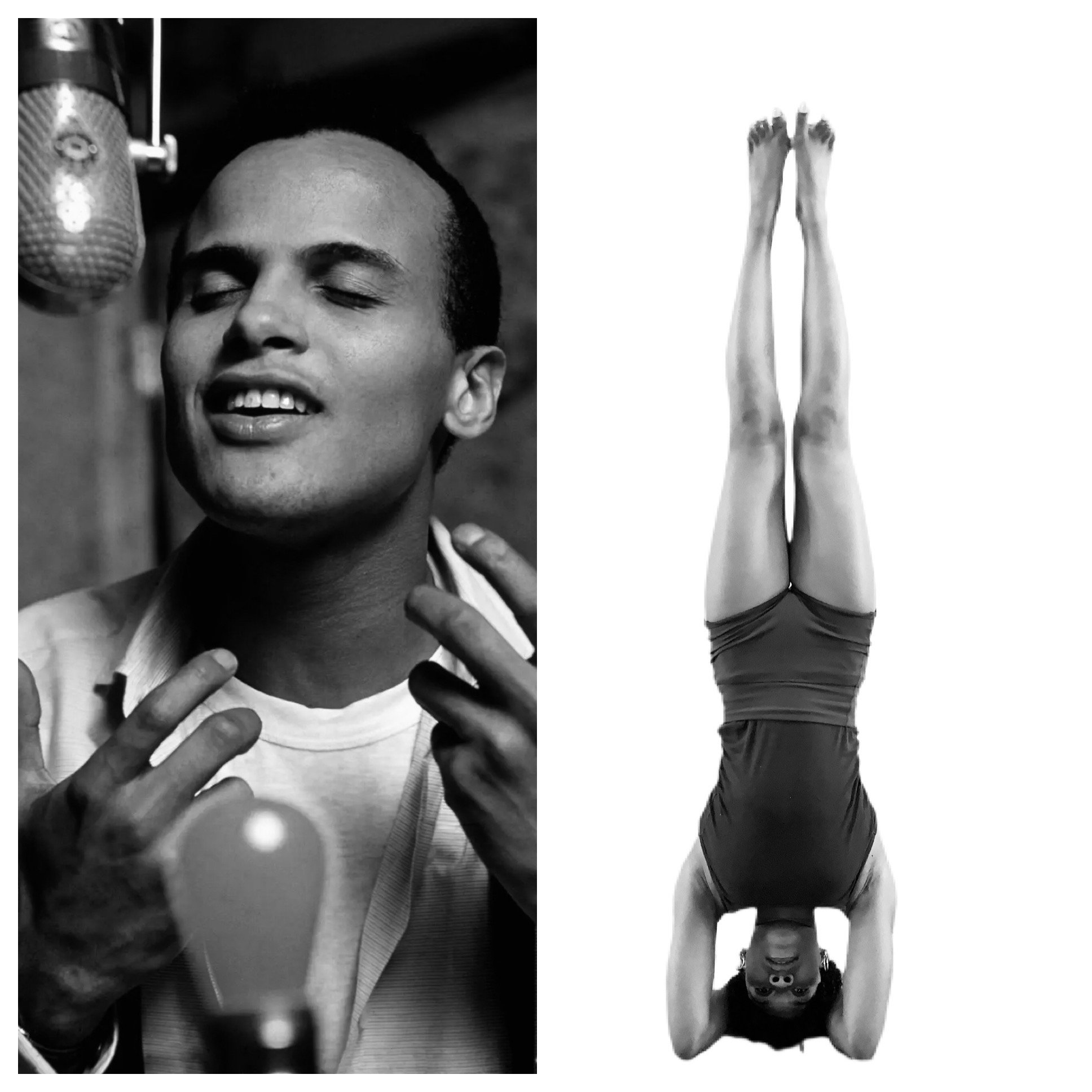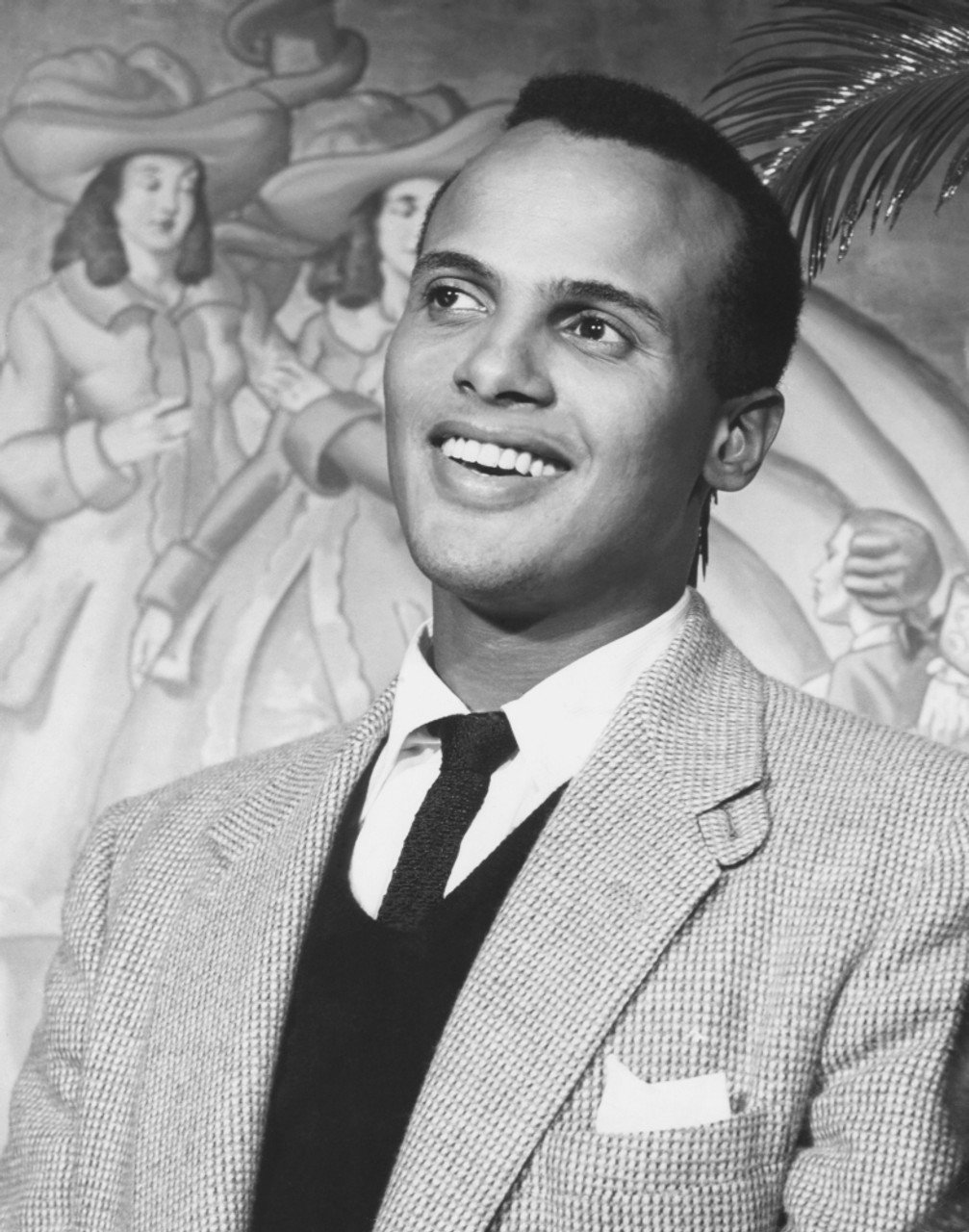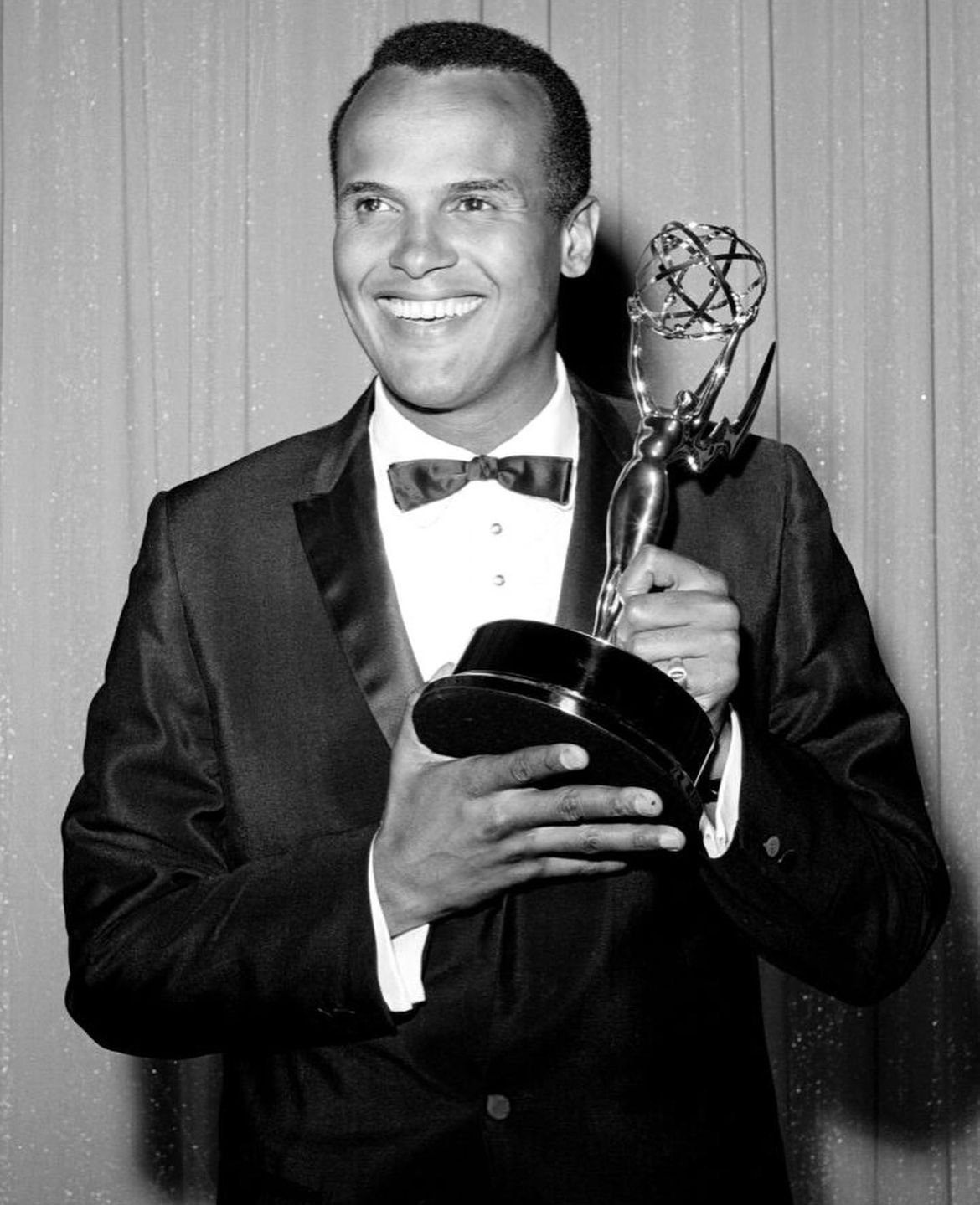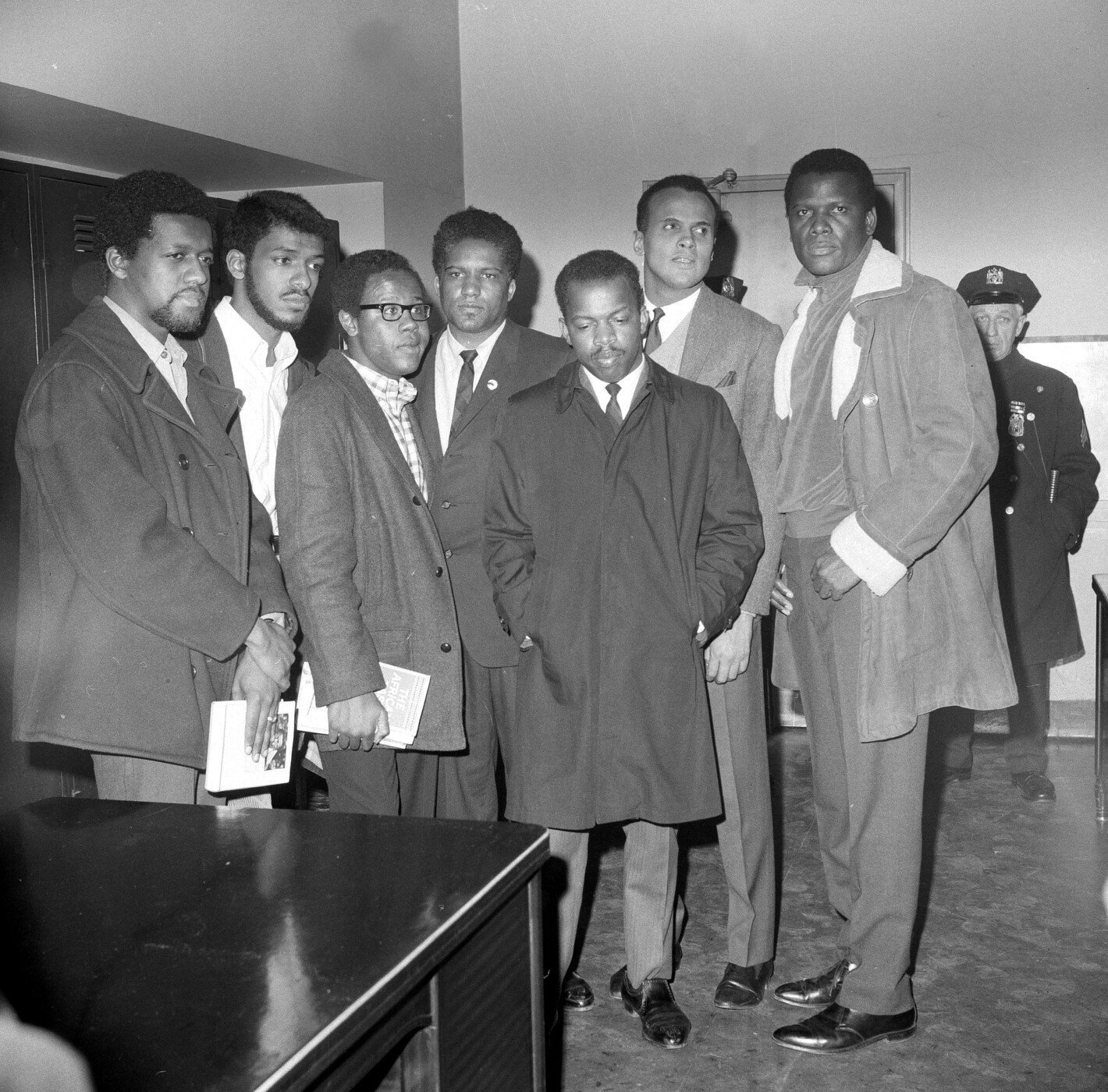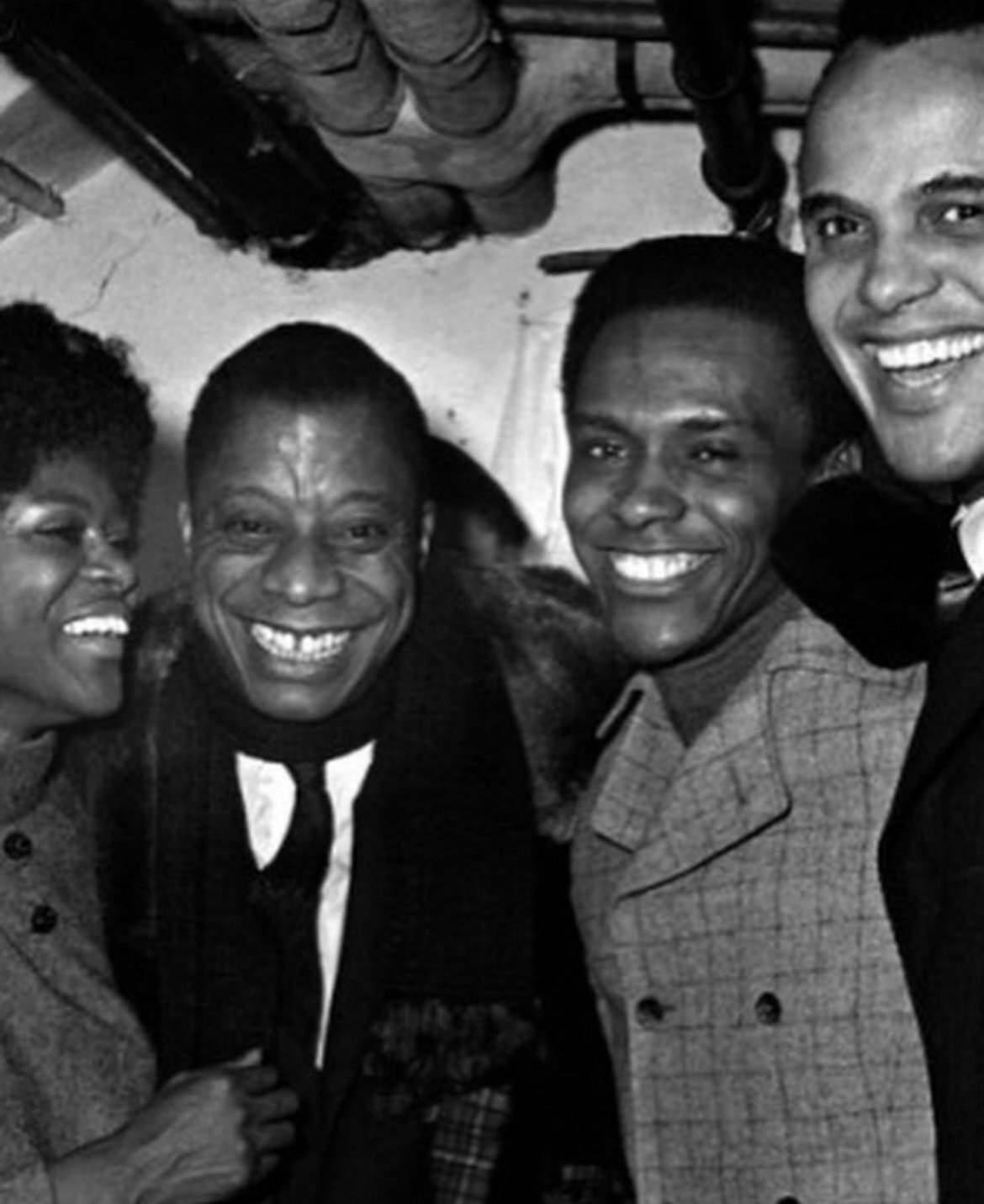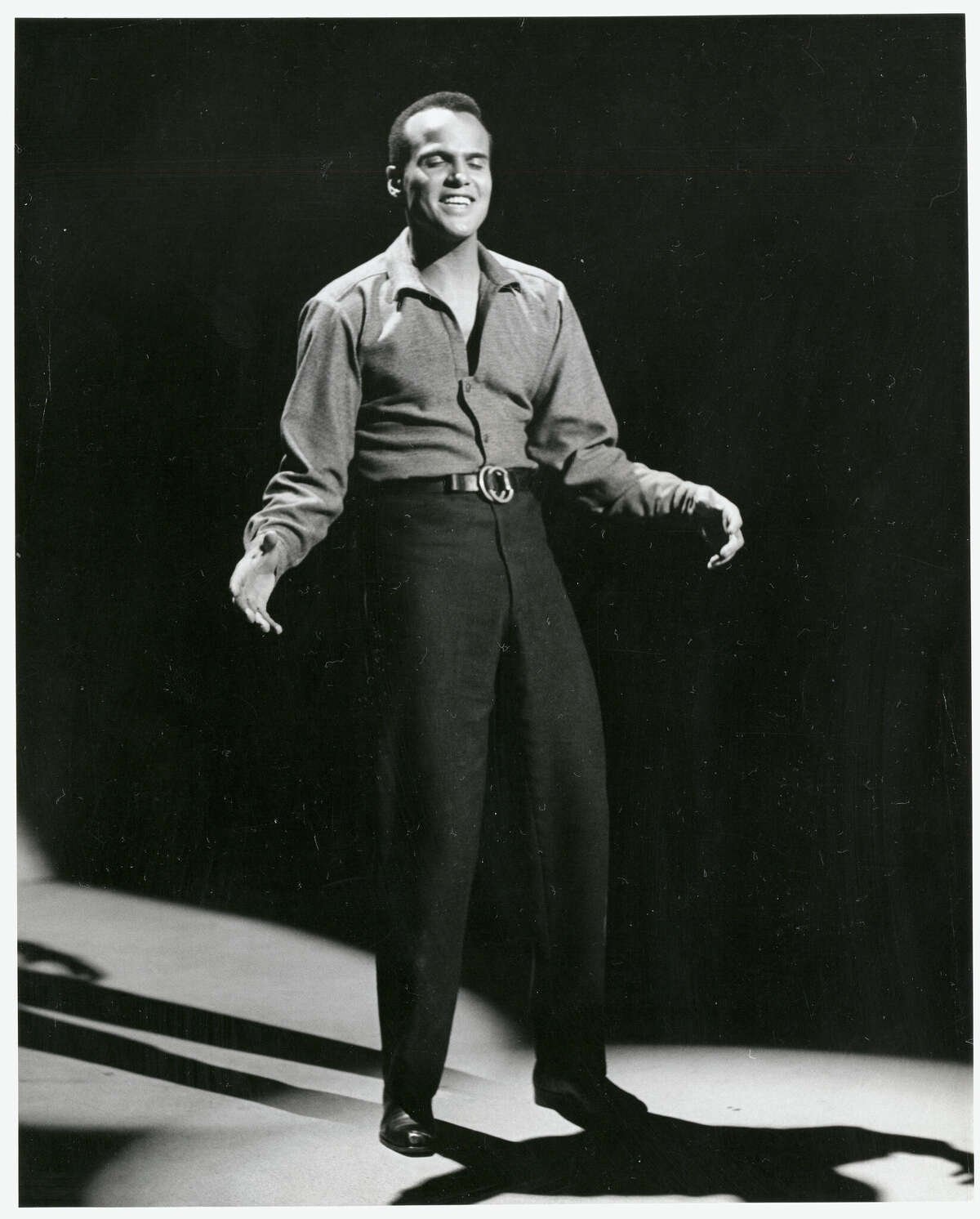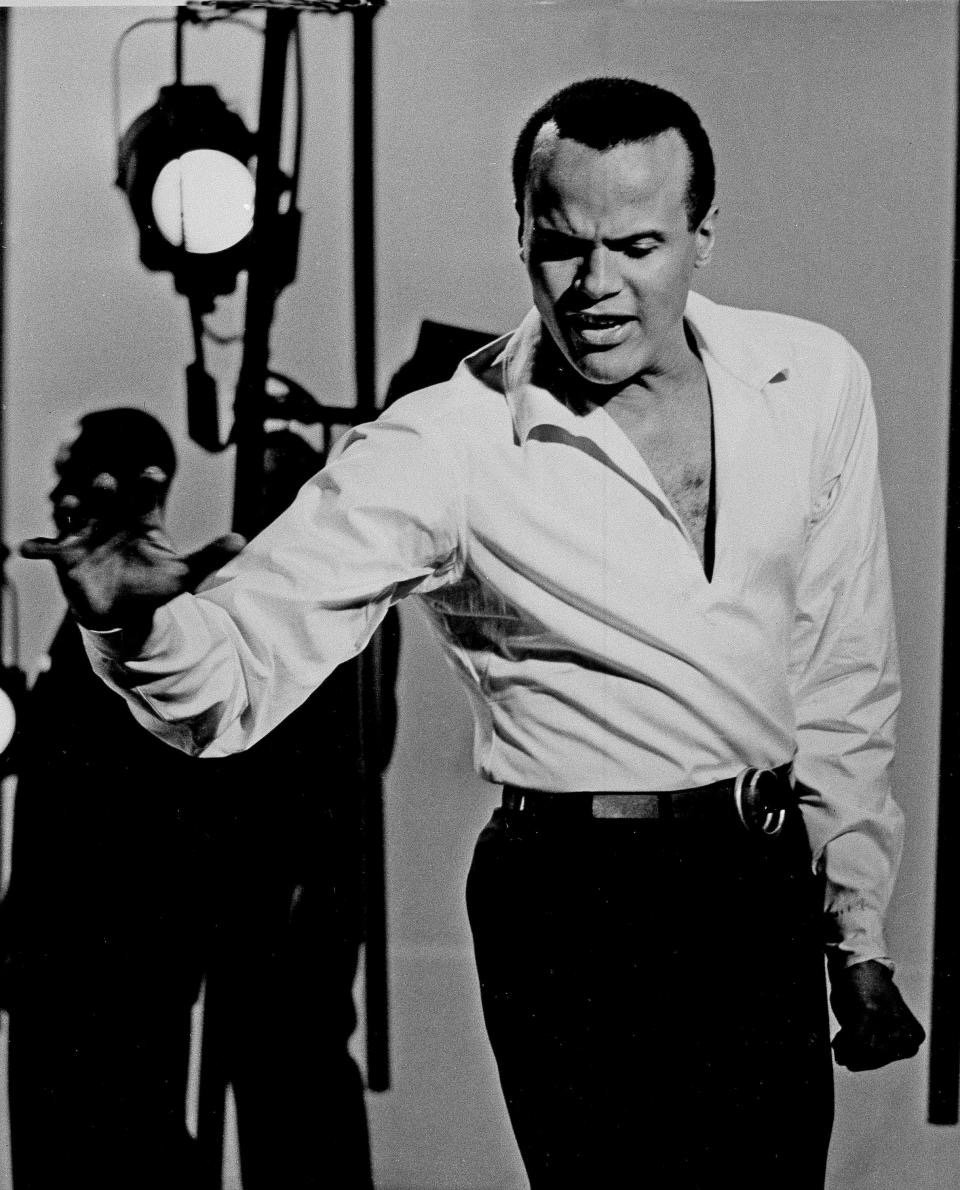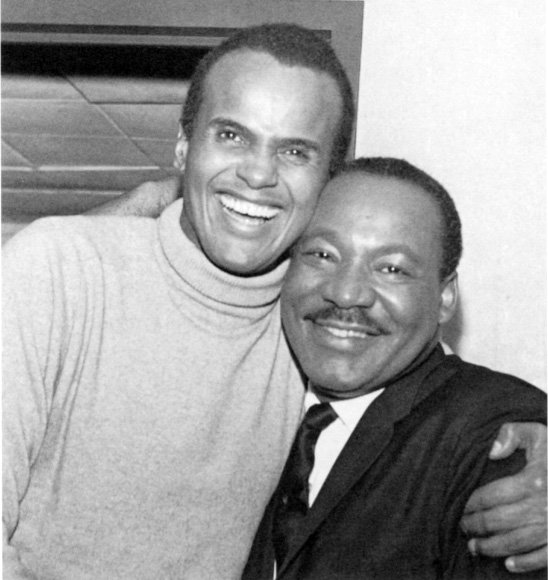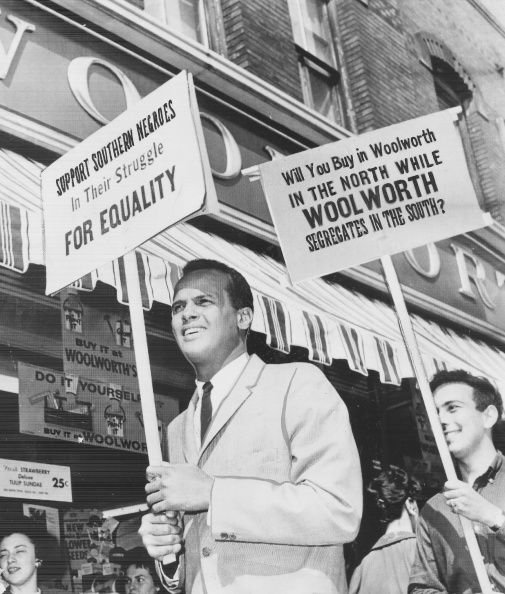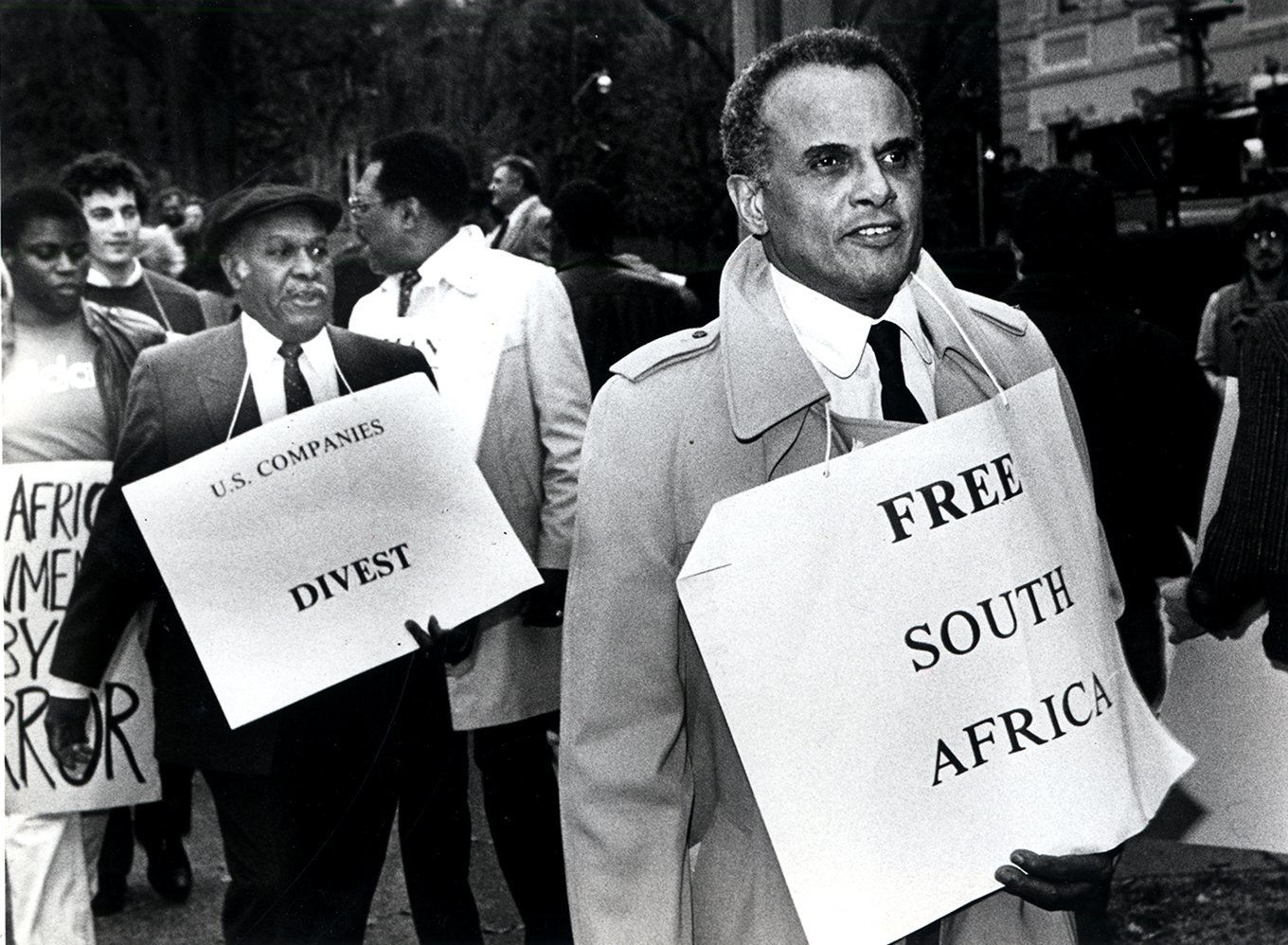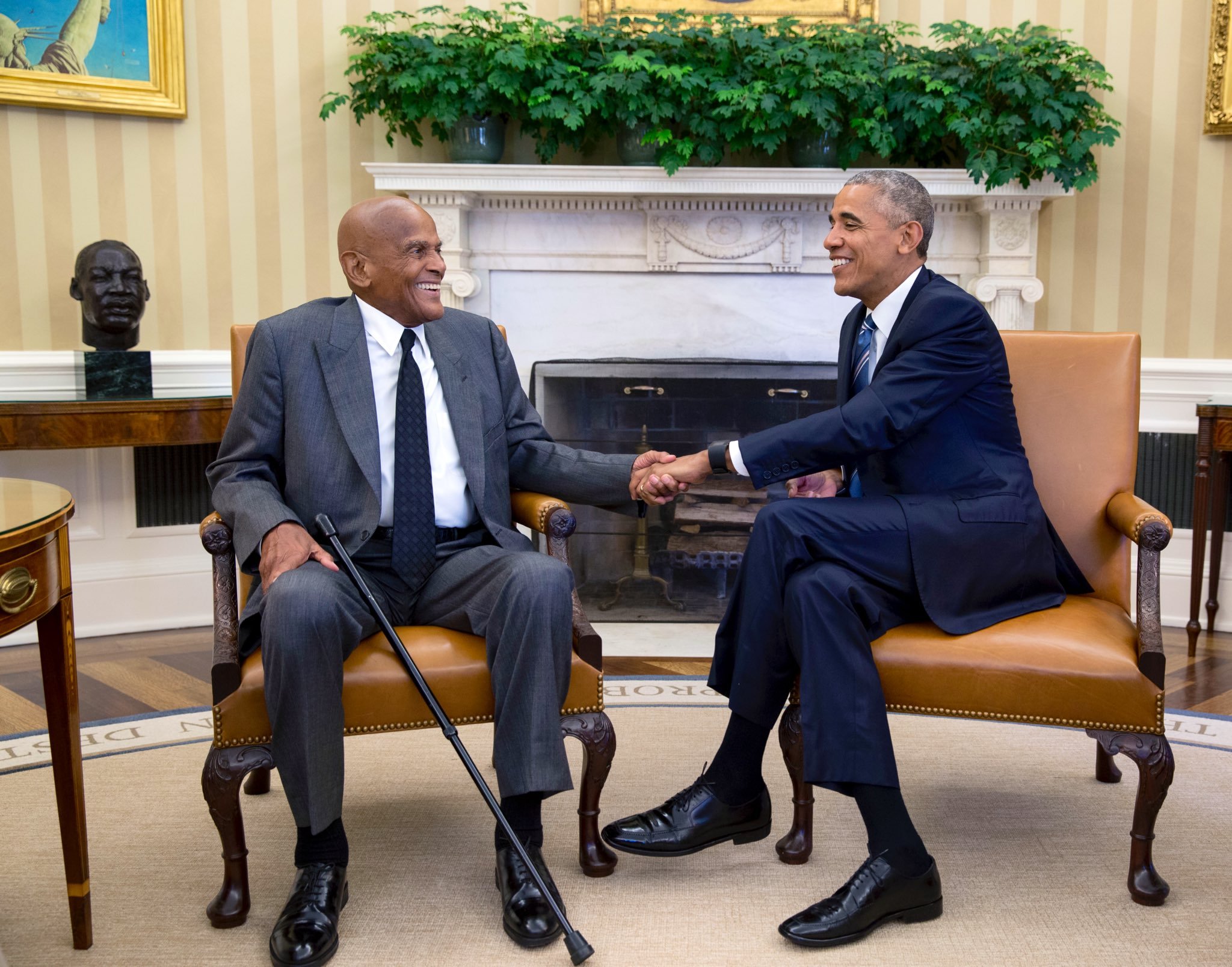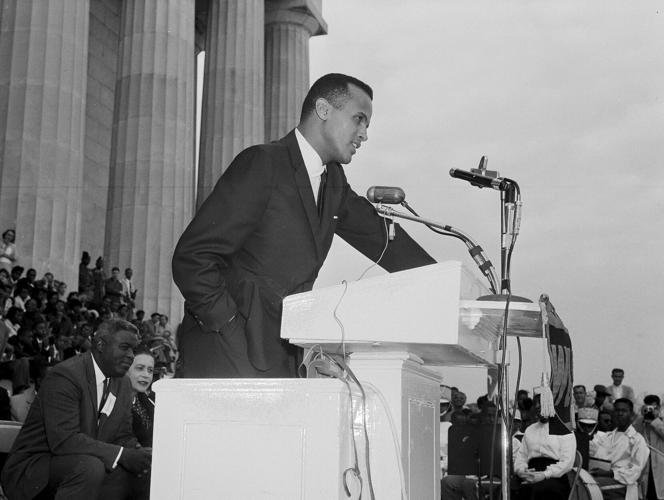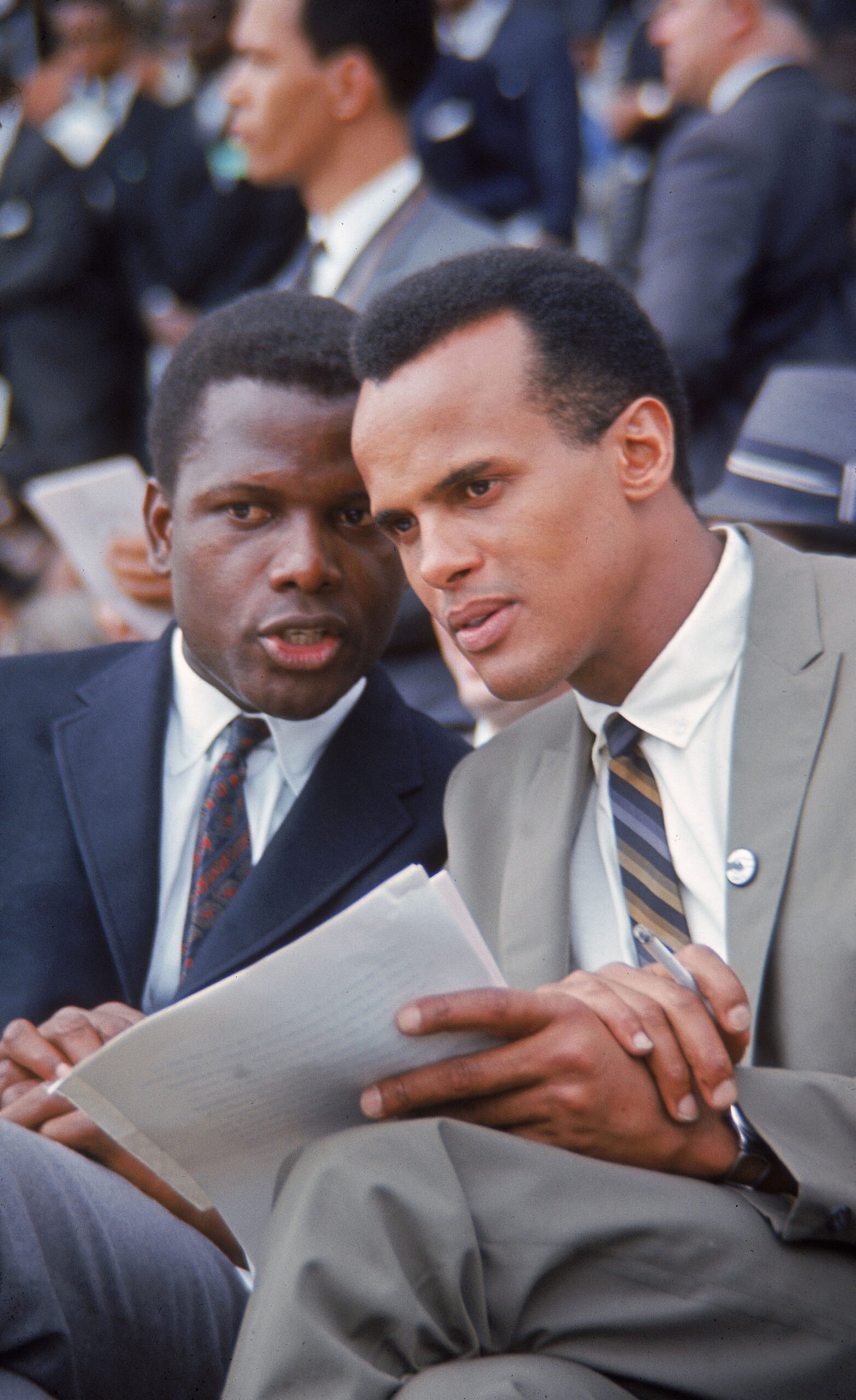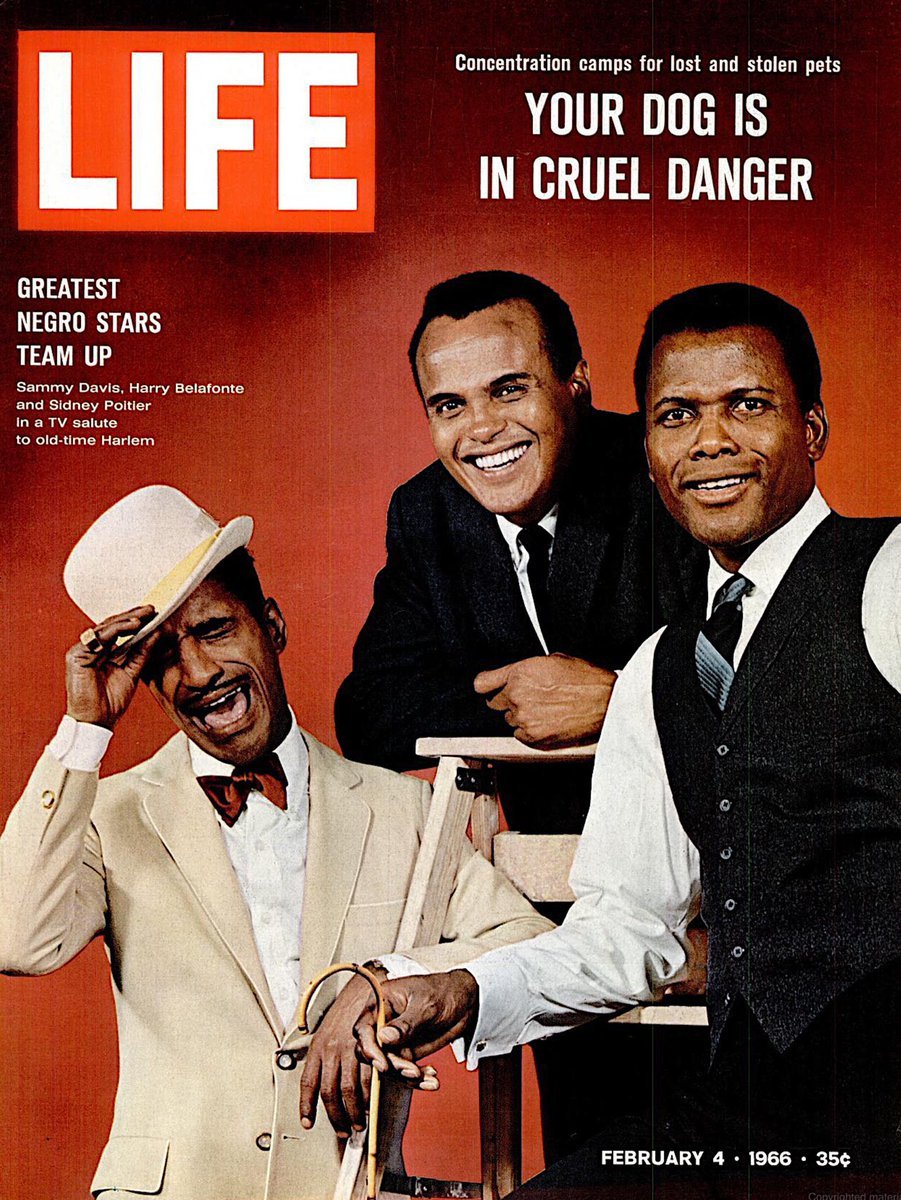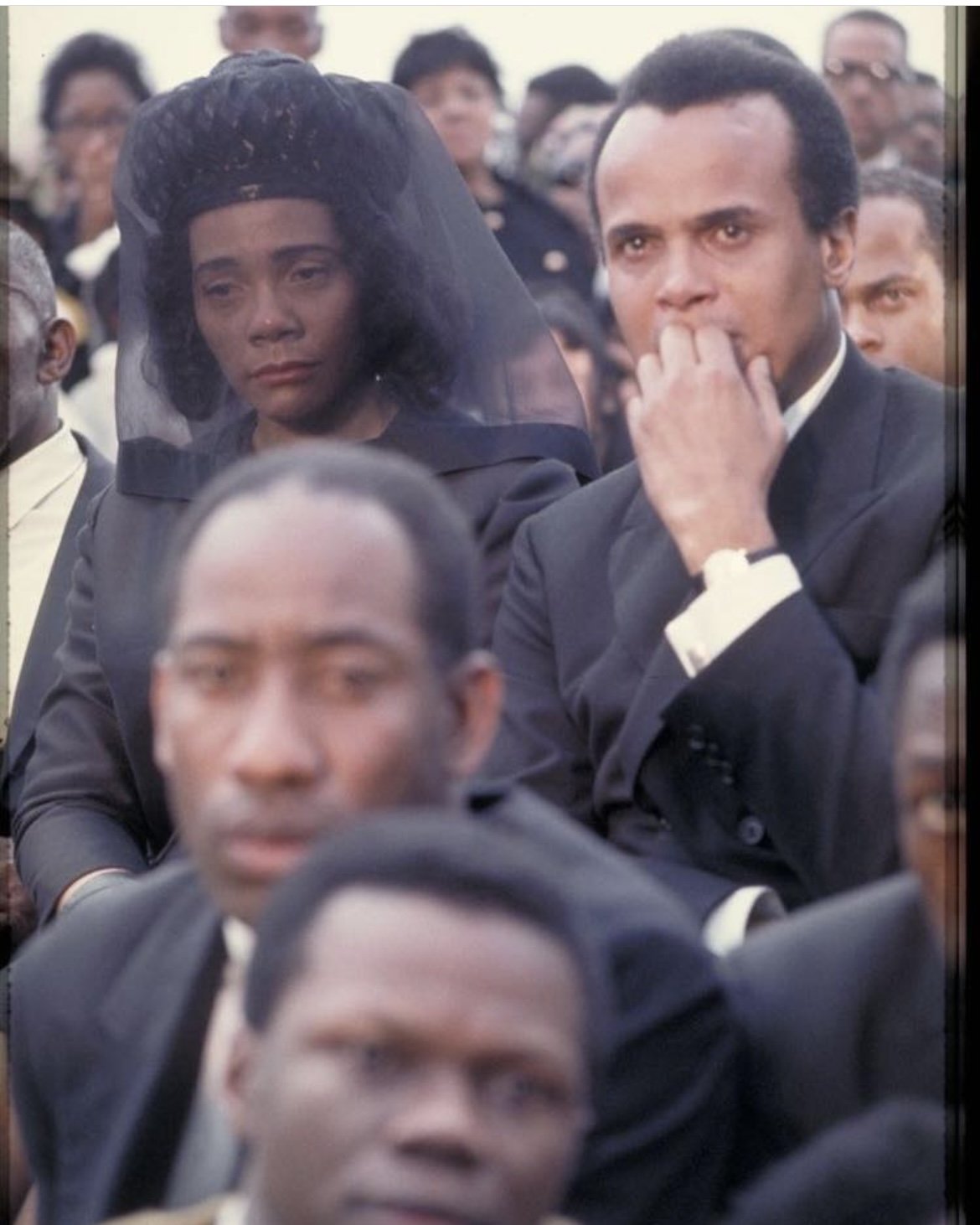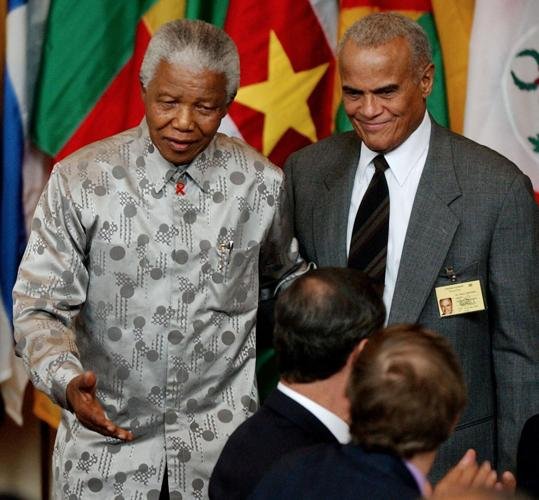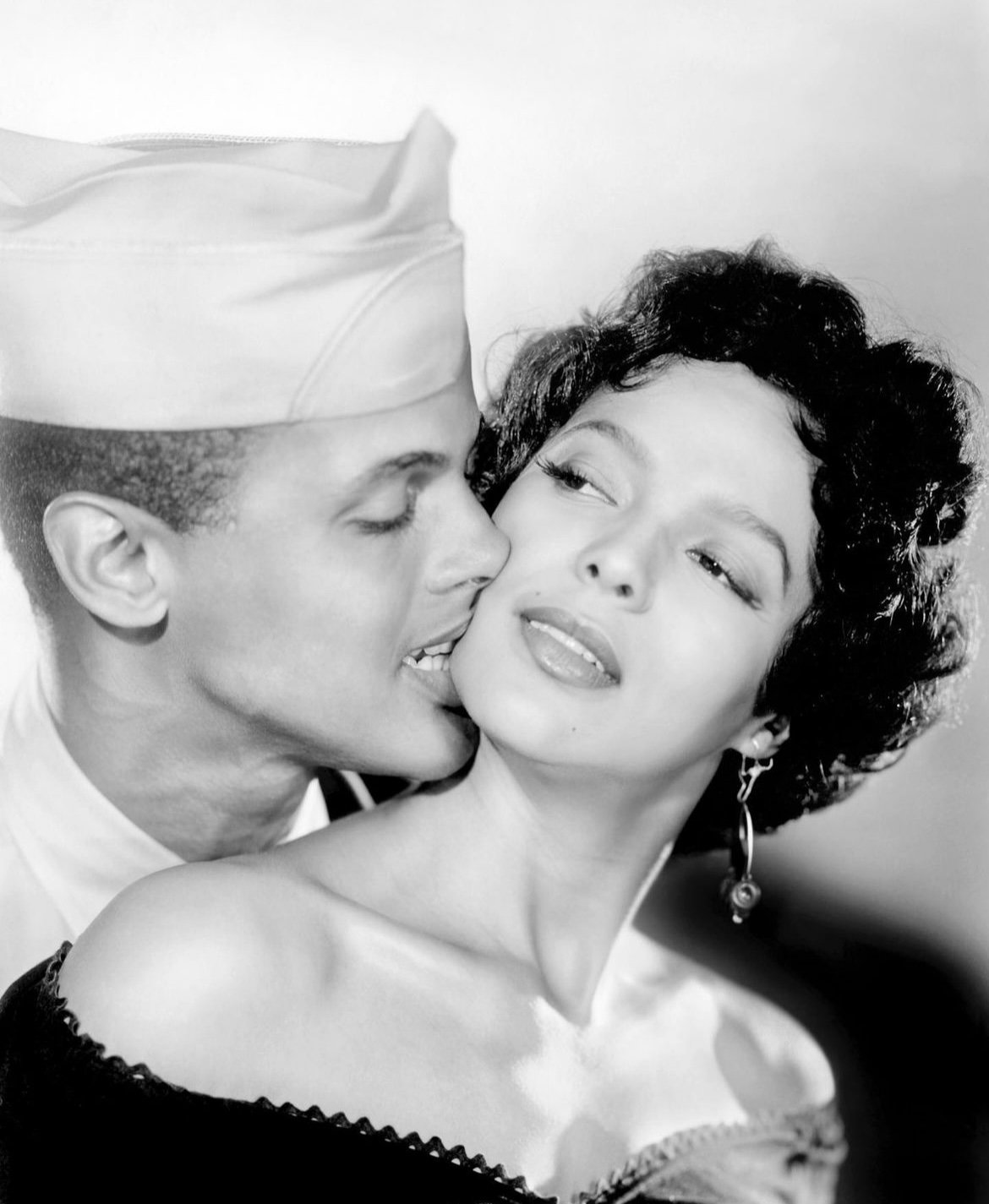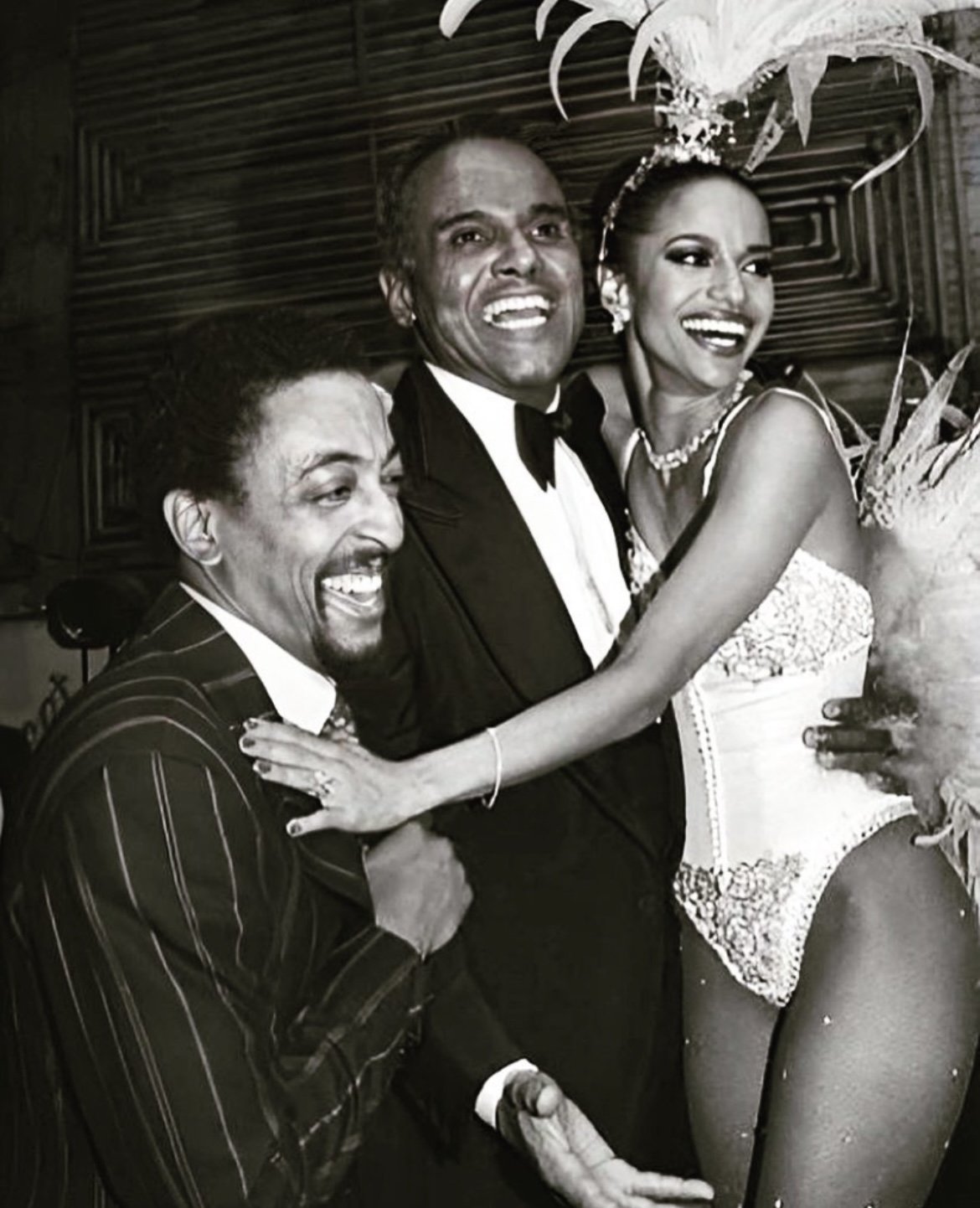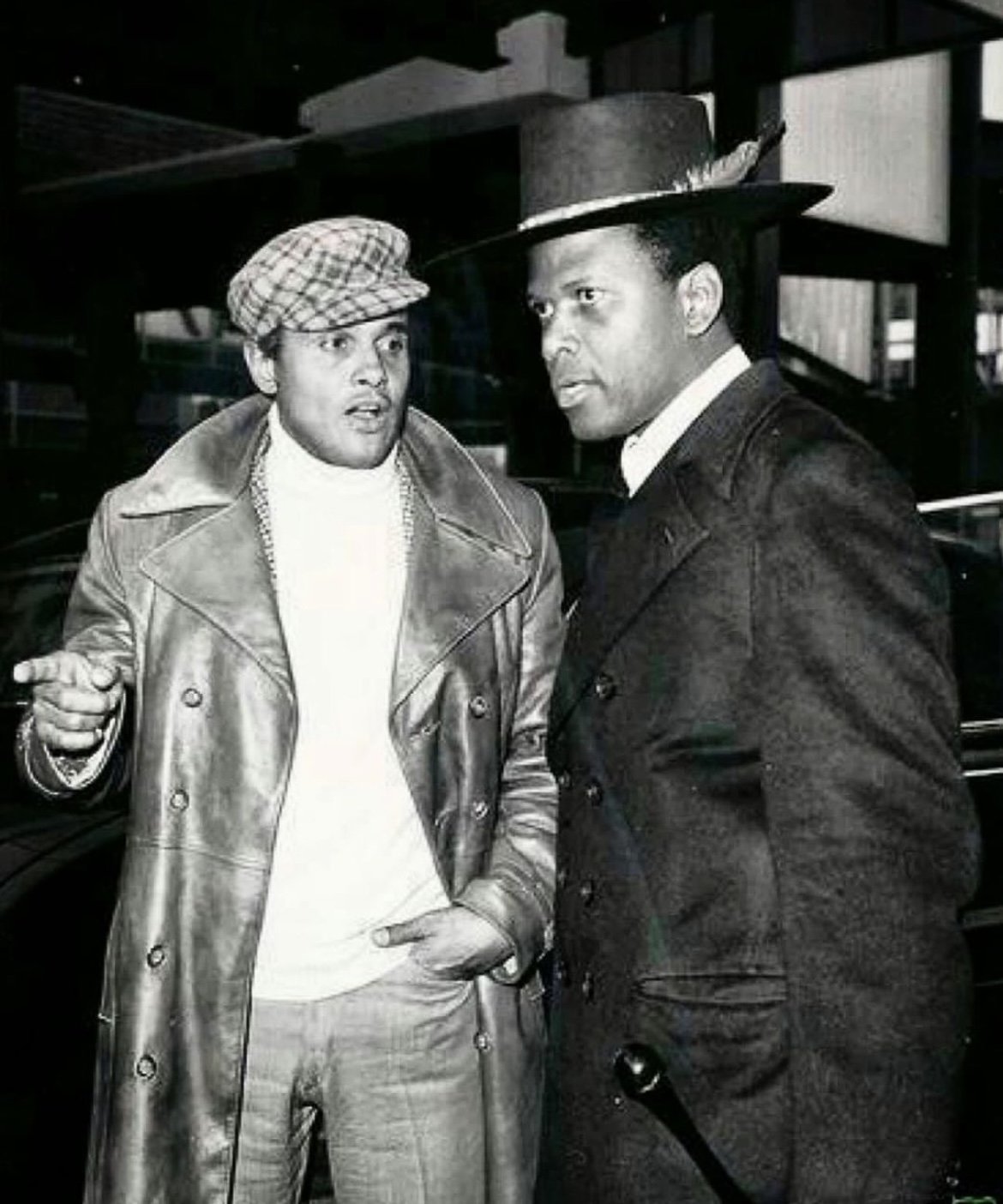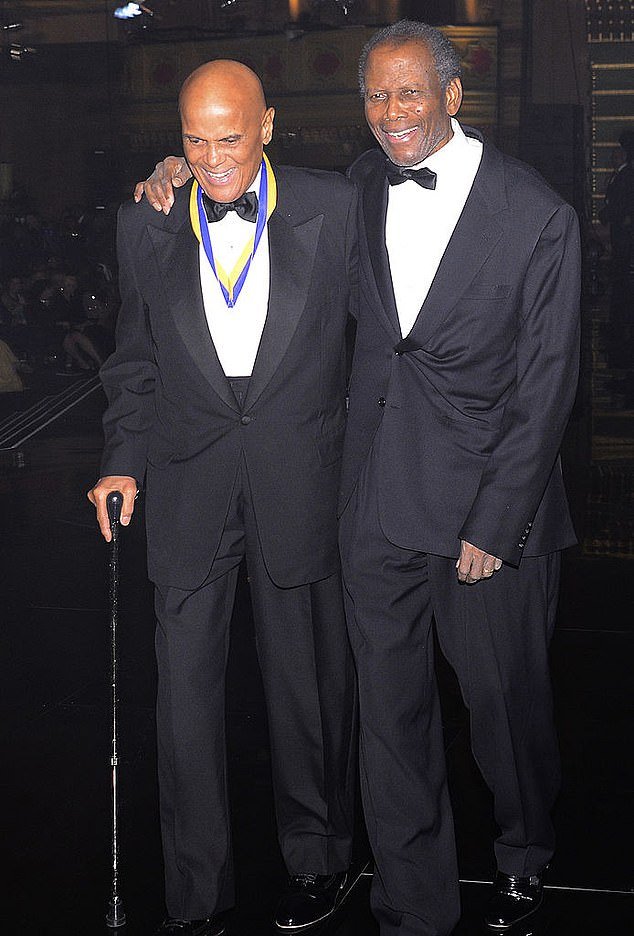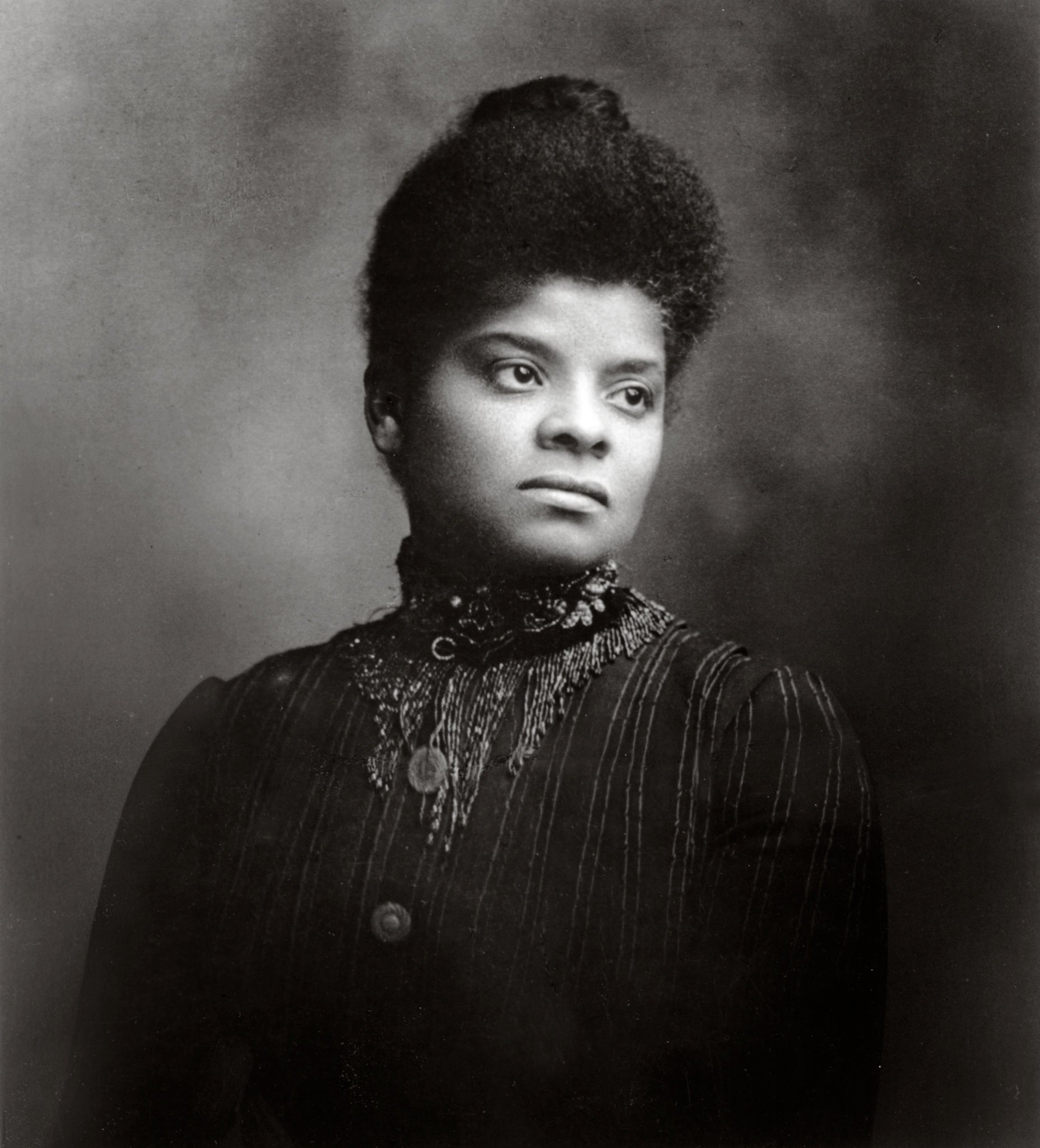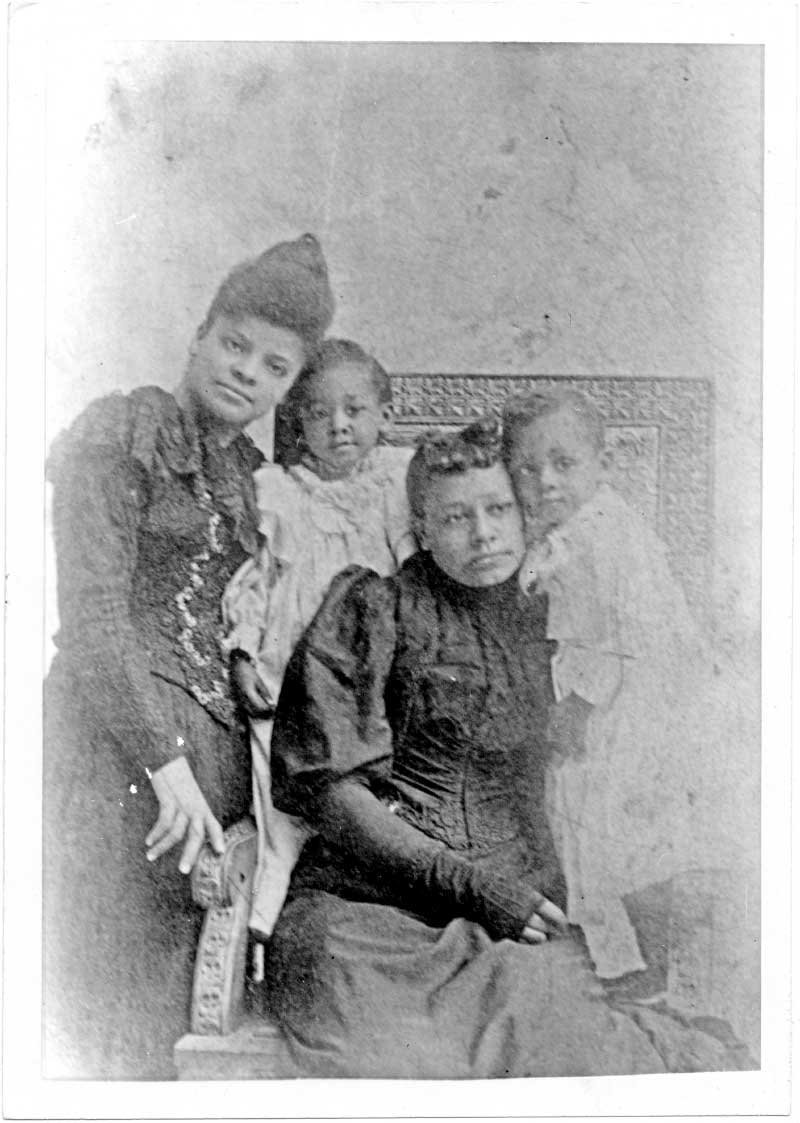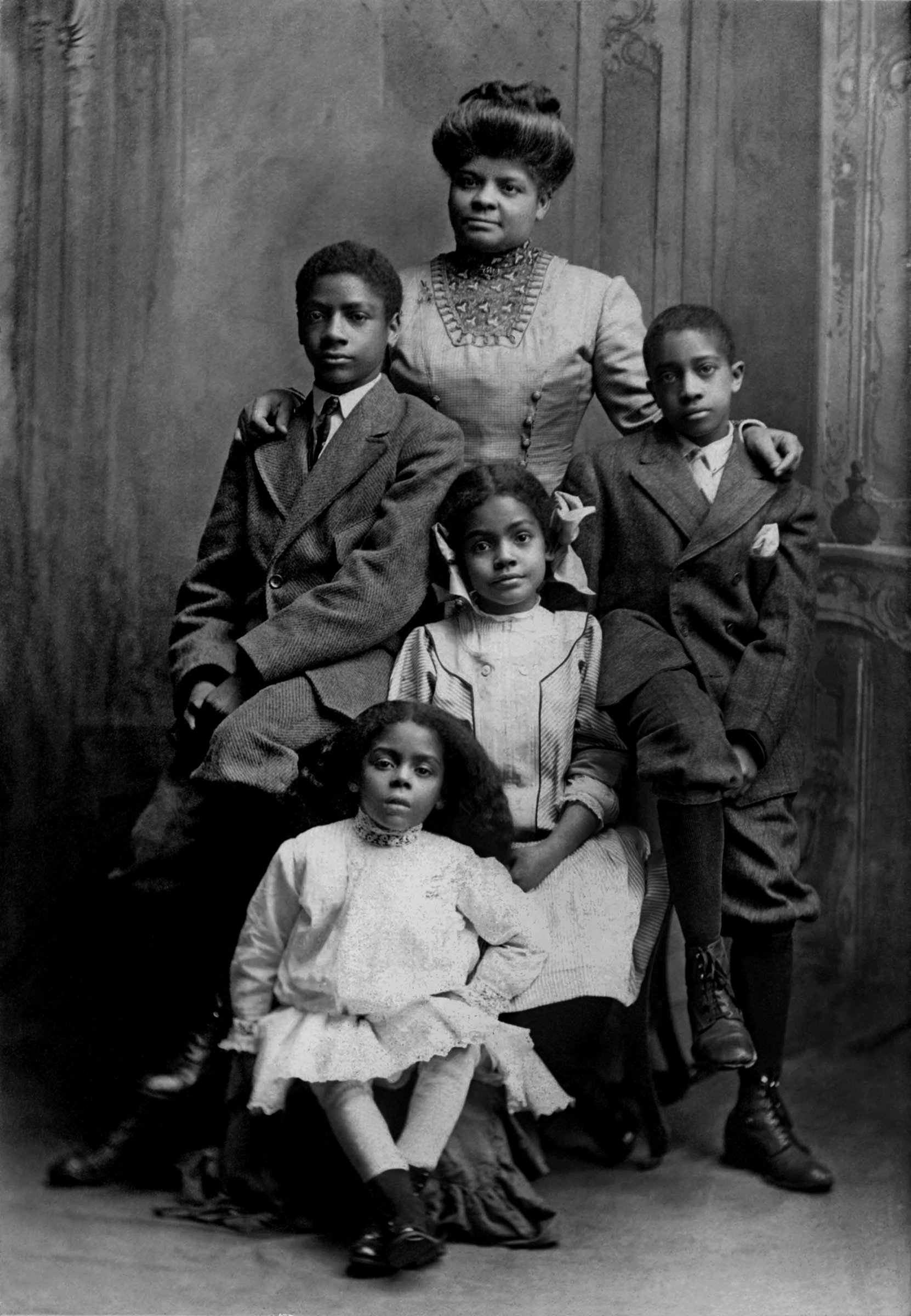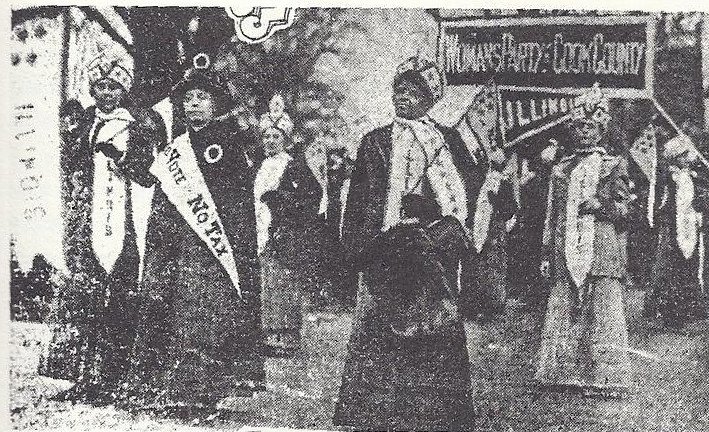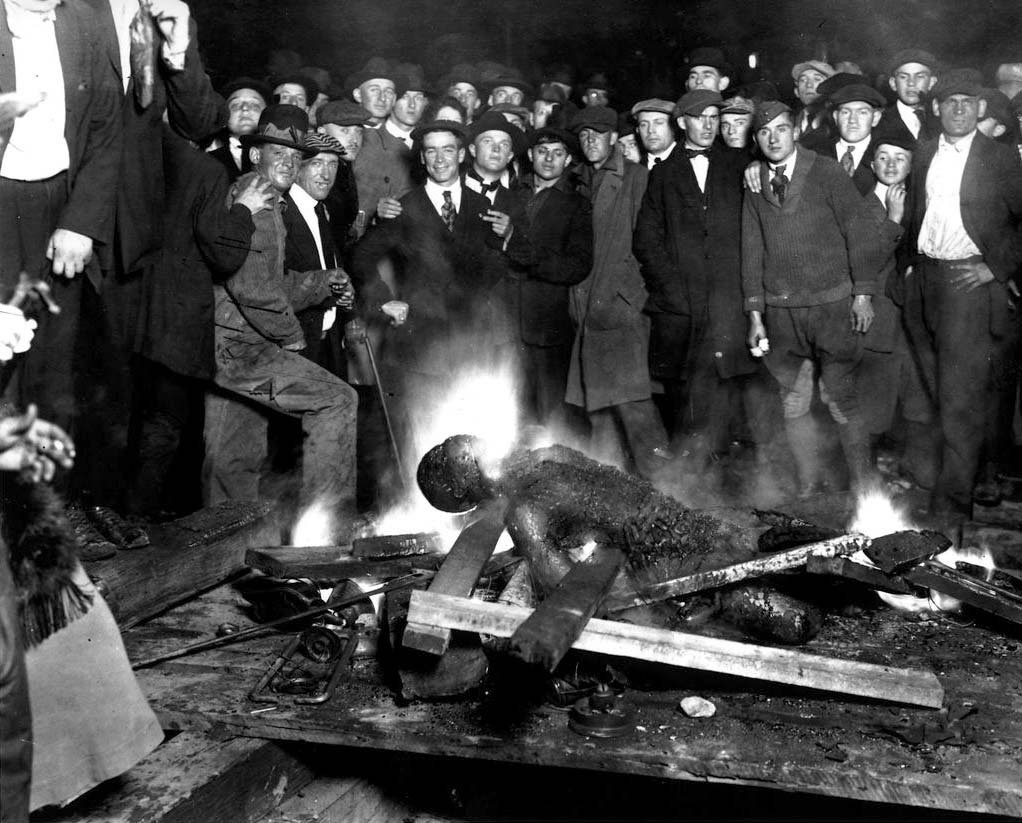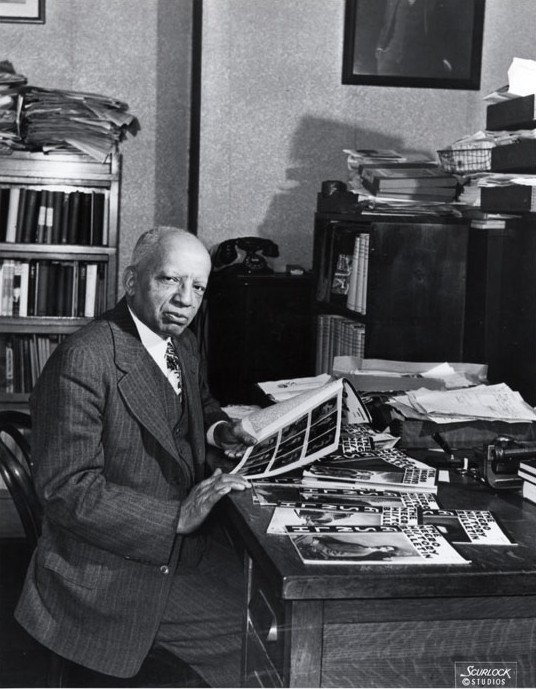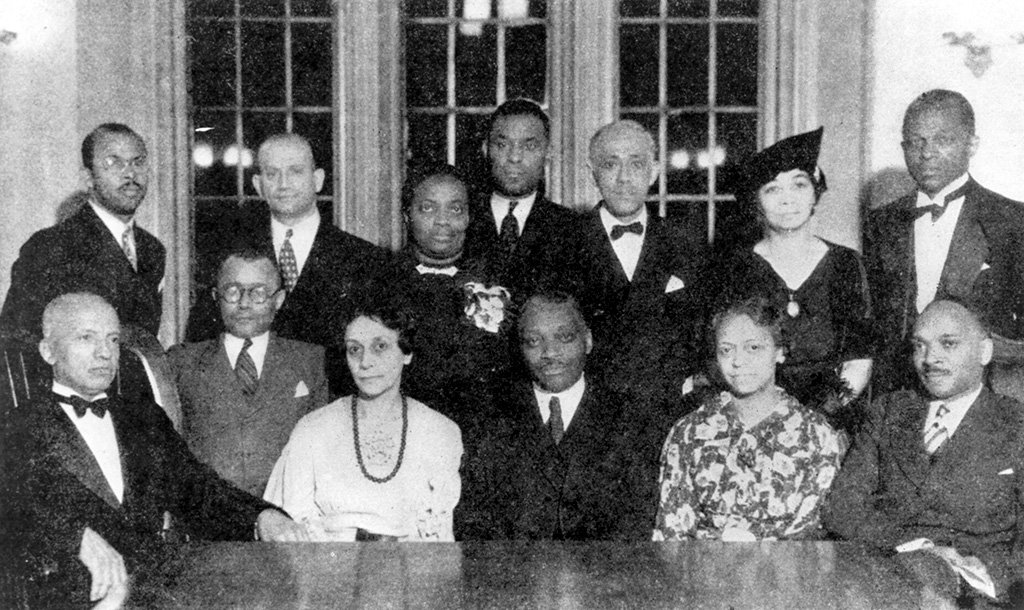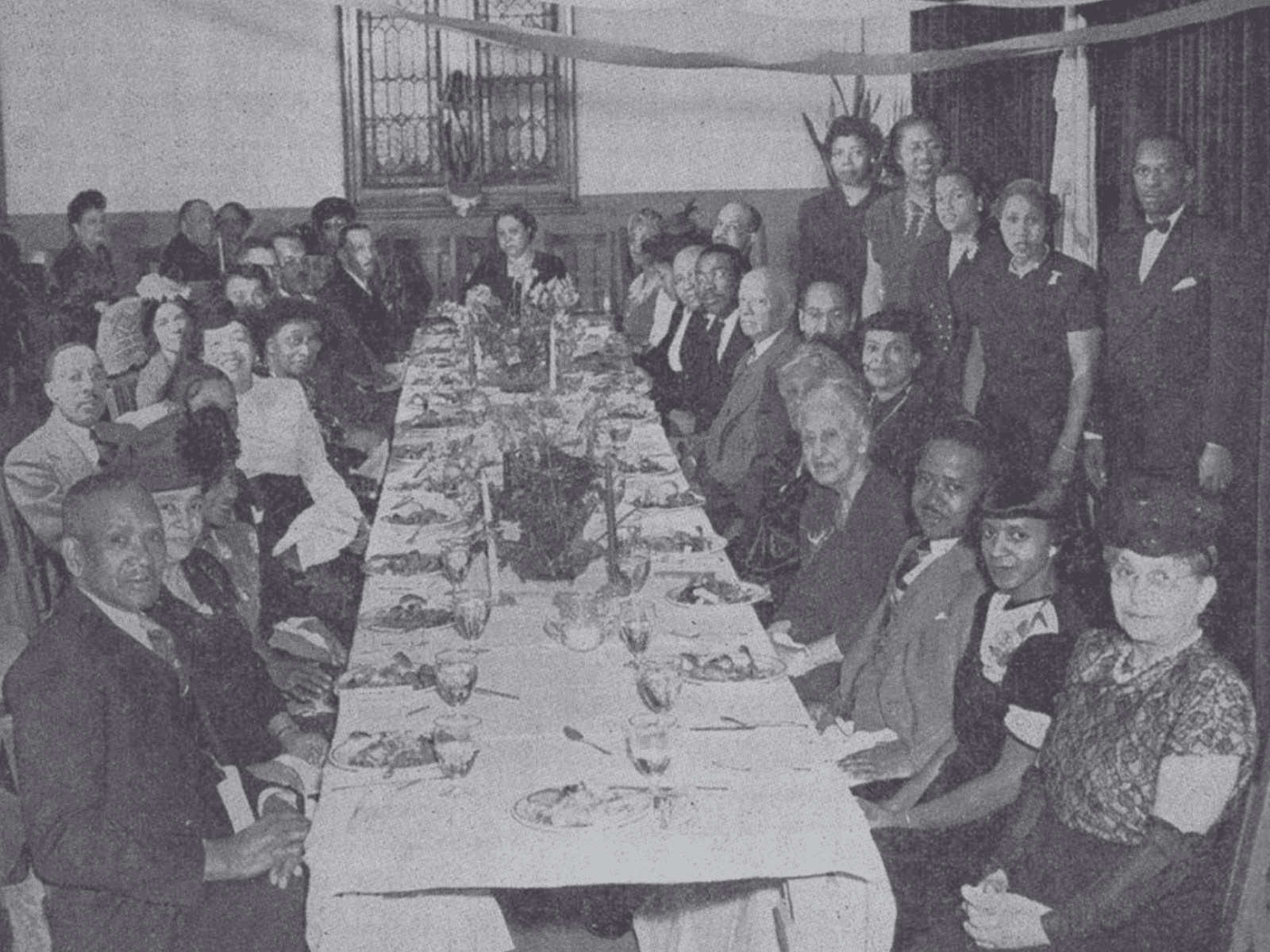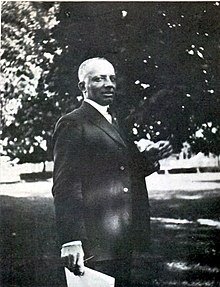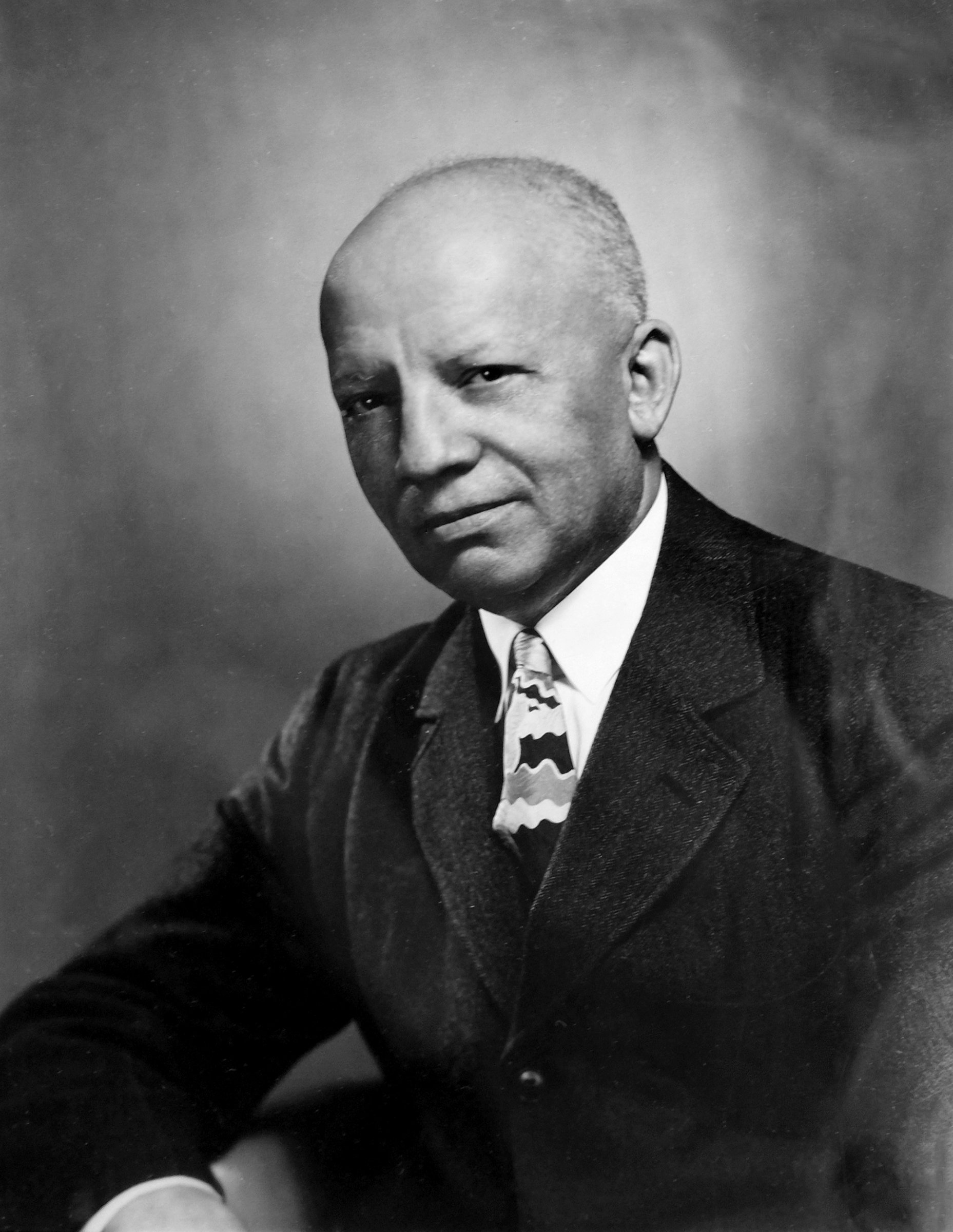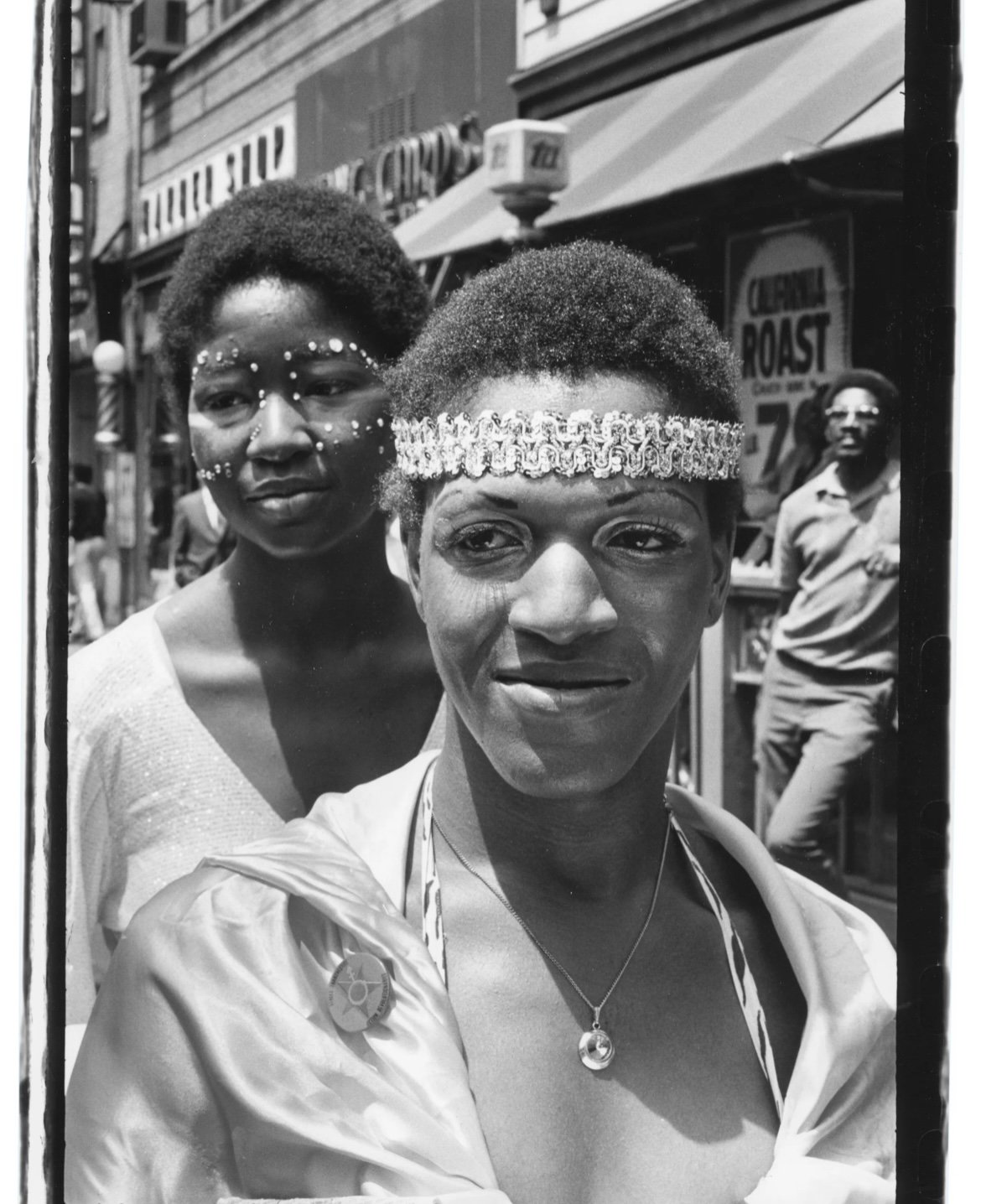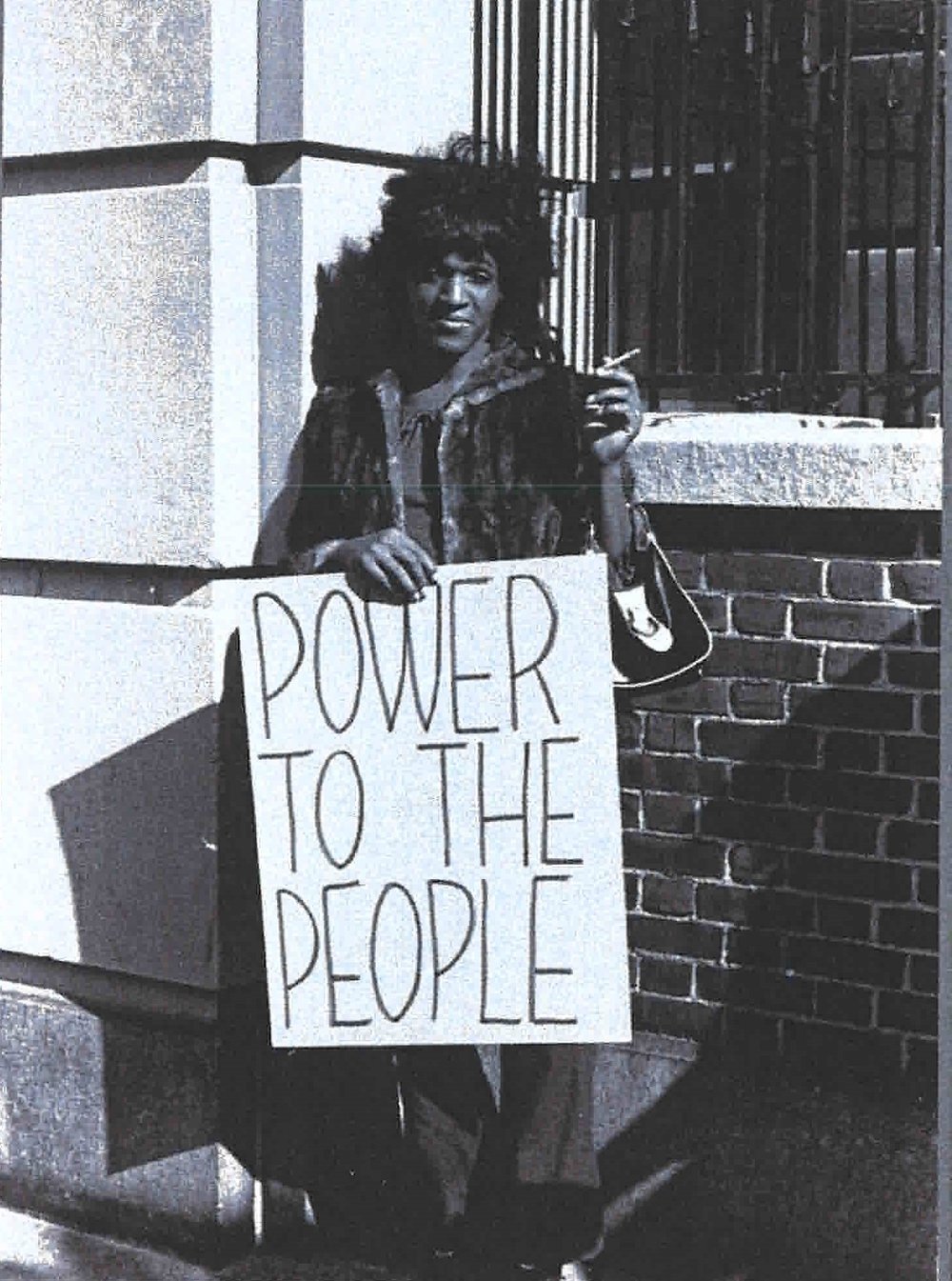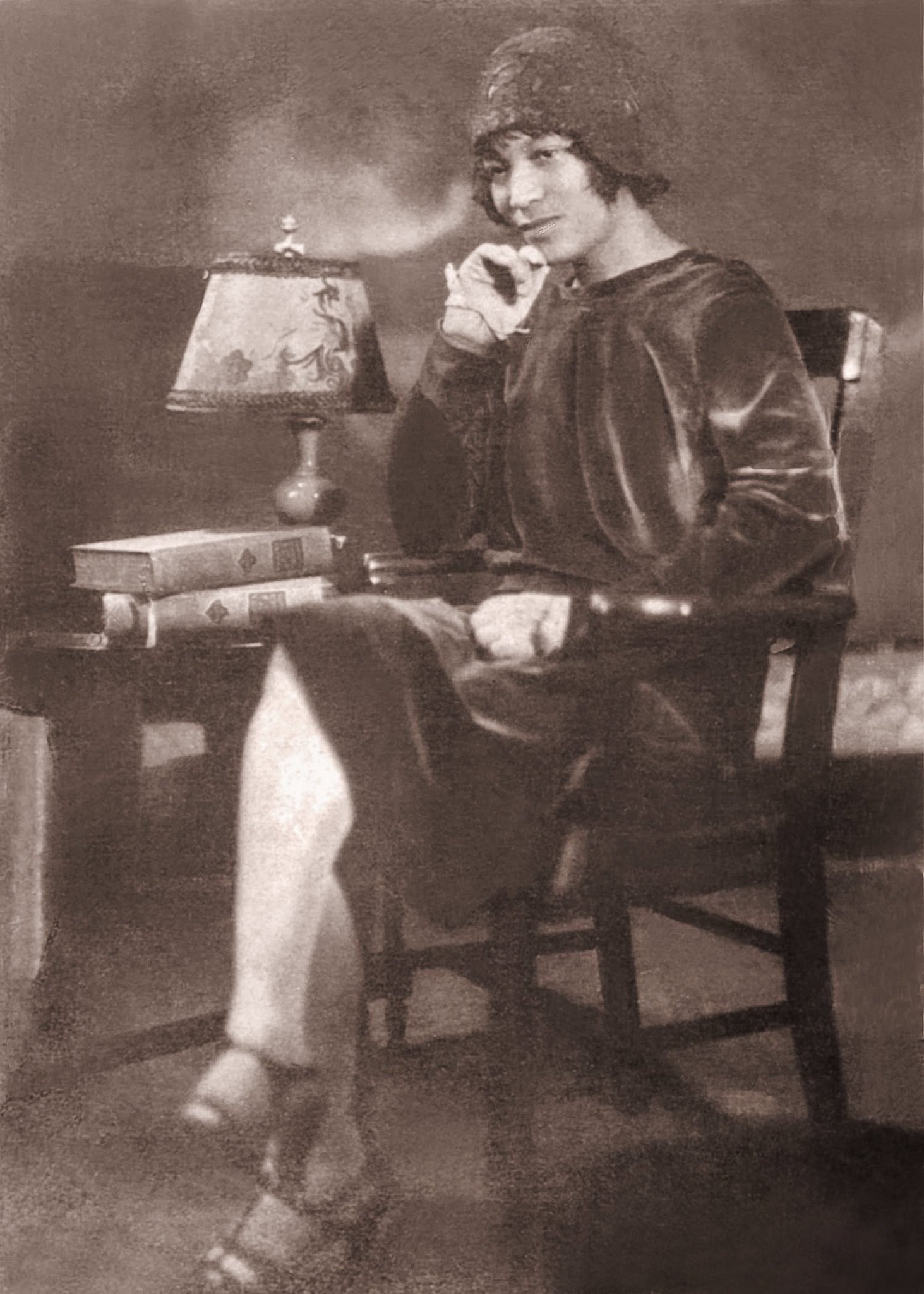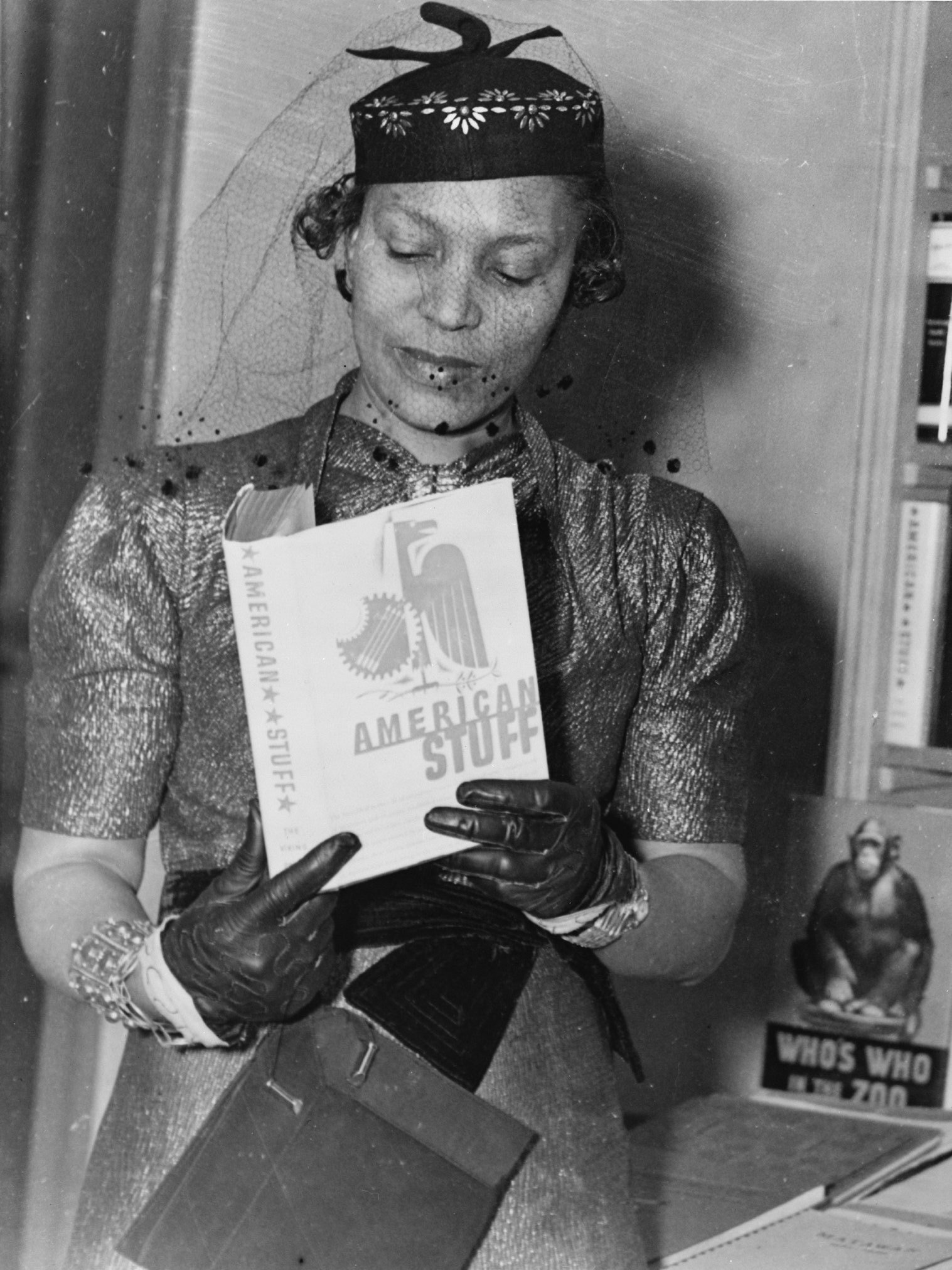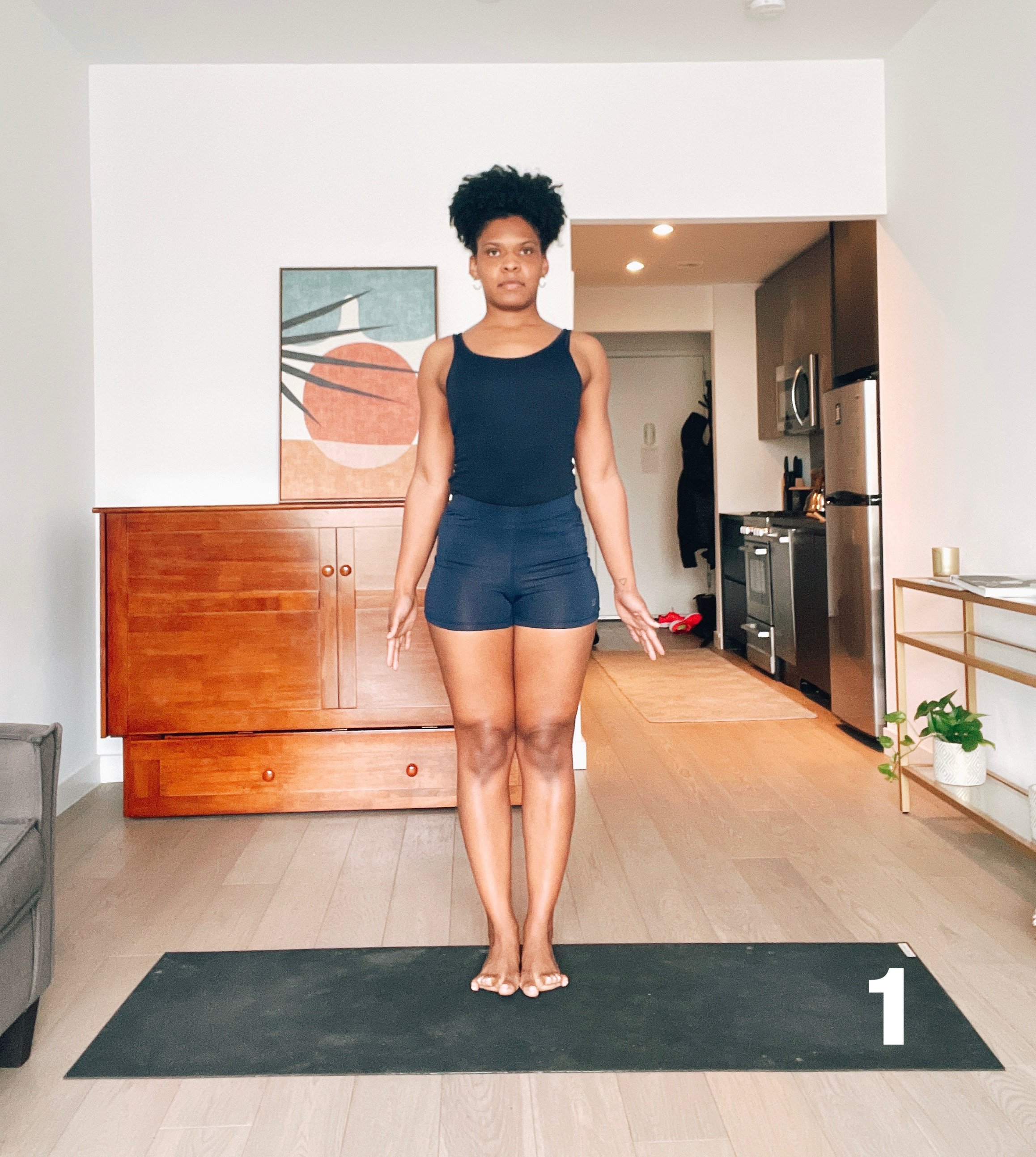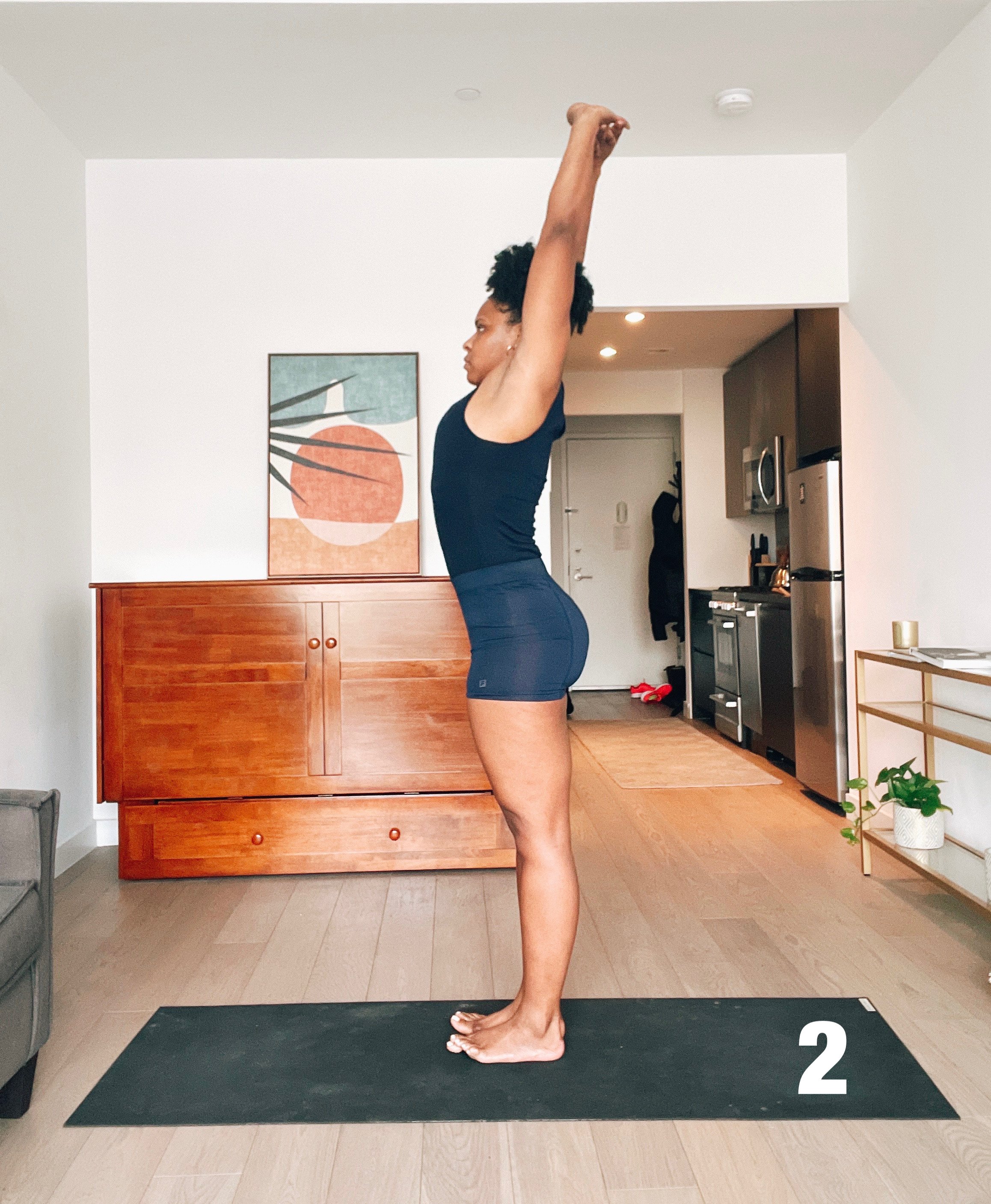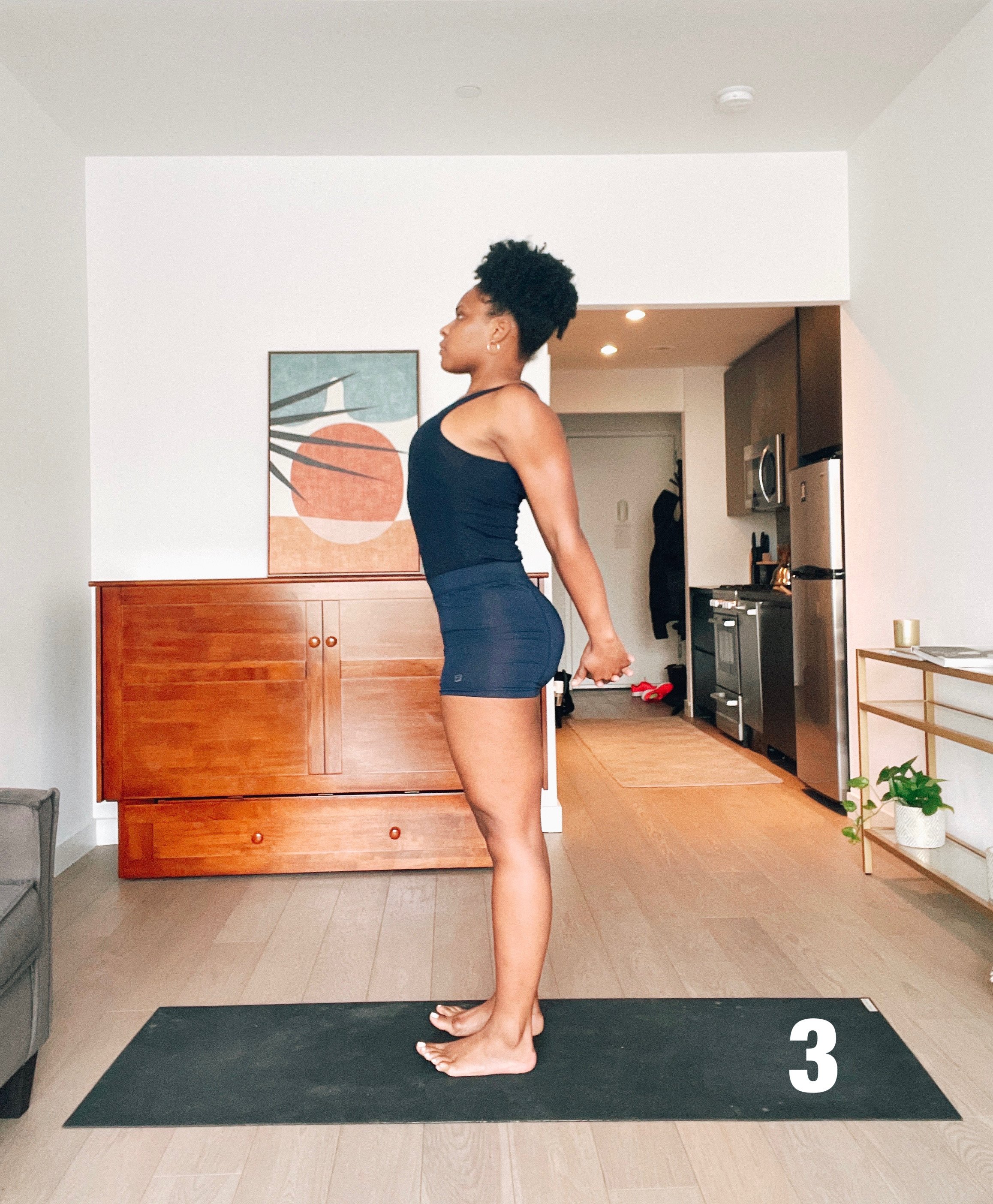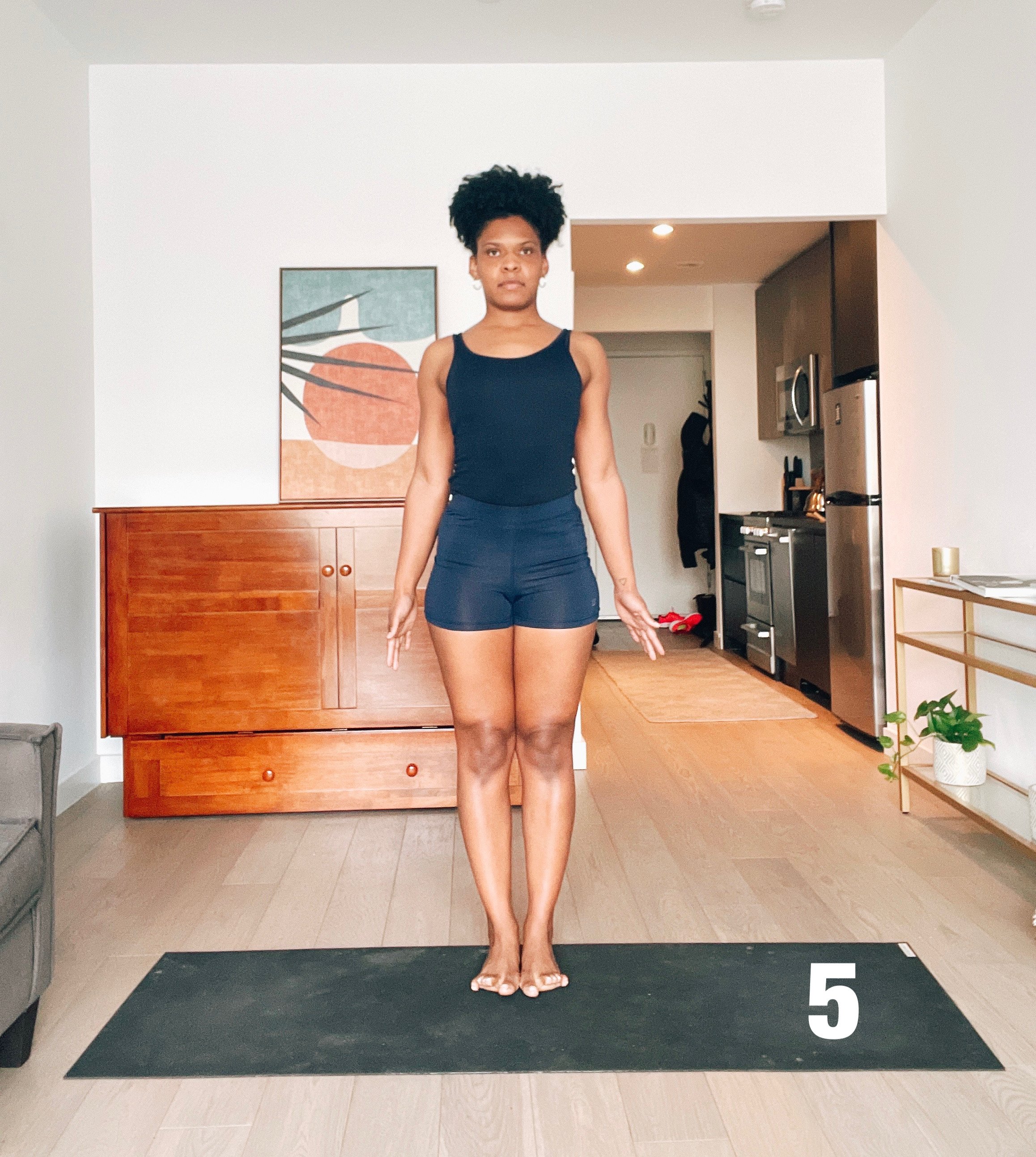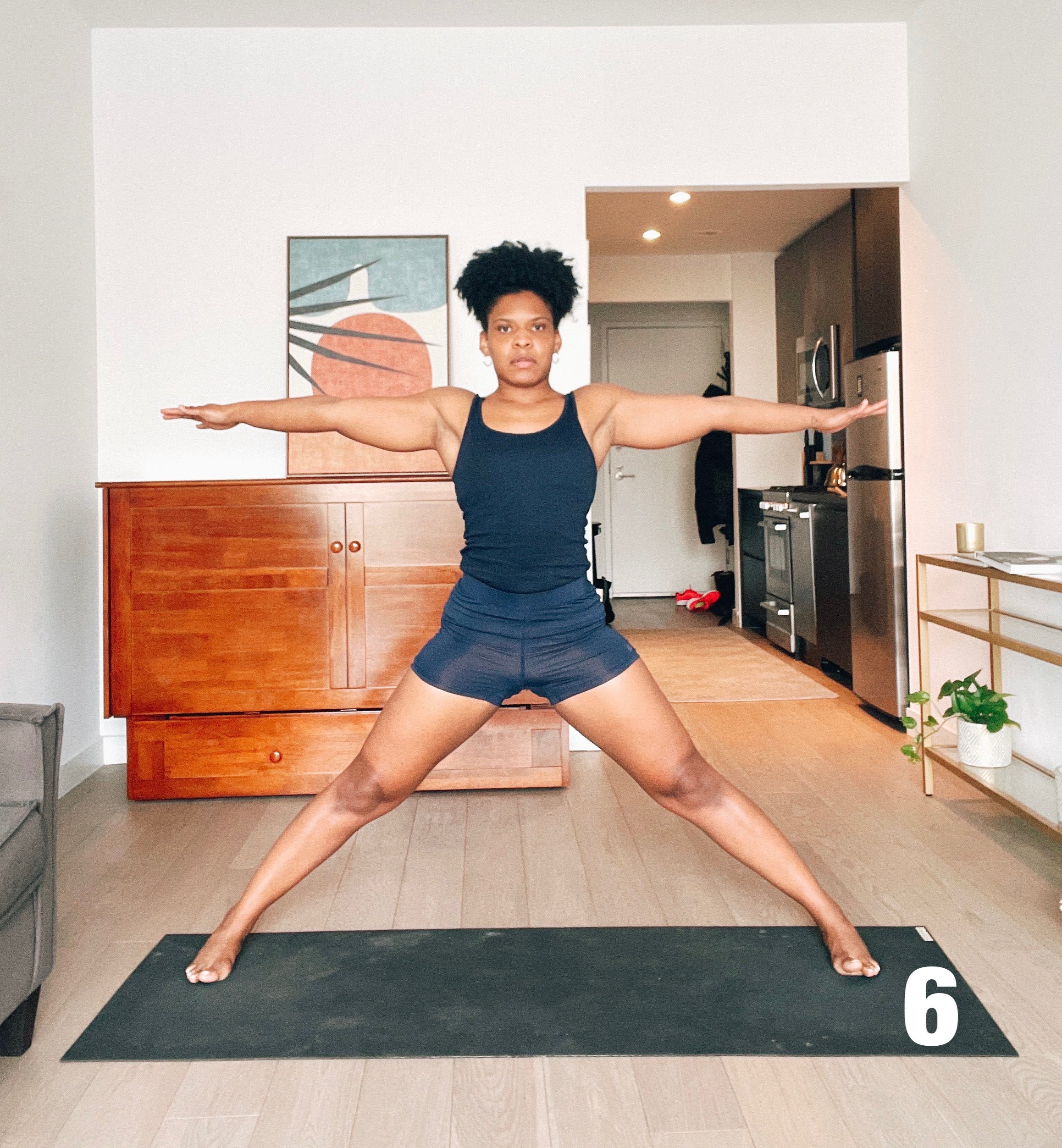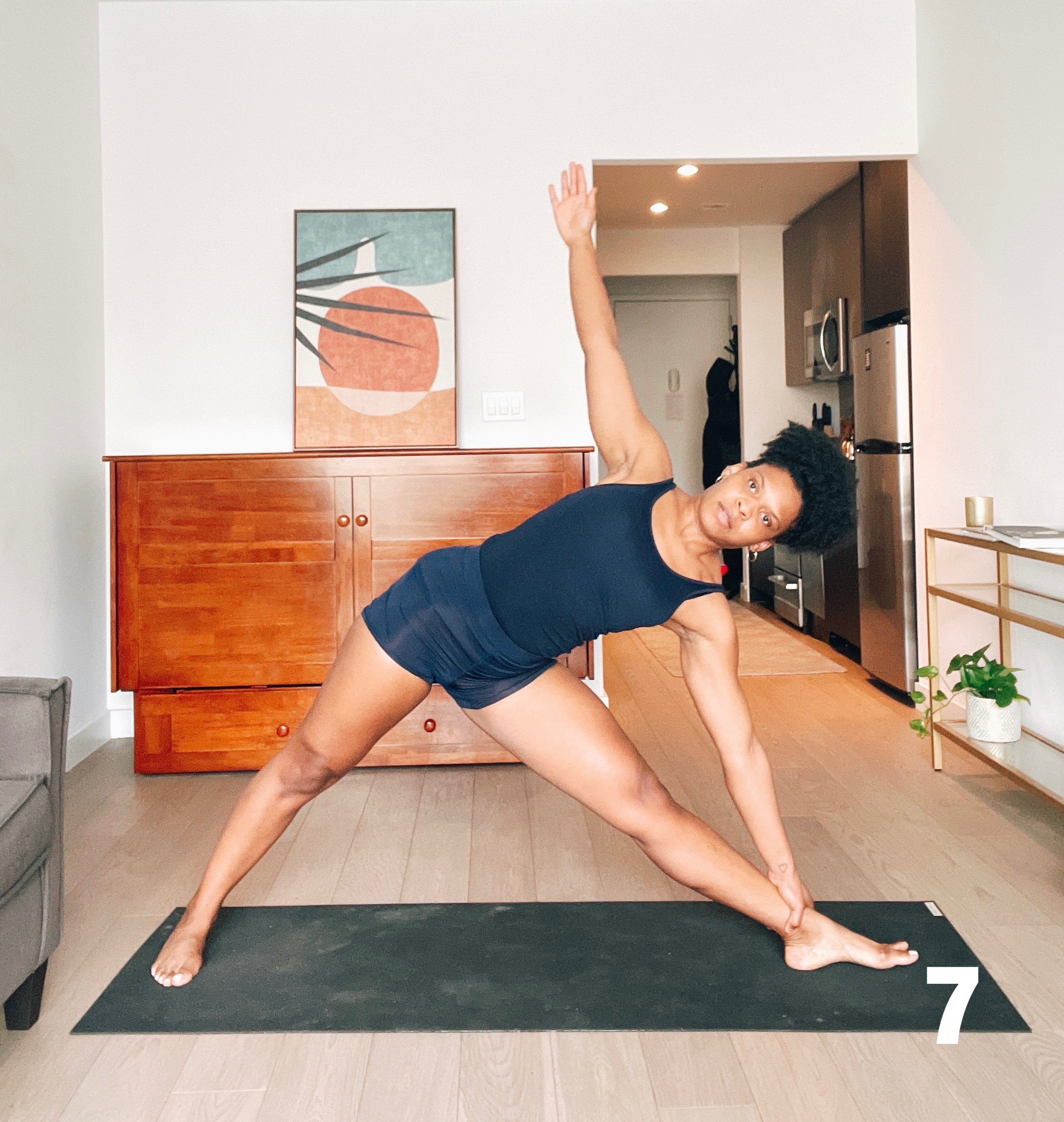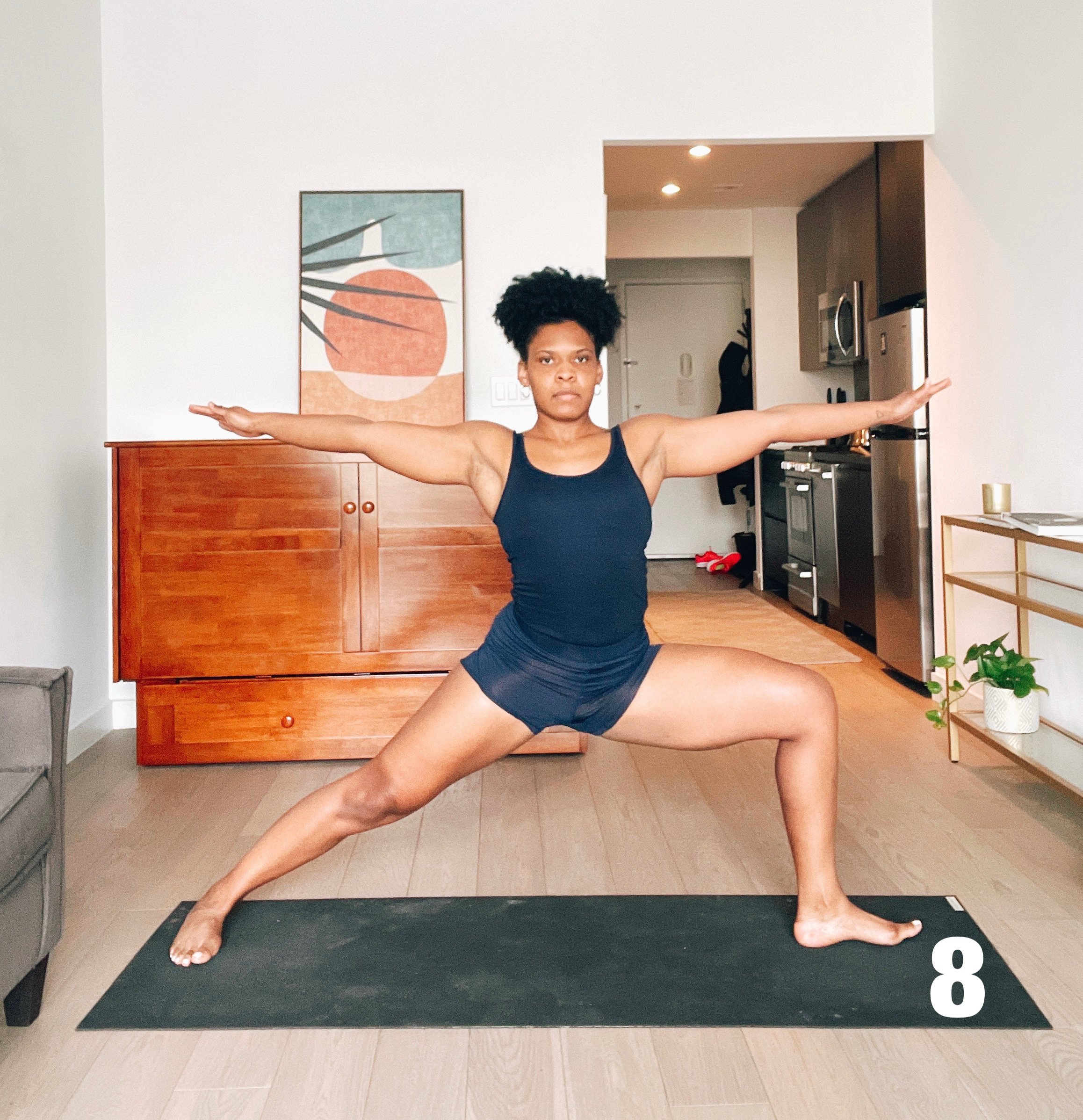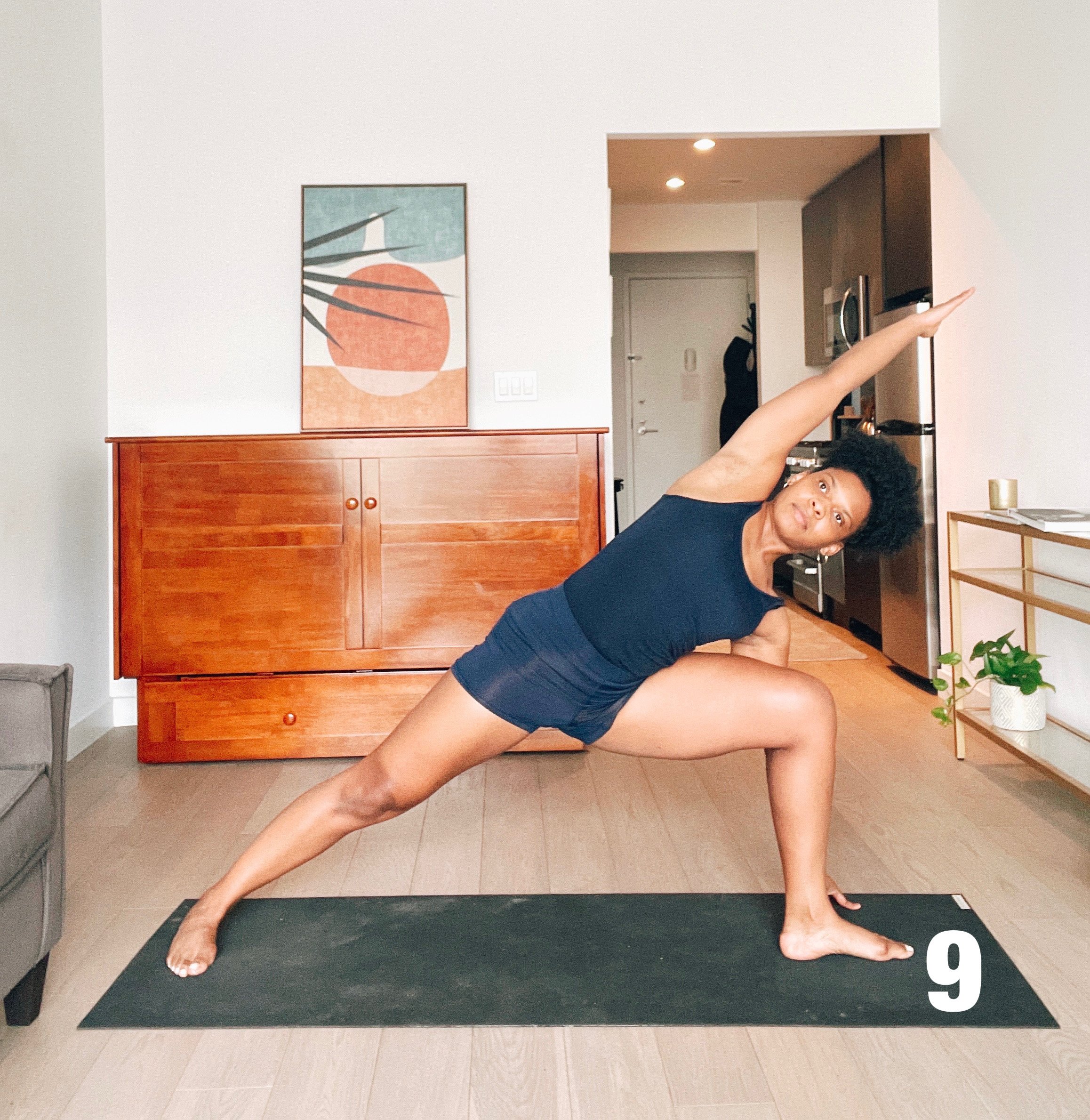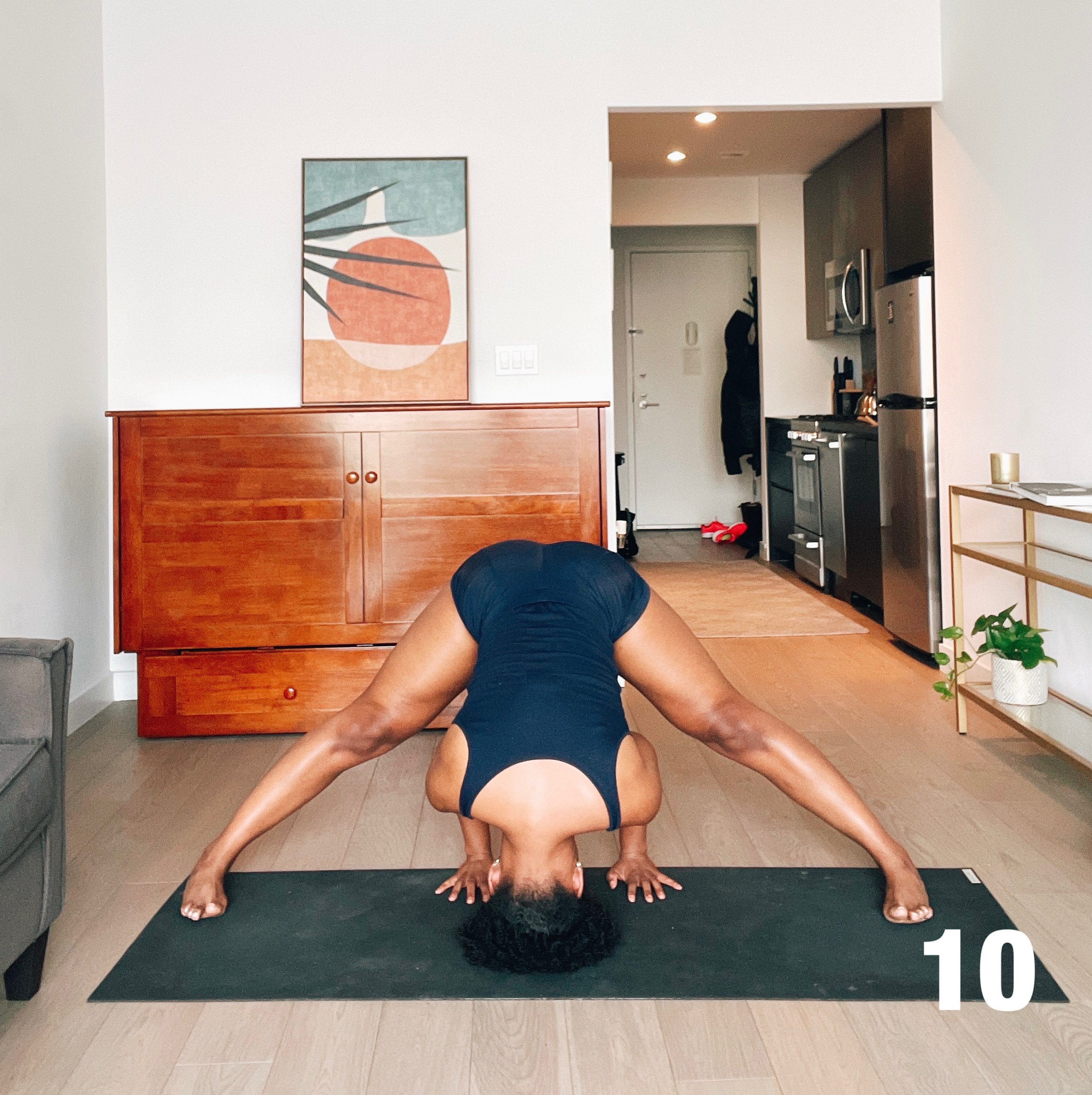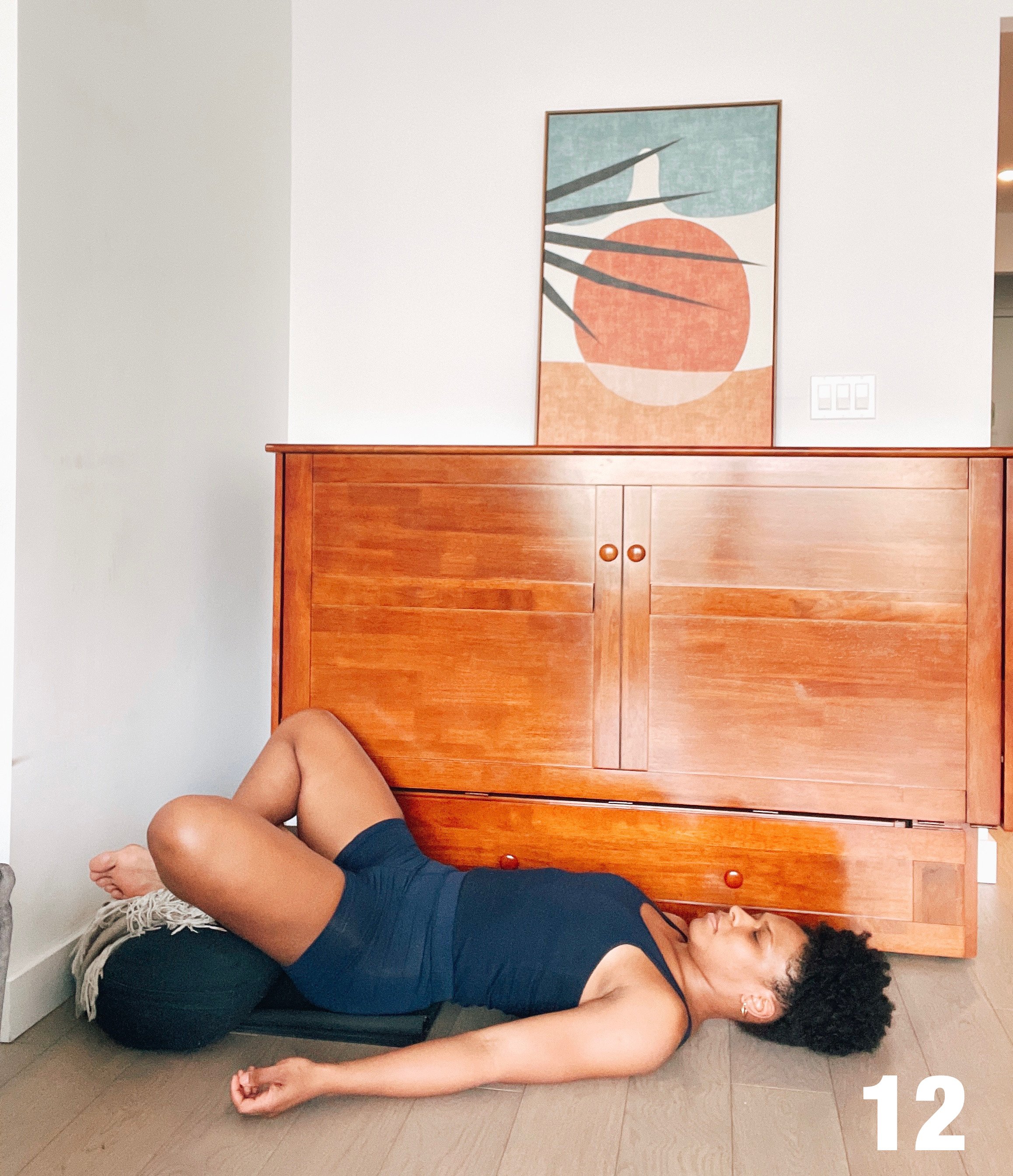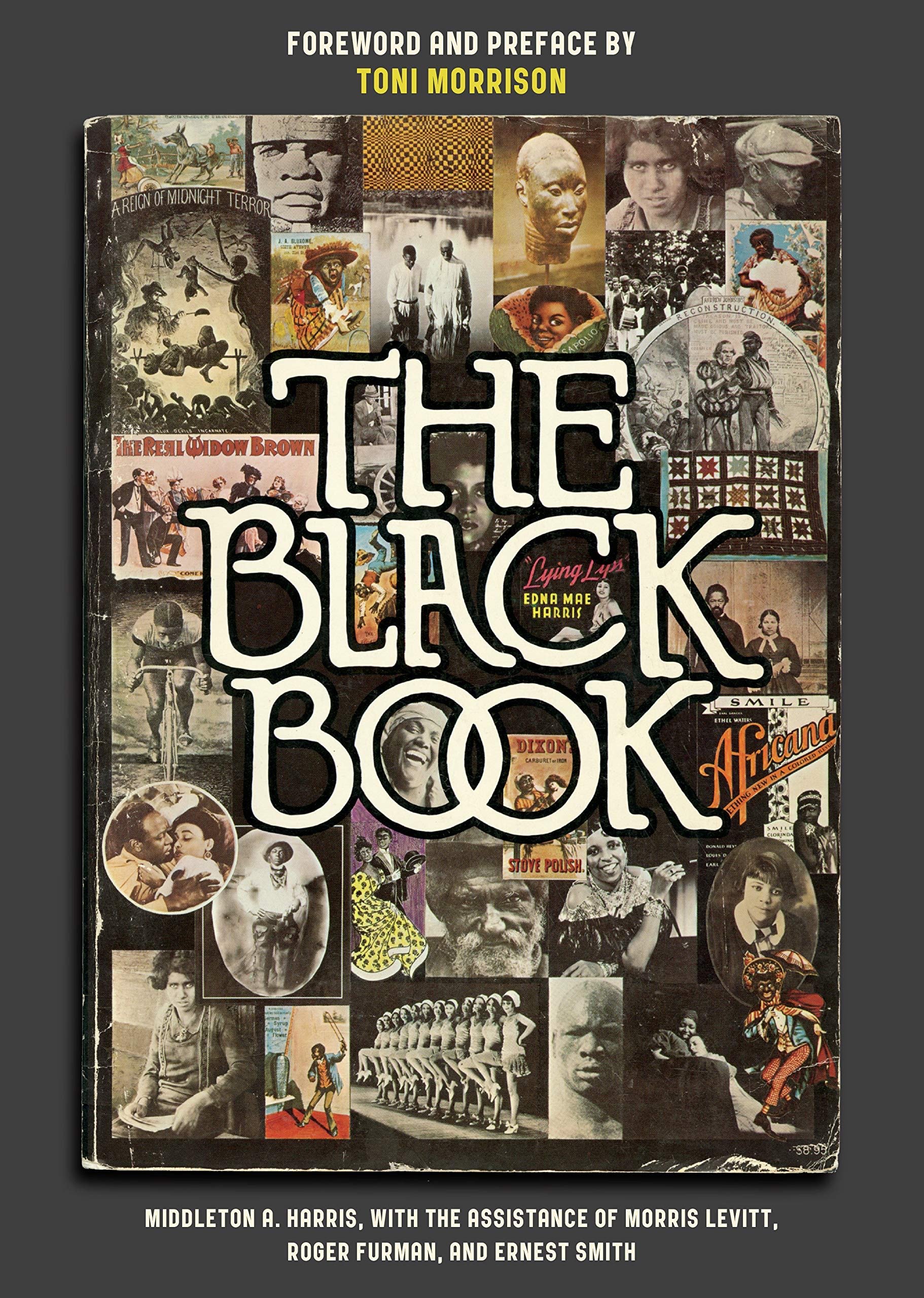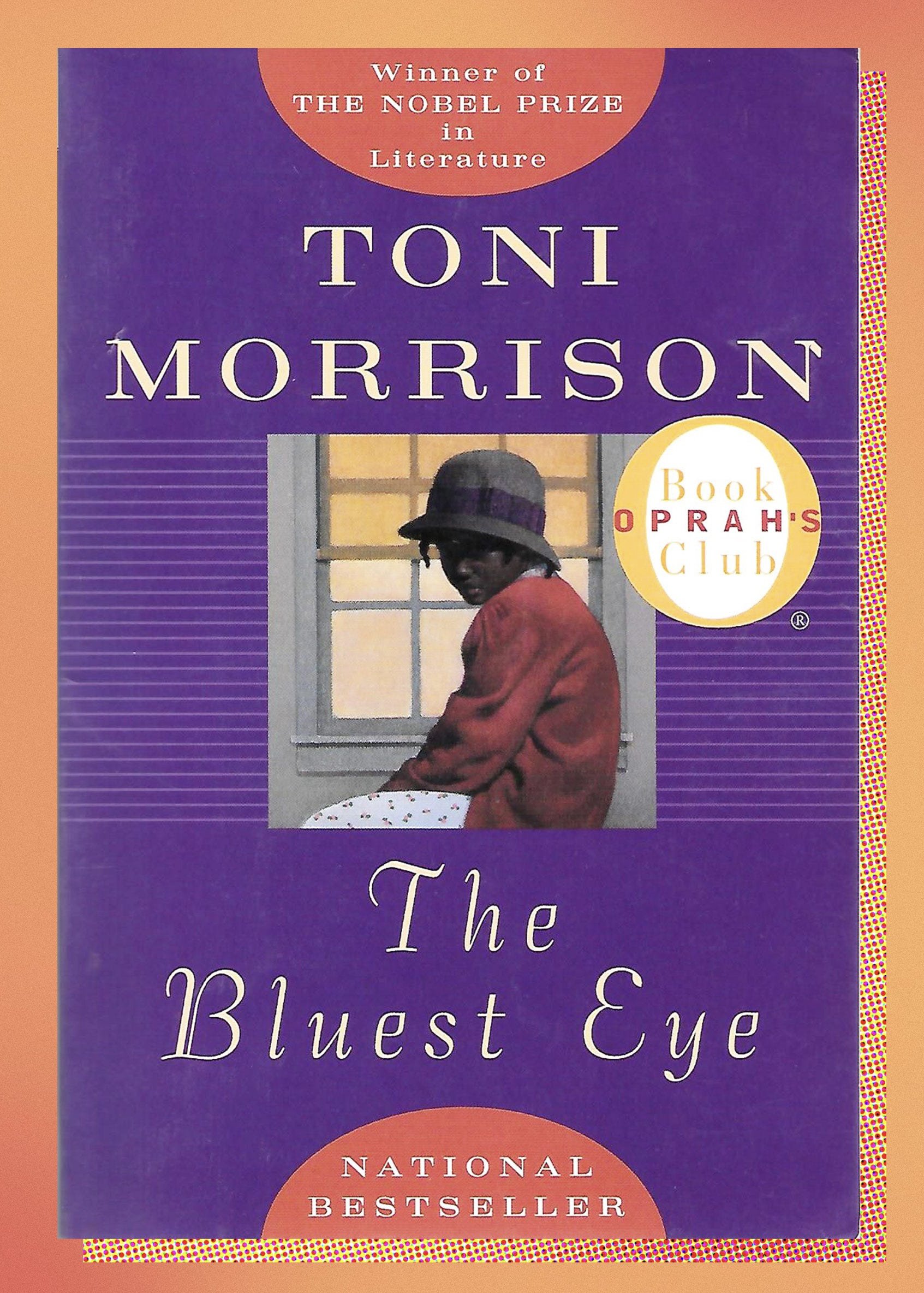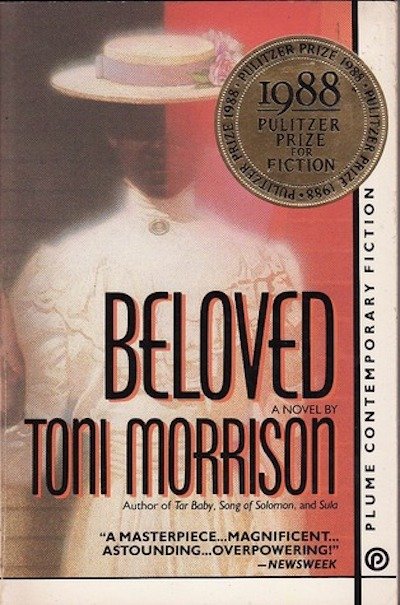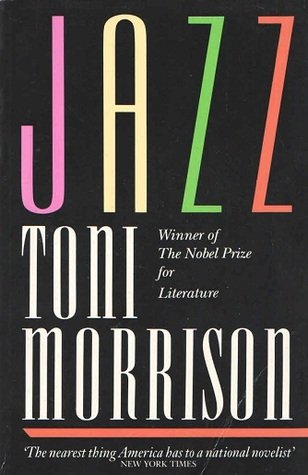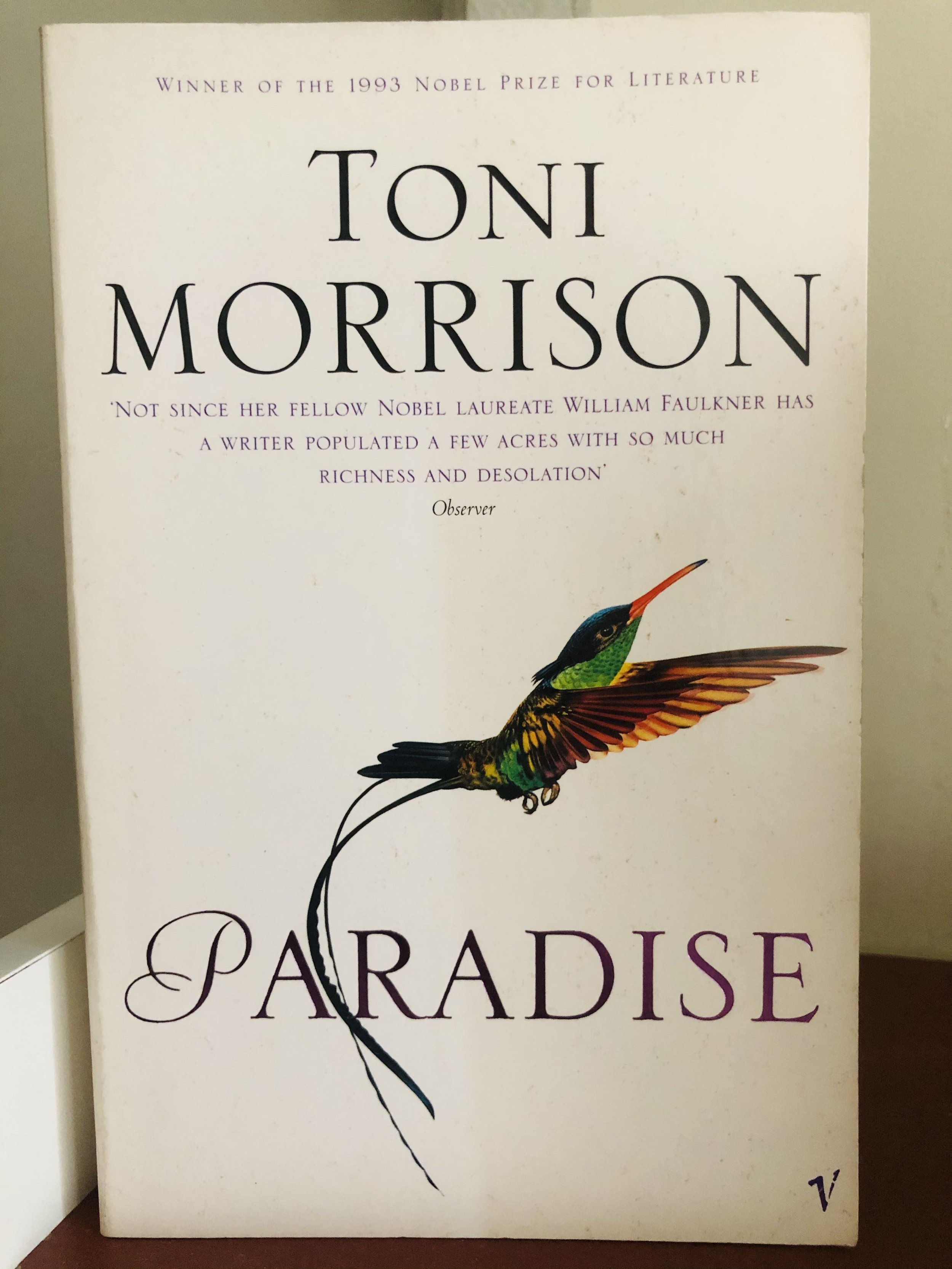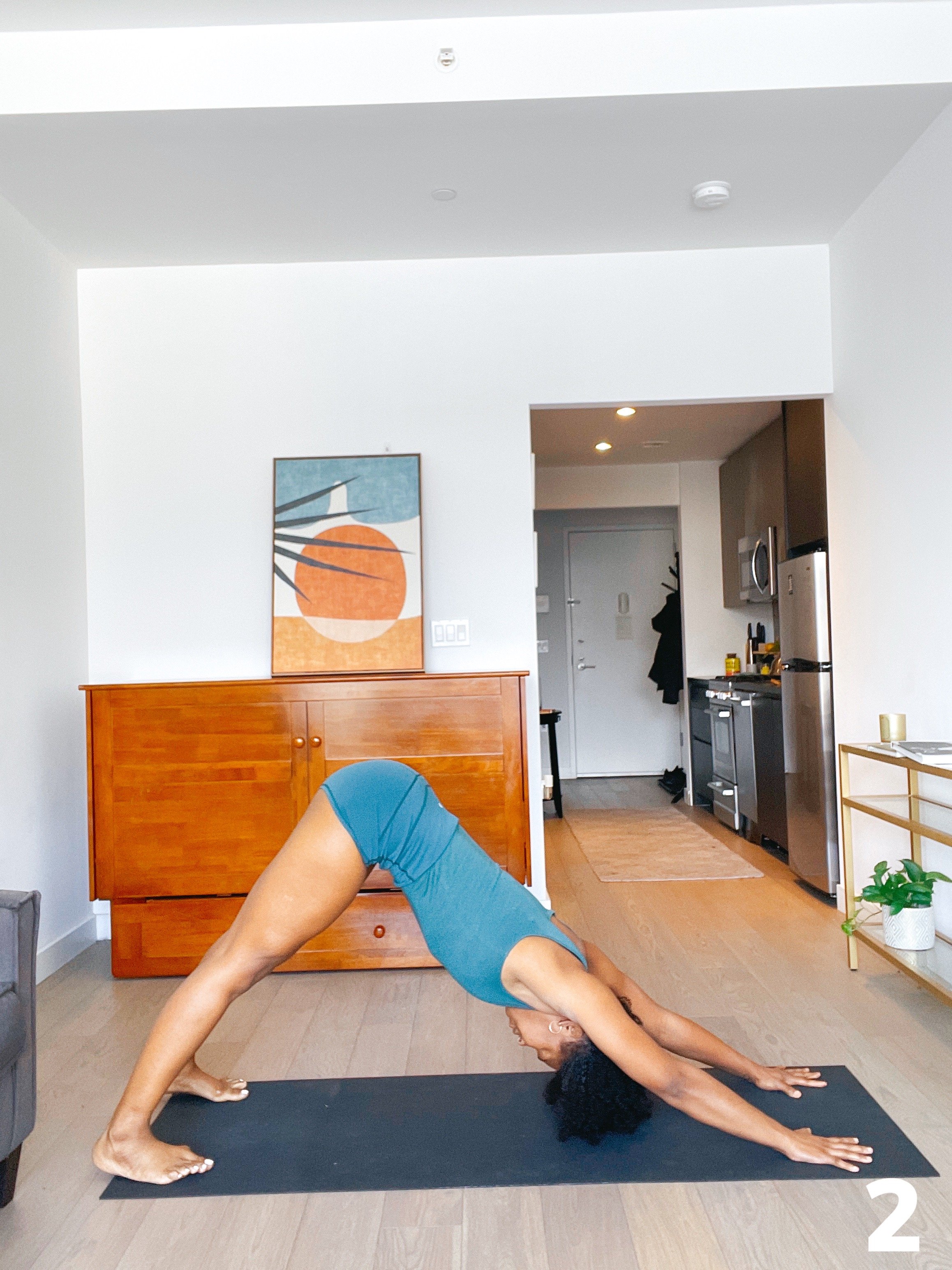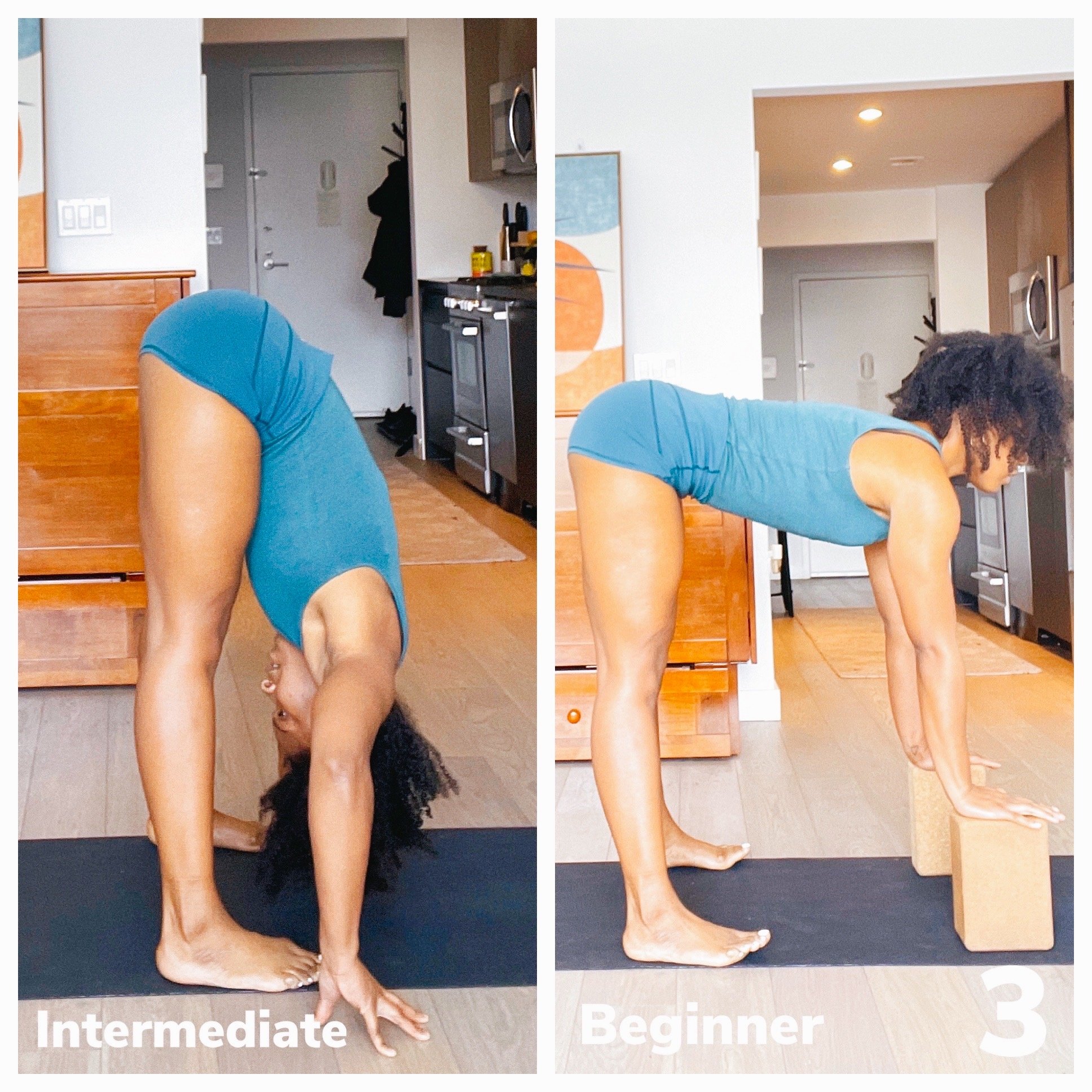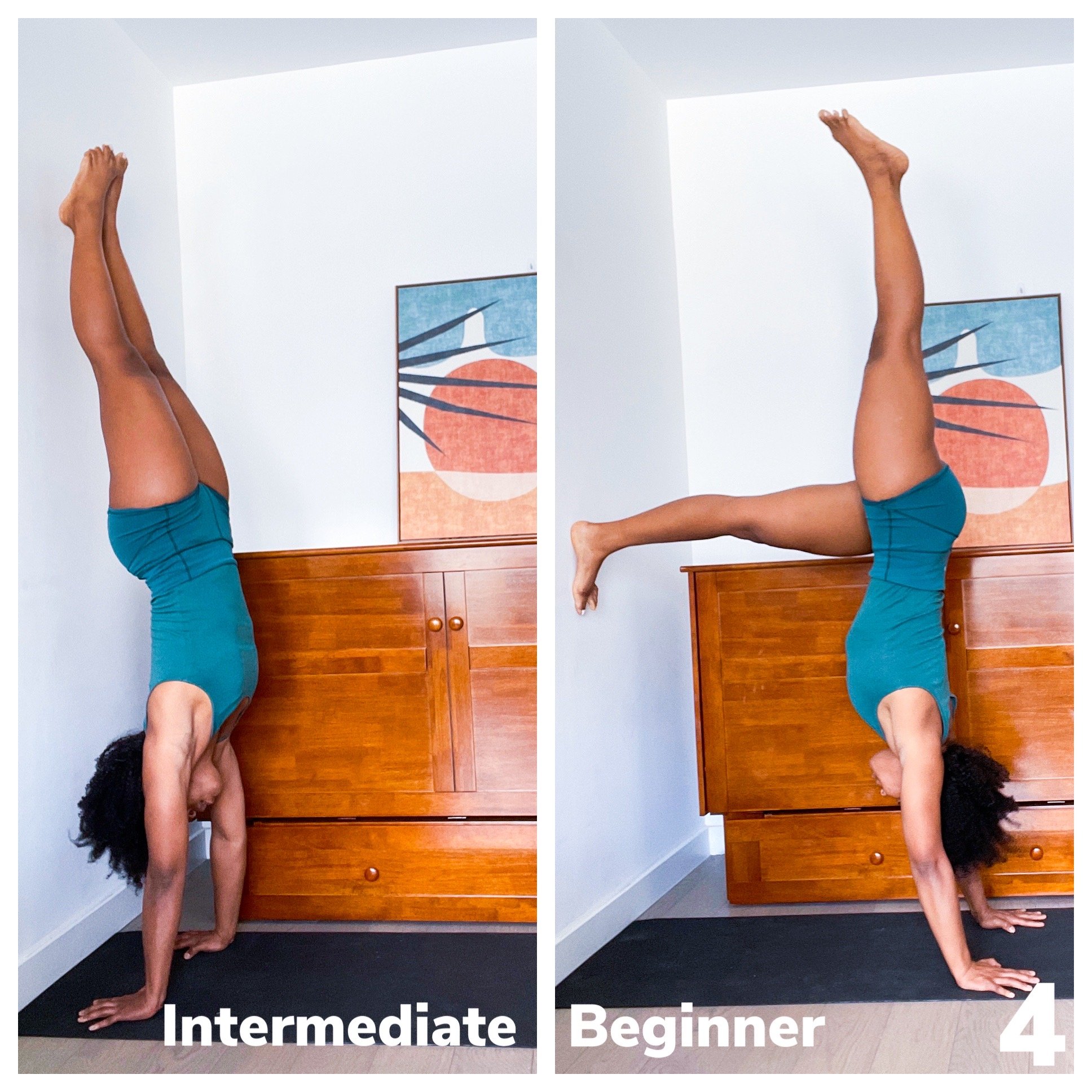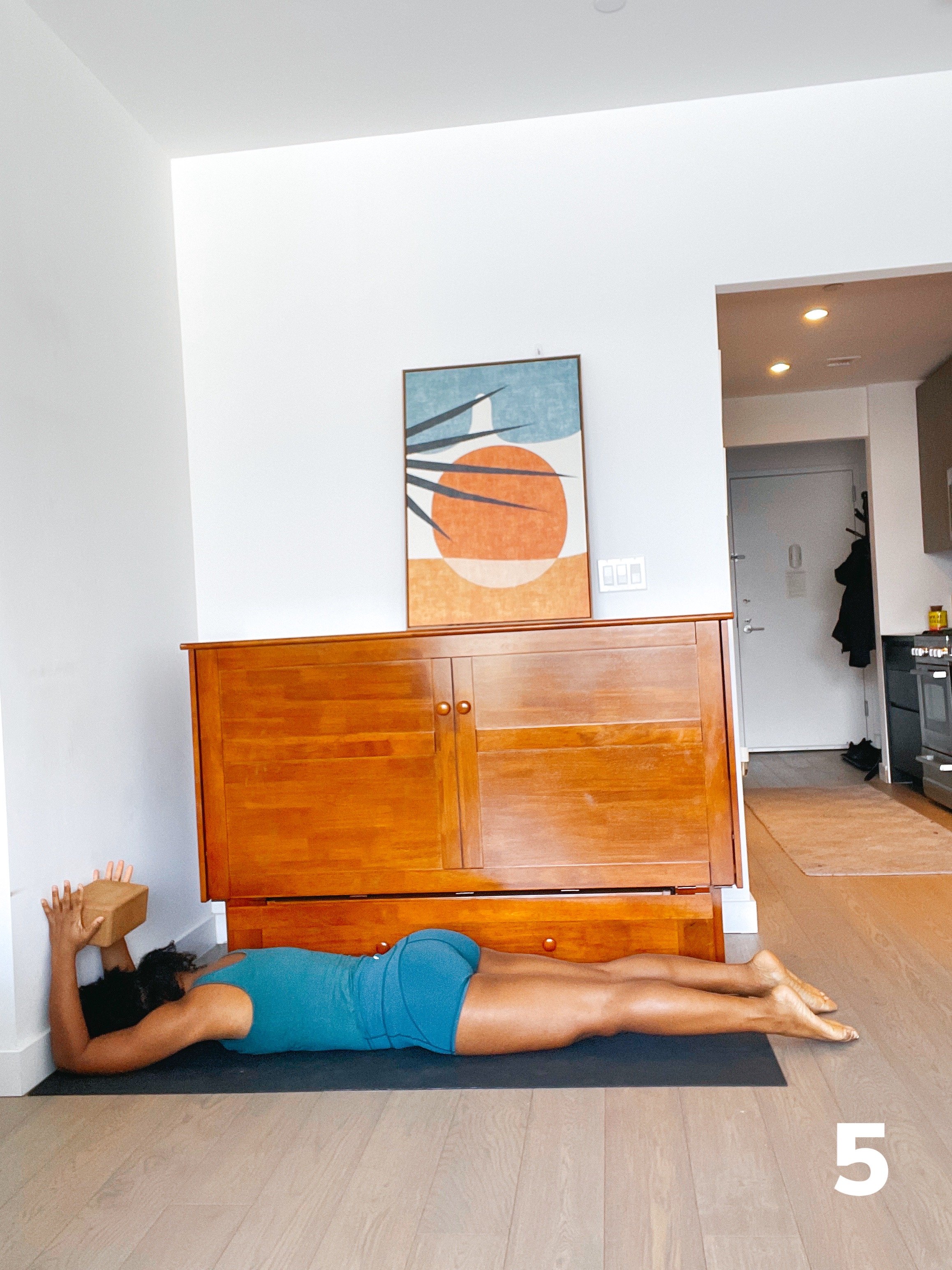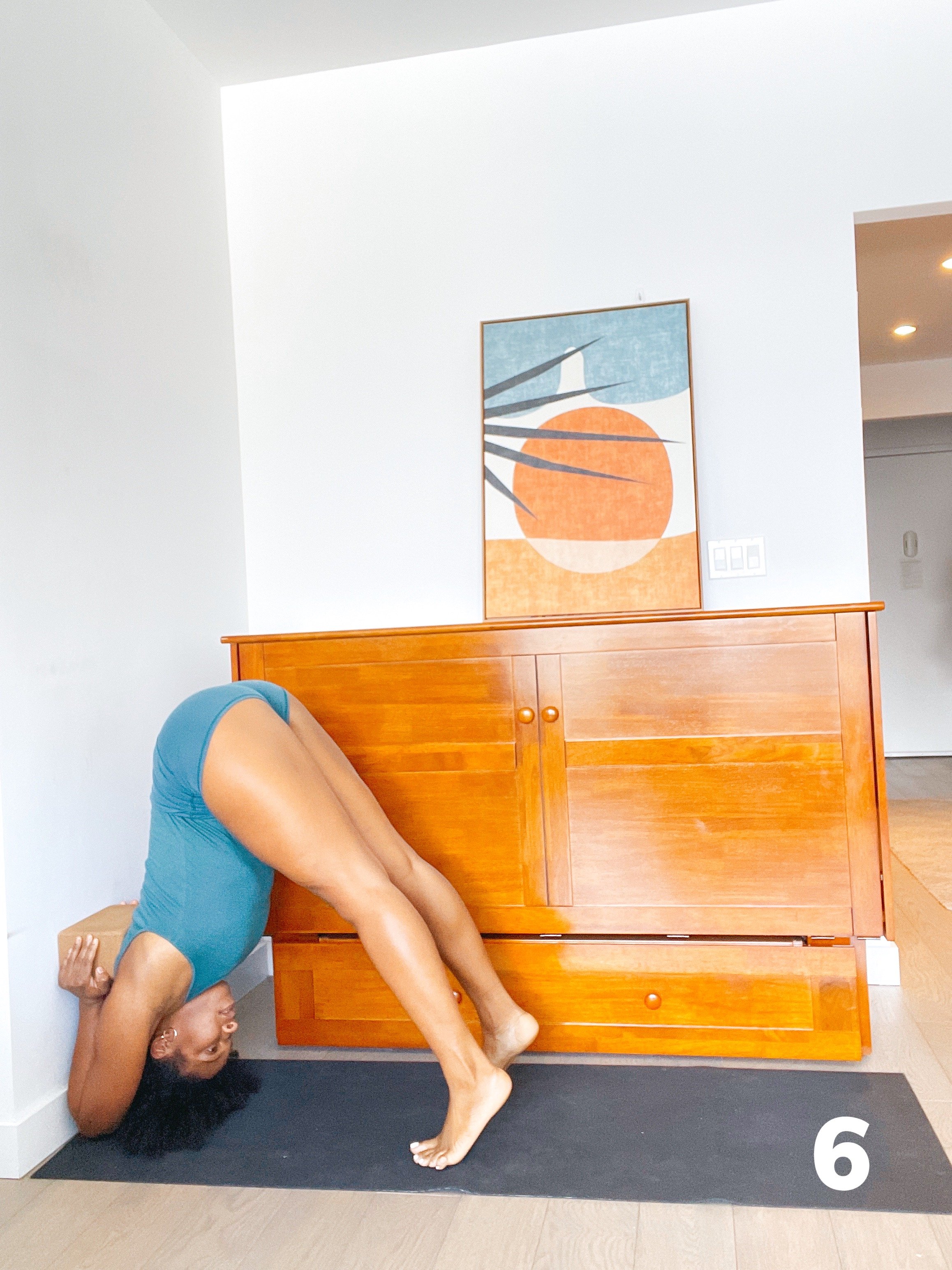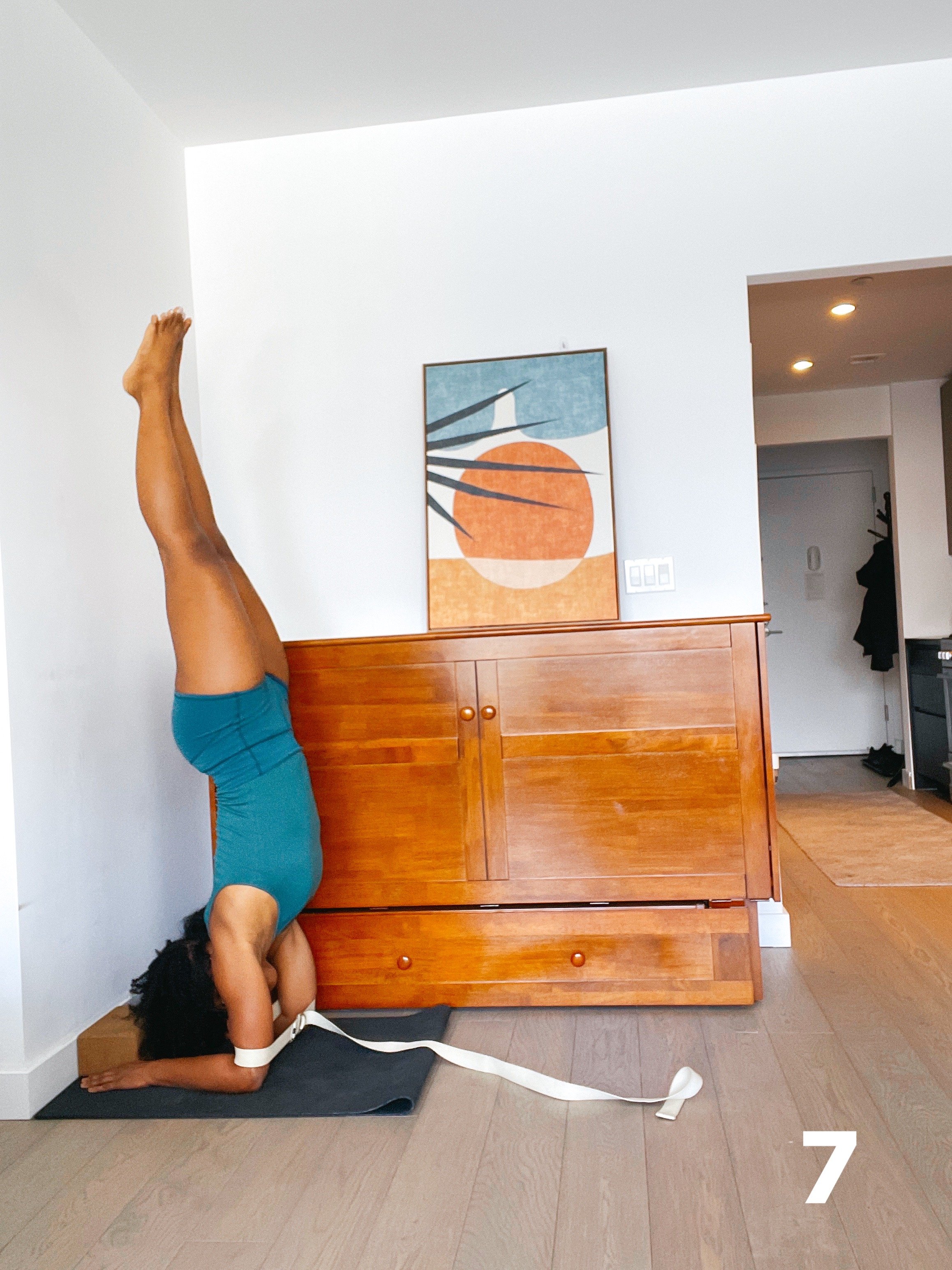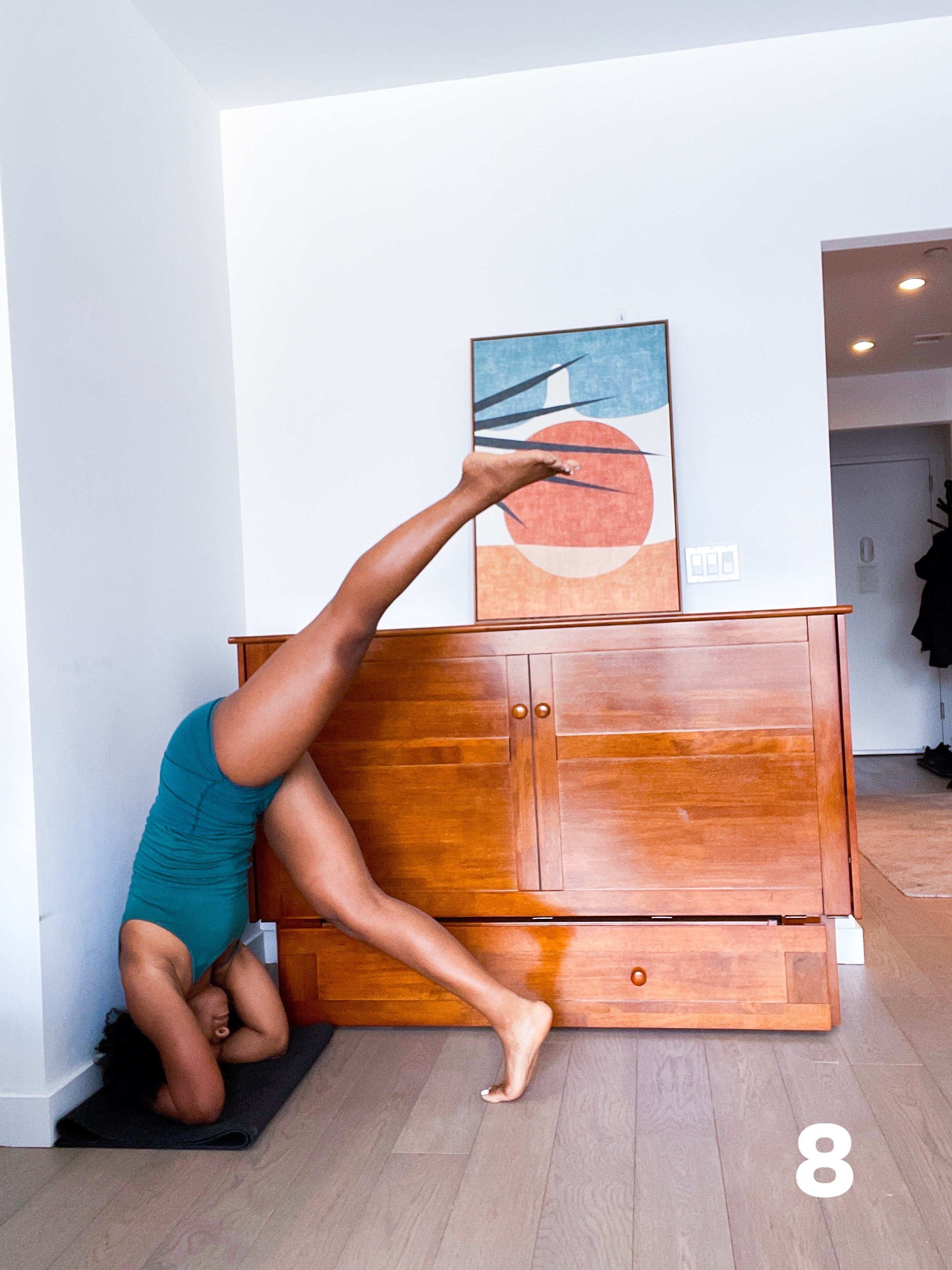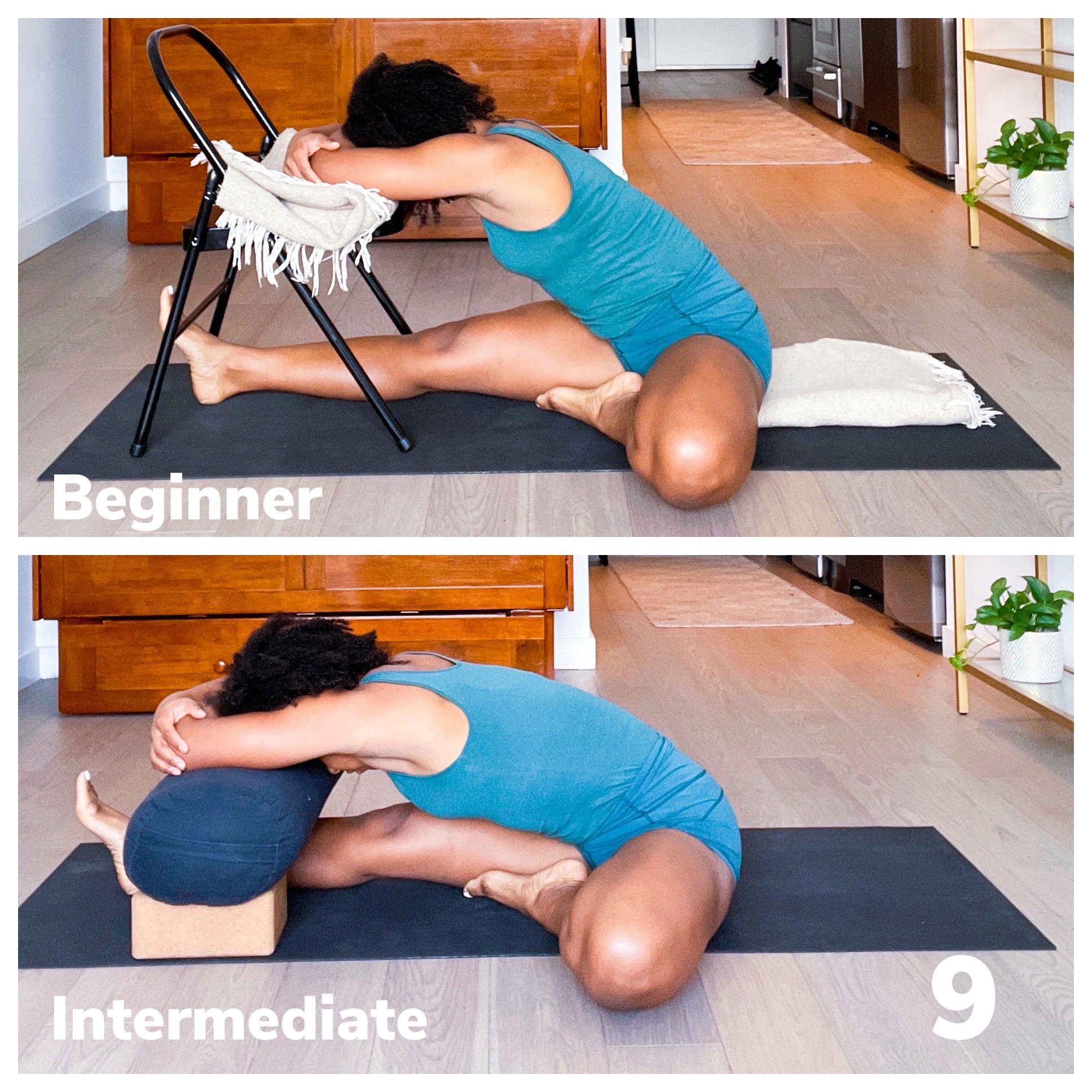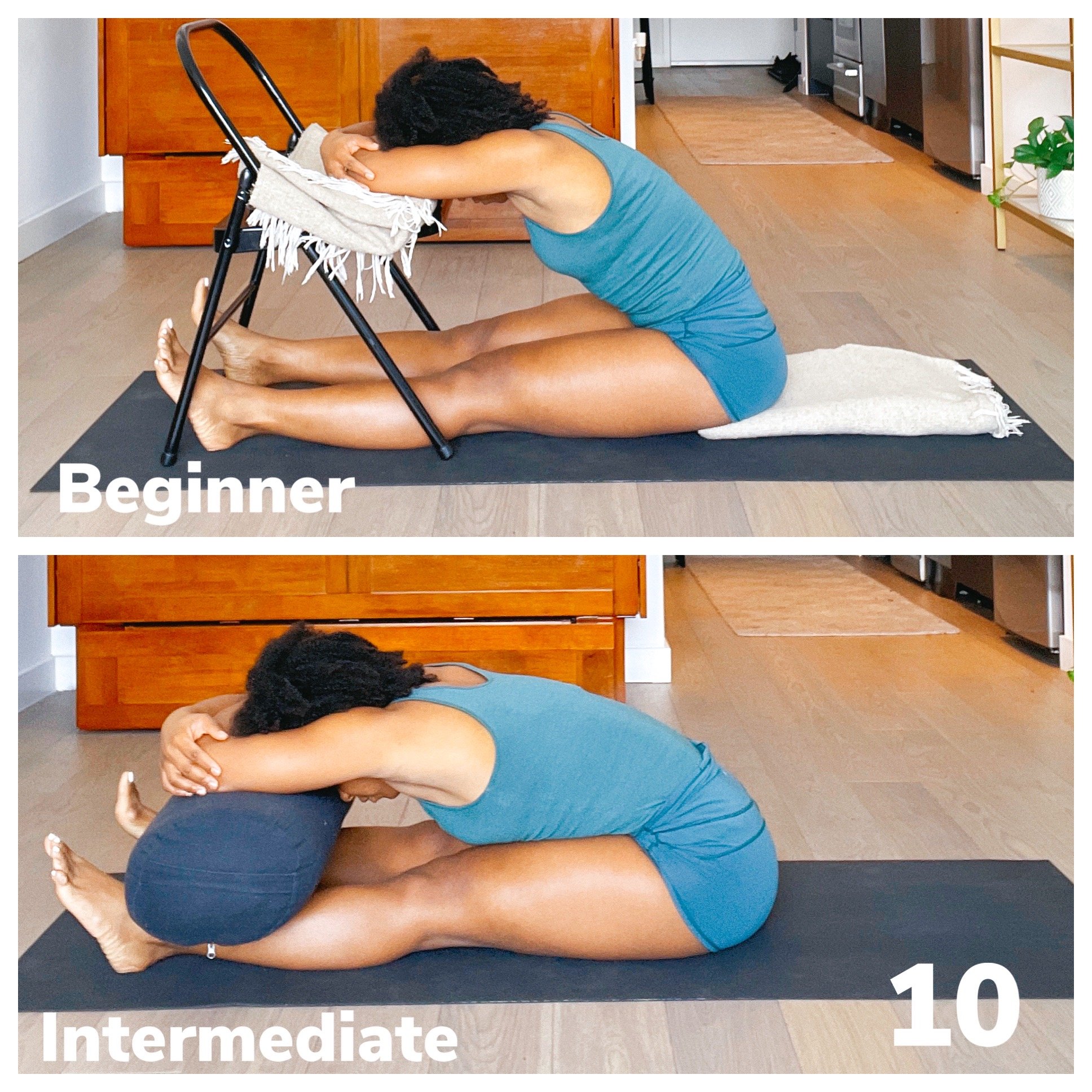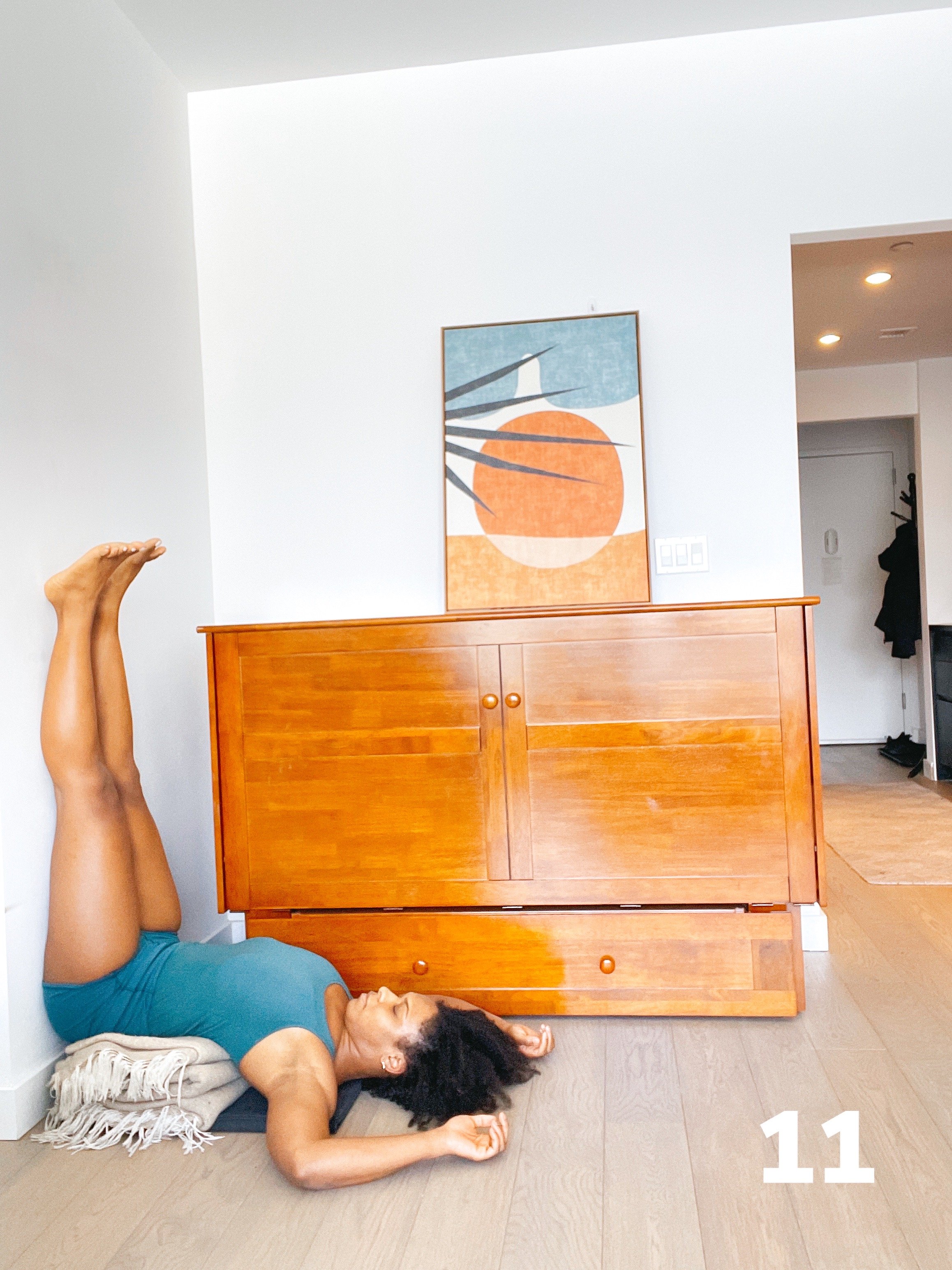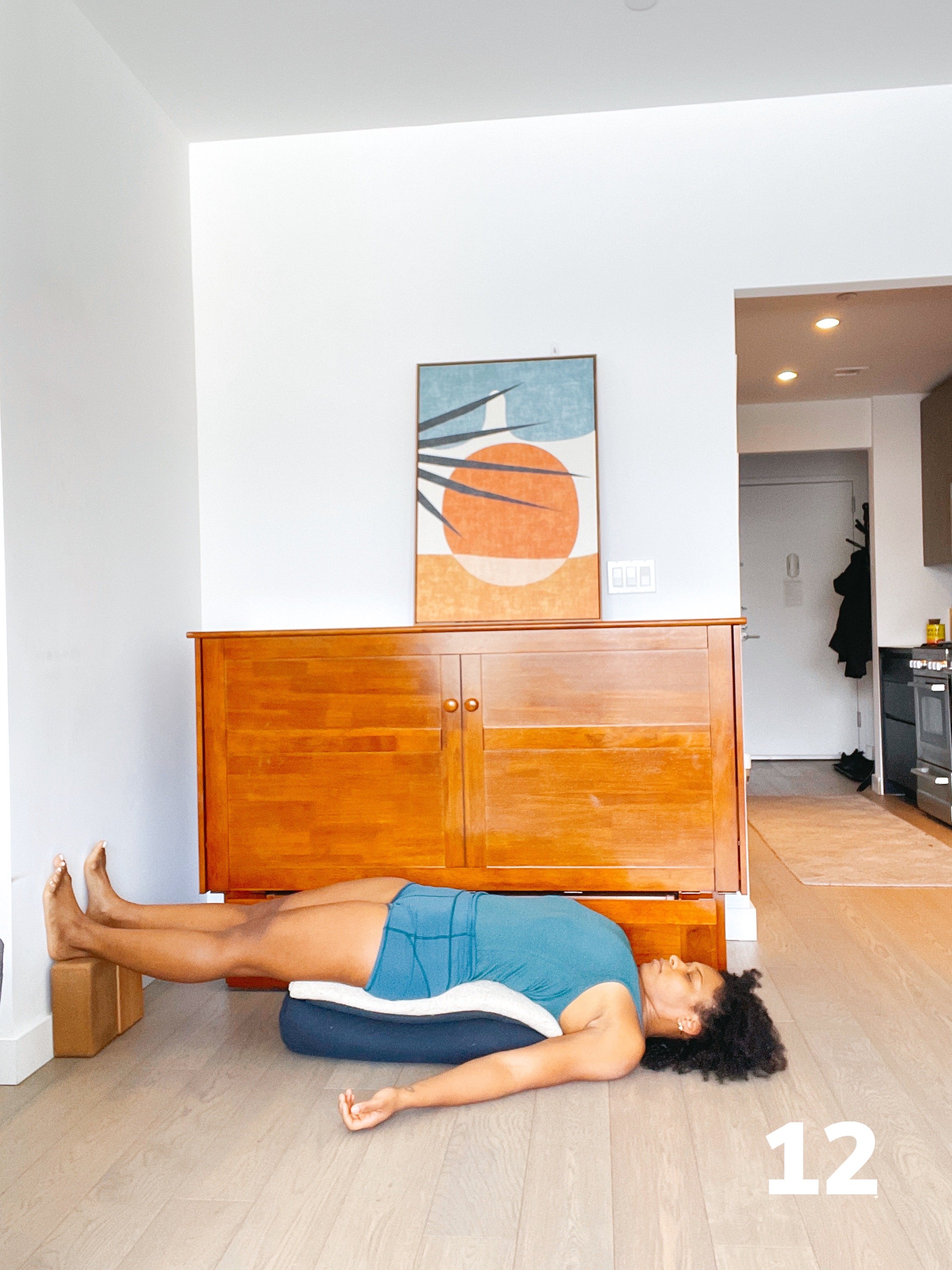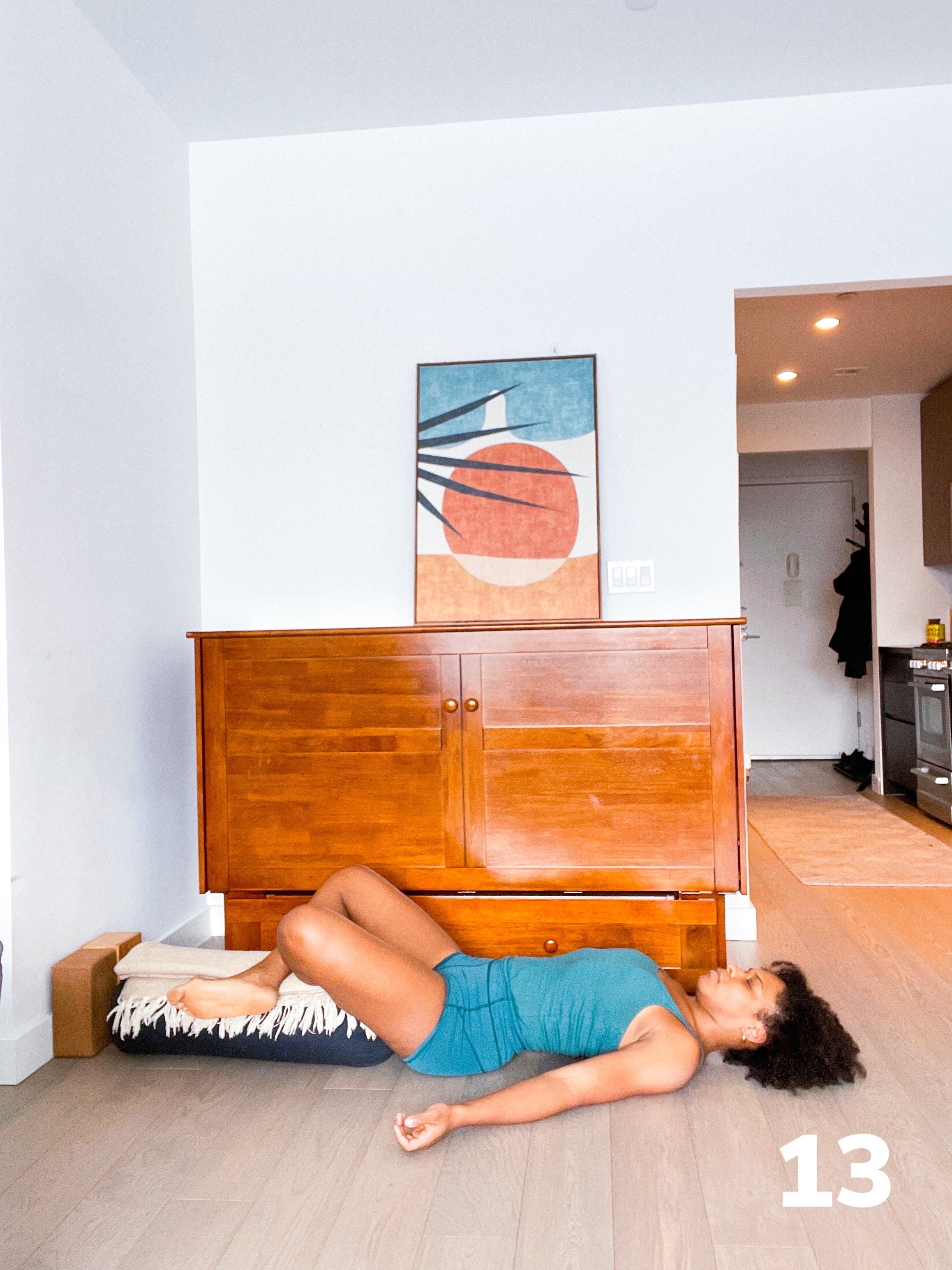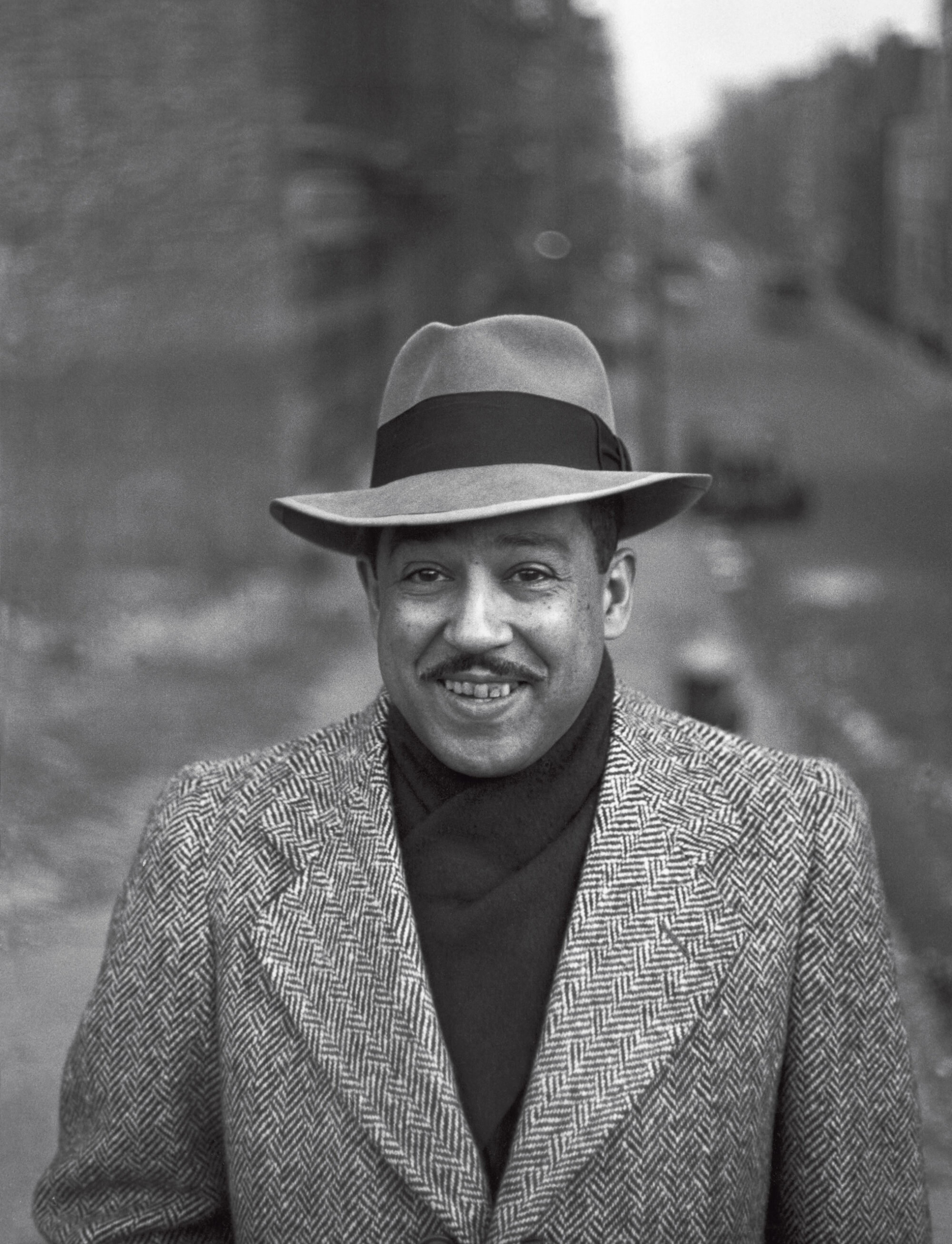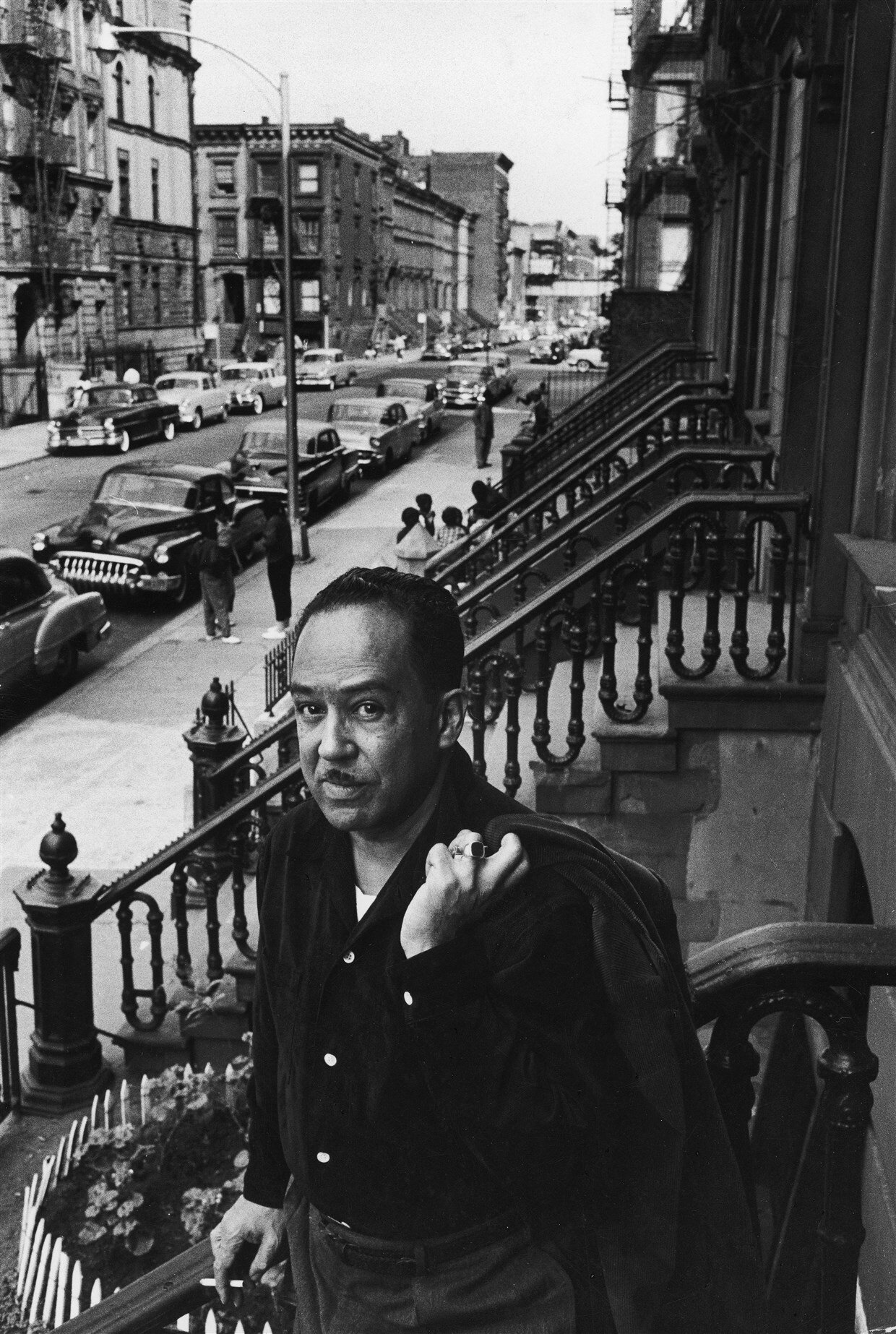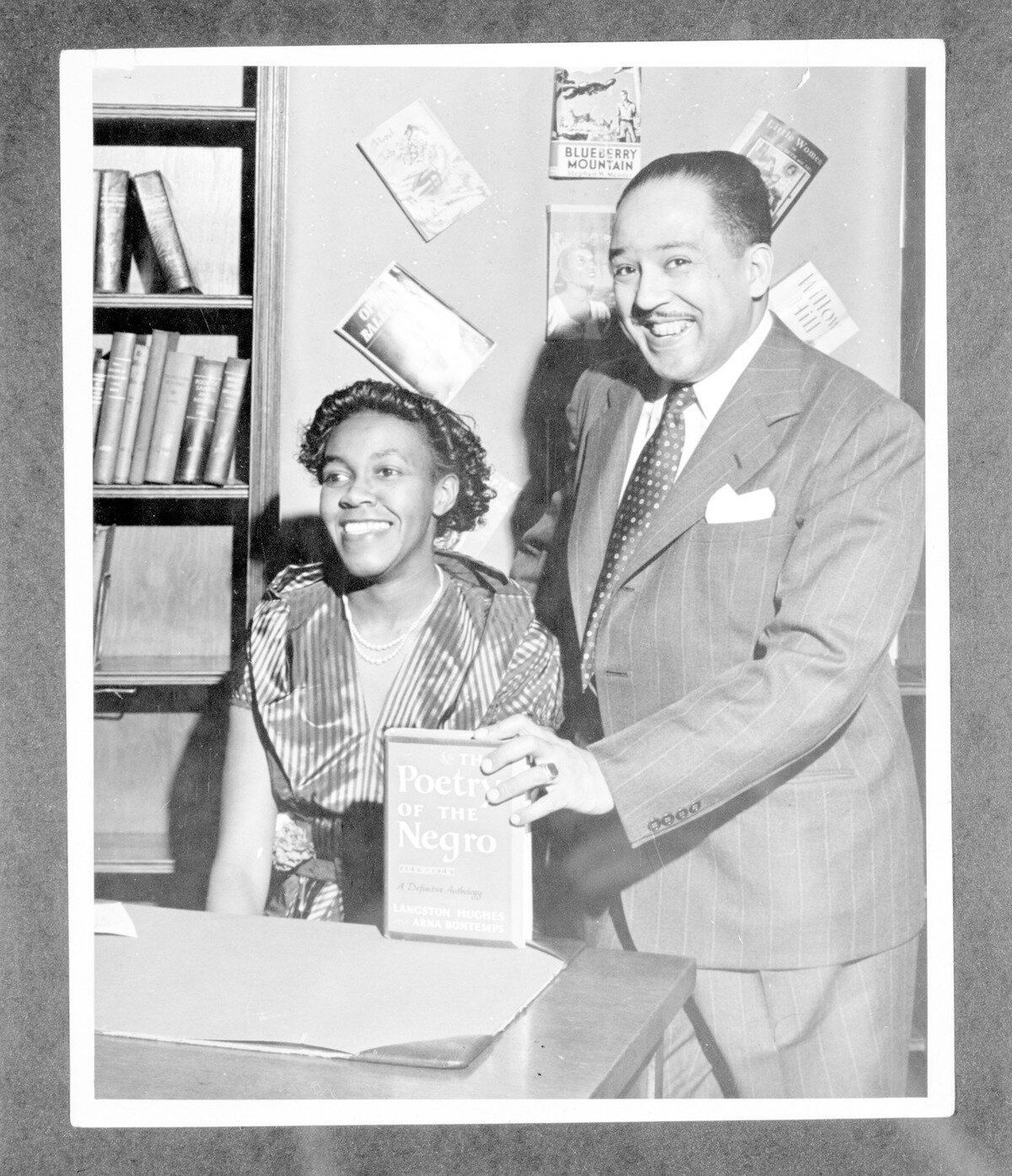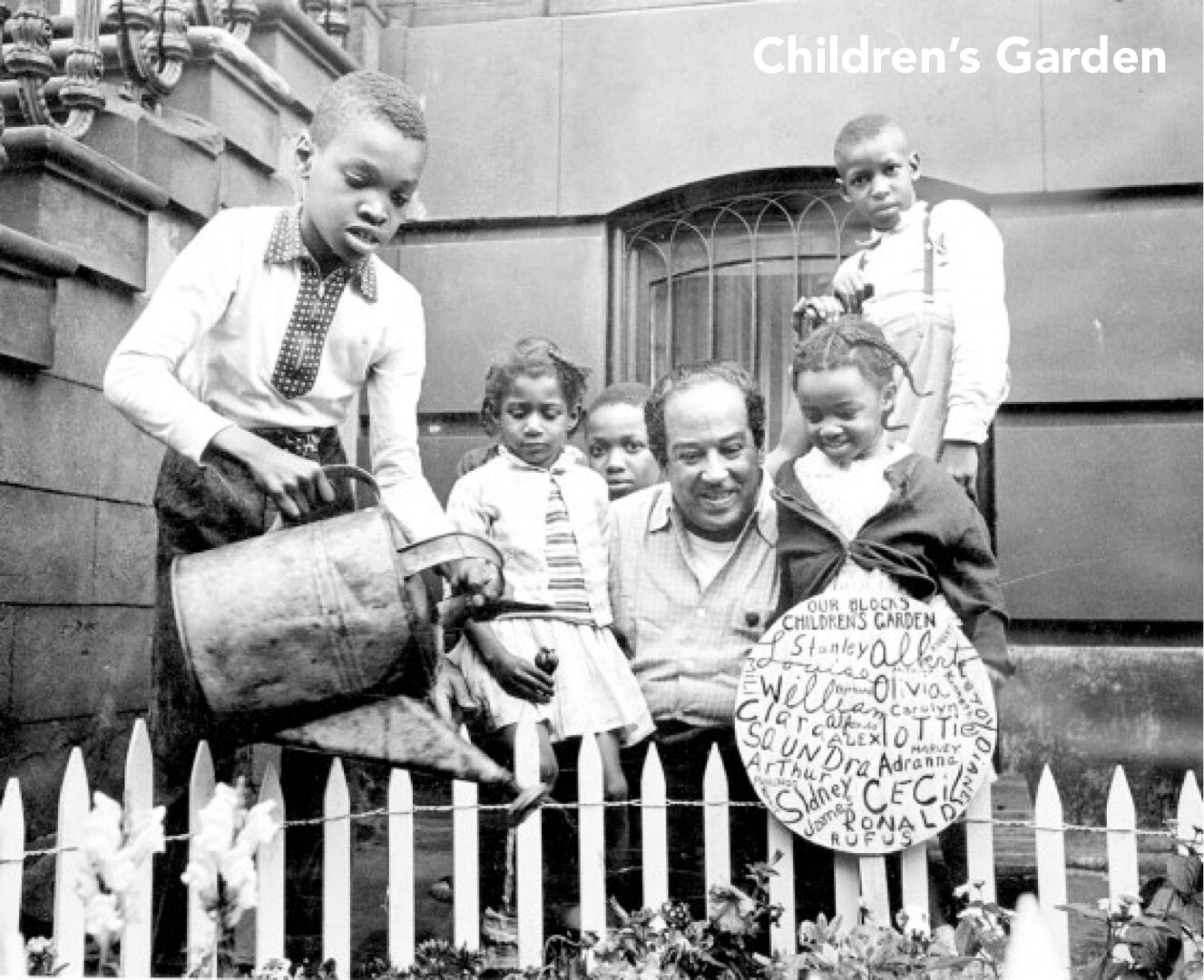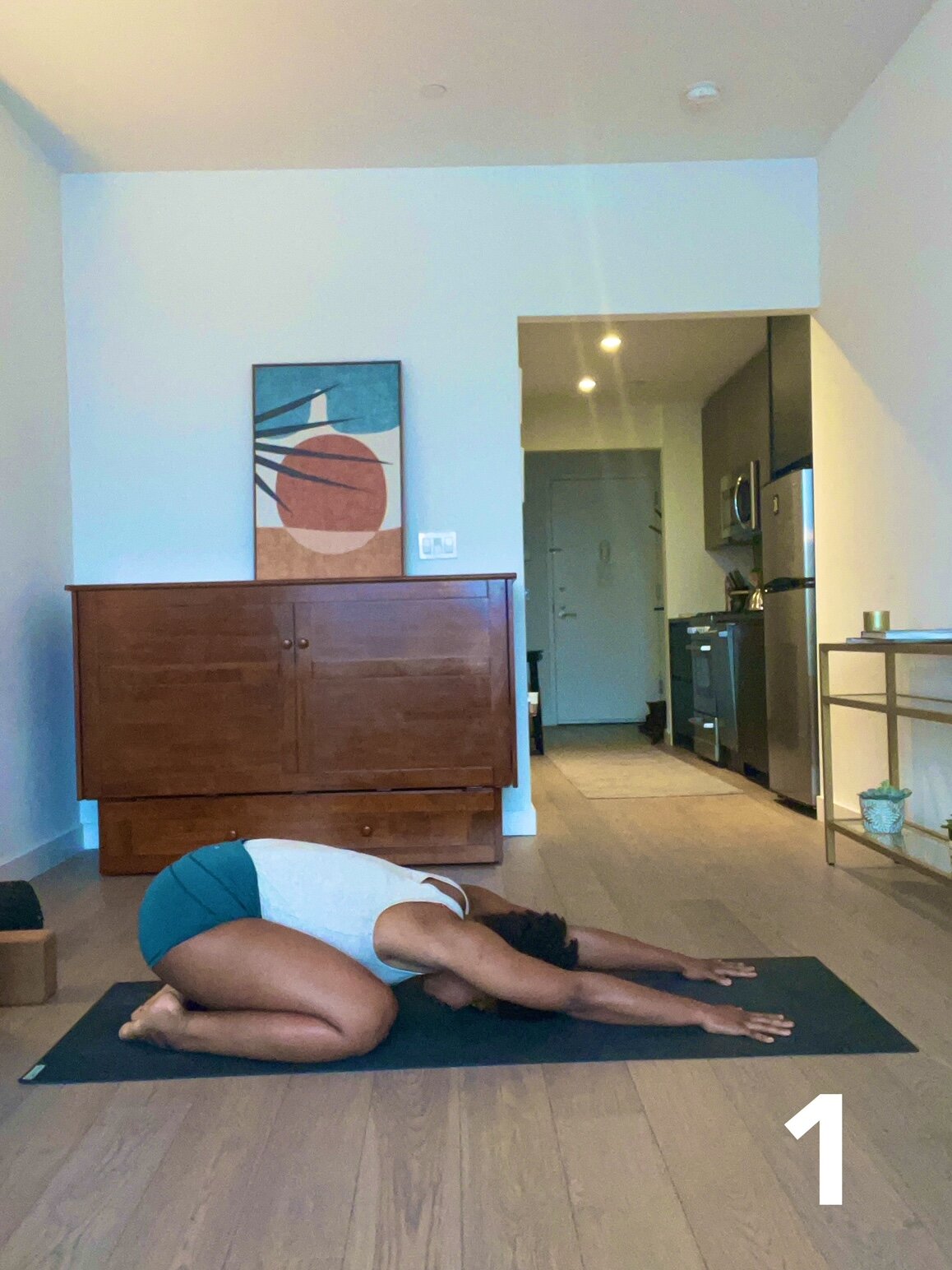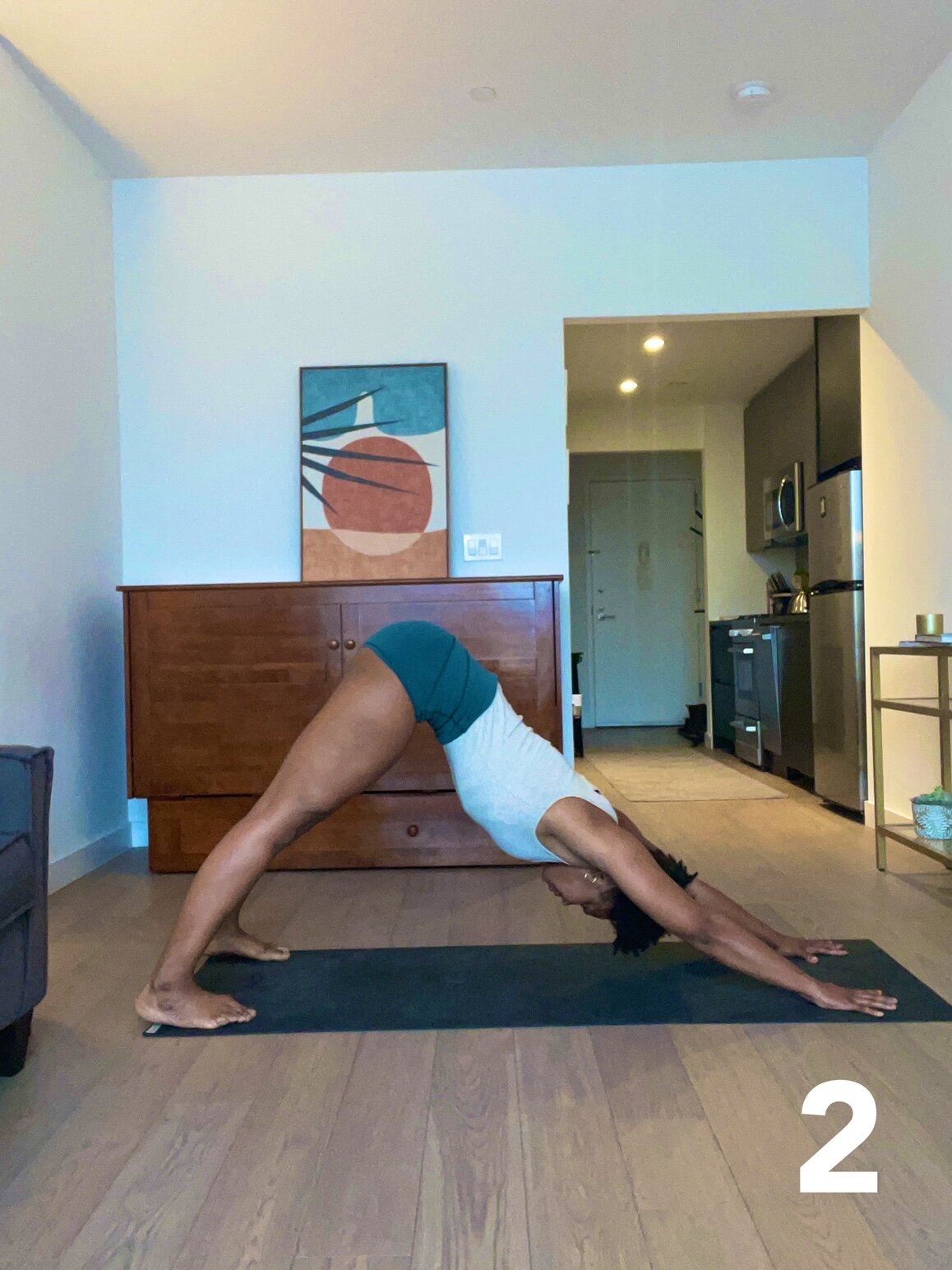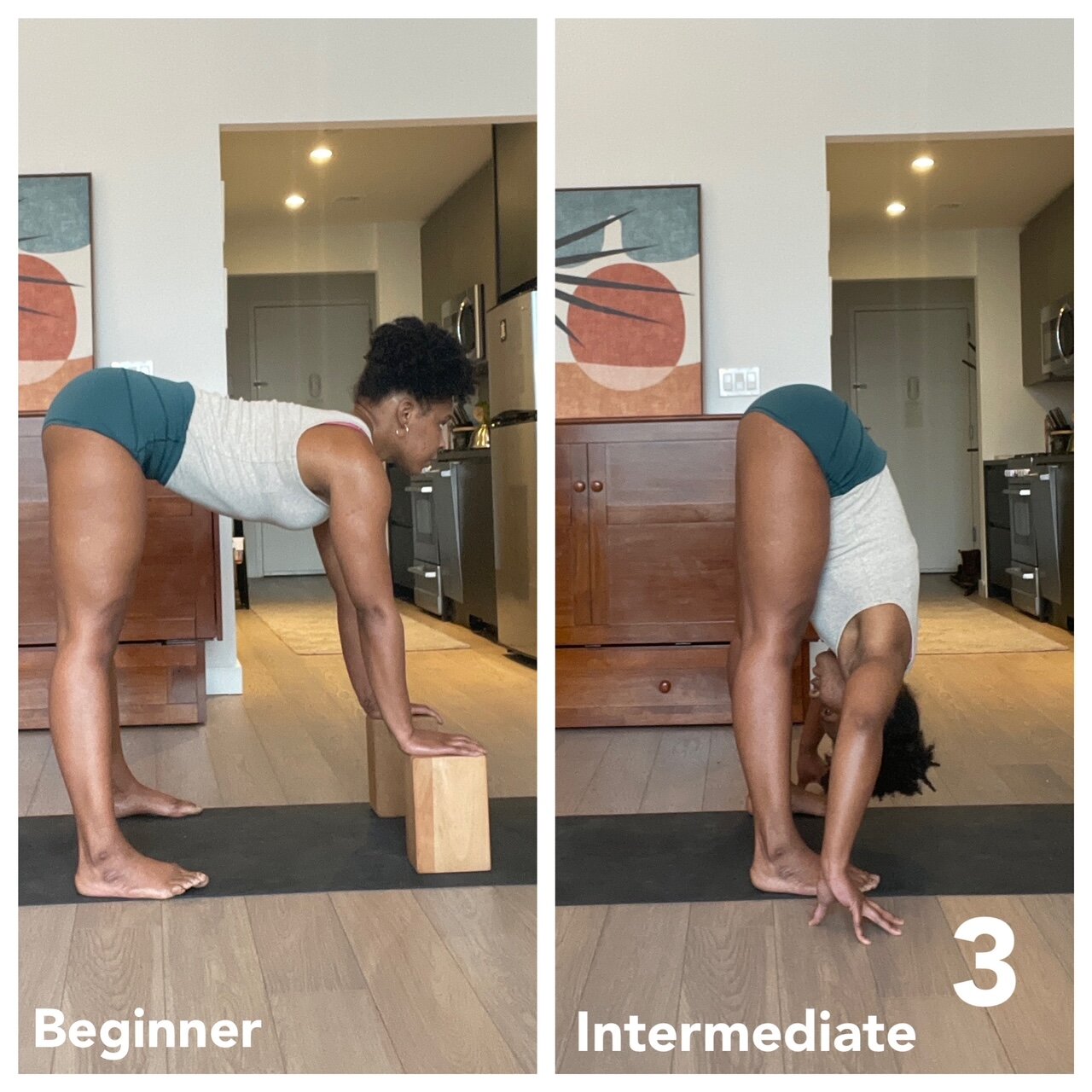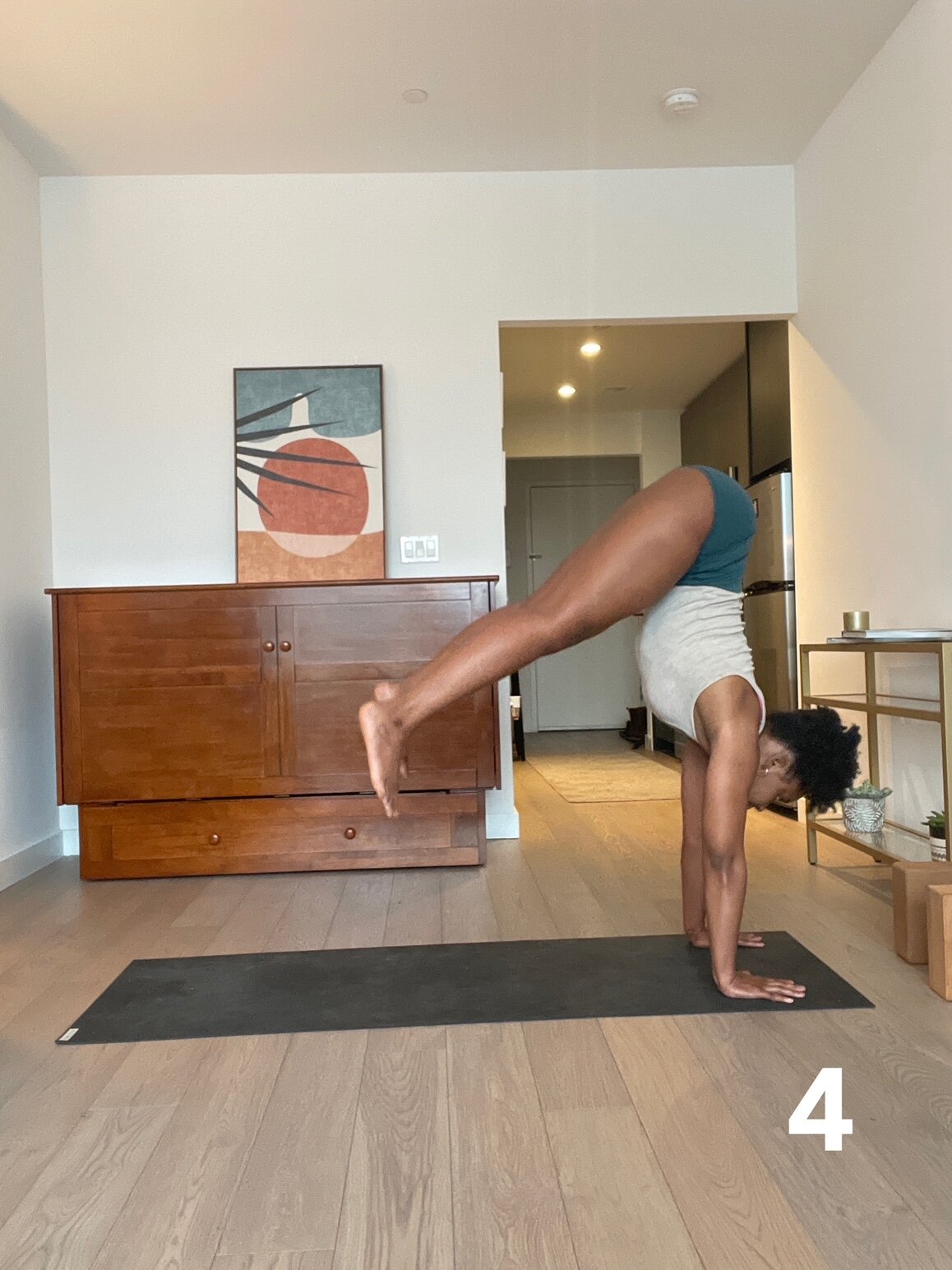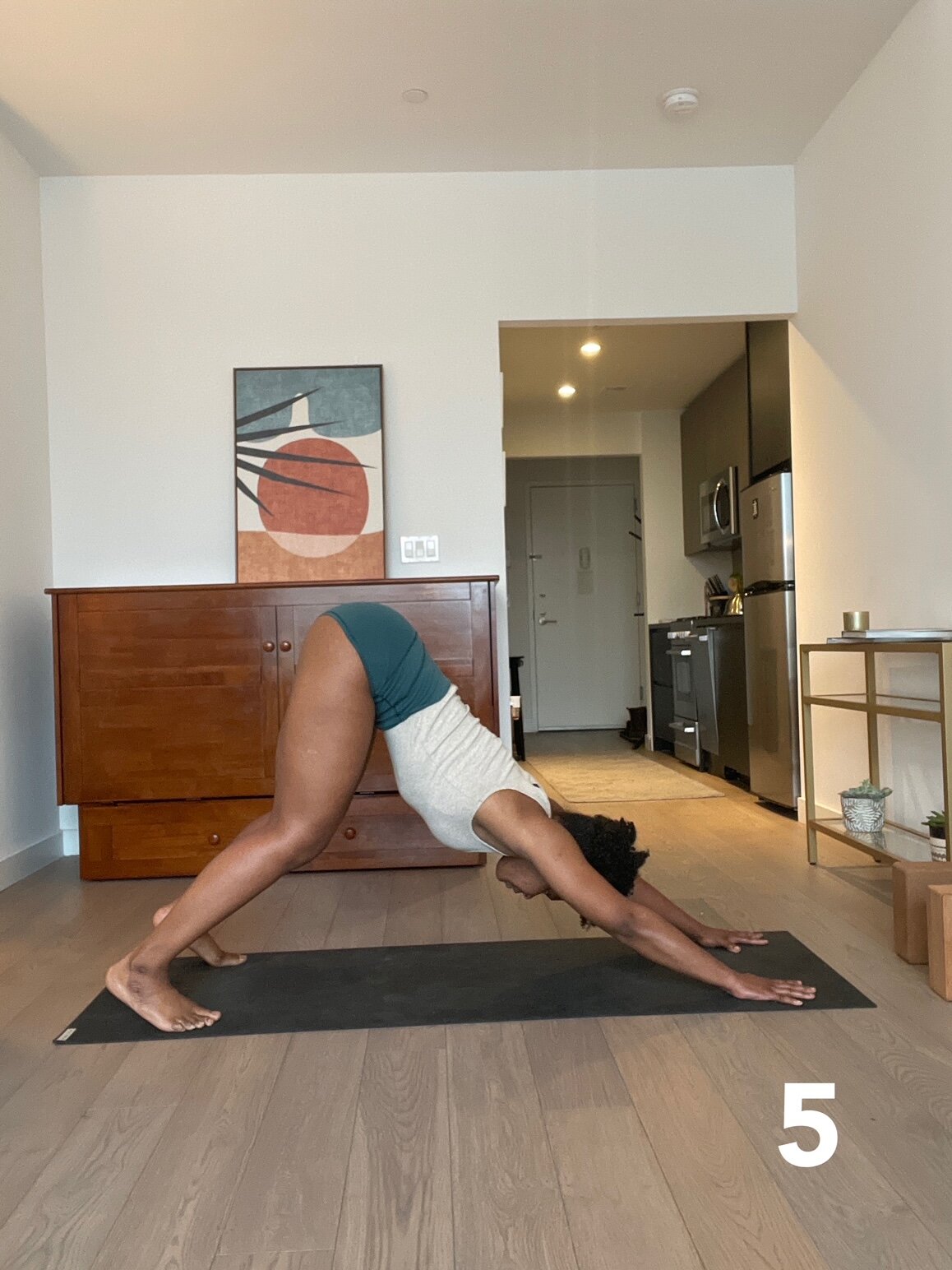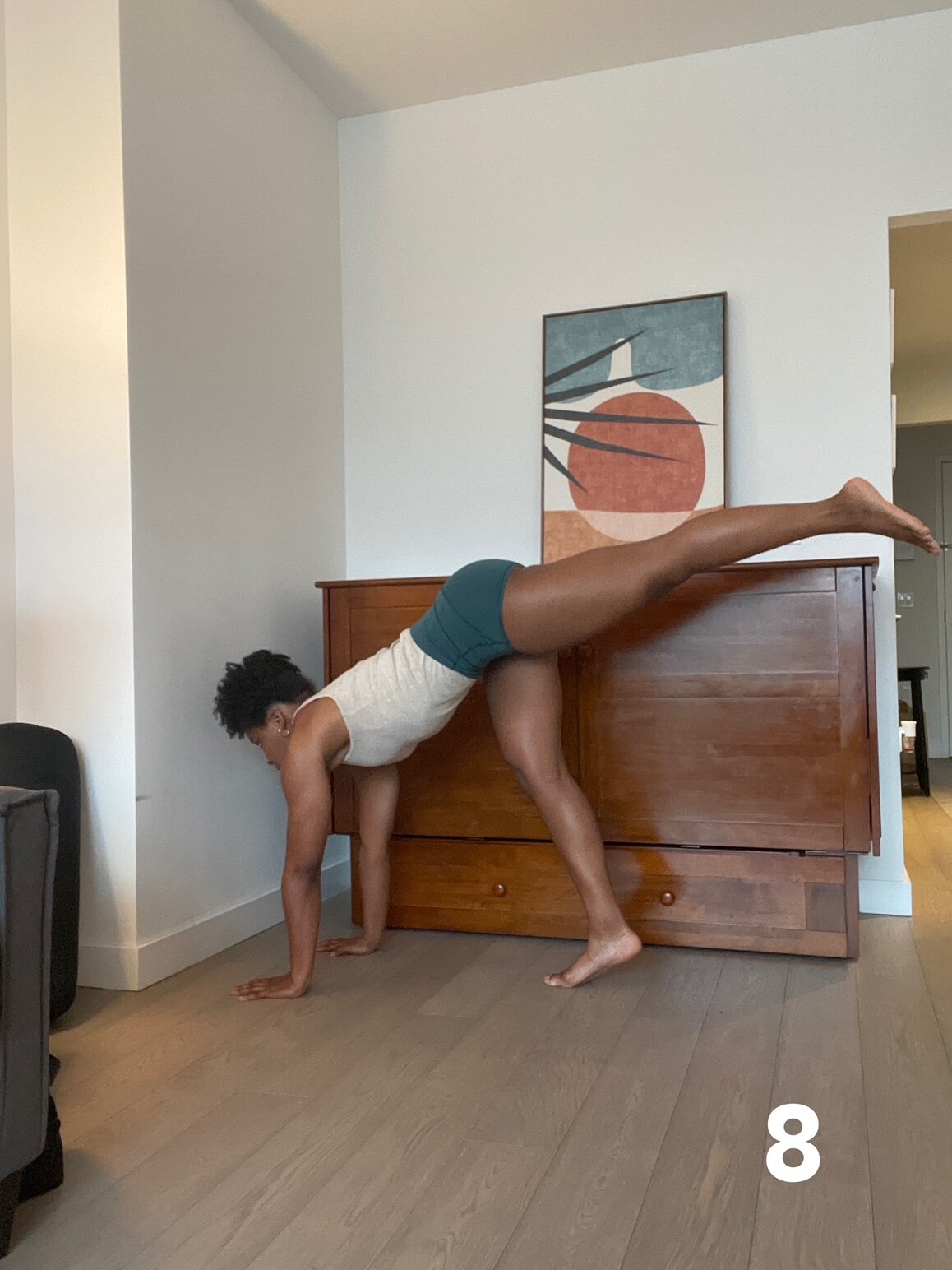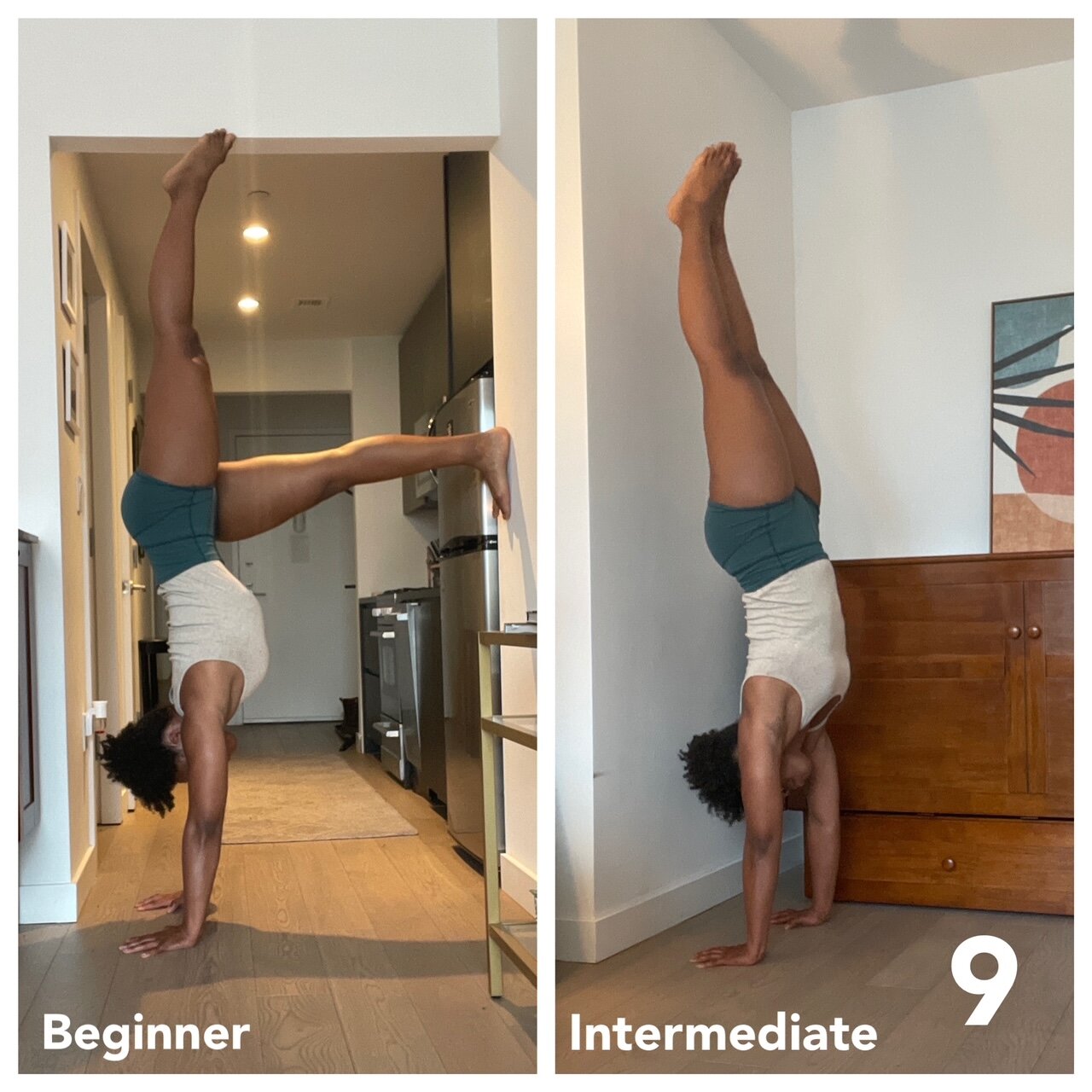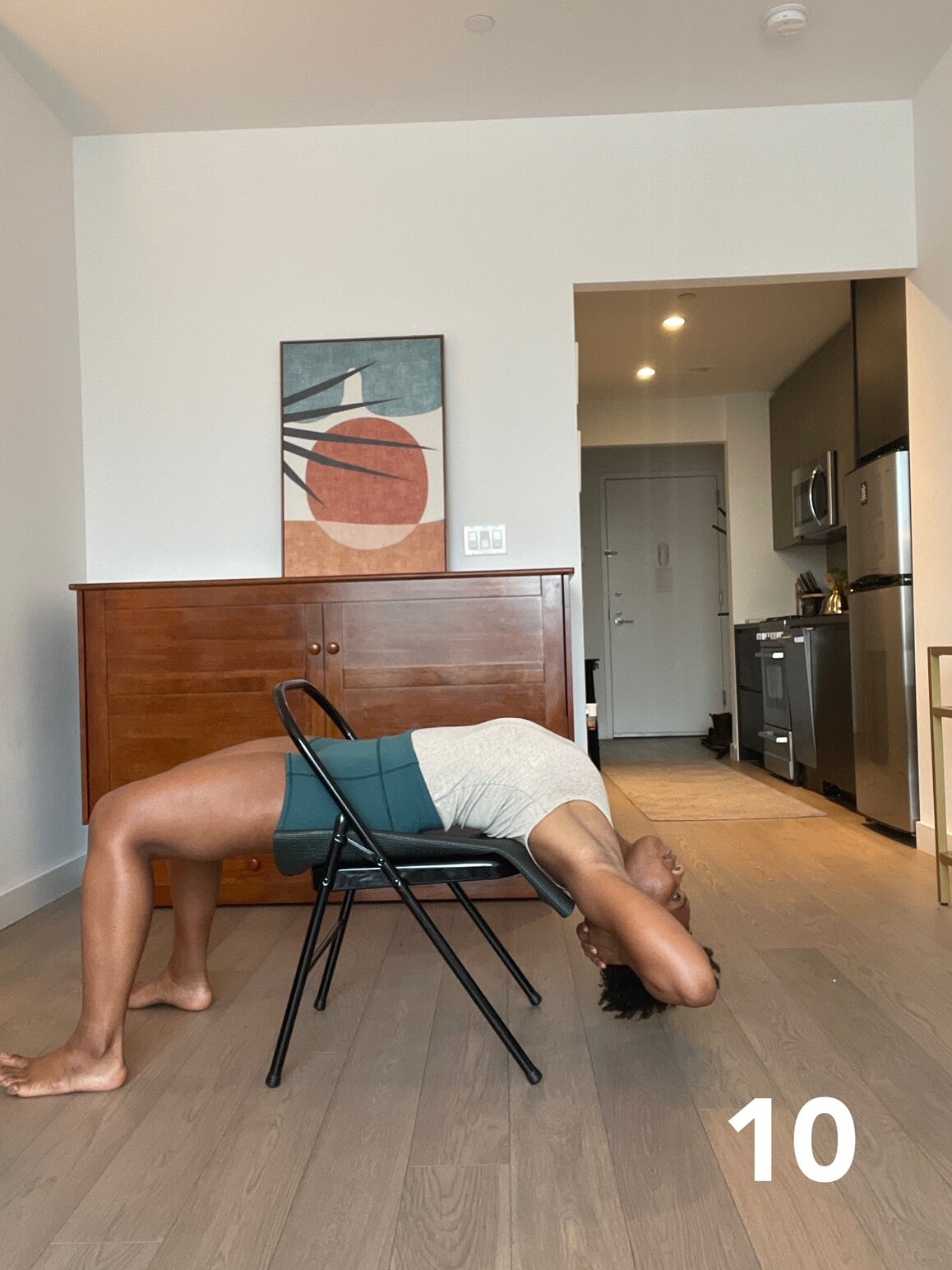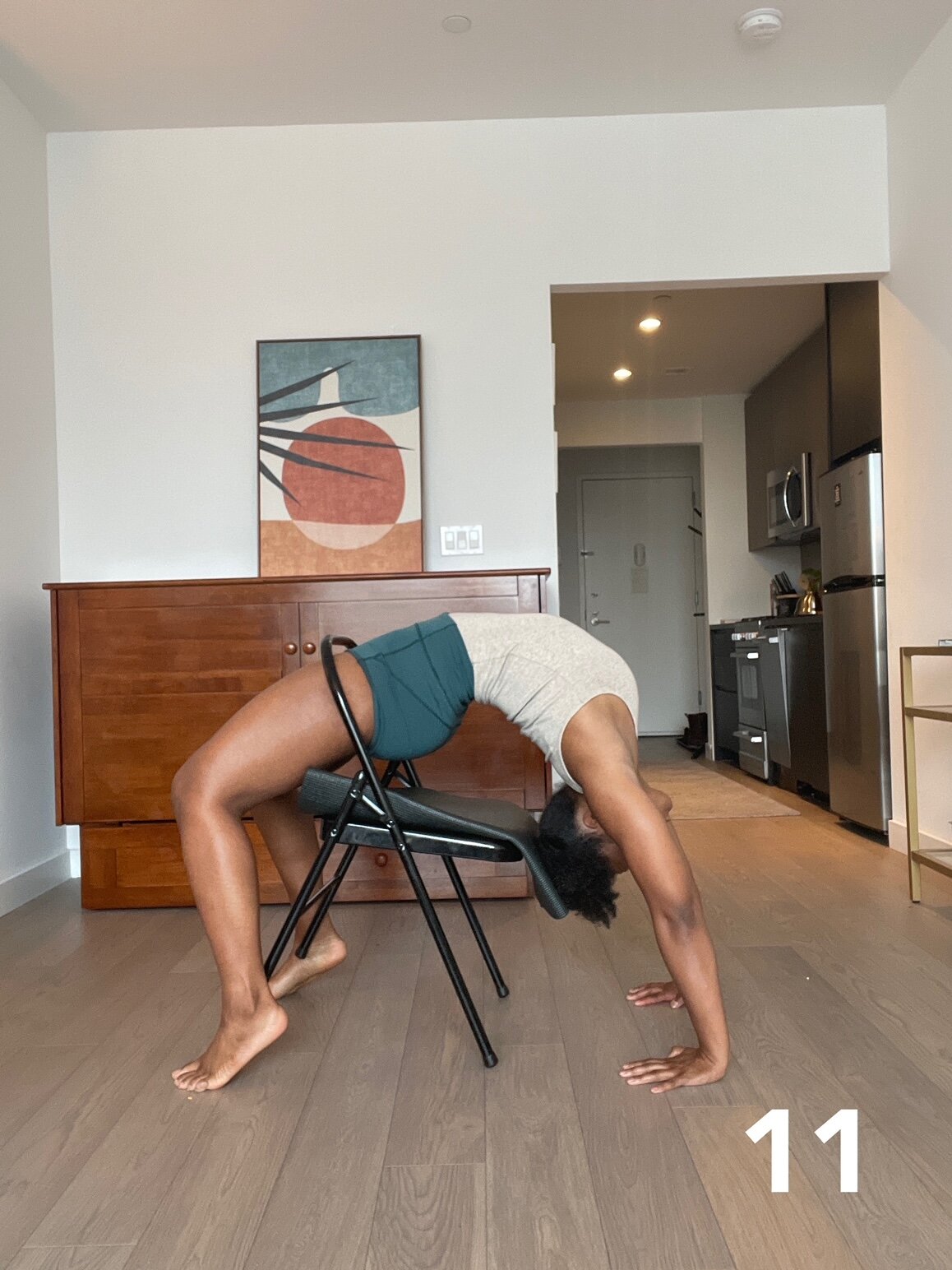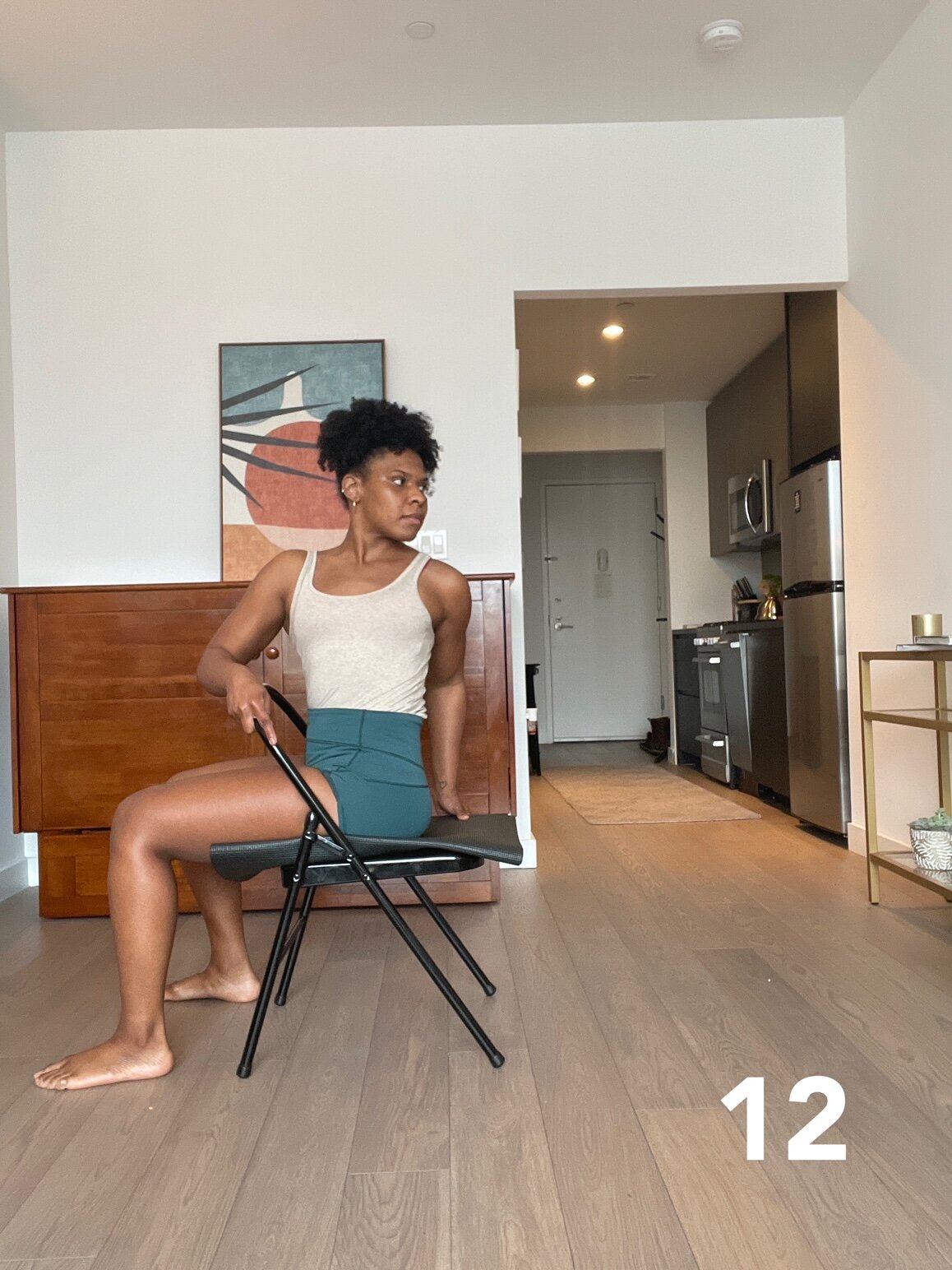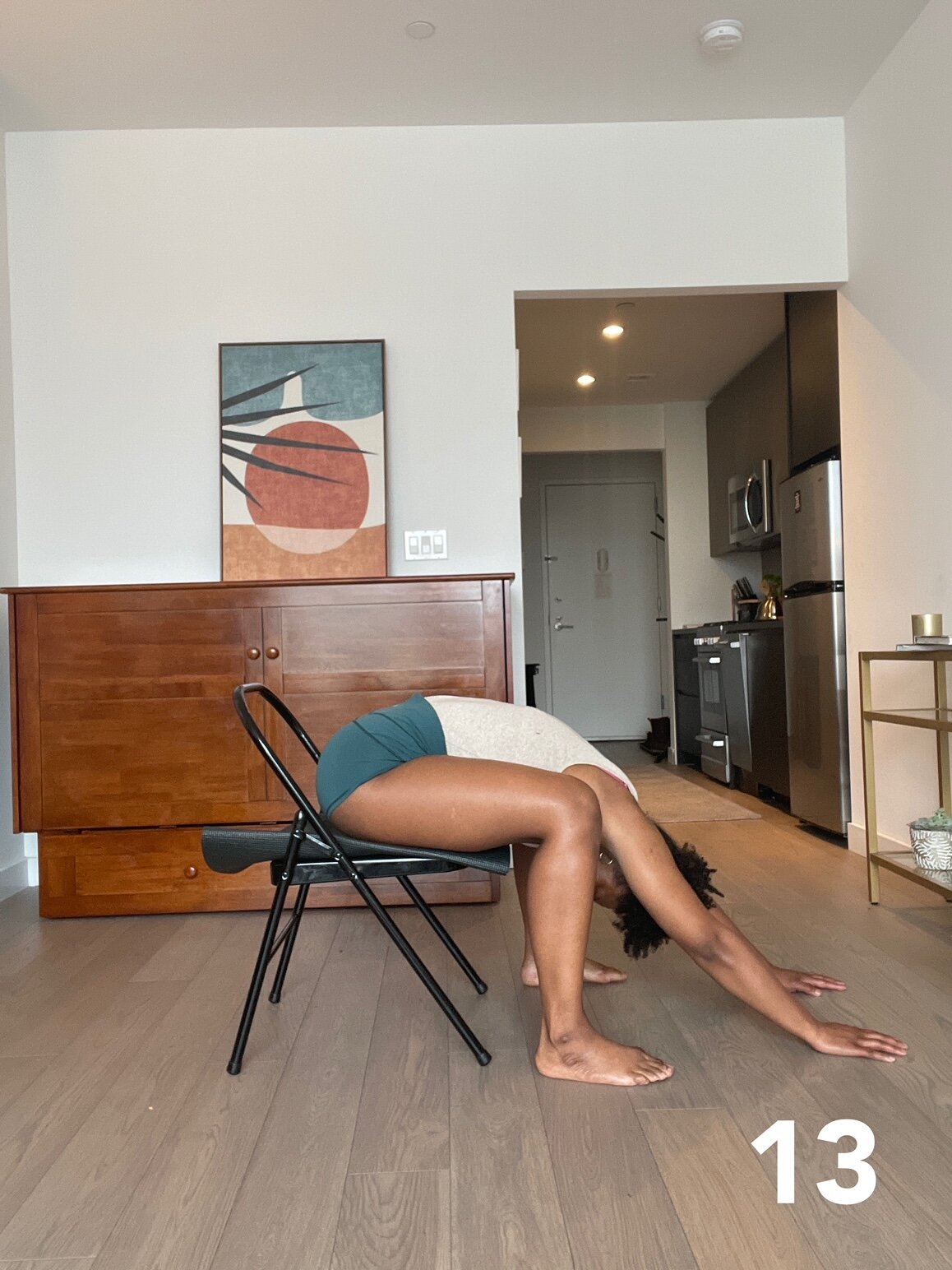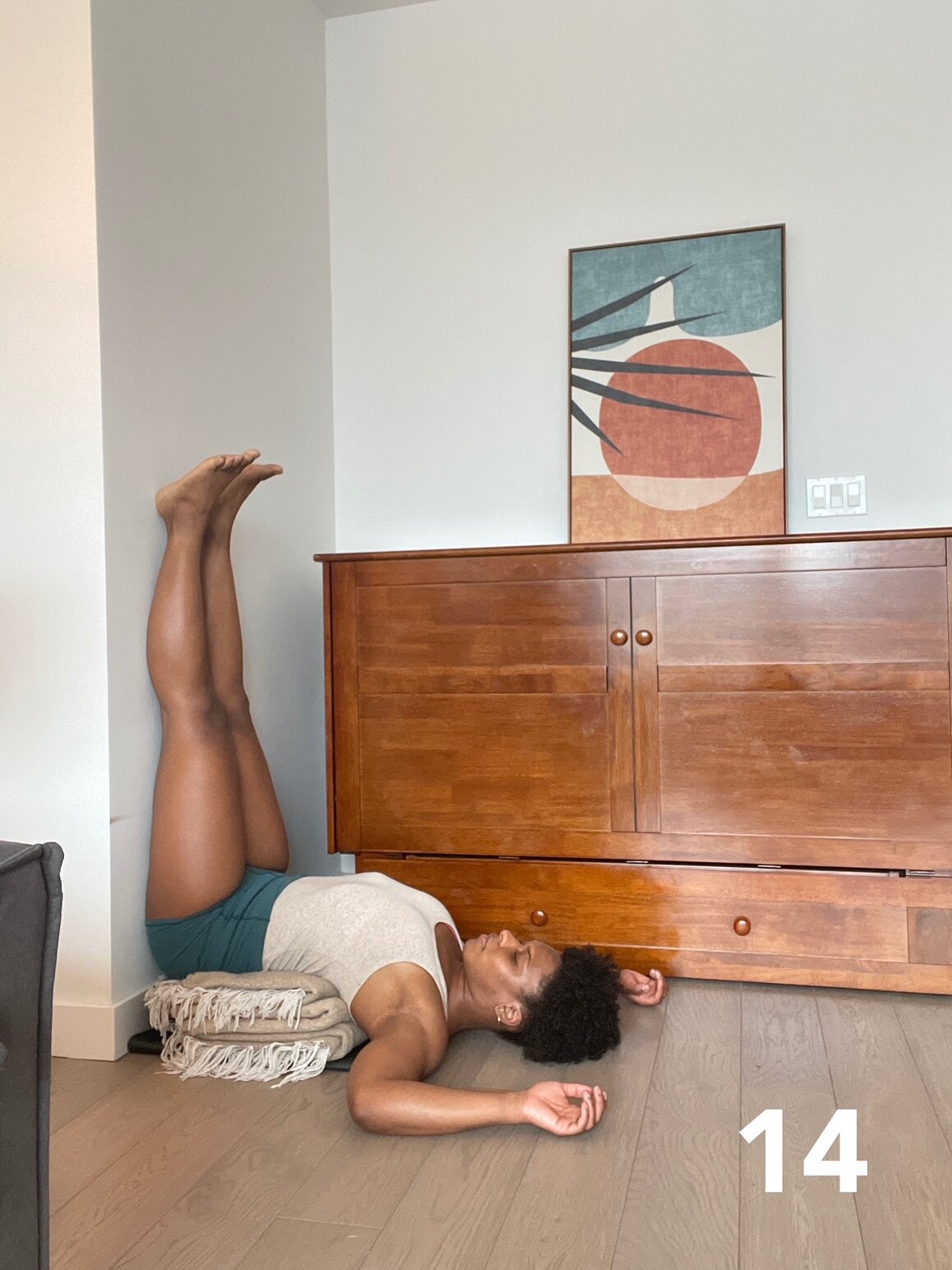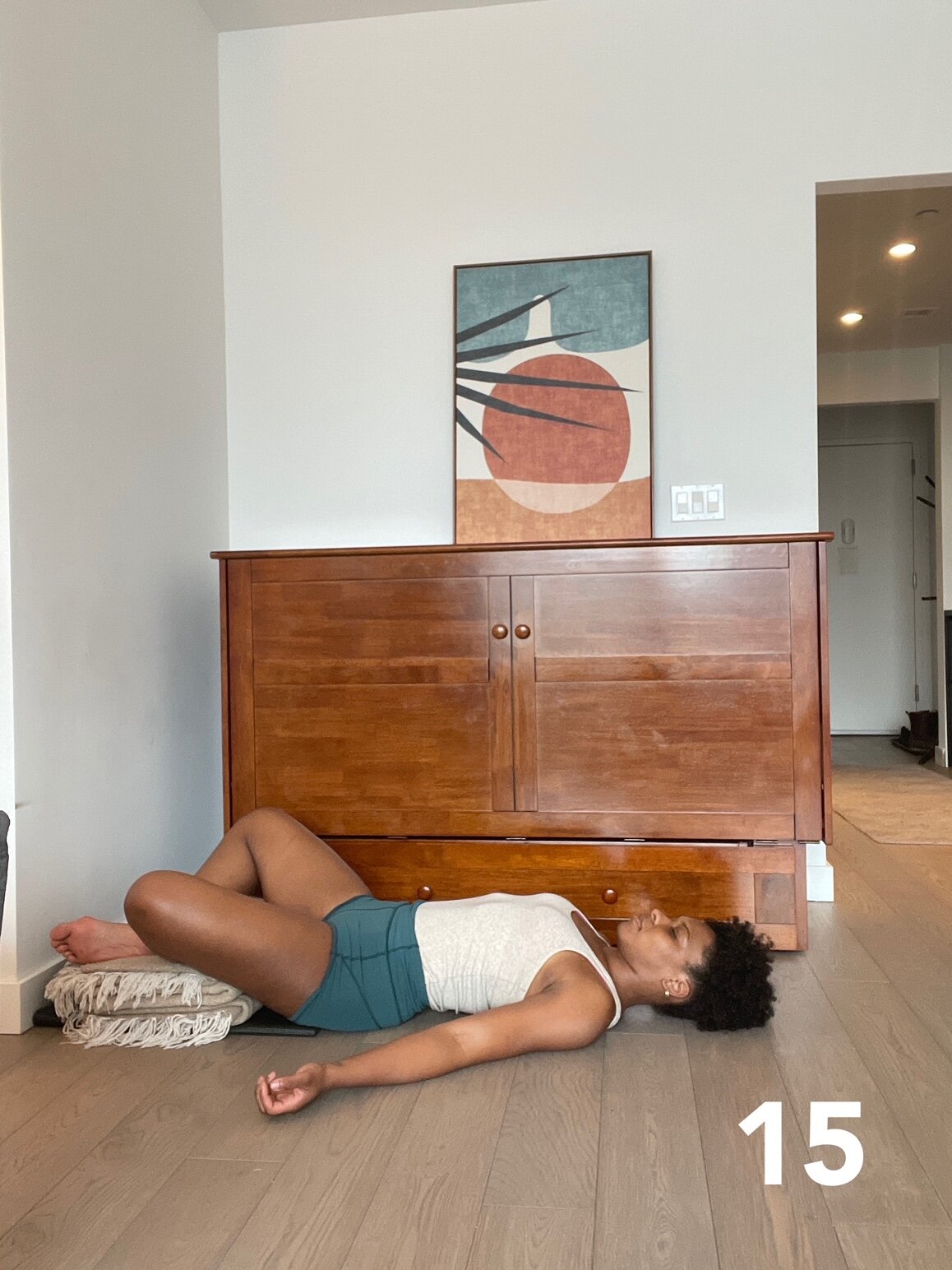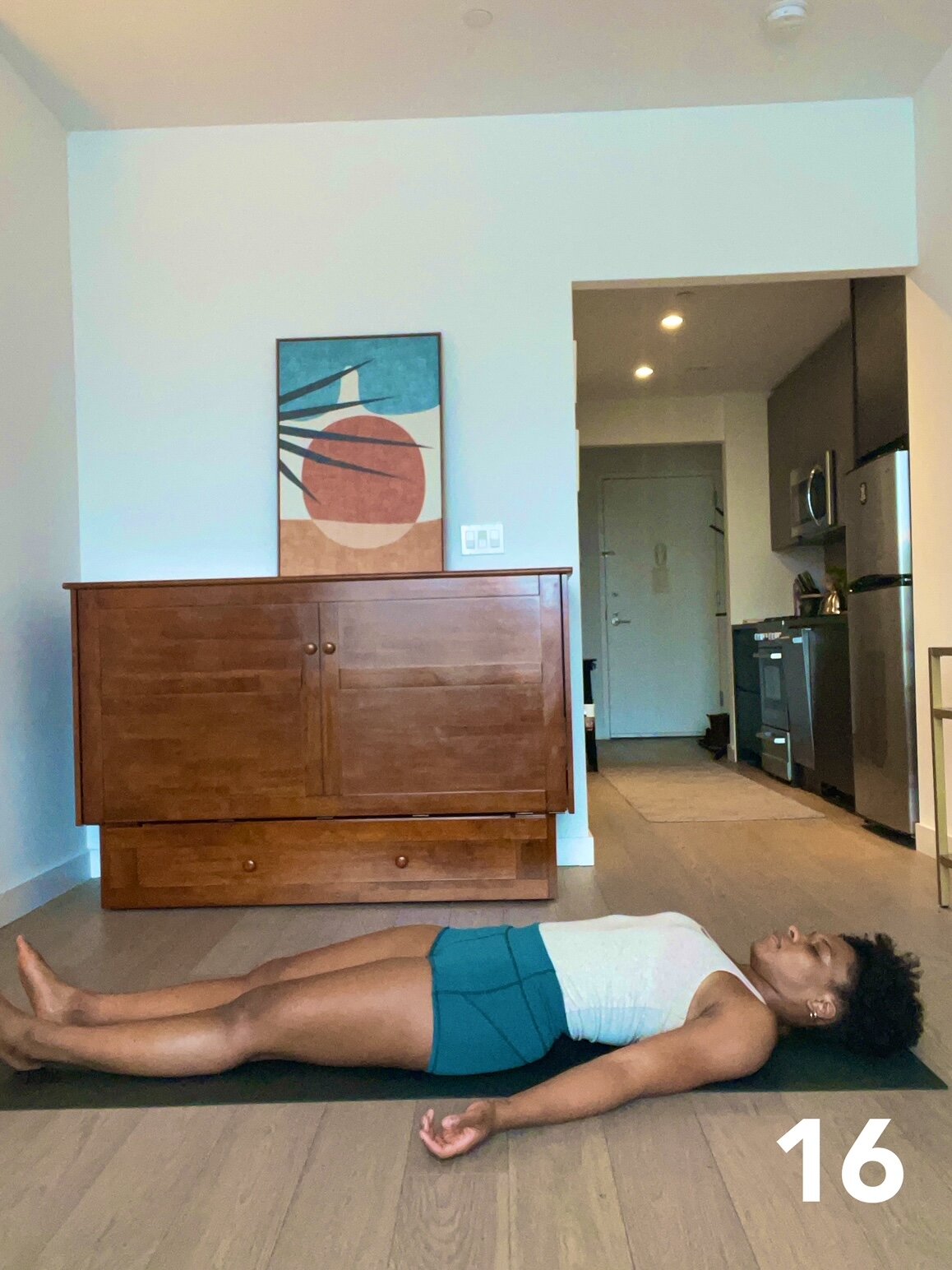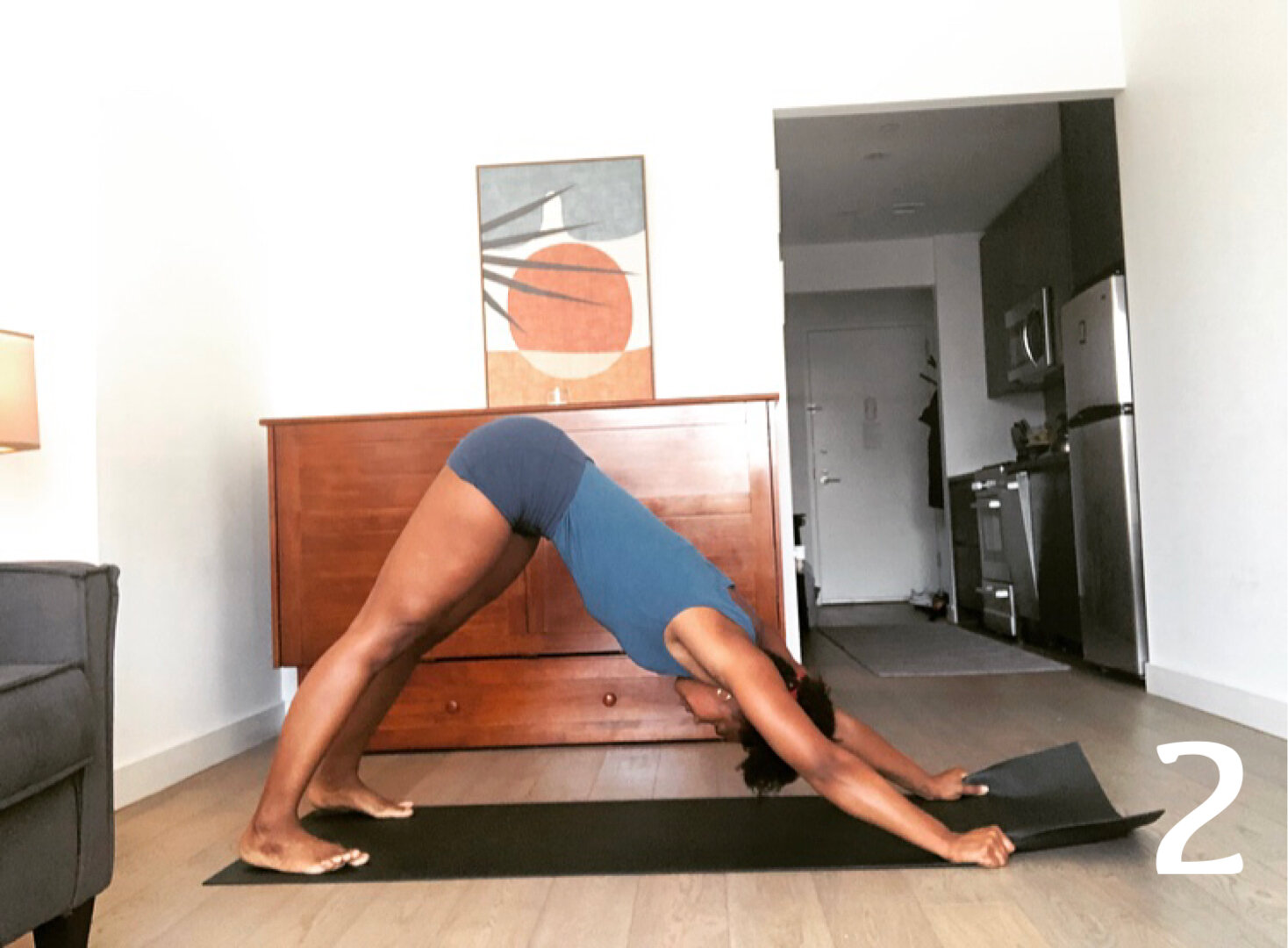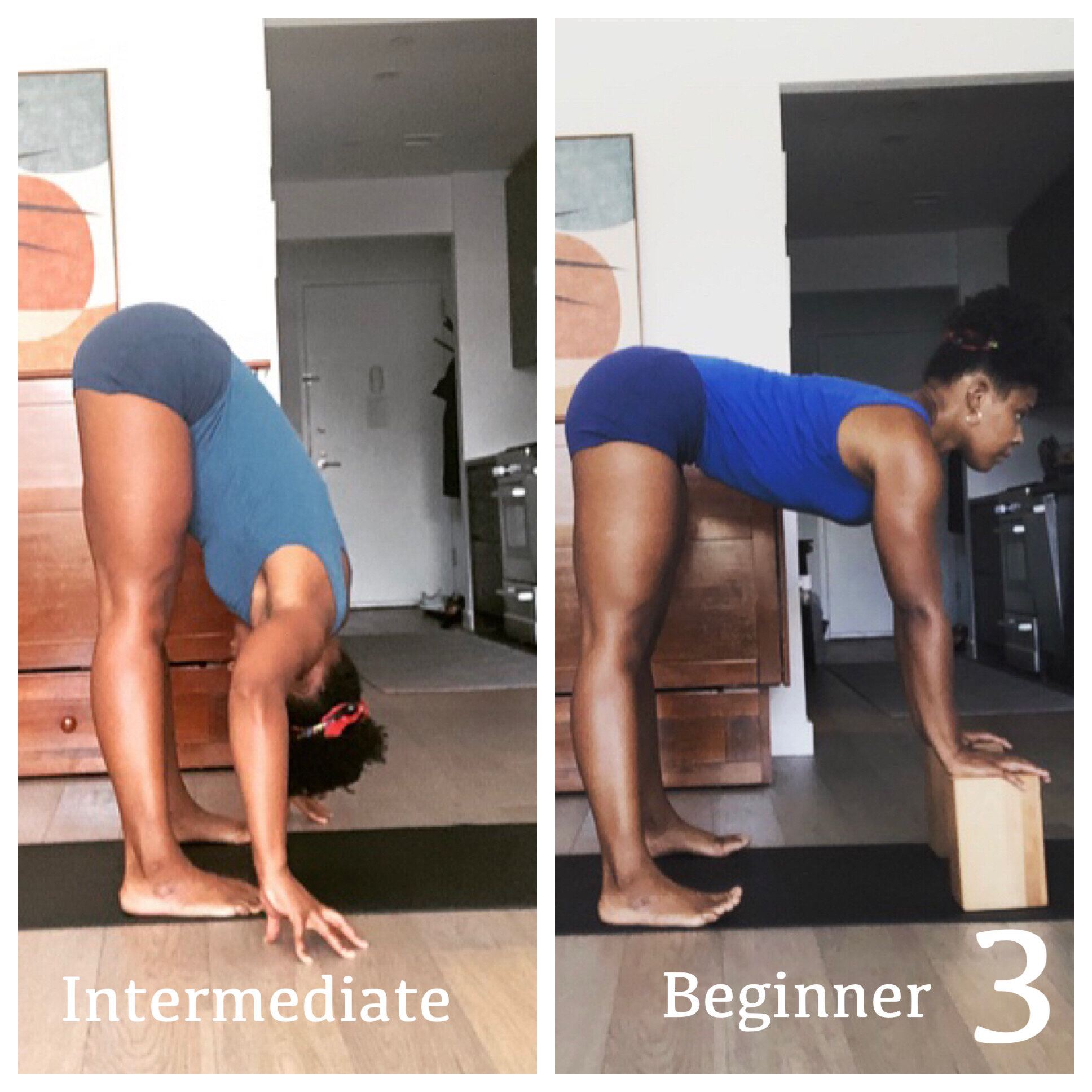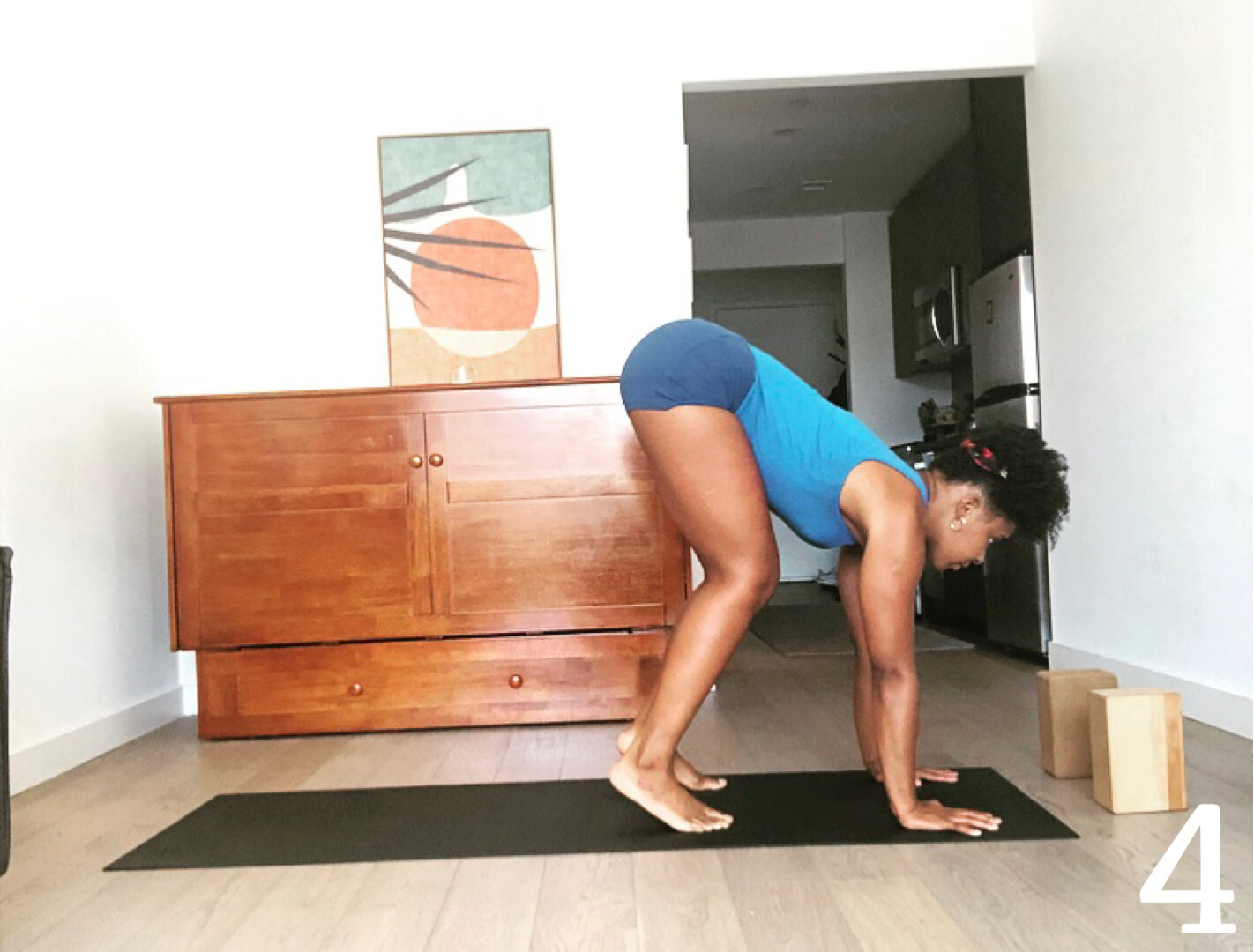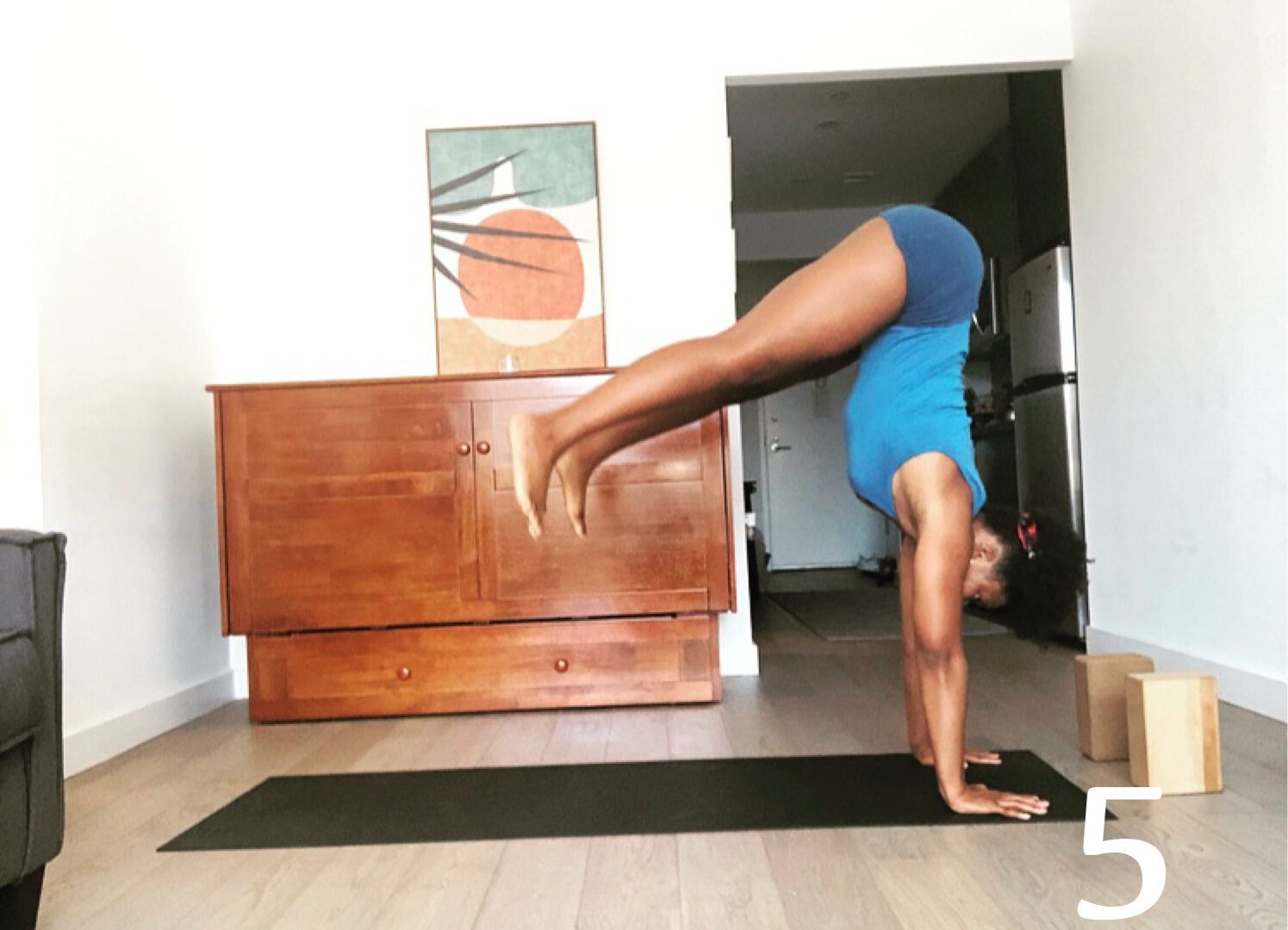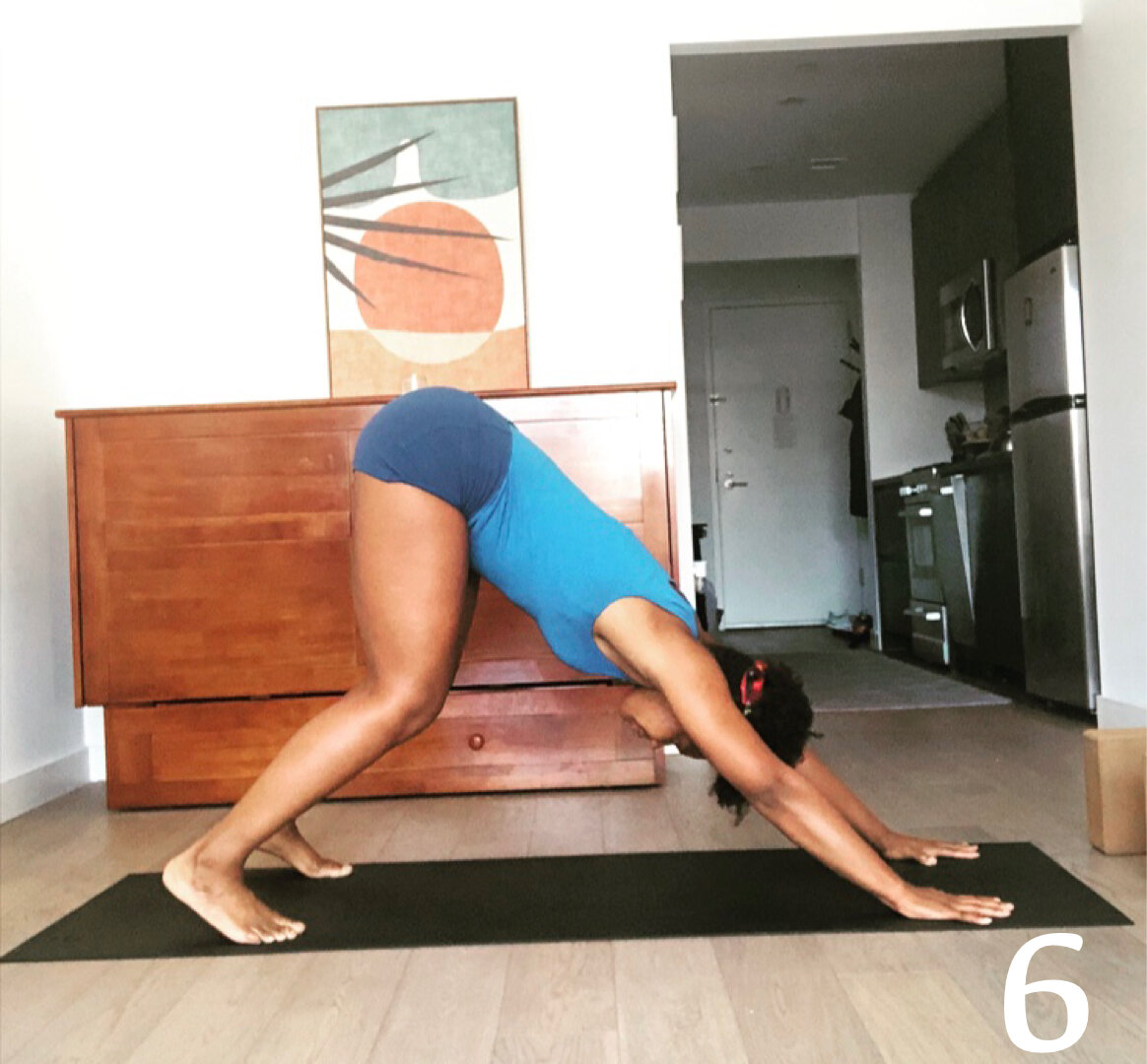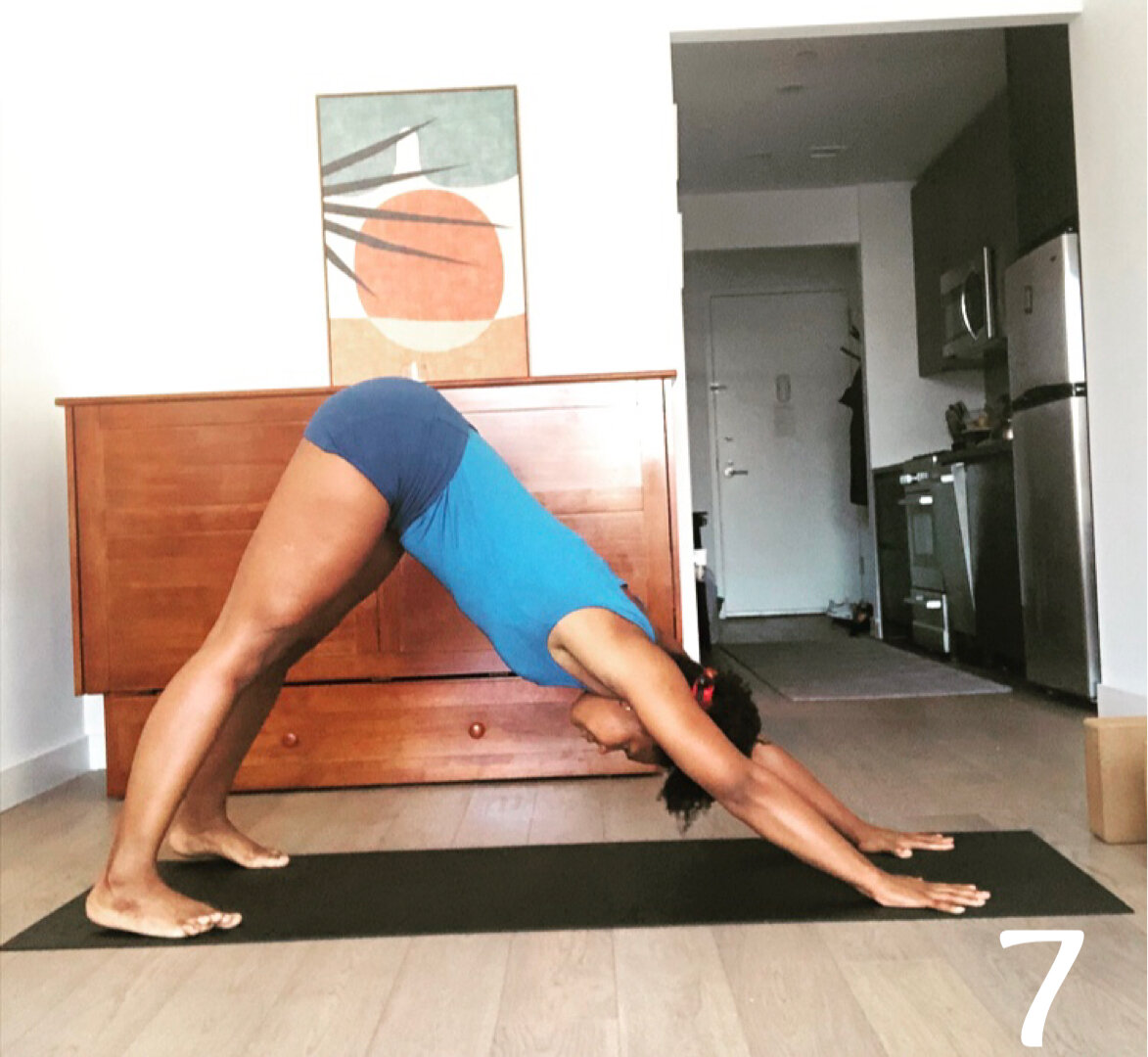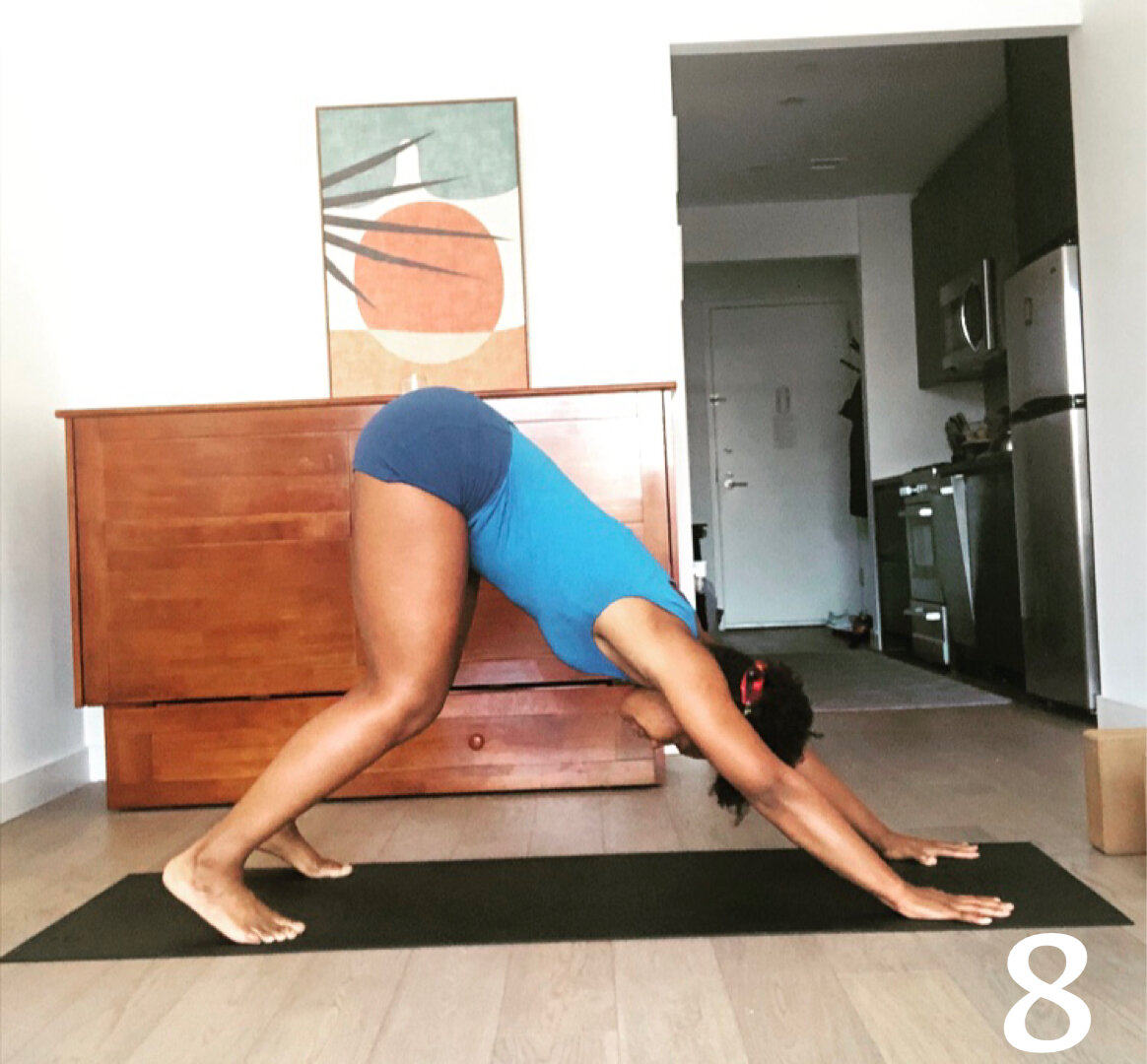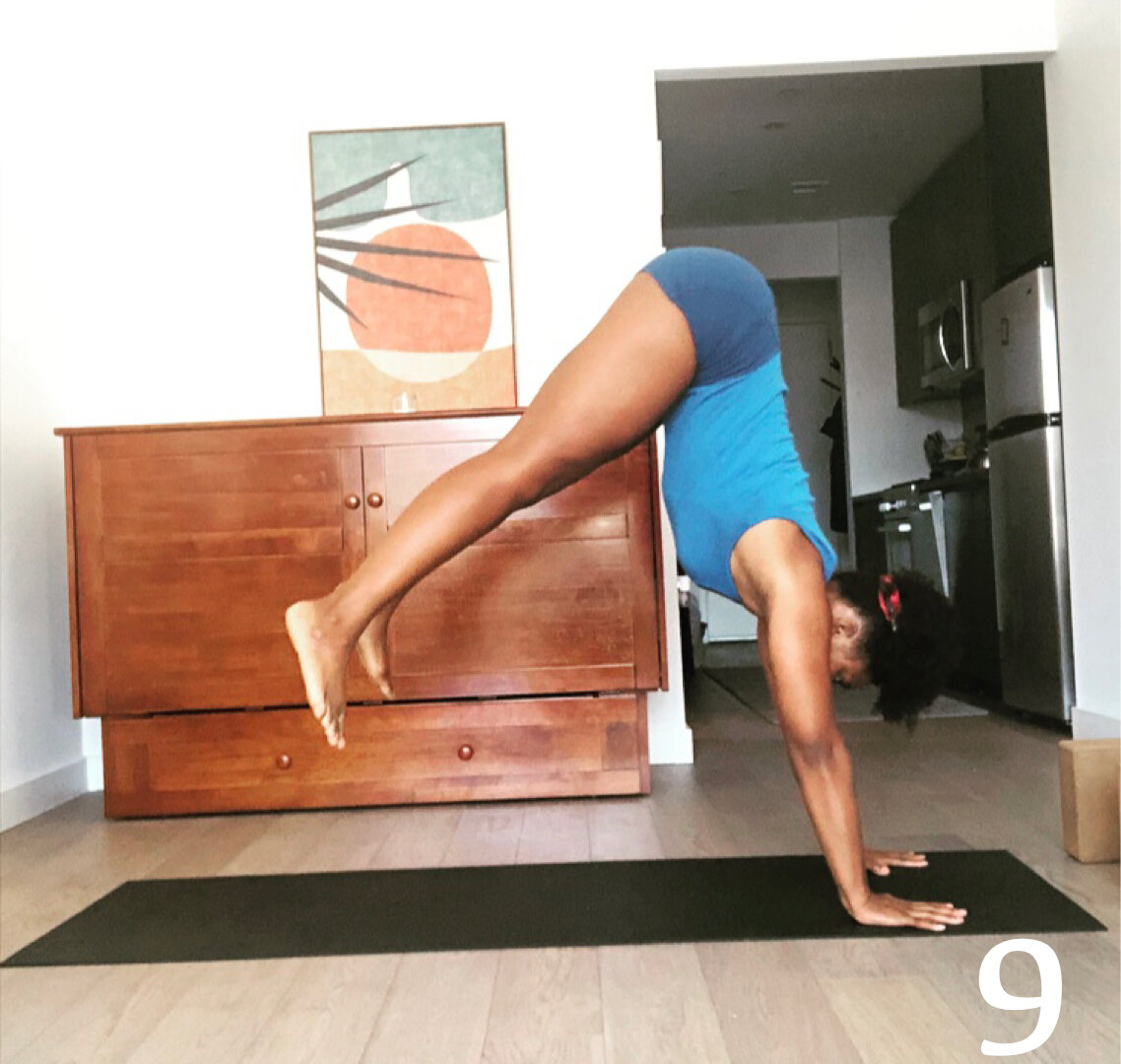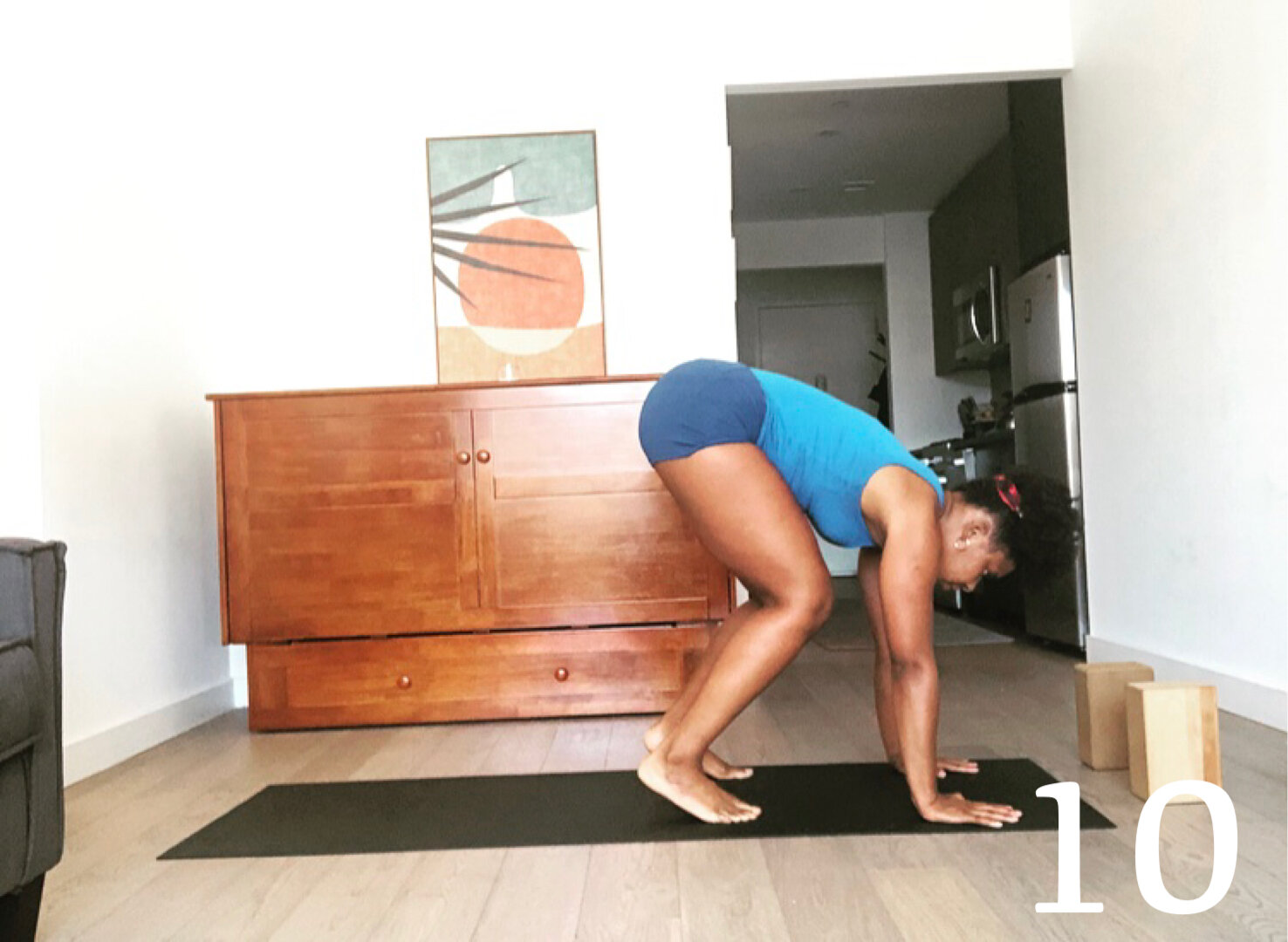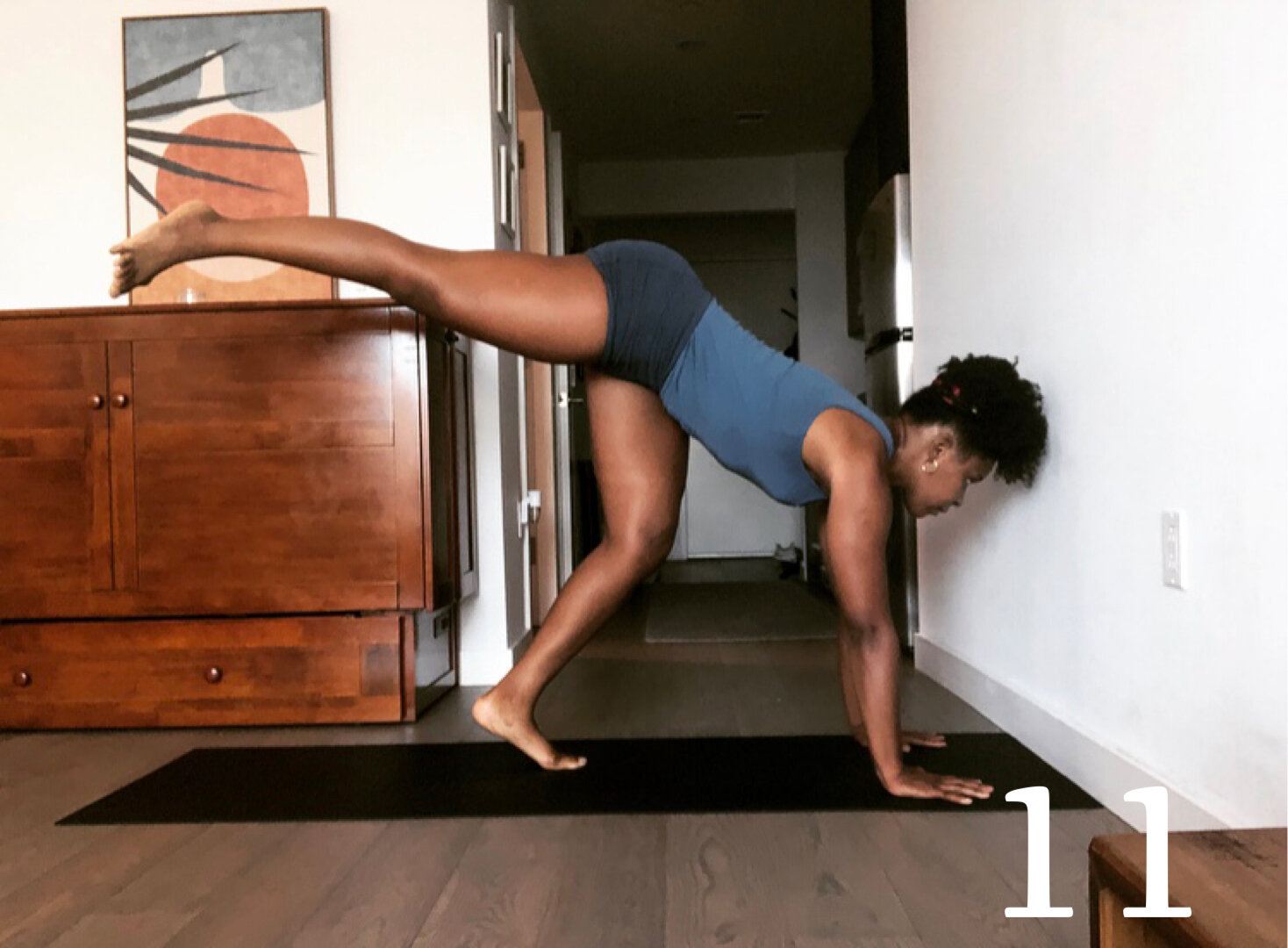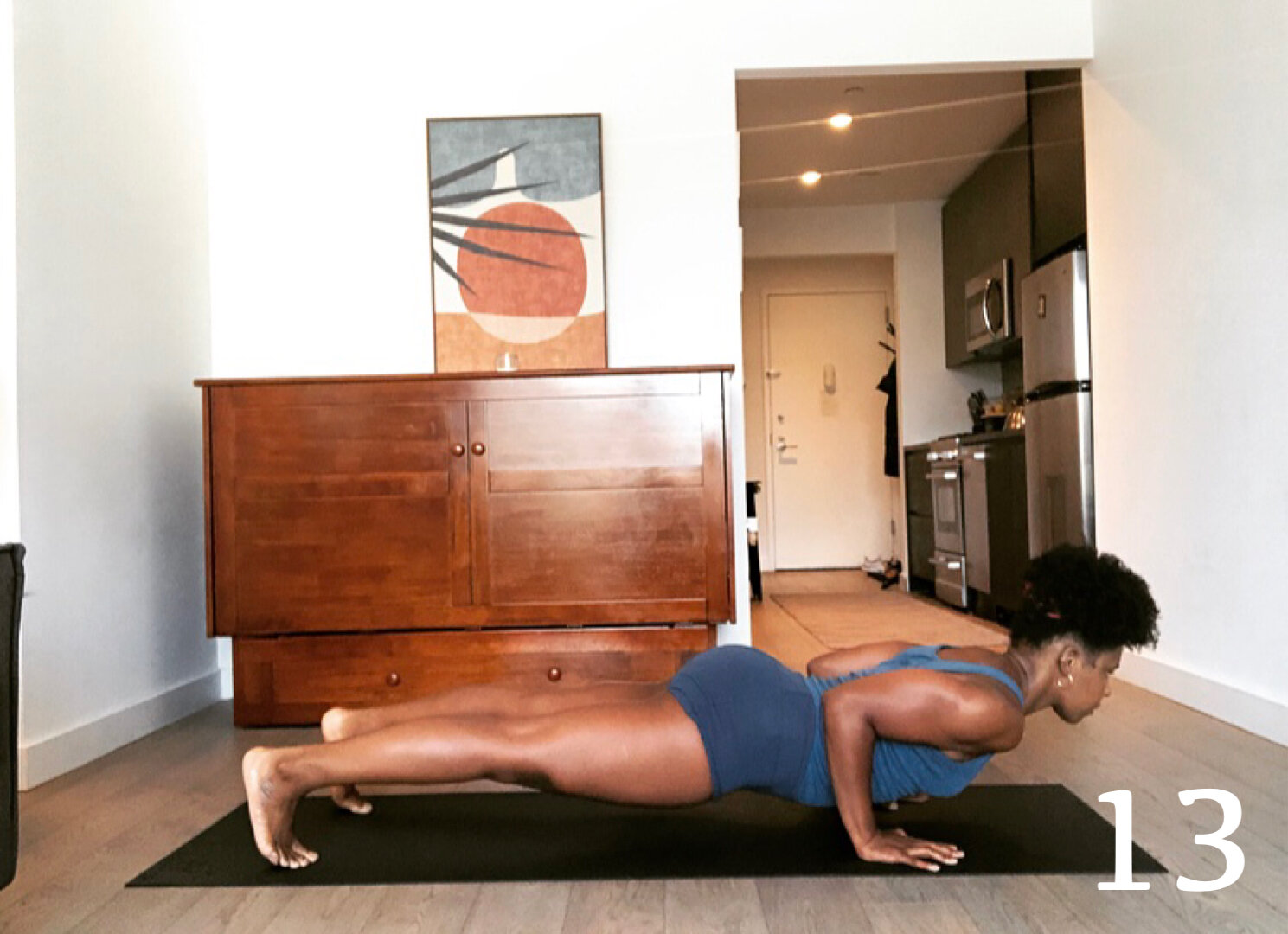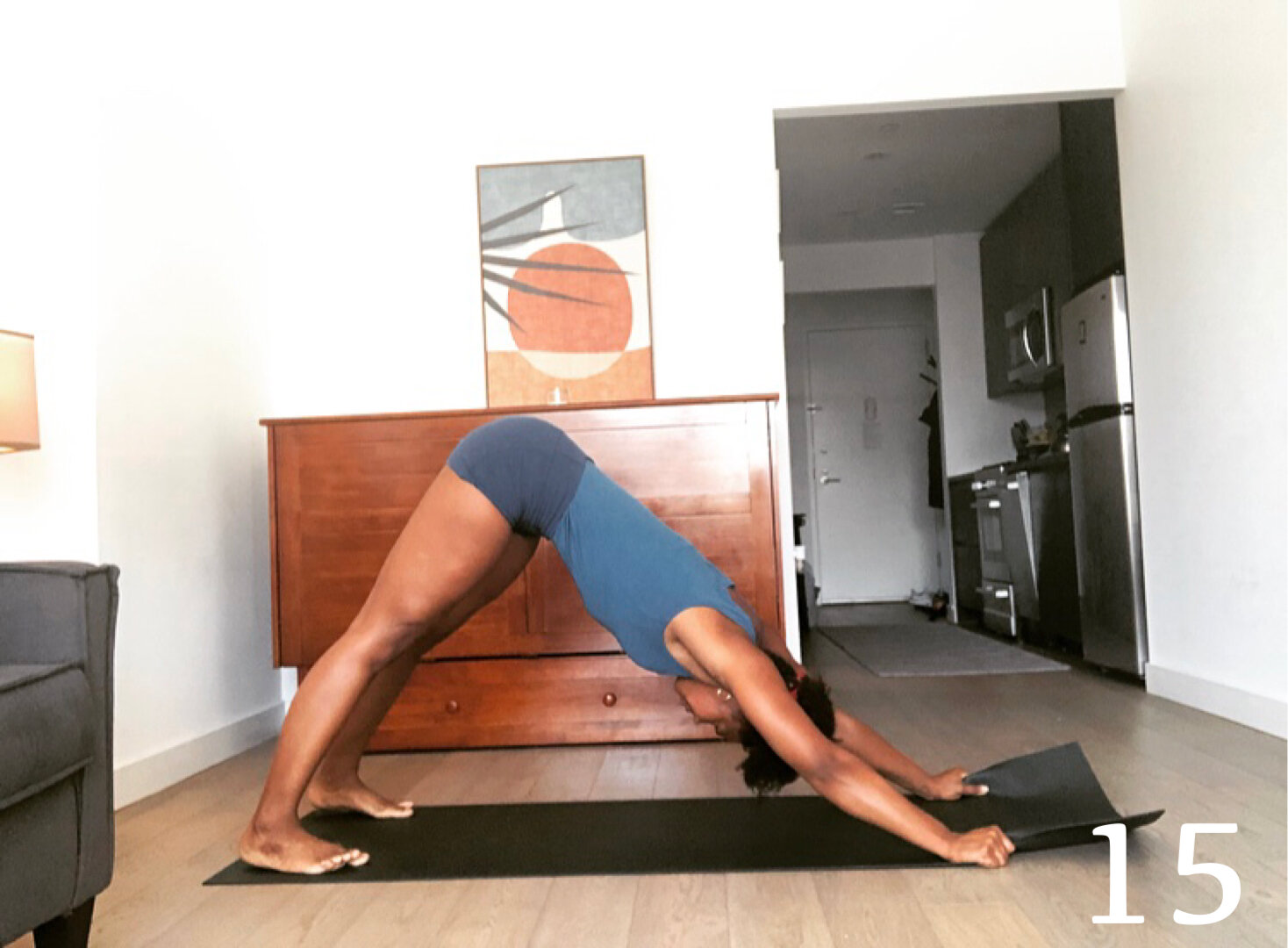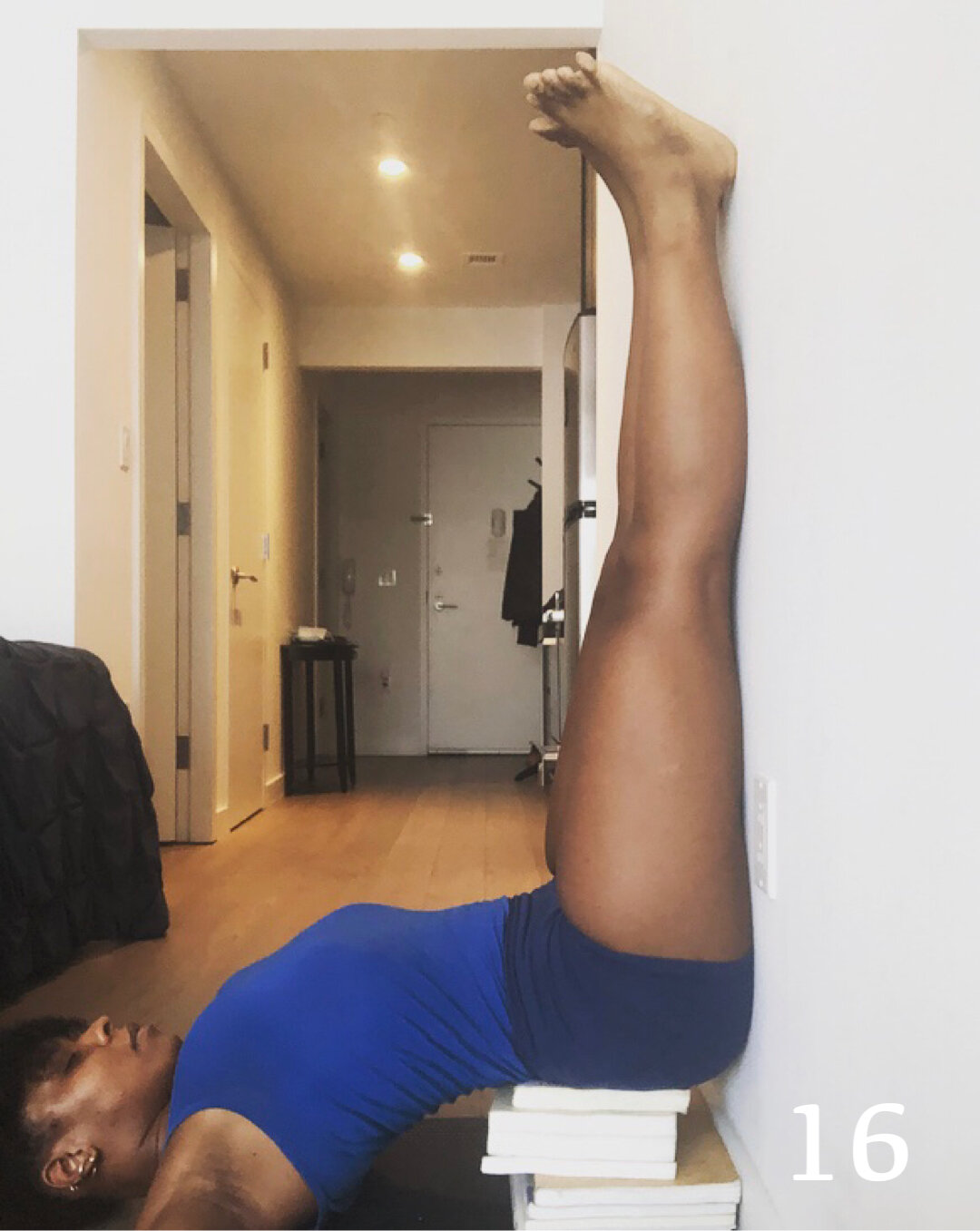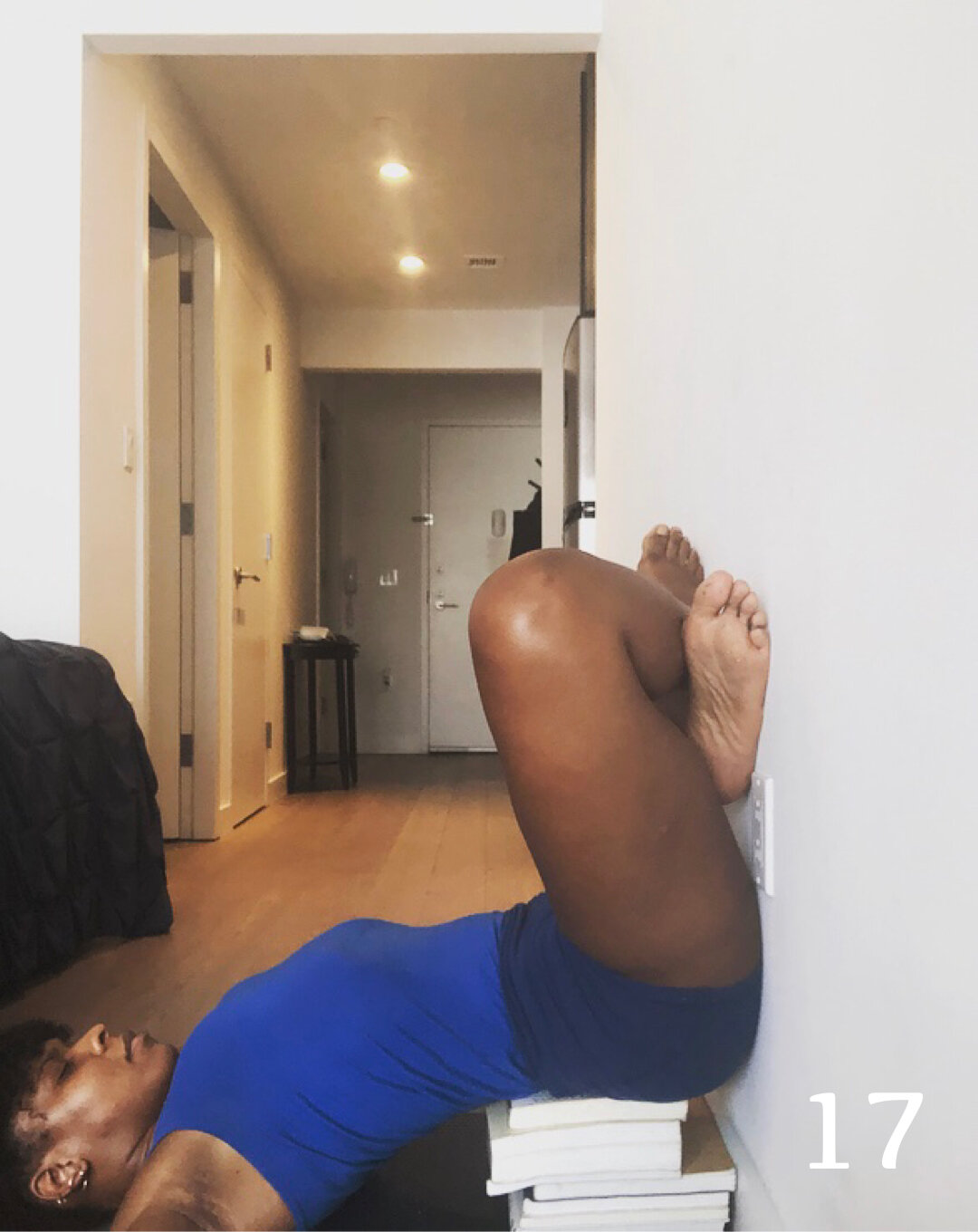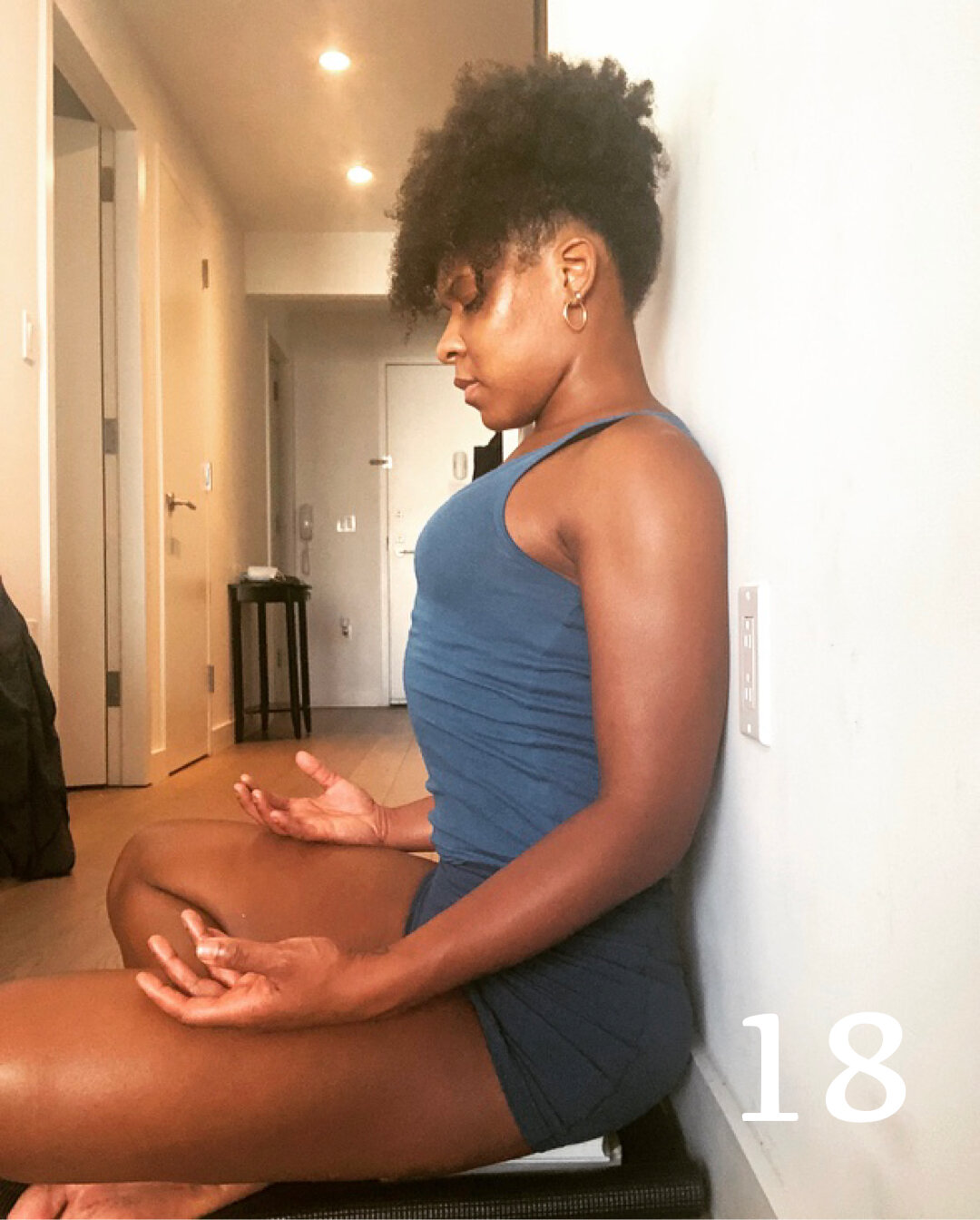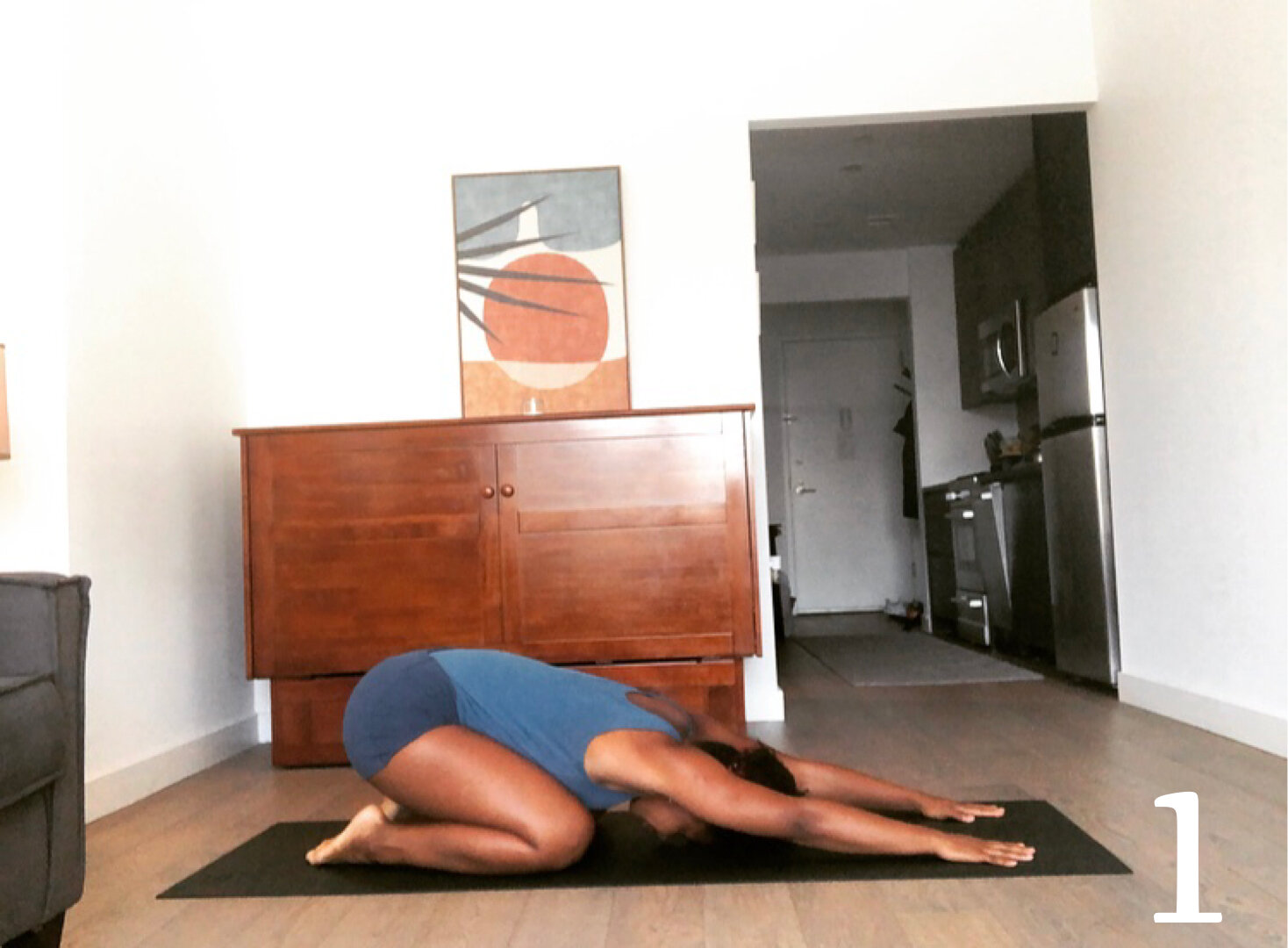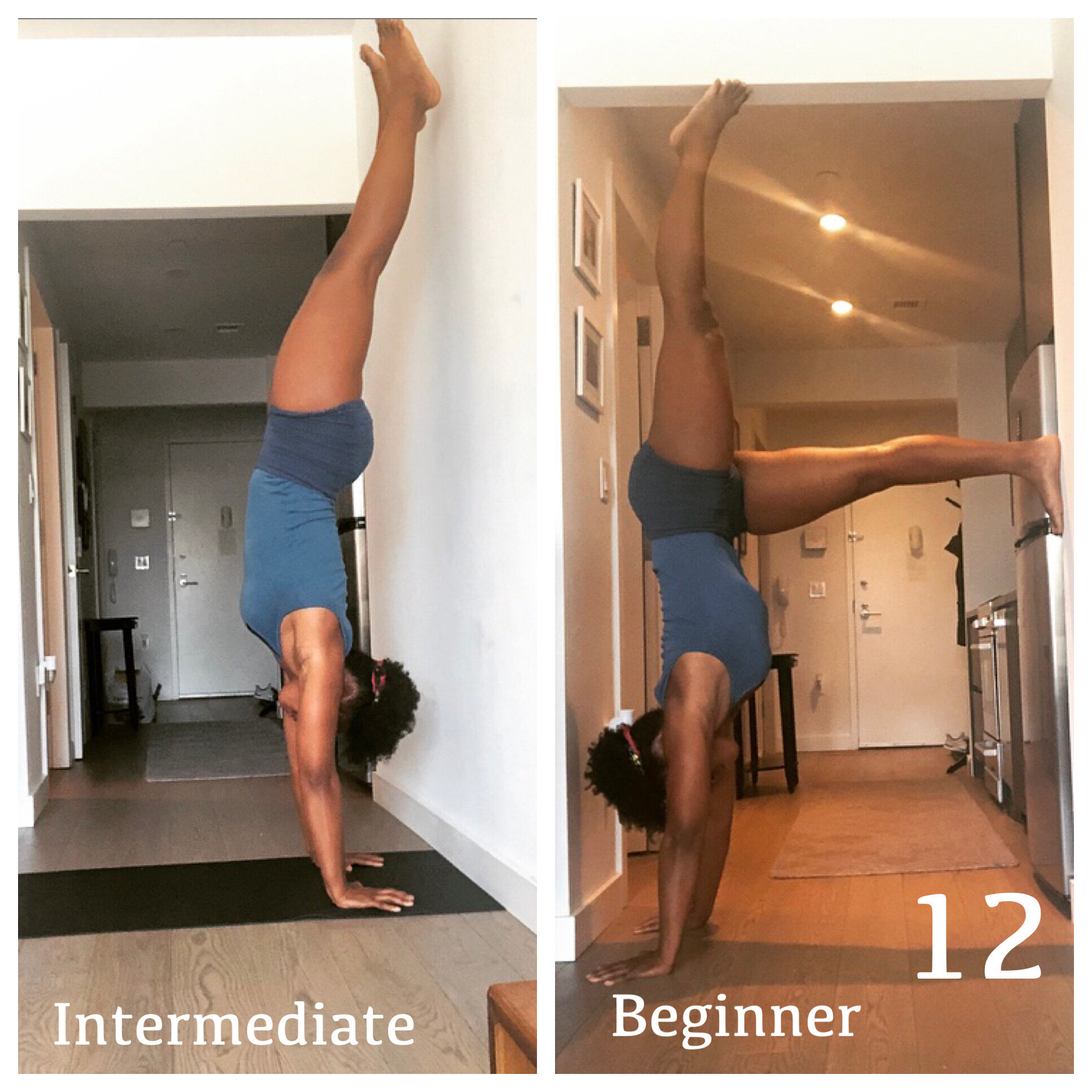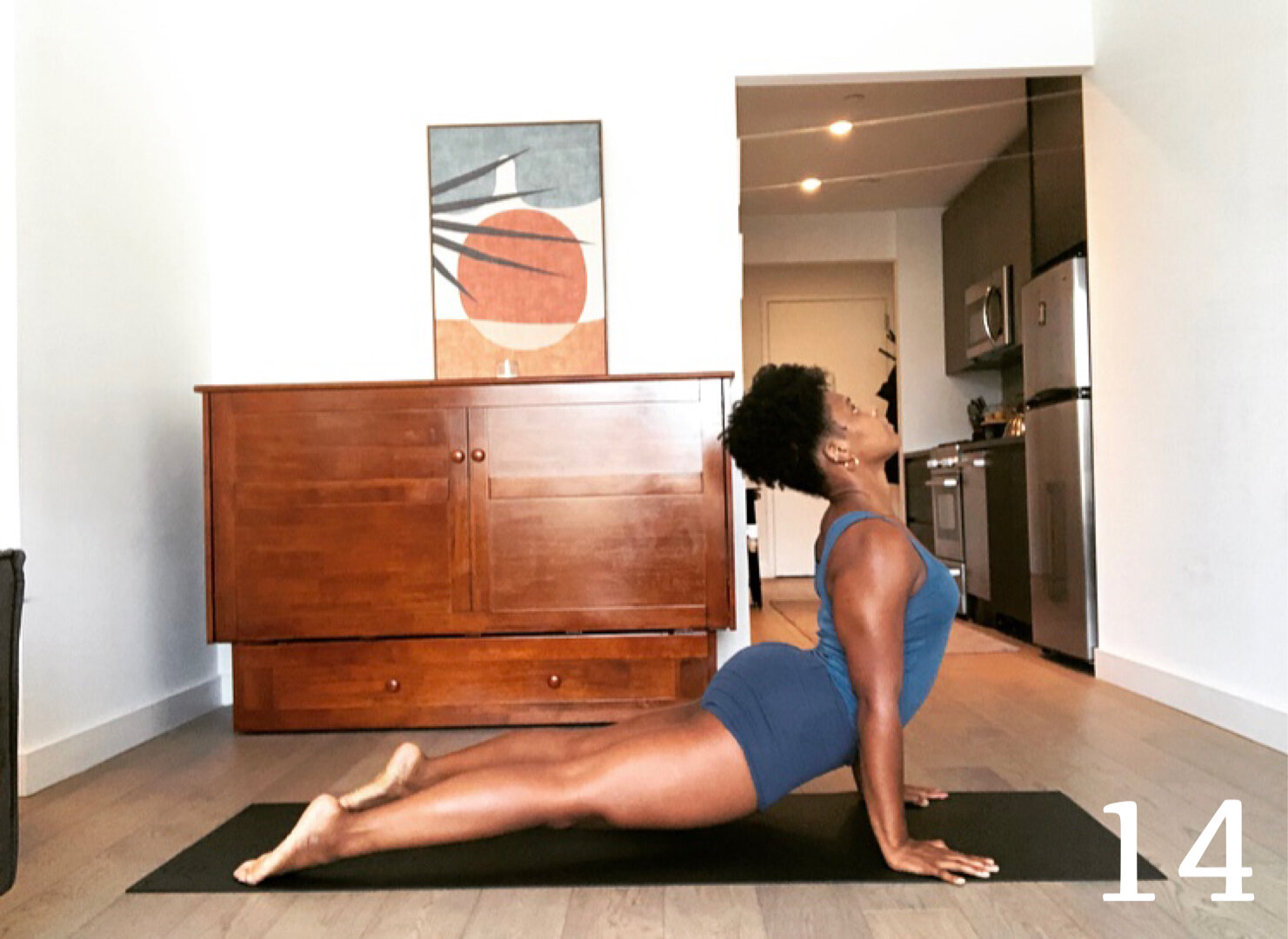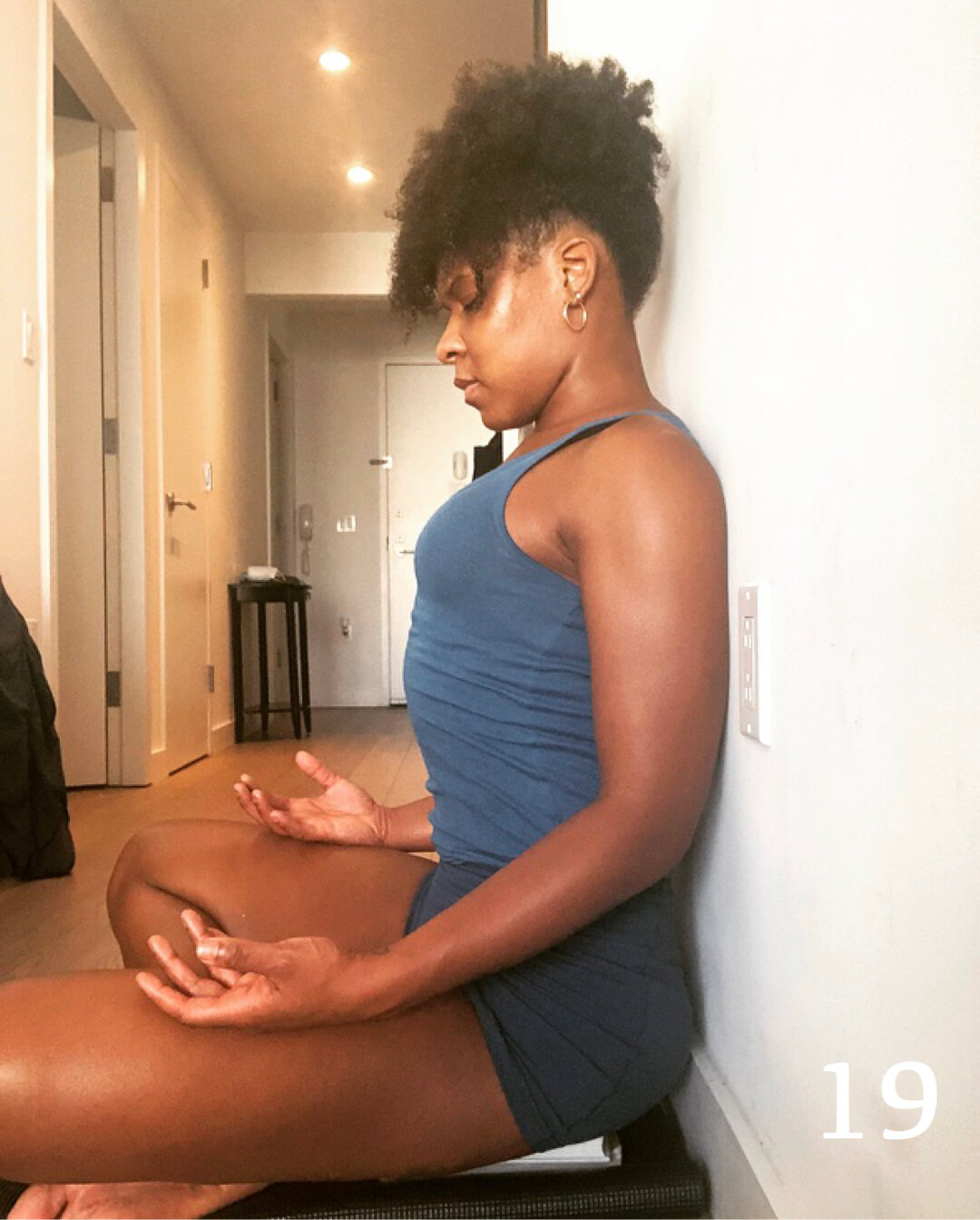Black Pearl
BLACK HISTORY, ART & INSPIRATION
Welcome to Black Pearl, inspired by the legendary Josephine Baker. This blog and photo series celebrates the richness of Black History and Culture, exploring its profound impact and uplifting influence. Through art and education, we honor the legacy of my Black History & Yoga Photo Series, embracing the spirit of resilience and empowerment.
“The things we truly love stay with us always, locked in our hearts as long as life remains.”
- Joesphine Baker
The Right Note.
“It’s not the note you play that’s the wrong note - it’s the note you play afterwards that makes it right or wrong.”
- Miles Davis
“It’s not the note you play that’s the wrong note - it’s the note you play afterwards that makes it right or wrong.”
- Miles Davis
Miles Davis, a musical legend and true icon, stands as one of the most influential and innovative jazz musicians of the 20th century. Renowned for his perpetual transformation of sound. Davis’ passion for music transcended the the boundaries of jazz, extending to a diverse array of genres including blues, classical, flamenco, Arab, and Indian music. His boundless admiration for various musical forms inspired him to explore sound in many differently ways, continuously challenging himself to evolve and redefine his artistic expression.
Davis’ unwavering commitment to growth not only positioned him as a pioneer in reshaping the landscape of jazz, but also played a pivotal role in introducing new forms of jazz music. Moreover, his artistic endeavors helped define the course of jazz in popular culture, shaping the trajectory of jazz for generations to come.
What resonates deeply about Miles Davis is his fearlessness. Unafraid of change, he traversed uncharted territories. Instead of being afraid of admitting when he was wrong, or afraid of taking risks, he seized those opportunities for growth. His famous quote about playing the wrong note encapsulates this ethos— reminding us that mistakes are inevitable, but our response to them defines our journey. Did we learn from our mistake, did we make amends, did we change, and did we even admit that a mistake was made?
In celebrating Miles Davis's legacy, we not only honor his musical brilliance but also embrace the spirit of fearlessness and resilience he embodied, inspiring us to navigate our own paths with audacity and grace.
“Do not fear mistakes. There are none.”
Miles Davis III was born on May 26, 1926, in Alton, Illinois, and raised in East St. Louis. His mother, Cleota Mae was a music teacher and violinist, while his father, Miles Davis Jr., was a surgical dentist. In his memoir “Miles: The Autobiography,” Davis recalls growing up in a close yet strained family dynamic. Despite being close with his father and sister, his relationship with his mother was fraught with tension. Regular arguments characterized their interactions, fueled by a lack of understanding and acceptance on her part. Witnessing his parents' violent conflicts left a lasting impact on Davis, as he recalls instances of his mother throwing objects at his father and his father resorting to physical violence. He wouldn’t know until later how this troubled past haunted him.
At the age of ten a pivotal moment occurred in Davis's life when he received his first trumpet. His passion for the instrument blossomed, and he began taking lessons from music teacher Elwood Buchanan, whom he credits as being “the biggest influence on my life.” Under Buchanan's guidance, Davis learned to play without vibrato, refining his technique to produce a smoother and more emotionally resonant sound.
Davis’ views on music, theory, performance, and even his own skills and work is amazingly analytical, honest, heartfelt, and he is very blunt in his delivery of those views. From his autobiography he has always been straight up even as a child. As a teenager Davis began entering music competitions. He recalls losing out in a competition even when he knew in his heart that not only was his performance better, but that he was the superior musician. He knew that he’d lost because he was Black and his competitor was White, and he vowed then that he would never let racism beat him out again, and he would do that by becoming the absolute best.
“You want to know how I started playing trumpet? My father bought me one, and I studied the trumpet. And everybody I heard that I liked, I picked up things from. ”
In 1944, Davis was awarded a scholarship to attend the Juilliard School in New York. While he attended classes during the day, it was his evenings that provided the real education. Venturing uptown to Harlem, he sought out his mentors and jazz legends Charlie "Bird" Parker and Dizzy Gillespie. Immersing himself in their performances, joining their jam sessions, and engaging in conversations about music, Davis honed his skills in the vibrant atmosphere of Harlem's jazz scene.
After a year at Juilliard, Davis made the decision to drop out. He felt that the schools curriculum catered to white European musical influences in music and completely overlooked the contributions of Black musicians. Instead, Davis continued his education in Harlem, learning firsthand from legendary musicians who were shaping musical innovation on a nightly basis. It was during this period, between 1945 and 1948, that Davis and Parker recorded extensively, with Davis refining his improvisational style that would come to define his trumpet playing.
An unexpected opportunity arose when Davis was invited to a meeting in Duke Ellington's office. The invitation itself was a testament to Davis's growing reputation in the music industry, as Ellington was regarded as musical royalty. However, Davis surprised many by turning down Ellington's offer to join his band. He explains, he knew that if he had taken The Duke’s offer and joined his band he would not have developed the way that he knew that he was meant too. turning down The Duke would seem like career suicide, but its not the note you play that is wrong or not, its the not you play after.
In 1946, Davis made his debut as a bandleader with the Miles Davis Sextet. Pushing boundaries further, he formed a nine-piece band in 1949, incorporating unconventional additions such as the French horn, trombone, and tuba. This ensemble released a series of singles that would later be recognized as a significant contribution to modern jazz, eventually compiled into the iconic album "Birth of the Cool."
In 1946 Davis made his first appearance as a bandleader with the Miles Davis Sextet. “In 1949, Davis formed a nine-piece band with uncommon additions, such as the French horn, trombone and tuba. He released a series of singles that would later be considered a significant contribution to modern jazz. They were later released as part of the album Birth of the Cool.”
“Sometimes you have to play a long time to be able to play like yourself.”
In 1949, a 22-year-old Miles Davis embarked on a transformative journey to Paris with his band to perform at the inaugural Parisian International Jazz Festival. While Davis's popularity was on the rise in America, particularly among his peers and Black audiences, he continued to grapple with the harsh realities of racism, segregation, and discrimination.
However, his experience in Paris proved to be a revelation. Davis reflected on this pivotal moment, stating, "This was my first trip out of the country... It changed the way I looked at things forever... I loved being in Paris and loved the way I was treated." Paris offered Davis a glimpse of a different world where not all white people harbored prejudice, and he found himself welcomed and appreciated in a way he had not experienced before.
Many other Black musicians shared similar sentiments. In Paris, they were celebrated for their talent and artistry in a manner that resonated deeply, as it contrasted starkly with the systemic racism they faced back home. Some musicians opted to remain in Paris, where they could enjoy freedoms unavailable to them in America.
Many other Black musicians shared those sentiments. In Paris, they were celebrated for their talent and artistry in a manner that resonated deeply, as it contrasted starkly with the systemic racism they faced back home. Some musicians opted to remain in Paris, where they could enjoy freedoms unavailable to them in America.
However, Davis ultimately made the decision to return to America, despite his love for Paris. He observed that while Parisian audiences embraced his music unconditionally, the more discerning audiences of Harlem challenged him to strive for excellence and provided honest feedback, albeit sometimes brutally so. Additionally, Davis recognized that to continue evolving as a musician, he needed to be surrounded by the unparalleled talent found in New York City.
Leaving Paris was bittersweet for Davis. It meant relinquishing newfound freedom and returning to the harsh realities of racial injustice in America—a decision he described as returning to the "bullshit." Yet, his time in Paris had broadened his perspective and instilled in him a renewed sense of purpose as he resumed his musical journey in New York.
“It’s not about standing still and becoming safe. If anybody wants to keep creating they have to be about change.”
Upon returning to the United States from Paris in 1949, Miles Davis faced a stark reality—he was met with a cold reception, replete with the harsh reminders of racism that plagued American society. His homecoming also thrust him into a different kind of struggle—one where he found himself deprived of the very essence of his being: his music. For Davis, music wasn't merely a passion; it was a fundamental need, a lifeline that sustained him through the tumultuous journey of his life.
However, Davis's return to the States proved to be fraught with challenges. Struggling to secure work and grappling with financial instability, he found himself descending into a deep depression exacerbated by his growing dependence on heroin. In 1951, Davis inked a one-year record deal with Prestige Records, hoping to alleviate his financial woes. Yet, the meager earnings from the contract were quickly swallowed by the escalating costs of his addiction.
Davis's private battle with heroin addiction was thrust into the public eye during a DownBeat interview with Cab Calloway—an exposure that Davis deeply resented, as it brought him immense pain and scrutiny. The revelation of his addiction invited harsh criticism from music critics, who dismissed him as "just another junkie." Davis felt betrayed by these critiques, viewing them as personal attacks on his character rather than assessments of his musical prowess.
Refusing to be defined by the judgments of others, Davis adopted a defiant stance, prioritizing his music above all else. During performances, he often played with his head down or turned away from the audience, eschewing the expectation of engaging with spectators. Critics described him as “arrogant” for not being as personable and friendly as some other musicians, insinuating that he should be grateful for the opportunity to be on the stage. Davis took this to mean that critics wanted to him smile and dance like a menstrual show, and he was absolutely against it. People came to hear him play, his music spoke for itself, so he did not need to pander to the audience.
Davis made numerous attempts to break free from his addiction, but it wasn't until 1954 that he finally succeeded. Retreating to his father's home, he isolated himself in a room and endured the agonizing symptoms of withdrawal alone, until one day he knew that it was over and that he had beat it. He describes walking out of the room and seeing his father, and without words only an embrace that both knew that he was finally free from the addiction.
Returning to New York in the same year, Davis embarked on a journey of self-improvement and renewal. Immersing himself in the discipline of boxing at a local gym, he found solace and stability in the rigorous regimen, which served as a bulwark against the specter of relapse. With newfound clarity and determination, Davis set his sights on revitalizing his music career.
In 1955, Davis assembled a rockstar band featuring luminaries such as John Coltrane, Red Garland, Paul Chambers, and Philly Joe Jones, later augmented by Cannonball Adderley in 1958. This collaboration culminated in the creation of his magnum opus, "Kind of Blue," released in 1959—a seminal work that would go on to become the highest-selling jazz album of all time.
Teaming up with Gil Evans, Davis embarked on a series of groundbreaking recordings, including "Miles Ahead," "Porgy and Bess," "Sketches of Spain," and "Quiet Nights." His relentless pursuit of innovation continued in 1964 when he assembled a new band featuring Herbie Hancock, Tony Williams, Ron Carter, and Wayne Shorter. This lineup heralded a shift towards electric jazz, exemplified by the groundbreaking release of "In a Silent Way" in 1968.
Pushing the boundaries of conventional jazz even further, Davis unleashed "Bitches Brew" in 1969, a bold fusion of rock, funk, and jazz elements that defied categorization. Undeterred by the critics, Davis remained resolute in his quest to explore new sounds and styles, a commitment that garnered him widespread acclaim and recognition.
n 1986, Davis's album "Tutu" earned him his fourth Grammy Award for Best Jazz Instrumental Performance, followed by his fifth Grammy in 1989 for "Aura." Honored with a Lifetime Achievement Grammy Award in 1990, Davis's indelible legacy was further celebrated with a memorable performance alongside Quincy Jones at the Montreux Jazz Festival the following year, securing his enduring place in the annals of music history.
“When you’re creating your own shit, man, even the sky ain’t the limit.”
On September 28, 1991, the world mourned the loss of a musical titan as Miles Davis passed away at the age of 65. His death, attributed to the combined effects of a stroke, pneumonia, and respiratory failure, marked the end of an extraordinary life—one that left an indelible mark on the landscape of jazz and beyond.
Davis was a figure of immense influence and controversy, shaping every major development in jazz since the mid-1940s and exerting a profound impact on the realm of rock music. Widely recognized as the preeminent jazz musician of his era, he transcended the boundaries of music to become an outspoken social critic and a trendsetter in attitude, fashion, and style.
A staunch advocate for social justice, Davis used his platform to speak out against racism, white supremacy, and police brutality, lending his voice to those who were marginalized and oppressed. His commitment to challenging societal norms was evident even in the smallest details, such as his insistence on featuring a Black woman on his album cover to challenge Eurocentric beauty standards.
Yet, Davis's legacy is not without its flaws. His history of abuse towards women casts a dark shadow over his heroic efforts as a social crusader. In his later years, Davis candidly addressed his past transgressions, acknowledging the profound impact of his upbringing marred by violence and dysfunction.
While Davis's self-reflection and evolution offer a glimpse of redemption, they cannot erase the pain and suffering inflicted upon his victims, nor can they fully absolve him of his actions. The complexity of his character forces us to confront uncomfortable truths and grapple with the moral ambiguity of celebrating flawed individuals.
As we reckon with Davis's legacy, we are faced with difficult questions about how to navigate our admiration for his music in light of his imperfections. Do we continue to appreciate his artistic contributions while acknowledging his shortcomings? Do we hold him accountable for his actions, even as we recognize the cultural context in which they occurred?
Ultimately, the answer lies in our collective response. We can honor Davis's musical legacy while condemning his abusive behavior, recognizing that his humanity, like ours, is marked by both greatness and fallibility. Perhaps in doing so, we can glean valuable lessons about the complexities of art, identity, and moral responsibility, and strive to create a more just and equitable world for all.
“See, if you put a musician in a place where he has to do something different from what he does all the time, then he can do that - but he’s got to think differently in order to do it. He’s got to play above what he knows - far above it. I’ve always told the musicians in my band to play what they know and then play above that. Because then anything can happen, and that’s where great art and music happens.”
How Yoga Can Help
“Change leads to disappointment if it is not sustained. Transformation is sustained change, and it is achieved through practice.”
- B.K.S. Iyengar
This class breaks down the steps to developing padmasana (lotus pose). We work with hip opening actions in the standing poses and supine poses to stretch the inner legs, open the pelvis, and to create freedom and space in the hip joint. Deeper hip opening poses like padmasana can be intimidating, but when we can understand where to begin, and what to do next in our practice we begin to move closer to a succsseful padmasana practice.
Poses 1- 2
1. Adho Muka Virasana (Child’s Pose) 2. Adho Muka Svanasana (Downward Dog Pose) In this pose the stretch of the arms helps to free and extend the spine, open the shoulders, and fully expand the chest. The leg position helps create freedom and space in the ankle, knee, and hip joint.
Poses 3- 4
2. Utthita Trikonasana (Extended Triangle Pose) 4. Supta Padangusthasana II (Hand To Big Toe Pose) In these poses the external rotation of the front leg creates freedom and space in the hip joint while also lengthening the hamstring and extending the inner thigh.
Poses 4
4. Setu Bandha Sarvangasana (Supported Bridge Pose) In this pose a brick/ yoga block supports the sacrum and moves the tailbone in to stretch and open the frontal hips. In this pose the sides of the body extend and the chest opens fully. Practicing with support allows us to rest in extension.
Pose 5
5. Ardha Padmasana (Half Lotus Pose) Done correctly this pose can be very healthy physically for the ankle, knee and hip joint. Energetically, padmasana helps us turn our attention inwards to prepare for meditation.
Pose 6
6. Savasana (Corpse Pose) This pose calms the mind and helps reduce stress and anxiety. The final resting position allows for deep relaxation, allowing us to recover. and restore our natural energy.
Love.
“You’ve got to have something to eat and a little love in your life before you can hold still for any damn body’s sermon on how to behave.”
- Billie Holiday
“You’ve got to have something to eat and a little love in your life before you can hold still for any damn body’s sermon on how to behave.”
- Billie Holiday
Billie Holiday is considered one of the greatest and most influential jazz musicians of all time. “Her singing expressed an incredible depth of emotion that spoke of hard times and injustice as well as triumph.” You feel the pain and struggle as well the love and joy in her music. That depth of emotion can only come from experience. This is why I looked to her when I was struggling. At one time in my life it seemed like nothing could go right. I was desperately trying to figure out how to get out of the rut I was in so that I could move forward, but nothing that I tried worked. And one day I just thought about Billie Holiday, not about her music, but about her life. I didn’t know all the details of her story, but I knew that she’d struggled. I knew that she overcame pain and adversity, and not only did she survive she thrived. After reading her autobiography Lady Sings the Blues, I was so inspired. She overcame pain and suffering that I have never known. I was inspired by her courage and strength, and I have found those qualities in me to overcome whatever I’m struggling with.
“The difficult I will do right now. The impossible will take a little while.”
Billie Holiday was born Eleanora Fagan on April 7th, 1915 in Philadelphia, Pennsylvania. Her parents Sarah “Sadie” Fagan and Clarence Halliday were teenagers when Billie was born. After Sadie was kicked out of her parents home for becoming pregnant, She found work as a maid. Clarence soon abandoned the family to pursue a career as a jazz musician, leaving Sadie to care for Billie on her own, she had make arrangements for Billie to stay with family while she was at work. Billie stayed with her aunt Eva Miller in Baltimore, where she was tormented and abused. Their family struggled living in extreme poverty. Billie dropped out of school when she was 11 years old. She first found work as a maid, and later found work running errands for the ladies at a local brother names Alice Dean’s.
“I never had a chance to play with dolls like other kids. I started working when I was six years old.”
At that time Alice’s was the only place around with a victrola. Billie made a deal with Alice, whatever pay Billie was owed Alice would keep if she let her listen to music on the victrola. Alice agreed. Billie would listen to Louis Armstrong and Bessie Smith. She loved listening to Louis Armstrong’s song “West End Blues” and particularly loved the scat section, which she explains “It was the first time I ever heard anybody sing without using any words… it had plenty of meaning for me.” Soon after Sadie remarried, Billie finally moved out of her aunts house and moved in with her mother and step father. One day when Sadie was at the hairdressers, Billie was sexually assaulted by a neighbor. When Billie and her mother reported it to the police, They not only arrested her attacker they arrested Billie as well. Billie was sent to a Catholic Institution, where she was further traumatized and abused.
“You can get in just as much trouble by being dumb and innocent as you can by breaking the law.”
After Billie was released from the institution she and her mother moved to Harlem with the belief that “There’s got to be something better than this.” And it had to be up North. Billie worked again as a maid until she began working as a prostitute. After refusing a customer, he angrily called the police and Billy was arrested for prostitution. Billie and Sadie found themselves again struggling to pay their rent and buy food. So one night Billie went to a nearby jazz club and asked if she could tryout to be a dancer. She explained that her dance performance was just pitiful. She was just about to be thrown out, until the piano player took pity on her and asked if she could sing. She replied “Sure I can sing, what good is that?” She never thought she could work as a singer, before then she only sang for herself. For her audition she sang “Trav’lin All Alone.” As she sang the entire bar became quiet. She had everyones attention, and when she finished the song she saw that people were crying.
Billie sang at a number of jazz clubs in Harlem. In 1933 she caught the attention of writer and producer, John Hammond. “He reported that she was the greatest singer he had ever heard. Her bluesy vocal style brought a slow and rough quality to the jazz standards that were often upbeat and light. This combination made for poignant and distinctive renditions of songs that were already standards. By slowing the tone with emotive vocals that reset the timing and rhythm, she added a new dimension to jazz singing.” This led to her getting to work with a range of great jazz musicians, including Duke Ellington, Benny Goodman, Teddy Wilson, Ben Webster, and most importantly, the saxophonist Lester Young. She worked a lot with Lester, and it him who gave her the nickname “Lady Day”. When Billie married James Monroe, she was already known to drink, and she soon picked up his drug addiction, which she struggled with even after their divorce. In 1939 Billie received a letter from the Federal Bureau of Narcotics, to never sing her song “Strange Fruit” again. She refused and continued singing the song as a personal protest against racism and lynching. FBN commissioner Harry Anslinger, a known racist made it his mission to maliciously take down Billie for her drug and alcohol addiction, as he believed Billie to be the symbol of everything that America had to be afraid of.
“Imagine if the government chased sick people with diabetes, put a tax on insulin and drove it into the black market, told doctors they couldn’t treat them, and then caught them, prosecuted them for not paying their taxes, and then sent them to jail. If we did that, everyone would know we were crazy. Yet we do practically the same thing every day in the week to sick people hooked on drugs. The jails are full and the problem is getting worse every day. ”
Billie toured with Count Basie’s band. She sang with Artie Shaw and his orchestra, and broke ground, becoming one of the first Black female to work with a White orchestra. She also opened at Café Society, a plush new integrated club in Greenwich Village, it was there that she developed her trademark stage persona, and where she began wearing gardenias in her hair. She was often overworked and underpaid. As she explains “I opened Café Society as an unknown; I left two years later as a star. But you couldn’t tell the difference from what I had in my sock. I was still making that same old seventy- five dollars a week. I had made more than that in Harlem. I needed the prestige and publicity all right, but you can’t pay rent with it.” Desperately needing help she went to her mother’s restaurant. Billie had given her mother large amounts of money to support the restaurant, and now Billie was going to ask her mom for support. Billie explains “Mom turned me down flat. She wouldn't give me a cent." The two argued, and Holiday shouted angrily, "God bless the child that's got his own", and stormed out. After this argument Billie wrote “God Bless the Child” one of her most popular and most covered songs
On March 28, 1957, Billie married Louis McKay, who became controlling, physically abusive, and also stole most of her money. The two eventually separated. In early 1959, Holiday was diagnosed with cirrhosis of the liver. After years of battling addiction to drugs and alcohol, she initially stopped after getting the diagnosis, however she soon relapsed. On May 31, 1959, Holiday was finally taken to Metropolitan Hospital in New York for treatment of both liver and heart disease. Gravely ill, she was still arrested in her hospital bed for narcotics possession. It is believed that this final blow broke her spirit, and on July 17, 1959, Billie died of pulmonary edema and heart failure caused by cirrhosis of the liver. Billie Holiday’s story is filled with beauty and pain, after every major accomplishment there is a heartbreaking setback. She lived at a time when there were not many options for people that grew up in poverty, came from a broken home, suffered abuse, or struggled with addiction. And there were hardly any rights for women especially Black women. We live at time where can get help, and we can make different choices. I learned from her the importance of standing up for myself, knowing my worth, and never accepting anything less than what I deserve. I strive to pour into myself by making time for me and loving who I am.
“I’ve been told that nobody sings the word ‘hunger’ like I do. Or the word ‘love. Maybe I remember what those words are all about.”
How Yoga Can Help
“The severity of practice by itself is not the yardstick for measuring success. A pure mind and a right intention are necessary. Yoga must be done gradually. The yoga pose is not the goal. Becoming flexible or standing on your hands is not the goal. The goal is to create space where you were once stuck. To unveil layers of protection you have built around your heart. To appreciate your body and become aware of the mind and the noise it creates. To make peace with who you are. The goal is to love… well, you. Shift your focus and your heart will grow.”
- Geeta Iyengar
This class takes us on a journey to discover our inner strength. First through the body, we work with poses that are heating and energizing to build strength, flexibility, and to sharpen our focus and concentration to take us beyond the physical, so that we can see, know, and love ourselves inside and out.
Poses 1- 2
1. Adho Muka Virasana (Downward Facing Hero Pose/ Child’s Pose) 2. Adho Muka Svanasana (Downward Facing Dog Pose) On a physical level these poses strengthen the muscles in the arms, legs, and upper back, while also extending the wrists, ankles, and the sides of the body. These actions work together to support the release of the head and neck, this helps calm the mind, and ease stress and tension.
Pose 3
3. Jumpings These poses are heating and energizing. They build strength and flexibility to tone both body and mind. Strengthening the muscles in the arms, legs, back, and core to prepare us for the more challenging poses. And helping us find inner strength to face our fears with determination and equanimity so that we can face any challenges that come along.
Pose 4- 5
4. Adho Muka Vrksasana (Downward Facing Tree Pose/ Handstand) 5. Uttanasana (Intense Stretch Pose/ Standing Forward Bend with Support) These poses strengthen and extend the entire body. This pose teaches us the true meaning of strength, the true meaning of power, and that is freedom. To conquer this pose we must learn to be light and free, that is the strength needed to stand straight when everything is upside down.
Pose 5
5. Adho Muka Svanasana (Downward Facing Dog Pose with Support) In this class we come back to downward dog pose to refine the actions in the arms and legs, to better understand how they support the extension of the sides, and finally the release of the head and neck. Together these actions help us feel grounded.
Poses 6- 7
6. Viparita Karani (Supported Bridge Pose) 7. Savasana (Corpse Pose) These poses promote deep relaxation. They calm the mind to help reduce stress and anxiety.
Song.
“You can cage the singer, but not the song.”
- Harry Belafonte
“You can cage the singer, but not the song.”
- Harry Belafonte
Harry Belafonte, a luminary in the realms of music, film, activism, and philanthropy, left an indelible mark on the world stage. Revered as the "King of Calypso," Belafonte surged onto the pop charts in the 1950s, shattering racial barriers and achieving unprecedented success. His groundbreaking album, "Calypso," blazed a trail by becoming the first LP to surpass one million copies in sales. Iconic tunes like "Day-O (The Banana Boat Song)," "Jump in the Line (Shake, Senora)," "Jamaica Farewell," and "Mary's Boy Child" captivated global audiences, cementing Belafonte's status as a musical legend.
Yet, beyond his accomplishments as an entertainer and the numerous accolades he garnered, Belafonte's most enduring legacy lies in his fervent advocacy, activism, and humanitarian endeavors. A stalwart of the civil rights movement, he fearlessly championed political and humanitarian causes, notably lending his voice to the Anti-Apartheid Movement. As a UNICEF Goodwill Ambassador, he tirelessly supported campaigns against HIV/AIDS and myriad other global challenges.
On Tuesday, April 25, 2023, Harry Belafonte passed away at his home on the Upper West Side of Manhattan at the age of 96. His life's work stands as a testament to the power of artistry, activism, and compassion, inspiring generations to strive for justice, equality, and a better world.
“If I’ve impacted one heart, one mind, one soul and brought to that individual a greater truth than tht individual came into relationship with me having, then I would say that I have been successful.”
Mr. Belafonte, born Harold George Belafonte Jr. on March 1, 1927, in Harlem, New York, His father, Harry Belafonte Sr., originally from Martinique, worked as a cook on merchant ships. His Mother, Melvine, moved to the U.S. from Jamaica, and worked as a dressmaker and housekeeper. Belafonte was deeply influenced by his parents' heritage and experiences. His father, Harry Belafonte Sr., originally from Martinique, worked as a cook on merchant ships, while his mother, Melvine, migrated from Jamaica and worked as a dressmaker and housekeeper.
Harry Jr. faced adversity early in life when his father left the family, leaving his mother to shoulder the responsibility of caring for him and his siblings alone. The family endured financial hardships, prompting a temporary relocation to Jamaica, where young Harry witnessed firsthand the injustices inflicted upon Black Jamaicans by white English authorities. This experience left an indelible mark on him, shaping his lifelong commitment to fighting against oppression and injustice.
Upon returning to Harlem in 1940, the Belafonte family continued to face struggles, grappling with poverty and the absence of Harry's mother, who often worked long hours to make ends meet. Reflecting on his childhood, Harry recalled “The most difficult time in my life was when I was a kid… My mother gave me affection, but because I was left on my own, also a lot of anguish.”
“I am who I am despite what America has put before me. I am who I am despite the obstacles that we have all faced based upon race and based upon social and spiritual humiliation.”
In 1944, at the age of 17, Harry made the decision to enlist in the U.S. Navy, dropping out of high school the day after his birthday to do so. Following his service in the Navy during World War II, Harry returned home to Harlem. It was during this time, while working as a janitor's assistant, that a tenant's generous gesture of two tickets to the American Negro Theater sparked his passion for the performing arts. At the theater, Harry not only discovered his love for acting but also forged a friendship with Sidney Poitier.
Despite facing financial challenges, Harry and Sidney attended local plays by purchasing a single seat and alternating between acts, ensuring that both could experience the performances. This exposure to theater ignited Harry's ambition, leading him to pursue a career in acting. He enrolled in acting classes at the Dramatic Workshop of The New School in New York, funding his education by singing in nightclubs across the city. Backed by renowned musicians like Miles Davis, Charlie Parker, and Max Roach, Harry quickly gained popularity as a nightclub performer.
By the early 1950s, Harry had transitioned away from popular music, embracing folk music instead. He immersed himself in the study of traditional folk songs from various cultures worldwide and became a fixture in New York City's folk scene, performing at venues such as the Village Vanguard. This shift in musical focus marked the beginning of Harry Belafonte's journey as a folk singer and activist, setting the stage for his influential career ahead.
“Art in its highest form is art that serves and instructs society and human development.”
In 1954, Harry Belafonte released his debut album, "Mark Twain and Other Folk Favorites," marking the beginning of his musical career. The following year, his second album simply titled "Belafonte," soared to the top of the Billboard Top Pop Albums chart, becoming his first number one album. However, it was his third album, "Calypso," released in the same year, that truly catapulted him to stardom. Featuring songs rooted in his Jamaican heritage, "Calypso" introduced Americans to the infectious rhythms and feel-good vibes of calypso music. It made history by becoming the first album to sell over a million copies in the United States, cementing Belafonte's status as a music icon.
As his musical career flourished, Belafonte also found success on stage and screen. He made his Broadway debut in 1953 and garnered acclaim for his performance, earning a Tony Award for his role in "John Murray Anderson's Almanac" the following year. Belafonte ventured into film alongside Dorothy Dandridge in "Bright Road" (1953), and their collaboration continued with the critically acclaimed "Carmen Jones" (1954), which proved to be a breakthrough moment for African American cinema. Reflecting on the significance of "Carmen Jones," Belafonte emphasized its role in demonstrating the commercial viability of films featuring Black artists and narratives.
In the 1970s, Belafonte enjoyed further success in film, notably collaborating with Sidney Poitier on projects such as "Buck and the Preacher" and "Uptown Saturday Night." His impact on cinema extended into the 21st century with his appearance in Spike Lee's acclaimed film "BlacKkKlansman," marking a remarkable career that spanned decades and left an indelible mark on the entertainment industry.
Belafonte drew inspiration from prominent figures like Paul Robeson and W.E.B. DuBois, whom he regarded as influential in shaping his activism. Robeson, in particular, served as a mentor and moral compass for Belafonte, who revered his dedication to using art as a tool for social change. Belafonte's admiration for Robeson's belief that artists are the gatekeepers of truth underscored his own commitment to using his platform for activism.
His friendship with Dr. Martin Luther King Jr. further solidified his dedication to the civil rights movement. When King was incarcerated in Birmingham, Alabama in 1963, Belafonte posted bail for him and other activists, demonstrating his unwavering support. He played a pivotal role in organizing the historic March on Washington, which culminated in King's iconic "I Have a Dream" speech. Belafonte also provided financial support to initiatives like the Freedom Riders and SNCC, which fought against segregation in the South and promoted voter registration.
In the 1980s, Belafonte spearheaded efforts to aid Africa, particularly Ethiopia, during a famine crisis. He conceived the idea of recording the charity single "We Are the World," featuring an array of music legends, to raise funds for famine relief. The song's immense success not only raised millions of dollars but also brought global attention to the humanitarian crisis.
Belafonte's activism extended beyond civil rights and humanitarian causes. After overcoming prostate cancer, he became a vocal advocate for cancer awareness. His life and legacy serve as a source of inspiration for individuals to pursue their dreams while incorporating advocacy and humanitarianism into their endeavors.
With this blog, I have been able to learn so much about Black History, and it has been so meaningful for me to share these Black stories and interpret them through asana. So much of what Black people have contributed to society and the world has been forgotten, or purposefully left out of our curriculums in school. I hope that no matter if we’re hearing these stories for the first time, or if we are just reminded of them, that we can feel through those stories that we are not alone, and can see that despite the hardships and setbacks these stories speak of perseverance that makes dreams come true for the betterment of us all.
“Each and everyone of you has the power, the will and the capacity to make a difference in the world in which you live.”
How Yoga Can Help
“Yoga is when every cell of the body sings the song of the soul.”
- B.K.S Iyengar
In this class we explore the abdominal poses. These poses are often thought of as core strengthening, by gripping and tightening the abdominal muscles you get strong and picturesque abs. However, this way of muscling through can create strain, and even cause back pain. In this class, rather than flexing or gripping, we learn to tone the abdomen by stretching the arms and the legs, allowing the abdomen to settle back so that the navel moves in and up. On a physical level this helps lengthen and extend the spine, which helps relieve backache. On an organize level that toning is nourishing. Where gripping can be depleting, correct toning helps is invigorating.
Poses 1- 2
1. Supta Padangusthasana I (Reclined Hand To Big Toe Pose I) 2. Supta Padangusthasana II (Reclined Hand To Big Toe Pose II) These poses stretch the hamstrings, and help create freedom and space in the hip joint. The hip opening action, and extension of the back of the legs helps relieve back pain.
Poses 3- 5
3. Adho Muka Virasana (Downward Facing Hero Pose/ Child’s Pose) 4. Adho Muka Svanasana (Downward Facing Dog Pose) 5. Uttanasana (Intense Stretch Pose/ Standing Foward Bend Pose) In these poses the arms and legs are stretched and strengthened to help lengthen the spine, and tone the abdominal muscles. The release of the head and neck here helps relax the brain and quiets the senses, to calms the mind.
Pose 6
Adho Muka Vrksasana (Downward Facing Tree Pose/ Full Arm Balance/ Handstand) This pose, the full arm balance, “develops the body harmoniously.” The arms, legs, and upper back are strengthened and stretched, while the chest is fully expanded. This pose also builds determination, confidence, and powers up our will to do and succeed.
Poses 7- 9
7. Ubhaya Panangusthasana () 8. Akarna Dhanurasana (Archers Pose) 9. Paschimottanasana (Seated Forward Bend Pose) These poses tone the abdomen, and the extension of the arms and legs helps lengthen and extend the spine. These poses bring “balance and poise.”
Pose 10
Setu Bandha Sarvangasana (Bridge Pose with support) In this pose we use props to support the upper back and tailbone moving in, to allow the opening of the front body. The props also allow for deep relaxation.
Truth.
“The way to right wrongs is to turn the light of truth upon them.”
- Ida B. Wells
“The way to right wrongs is to turn the light of truth upon them.”
- Ida B. Wells
Ida B. Wells was an educator, journalist, activist, and early leader of both the civil rights and women’s rights movements. She investigated and reported the truth about lynchings in the United States. Before her reports the Black men, women, and children, who were victims of these ruthless and lawless mob attacks were painted as villains, and their white attackers were reported as the innocent victims. Her investigations exposed the truth and horrors of lynchings, and the attempts to cover them up. Her reports helped spawn the anti- lynching movement in the United States.
“I am only a mouthpiece through which to tell the story of lynching and I have told it so often that I know it by heart. I do not have to embellish; it makes its own way.”
Wells and many other Black women’s contributions to the women’s rights movement have been ignored, and removed from the history that many of us were taught about the women’s rights movement. Maybe because Wells did not shy away from calling out racism within the suffragists movement, and the calculated tactics of white suffragists to exclude working with and including Black women, so as not to anger their southern supporters that were more likely to back white women than black women. Now years later we are still fighting these same battles, modern day lynchings that see many unarmed Black men, women, and children murdered without cause, and segregation and prejudices amongst many feminists. I hope that Ida B. Wells’ story can inspire us to stand up and fight against injustice today, and to humbly and honestly look at ourselves so that we may see our own prejudices and biases and do the necessary work to heal ourselves and our communities.
“Virtue knows no color line.”
Ida B. Wells was born into slavery in Holly Springs, Mississippi on July 16, 1862. After emancipation, her parents James and Lizzie Wells were active in the Republican Party, (The Republican Party was different back then :) and instilled into their kids the importance of education. Lizzie became a well known cook. James was involved with Freedman’s Aid Society and helped start historically Black Liberal Arts College, Rust College. Lizzie Wells became a well known cook. Ida B. Wells attened Rust College for early education, but was forced to drop out at age 16 when in 1878 tragedy struck and she lost both her parents and infant brother during a yellow fever epidemic. Her family and friends thought that the remaining Wells children should be separated and sent to foster homes. Ida B. Wells refused to breakup her family. She found work at a rural Black elementary school outside of town. After convincing the school that she was eighteen, they hired her as a teacher. During the week while was teaching, her grandmother, and other family friends watched over the kids. In 1882 her brothers found work as carpentry apprentices, and Wells moved with their aunt in Tennessee and then continued her education at Fisk University.
In 1884 Wells bought a first- class train ticket from Memphis to Nashville. Though she had a ticket for first- class the train crew instructed her to move to the car designated for Blacks, when she refused to give up her seat she forcibly removed from the train, but not before biting one of the crew members who pulled her off the train. She then sued the railroad and was initially awarded a $500 settlement in circuit court, the decision was later overturned by the Tennessee Supreme Court. Though she’d lost the settlement, she did win in the end. “Following this incident, Wells began writing about issues of race and politics in the South… Wells had a number of her articles published in black newspapers and periodicals. She later became owner of two newspapers: The Memphis Free Speech and Headlight and Free Speech.”
“The doors of churches, hotels, concert halls and reading rooms are alike closed against the Negro as a man, but every place is open to him as a servant.”
While working as both a journalist and a publisher Wells also worked as a teacher in a segregated public school in Memphis. She was very vocal in her criticism of conditions of racially segregated schools including, overcrowding, insufficient books and supplies, and disparities in pay Black teachers were paid far less than White teachers. These criticisms ultimately led to her being fired in 1891. This blow and punishment for calling out the many wrongs of segregation did not stop her from shining light on the truth about racism. She soon turned her attention to anti- lynching.
In 1889, People’s Grocery opened in Memphis, Tennessee. The store was a cooperative owned by 11 prominent Black Americans. People’s Grocery became very successful, and competed with white- owned Barrett’s Grocery, owned by William Russell Barrett. Barrett’s Grocery had a virtual monopoly before People’s Grocery opened, and Barrett did not like the new competition. After many attacks from Barrett and his supporters against Thomas Moss and his employees, Calvin McDowell and Will Stewart, the three men found themselves having to guard the store on the night of March 5th, 1892. On that night a county sheriff along with a mob of armed white men who he’d deputized marched over to People’s Grocery. The men inside, already anticipating a mob attack, armed themselves, and fired as the mob approached. The men inside did not know that officers of the law had joined the mob. When they realized law officers were among the intruders they dropped their weapons and submitted to arrest. Knowing they would have their day in court to explain their case. That day never came. On March 9th, 1892, Tommie Moss, Will Stewart, and Calvin McDowell were lynched by a mob of 75 white men. It just so happened that Tommie Moss was a friend of Ida B. Wells, after his murder she turned her attention to anti- lynching. Her article in Free Speech and Headlight told the real story of her friends murder, and encouraged Blacks to leave Memphis.
“In slave times the Negro was kept subservient and submissive by the frequency and severity of the scourging, but, with freedom, a new system of intimidation came into vogue; the Negro was not only whipped and scourged; he was killed.”
Wells began investigating and reporting on lynchings all over the south. “One of her editorials pushed some of the city's whites over the edge. A mob stormed her newspaper office and destroyed all of her equipment. Wells was in New York at the time of the incident, which likely saved her life. She stayed in the North after her life was threatened and wrote an in-depth report on lynching in America for the New York Age... She brought her anti-lynching campaign to the White House in 1898 and called for President McKinley to make reforms.” Wells’ role in the suffrage movement is linked to her lifelong crusade against racism, violence and discrimination towards Black people. Because of this she did not stand for racism within the suffragists movement. She noted that to appease the racists views of southern supporters many white suffragists either refused to take up race issues altogether, or they themselves made racists remarks against Black men and women, and when held accountable for their remarks they either claimed to have “not an atom of race prejudice.” Or that they couldn’t be racist because of their family’s abolitionist history.
“I desire no quarrel with the W.C.T.U. , but my love for the truth is greater than my regard for an alleged friend who, through ignorance or design misrepresents in the ost harmful way the cause of a long suffering race...”
In her book Wells recounts a conversation with Susan B. Anthony, who she calls a “good friend.” Anthony told her that she’d once “declined to help a group of Black women who wanted to form their own suffrage organization and asked Frederick Douglass not to attend the suffrage conference in order to placate Southern suffragists, Anthony asked Wells if she had been wrong to do so.” Wells explains “I answered compromisingly yes, for I felt that although she may have made gains for suffrage, she had confirmed white women in their attitude of segregation.” Wells couldn’t have been more right because with the passage of the 19th amendment white women were granted the right to vote, but Black women in southern states faced a number of barriers. Most Black women had to wait nearly 50 years before they could exercise that right. This is extremely important. Many of these issues we are still fighting today. From Anti- lynching to women’s rights, racism and separation keep us from moving forward. I hope that Ida B. Wells’ work inspires us to stand up for each other and support one another.
“The Afro- American is not a bestial race. If this work can contribute in any way towards proving this, and at the same time arouse the conscience of American people to demand for justice to every citizen, and punishment by law for the lawless, I shall feel I have done my race a service. Other considerations are of minor importance.”
How Yoga Can Help
“Extension brings space, space brings freedom, freedom brings precision. Precision is truth.”
- B.K.S. Iyengar
In this class we learn the truth about Surya Namaskar (Sun Salutations). The Sun Salutations are freeing, refreshing, and invigorating. The muscles in the arms, legs, and upper back are developed to free and extend the spine. The pacing, moving with the breath helps us find lightness and ease as we flow from one pose to the next. But this does not mean that one must be an intermediate or advanced student to learn jumpings in surya namaskar. This class breaks down the steps of the Sun salutations, making this practice available for both beginners and intermediate students. This class also breaks down more challenging poses like chaturanga dandasana (four limbed staff pose) and urdhva Muka Svanasana (upward facing dog pose) to make the available for beginners, and to help the more experienced students learn correct alignment and form to take them deeper, while also helping them practice the poses safely and correctly.
Poses 1- 3
1. Adho Muka Virasana (Downward Facing Hero Pose/ Child’s Pose) 2. Adho Muka Svanasana (Downward Facing Dog Pose) 3. Uttanasana (Intense Stretch Pose/ Standing Foward Bend) In these poses the arms and legs are stretched and strengthened to help lengthen the spine, and tone the abdominal muscles. The release of the head and neck here helps relax the brain and quiet the senses, to calm the mind.
Poses 4- 6
4. Urdhva Hastasana (Upward Arms Pose) 5. Urdhva Baddanguliyasana (Upward Bound Fingers Pose) 6. Paschima Baddanguliyasana (Reverse Bound Fingers Pose) In these poses we again stretch the arms and legs to lengthen the sides of the body and extend the spine, here also the upper back is engaged to support that length and opening that also helps relieve tension in the neck and shoulders.
7. Surya Namaskar (Sun Salutation) In this sequence we speed up the pacing while linking the movement with the breath, the practice of surya namaskar becomes strengthening, invigorating, and refreshing.
Poses 8- 9
8. Chaturange Dandasana (Four Limb Staff Pose) 9. Urdhva Muka Svanasana (Upward Facing Dog Pose) These poses are often used as transition poses, and are sometimes overlooked because we move through them so quickly, or avoided because they can be strenuous. These poses strengthen the arms, legs, and upper back, but that doesn’t have to overlook them or avoid them. With correct alignment even these stronger poses can be light and uplifting.
Poses 10- 11
10. Eka Pada Pavanmuktasana 11. Pavanmuktasana These poses are great recovery poses. Especially after a backbend practice, these poses help release the back.
Pose 12- 13
12. Setu Bandha Sarvangasana (Bridge Pose with Support) 13. Savasana (Corpse Pose) These poses promote deep relaxation. The supported resting position helps us become more quiet and calm so that we may turn our attention inward.
History.
“Real education means to inspire people to live more abundantly, to learn to begin with life as they find it and make it better.”
- Carter G. Woodson
“Real education means to inspire people to live more abundantly, to learn to begin with life as they find it and make it better.”
- Carter G. Woodson
Dr. Carter G. Woodson devoted his life to enlightening people about the remarkable achievements and invaluable contributions of Black people throughout history. He fervently believed that through education, we would learn just how Black people helped build, shape societies, and foster prosperity worldwide. For him, education transcended the mere dissemination of facts; it was about instilling critical thinking and empowering individuals to take initiative and action for themselves. As he famously stated, "The mere imparting of information is not education. Above all things, the effort must result in making a man think and do for himself."
“You must give your own story to the world.”
Carter G. Woodson was born in New Canton, Virginia, in 1875, to Anne Eliza (Riddle) and James Henry Woodson, both former slaves who were unable to read or write. Despite the family's profound poverty, his parents found contentment in their freedom. To assist his family financially, Dr. Woodson engaged in various laborious jobs, including sharecropping and mining, which delayed his enrollment in high school until the age of 20. Nonetheless, he compensated for lost time by completing his high school education in less than two years.
“No man knows what he can do until he tries.”
Woodson obtained a Bachelor’s Degree in Literature from Brea College in Kentucky. Following this, he embarked on a journey that took him to various parts of the world. He first traveled to the Philippines, where he served as an education superintendent for the U.S. government. Subsequently, he continued his travels to Africa, Asia, and eventually Europe, where he pursued further studies at the Sorbonne in Paris, France, while simultaneously attending the University of Chicago as a full-time graduate student.
In 1908, Woodson earned a Master's Degree in History, Romance Languages, and Literature from the University of Chicago. He then pursued his academic pursuits at Harvard University, where he enrolled as a Ph.D. candidate in History, focusing on American and European History. Upon completing his doctoral studies, Woodson became the second Black American, following W.E.B. DuBois, to earn a doctorate from Harvard University. It was during one of his history classes at Harvard that Woodson experienced a pivotal moment. While attending a lecture taught by the renowned scholar Edward Channing, Woodson challenged Channing's assertion that "the Negro 'had no history'" by stating firmly, "no people lacked history." This challenge ultimately shaped Woodson's life's work.
“The thought of the inferiority of the Negro is drilled into him in almost every class he enters and in almost every book he studies.”
In 1915, Woodson published "The Education of the Negro." During the same year, he, along with George Cleveland Hall, Alexander L. Jackson, and James E. Stamps, founded The Association for the Study of African American Life and History, Inc. (ASALH). The primary objective of this organization was to encourage scholars to delve into Black History and to educate the American public about Black culture, contributions of Black Americans to the nation's formation, and their broader impact on society. Before the establishment of ASALH, the field of Black History had been largely neglected or misrepresented by historians who perpetuated biased narratives.
In 1916, Woodson initiated the publication of the "Journal of Negro History," which continues to be published today under the title "The Journal of African American History." While leading ASALH, Woodson also balanced teaching commitments in public schools and at the collegiate level. He authored numerous articles on Black History, furthering his mission of education and advocacy.
From 1919 to 1920, Woodson served as the Dean at Howard University, where he introduced the study of Black History and initiated graduate studies in history. Following this tenure, from 1920 to 1922, he assumed the role of Dean at West Virginia State College. In 1922, Woodson retired from teaching to dedicate himself fully to the work of ASALH.
In 1923, Dr. Woodson purchased a three-story brick row house at 1538 9th Street NW, Washington, D.C. This house served as his residence, office, and the headquarters for his organization. Among his staff were notable figures such as Zora Neale Hurston and Langston Hughes. Dr. Woodson dedicated himself entirely to his organization, often being the lowest-paid member of his team. He willingly accepted lower wages to ensure the success of his mission.
Nannie Helen Burroughs and Mary McLeod Bethune were among Dr. Woodson’s closest companions, and they were the only ones permitted to address him by his first name. Despite their attempts to arrange dates for him, Dr. Woodson viewed romantic relationships as a luxury he couldn't afford. Having committed to a life of poverty and celibacy, he chose not to subject a partner to the frugal lifestyle he led.
Actively engaged in the community, Dr. Woodson frequently delivered talks at local schools. Known affectionately as “Book Man” by neighborhood children, he was often seen carrying numerous books while strolling through the area. He shared stories of Egyptian pharaohs and African kings and queens with the children, emphasizing that Black history extended far beyond the era of slavery. Dr. Woodson aimed to instill in them a sense of pride in their heritage and to highlight the significant contributions of Black people to the advancement of civilization.
“We have a wonderful history behind us. ... If you are unable to demonstrate to the world that you have this record, the world will say to you, ‘You are not worthy to enjoy the blessings of democracy or anything else.’”
Despite his efforts with ASALH, Dr. Woodson recognized that young Black Americans still lacked adequate education about their ancestors' achievements and heritage. To address this gap, Woodson enlisted the support of his fraternity, Omega Psi Phi, to establish Negro History and Literature Week. This initiative aimed to enhance the study and scholarship of Black history and make it accessible to young Black individuals across America.
Expanding on this idea, Woodson introduced Negro History Week in February 1926. He specifically chose February due to the birthdays of Abraham Lincoln and Frederick Douglass, two influential figures in American history. Lincoln was born on February 12th, while Douglass, whose exact birth date is unknown, selected February 14th as the day to commemorate his birth.
Schools nationwide embraced Negro History Week, and Woodson, along with ASALH, worked diligently to provide them with educational materials. In 1976, Negro History Week evolved into Black History Month when President Gerald Ford officially extended its recognition. Ford urged the public to "seize the opportunity to honor the too-often neglected accomplishments of Black Americans in every area of endeavor throughout our history."
Since then, Black History Month has been celebrated annually in February, serving as a time to recognize and commemorate the invaluable contributions of Black people to society.
“We should emphasize not Negro History, but the Negro in history. What we need is not a history of selected races or nations, but the history of the world, void of national bias, race, hate, and religious prejudice. ”
How Yoga Can Help
“Yoga is as old and traditional as civilization, yet it persists in modern society as a means to achieving essential vitality. But yoga demands that we develop not only strength in body but attention and awareness in mind. The yogi knows that the physical body is not only the temple for the soul but the means by which we embark on the inward journey toward the core.”
- B.K.S. Iyengar
The standing poses known as Utthia Sthiti are the foundations of our practice. These poses are both energizing and grounding. With regular practice standing poses help strengthen and stretch the muscles in the arms and legs, tone the abdominal muscles, create freedom and extension in the spine, and open the chest and shoulders. In this class we learn the fundamentals of these essential postures to establish a solid foundation for our practice and develop the flexibility and muscular awareness required for more advanced practice. This class is inspired by Carter G. Woodson, who created "Negro History Week" to deepen the teaching and study of Black men and women in history, and their contributions to society. He believed that knowledge of where we come from would help elevate our community and society as a whole. In this class our practice of the standing poses does exactly that on a physical, mental, and spiritual level.
Poses 1-2
1. Adho Muka Virasana (Downward Facing Heroes Pose/ Child’s Pose) 2. Adho Muka Svanasana (Downward Facing Dog Pose) These poses strengthen and stretch the muscles in the arms and legs, which helps to fully extend the spine.
Poses 3- 5
3. Urdhva Hastasana (Upward Arms Pose) 4. Urdhva Baddanguliyasana (Upward Bound Fingers Pose) 5. Paschima Baddanguliyasana (Reverse Bound Fingers Pose) These poses stretch the arms and legs to lengthen the sides of the body, and mobilize the shoulders and upper back.
Poses 6- 9
6. Utthita Trikonasana (Extended Triangle Pose) 7. Virabhadrasana II (Warrior Pose II) 8. Utthita Parsvakonasana (Extended Side Angle Pose) 9. Prasarita Padottanasana (Extended Wide Angle Pose) In addition to lengthening the sides of the body and opening the chest, these poses help create freedom and space in the hip joint.
Pose 10.
10. Salamba Sarvangasana (Supported Shoulder Stand) A regular shoulder stand practice helps balance and nourish the endocrine system (our hormonal system) as well as the nervous system. Shoulder stand also activates the abdominal organs.
Pose 11.
11. Savasana (Corpse Pose) This is the final resting pose. It helps remove fatigue. This relaxing position also helps calm the mind, and reduce stress.
Soul.
Sittin' in the mornin' sun. I'll be sittin' when the evenin' comes. Watching the ships roll in. Then I watch 'em roll away again, yeahI'm sittin' on the dock of the bay. Watchin' the tide roll away, ooh I'm just sittin' on the dock of the bay. Wastin' time.
I left my home in Georgia. Headed for the Frisco Bay. 'Cause I've had nothin' to live for. It look like nothin's gonna come my way. So I'm just gon' sittin' on the dock of the bay. Watchin' the tide roll away, ooh. I'm sittin' on the dock of the bay, wastin' time.
Look like nothin's gonna change. Everything still remains the same. I can't do what ten people tell me to do. So I guess I'll remain the same, yes Sittin' here restin' my bones. And this loneliness won't leave me alone, listen. Two thousand miles, I roam. Just to make this dock my home. Now I'm just gon' sit, at the dock of the bay. Watchin' the tide roll away, ooh yeah. Sittin' on the dock of the bay. Wastin' time.
(Sittin’ On) The Dock Of The Bay By: Otis Redding
Sittin' in the mornin' sun
I'll be sittin' when the evenin' comes
Watching the ships roll in
Then I watch 'em roll away again, yeah
I'm sittin' on the dock of the bay
Watchin' the tide roll away, ooh
I'm just sittin' on the dock of the bay
Wastin' time
I left my home in Georgia
Headed for the Frisco Bay
'Cause I've had nothin' to live for
It look like nothin's gonna come my way
So I'm just gon' sittin' on the dock of the bay
Watchin' the tide roll away, ooh
I'm sittin' on the dock of the bay, wastin' time
Look like nothin's gonna change
Everything still remains the same
I can't do what ten people tell me to do
So I guess I'll remain the same, yes
Sittin' here restin' my bones
And this loneliness won't leave me alone, listen
Two thousand miles, I roam
Just to make this dock my home
Now I'm just gon' sit, at the dock of the bay
Watchin' the tide roll away, ooh yeah
Sittin' on the dock of the bay
Wastin' time
When it feels like nothings going your way, and anything that could go wrong has gone wrong, all that misfortune and hardship reaches its peak on one fateful day. And on that day all you can do is sit. When I’ve been at my lowest, I’ve listened to “Sittin’ On The Dock Of The Bay” back to back to back again. Because sometimes you don’t need to fight, sometimes you don’t need to correct. Sometimes you just need to sit. Sit with whatever it is that's weighing on you. It doesn’t mean giving up, and it doesn’t mean accepting loss. It just means honoring space and time for yourself to feel, to see clearly, and to understand. This I learned from the song “Sittin On The Dock Of The Bay” by Otis Redding.
“How can I explain to you?
How somebody can get so very blue, now
How can I tell you about my past?
If all things won’t end
Mr. Pitiful
That’s my name, now
They call me Mr. Pitiful
That’s how I got my fame”
Otis Redding was born on September 9, 1941 in Dawson, Georgia. He was the fourth of six children born to Otis Redding Sr and Fannie Roseman. Otis Sr. was a sharecropper who also worked at Robins Air Force Base near Macon, he also preached at local churches. Otis Jr. got his first experience as a musician singing in the choir at Vineville Baptist Church, and later learned to play guitar and piano. He attended Ballard Hudson High School, and sang in the schools band, and regularly performed as part of a Sunday Morning gospel broadcast on Macon's WIBB-AM. “When he was 17, Redding signed up to compete in a weekly teen talent show at Macon's Douglass Theater; he ended up winning the $5.00 grand prize 15 times in a row before he was barred from competition.” Around this time Otis took a big leap of faith by dropping out of school to pursue his dream of being a musician.
In the late 1950’s Otis befriended Johnny Jenkins, a prominent local guitarist, and joined his group the Pinetoppers. Otis sang lead with the Pinetoppers, and also served as Johnny’s chauffeur, because Johnny didn’t have a license. In August of 1962 Otis drove Johnny to Memphis for a recording session at Stax Records. Johnny “wasn't having a good day and ended up calling it quits early. With 40 minutes left on the session clock, Redding suggested they give one of his songs a try” The result was “These Arms Of Mine” With Johnny on guitar. “Stax wasted no time signing Redding to their Volt Records subsidiary, and "These Arms of Mine" was released in November 1962; the single rose to number 20 on the R&B charts, and crossed over to the pop charts, peaking at number 85. Redding's follow-up, "That's What My Heart Needs," arrived the following October, and peaked at 27 on the R&B charts, but a stretch of singles released in 1964 failed to make much of impression.” This all changed the next year.
“These arms of mine
They are lonely
Lonely and feeling blue
These arms of mine
They are yearning
Yearning from wanting you
And if you
Would let them hold you
Oh, how grateful I will be”
In January of 1965 his song “That's How Strong My Love Is," reached number 2 on the R&B charts and 71 on Pop charts. The B- side “Mr. Pitiful” also got airplay going to number 10 on R&B charts, though it just missed the Pop Top 40 coming in at 41. In. May 1965 Otis released "I've Been Loving You Too Long (To Stop Now)," this masterfully beautiful song reached number 2 on R&B charts and 21 on Pop charts. In 1966 Otis went on his first European tour along with other Stax artist. It is said that when they arrived they were greeted like heroes, with The Beatles famously sending a limousine to pick them up when they arrived. “By this time, Redding was becoming more ambitious as an artist, focusing on his songwriting skills, learning to play guitar, and becoming more involved with the arrangements and production on his sessions, helping to craft horn arrangements even though he couldn't write sheet music. He was also a tireless live performer, as well as a savvy businessman, operating a successful music publishing concern and successfully investing in real estate and the stock market.”
Otis didn’t look like a singer. He looked more like an athlete. He stood 6’2” and weighed over 220 pounds. He is described as a “bold, physically imposing performer whose rough but expressive voice was equally capable of communicating joy, confidence, or heartache, Redding brought a passion and gravity to his vocals that was matched by few of his peers. He was also a gifted songwriter with a keen understanding of the creative possibilities of the recording process.” In 1966 he released two albums “The Soul Album” and “Complete and Unbelievable: The Otis Redding Dictionary of Soul” and a cut from Dictionary of Soul, an impassioned interpretation of ‘Try a Little Tenderness,’ written by Jimmy Campbell, Reg Connelly and Harry M. Woods in 1932. The song was previously recorded by Bing Crosby and Frank Sinatra. The publishers tried to stop Otis from recording the song from a "negro perspective". Not only were their efforts unsuccessful, but “Try a Little Tenderness” became one of his biggest hits, and is often considered his signature song.
“If I was the sun way up there
I’d go with love most everywhere
I’ll be the moon when the sun goes down
Just to let you know that I’m still around
That’s how strong my love is, whoa
That’s how strong my love is
That’s how strong my love is baby, baby
Thats how strong my love is”
In 1967 Otis began working on a song that he regarded as a creative breakthrough, the song was titled “(Sittin' On) The Dock of the Bay." He recorded the song at Stax and though the Stax crew and even his wife did not like the song, Otis believed it was his best song yet. A few days after recording Otis and his band boarded a plane en route to Madison, Wisconsin. They were to play at a nightclub near the University of Wisconsin. The plane struggled in bad weather and crashed into Lake Monona. Bar- Kays member Ben Cauley was the only survivor. The crash claimed the lives of Otis Redding and everyone else on board. Otis was 26 years old when he died. His legacy is honored through his wife Zelma and their four children, The Otis Redding Foundation established by his wife in 2007 that continued his efforts to support his community by awarding scholarships to students to help them further their education, the long list of musicians inspired by his music, and all of us that have been moved by his music. I am so inspired by his life and work. He taught us with his actions the importance of hard work and being dedicated and committed to your dreams and your goals. His music reminds us to sit and open ourselves up to love and peace. That balance is important not only for our success, but for our happiness.
How Yoga Can Help
“You must do the asana with your soul. How can you do an asana with your soul? We can only do it with the organ of the body that is closest to the soul - the heart. So a virtuous asana is done from the heart and not from the head. Then you are not just doing it, but you are in it. Many people try to think their way into an asana, but you must instead feel your way into it through love and devotion.”
- B.K.S. Iyengar
This class begins with an inversion practice that’s energizing, strengthening and playful. Inversions especially handstand and forearm balance can be intimidating. While they do take a lot of work, also necessary is being able to let go. This class breaks down the steps to kicking up into inversions so we know where to put the work in, and where to let go. Class winds down with a supportive forward bending practice to help calm the mind and soothe the nerves after a strong inversion practice.
Notes On Practice
Poses 1- 3
1. Adho Muka Virasana (Downward Face Hero Pose/ Child’s Pose) 2. Adho Muka Svanasana (Downward Facing Dog Pose) 3. Uttanasana (Intense Stretch Pose/ Standing Forward Bend) These Poses strengthen and stretch the muscles in the arms, legs, and shoulders to prepare us for an inversion practice.
Poses 4- 7
4. Adho Muka Vrksasana (Handstand) 5 & 6. Shoulder Openers/ Pincha Prep 7. Pinchamayurasana (Peacock Pose/ Forearm Balance) These poses are energizing and build heat in the body. The pincha prep shoulder openers strengthens the shoulders, mobilize the upper back, and fully expands the chest. The inverted poses build determination, confidence, and powers up our will to do and succeed.
Poses 8 & 9
8. Adho Muka Svanasana (Downward Facing Dog Pose) 9. Uttanasana (Intense Stretch Pose/ Standing Forward Bend Pose) Again, these poses strengthen the arms, legs, and shoulders, but at this point it the class the release of the head and neck in these poses rests the brain, calms the mind, and balances the nervous system.
Poses 10 & 11
Janu Sirsasana (Head to Knee Pose) Paschimottanasana (Intense Stretch of the Westside or back of the body/ Seated Forward Bend Pose) These poses help open the hips and stretch the hamstrings, calves, and lengthens the spine. The release of the head and neck helps reduce stress, anxiety, and fatigue.
Poses 12 & 13
Viparita Karani (Legs Up The Wall Pose with support) Savasana (Corpse Pose/ Final Rest Position) These poses relax the body and mind. The restorative benefits increase relaxation, and promotes aa general sense of well- being.
Fly High.
“ Tell them all that as soon as I can walk I’m going to fly!”
- Bessie Coleman
“ Tell them all that as soon as I can walk I’m going to fly!”
- Bessie Coleman
Bessie Coleman made history as the first Black woman and the first Native American to earn a pilot's license. Her daring aerial maneuvers and captivating performances earned her the nicknames "Brave Bessie" and "Queen Bess," inspiring audiences worldwide and encouraging women and African Americans to pursue their dreams.
Born on January 26, 1892, in Atlanta, Texas, Bessie was the tenth of thirteen children born to Susan Coleman, a Black woman, and George Coleman, a man of mixed-race heritage with Cherokee ancestry. Raised in a modest household where her mother worked as a maid and her father as a sharecropper, Bessie's early education began in a segregated one-room wooden schoolhouse four miles from her home. Despite the challenges, she excelled in subjects like reading and math.
At twelve years old, Bessie earned a scholarship to attend the Missionary Baptist Church School, where she continued to demonstrate her academic prowess. Upon turning eighteen, she enrolled at the Oklahoma Colored Agricultural and Normal University (now known as Langston University) in Langston, Oklahoma. However, her educational journey was cut short after just one semester due to financial constraints. Exhausting her savings to cover tuition costs, Bessie was compelled to return home.
“The only source of knowledge is experience.”
At the age of 23, Bessie relocated to Chicago to live with her brothers. By 1919, she found employment as a manicurist on Chicago's South Side. One evening, her brother, John came home drunk and began taunting Bessie about her job, asserting that French women were superior because they could fly. Having served in the Army in France during World War I, John often teased Bessie about the opportunities available to women there, contrasting them with the limitations faced by Black women in the United States.
Infuriated by her brother's remarks, Bessie resolved to prove him wrong. Despite facing rejection from several pilots who refused to teach her due to her race and gender, she remained determined to pursue her dream of becoming a pilot. Recognizing that her best chance lay in France, where she believed racial and gender barriers might be less restrictive, Bessie embarked on a mission to prepare for the journey.
To prepare for her trip, Bessie diligently studied French, sought financial assistance from benefactors to fund her venture, and secured a higher-paying job managing a chili restaurant. On November 20, 1920, she departed for Europe aboard the liner S.S. Imperator and enrolled at the flight school established by aviation pioneers Gaston and René Caudron in Le Crotoy, located in the Somme region of northern France.
“I knew the Race needed to be represented along this most important line, so I thought it my duty to risk my life to learn aviation.”
On June 15, 1921, Bessie achieved a historic milestone by becoming the first Black woman and the first Native American to obtain an aviation pilot's license. Additionally, she earned the distinction of being the first Black person and the first Native American person to receive an international aviation license from the Fédération Aéronautique Internationale. Following the acquisition of her license, Bessie dedicated two more months to further refining her flying skills under the tutelage of a French ace pilot near Paris.
In September 1921, Bessie returned to the United States, where she garnered widespread attention and acclaim from the media. The Associated Press hailed her as "a full-fledged aviatrix, said to be the first of her race." Bessie captivated audiences with her daring aerial maneuvers, such as walking on the wings of her aircraft while in flight and performing parachute jumps while a co-pilot assumed control. Her remarkable feats were extensively covered in the press, particularly by Black newspapers, and she became a symbol of glamour and courage.
Utilizing her newfound platform, Bessie advocated for the inclusion of Black people and women in aviation, asserting that they must have access to flying if they were to keep pace with the advancements of the time. She also took a principled stand against racial discrimination, refusing to perform at venues that prohibited Black attendees, thereby using her influence to challenge segregation and inequality.
“The air is the only place to be free from prejudices.”
Initially, Bessie had to rely on borrowed planes for her performances, showcasing her flying prowess to the world. However, her ultimate ambition was to establish a flight school for Black pilots, a goal that necessitated her owning her own aircraft. After diligent saving, she accumulated enough funds to purchase her first plane—a military surplus Curtiss JN-4 known as a Jenny.
To retrieve her newly acquired plane, Bessie traveled to Santa Monica. While in the vicinity, she seized the opportunity to stage an air show near Los Angeles. However, as she ascended for the flight to the fairgrounds, disaster struck when her motor malfunctioned, causing her to plummet from an altitude of 300 feet. The crash resulted in a broken leg, fractured ribs, and the destruction of her aircraft. Despite her injuries, Bessie, ever determined, implored the attending doctor to swiftly attend to her wounds so she could fulfill her commitment to the air show. Recognizing the severity of her condition, the doctor promptly summoned an ambulance.
Despite her resilience, Bessie faced an arduous road to recovery, enduring a two-month convalescence before she could resume flying. It would be an additional two years before she could once again take to the skies with regularity. Despite setbacks and challenges, Bessie remained unwavering in her commitment to aviation and her aspiration to inspire others through her remarkable journey. She was worried that the accident would disappoint her supporters, so she sent them a message: “Tell them all that as soon as I can walk I’m going to fly!” Her recovery took two months, and it was another two years before she was flying again regularly.
“Experience: that most brutal of teachers. But you learn, my God do you learn.”
Upon her return to Chicago, Bessie remained resolute in her mission to establish a flight school that would offer Black individuals and women the opportunity to pursue aviation. Despite facing financial constraints—with minimal funds, no employment, and lacking an aircraft—she resolved to open an office in Chicago. However, sustaining the office proved untenable without additional financial backing, prompting Bessie to reassess her strategy.
Realizing the imperative of generating income, Bessie made the difficult decision to temporarily set aside her dream of launching the flight school and instead return to flying. In April 1926, she managed to procure another plane, another surplus Jenny, with the hope of reigniting her career in aviation. However, tragedy struck on April 30, 1926, during a practice flight for an upcoming air show.
While flying at an altitude of 3,500 feet with William Willis at the controls, an unsecured wrench became entangled in the control gears, causing the plane to suddenly lose control and plummet toward the ground. Regrettably, Bessie, who was not secured with a seatbelt, was ejected from the aircraft and tragically lost her life in the fall. The aviation world mourned the loss of Bessie Coleman, whose pioneering spirit and indomitable determination had left an indelible mark on the history of flight.
Despite the lack of acknowledgment from the mainstream press, Bessie Coleman's passing garnered front-page coverage in many Black newspapers, highlighting her significance within the African American community. Approximately 10,000 mourners attended her funeral, where civil rights activist Ida B. Wells led the commemorative ceremonies.
In the decades following her death, Bessie Coleman's legacy endured and continued to inspire generations. Beginning in 1931, black pilots from Chicago initiated an annual flyover of her grave as a tribute to her pioneering achievements. In 1977, a group of African American women pilots established the Bessie Coleman Aviators Club, further commemorating her contributions to aviation history. Moreover, in 1992, a resolution passed by the Chicago City Council urged the U.S. Postal Service to issue a Bessie Coleman stamp. The resolution emphasized that Bessie Coleman's adventurous spirit, positive attitude, and unwavering determination continue to inspire countless individuals, particularly young people striving to achieve their dreams.
“You’ve never lived till you’ve flown.”
How Yoga Can Help
"Sometimes our body is willing, but our mind is weak. Sometimes our mind is willing, but our body is weak. Do not be afraid. Strive to extend your capacity but do not be disappointed with yourself. What does not challenge us, cannot change us.”
- B.K.S. Iyengar
This class is an introduction to the arm balancing poses. The arm balances increase flexibility and strength, particularly developing our upper body strength. In this class we will work to strengthen the muscles in the arms and upper back, and breakdown the alignment of the pose, so that we prepare ourselves physically, but also understand how to get in and out of the pose safely and correctly. So that no matter where we are in our practice, if we are new to the arm balancing poses, or have experience we can still get the benefits of boosting self- confidence and courage, as well as the playfulness of these poses.
Notes on Practice
Poses 1- 3
Adho Muka Virasana (Downward Facing Hero Pose/ Child’s Pose) Adho Muka Svanasana (Downward Facing Dog Pose) Uttanasana (Intense Stretch Pose/ Standing Forward Bend) These poses strengthen and stretch the muscles in the arms, legs, and shoulders. And they prepare us for the arm balances, as B.K.S. Iyengar explains in these poses “The abdominal muscles are drawn towards the spine and strengthened… This is an exhilarating pose.”
Pose 4
Adho Muka Vrksasana (Full Arm Balance/ Handstand) According to Light On Yoga this pose “develops the body harmoniously. It strengthens the shoulders, arms, and wrists and expands the chest fully.” On a psychological level inversions like handstand help us let go of fear of trying something new and challenging. They teach us to trust ourselves to find balance even when things are turned upside down. This greatly prepares us for the arm balancing poses.
Poses 5- 7
Lolasana (arm balance moving to and fro like a dangling earring) Eka Hasta (arm balance where one leg is draped over one arm and hand) Dwi Hasta Bhujasana (variation of eka hasta bhujasana, where both legs are draped over the arms) In these poses we learn to take flight. The arm balances strengthen and stretch the muscles in arms, legs, and upper back. The abdominal muscles are toned, and promote a feeling of self- confidence and courage.
Poses 8-9
Adho Muka Svanasana (Downward Facing Dog Pose) Adho Muka Virasana (Downward Facing Hero Pose/ Child’s Pose) The stretch of the arms and legs in these poses support the release of the head and neck, allowing the brain to rest, the mind becomes calm, and the senses of perception are turned inwards. These poses help us wind down after a strong practice.
Pose 10- 11
Viparita Karani (Legs UP The Wall Pose) Savasana (Corpse Pose) This final resting position helps calm the mind, reduce stress, and helps promote a deeper awareness to ourselves, and a higher consciousness.
Go For It!
“You’ve got to get to the stage in life where going for it is more important than winning or losing.”
- Arthur Ashe
“You’ve got to get to the stage in life where going for it is more important than winning or losing.”
- Arthur Ashe
Arthur Ashe was born July 10, 1943 in Richmond, Virginia to parents Arthur Ashe Sr. and Mattie Cunningham Ashe. Under the direction of his mother, Arthur was reading at age four. In 1950, Ashe’s mother died of complications related to pre- eclampsia when she was just 27 years old. Arthur was six when his mother passed.
“Ashe's father, fearful of seeing his boys fall into trouble without their mother's discipline, began running a tighter ship at home. Ashe and his younger brother, Johnnie, went to church every Sunday, and after school they were required to come straight home, with Arthur Sr. closely watching the time.” Ashe Sr. worked as a handyman, caretaker, and later took a post at Brookfield park. “The Ashes lived in the caretaker's cottage in the grounds of 18-acre Brookfield park, Richmond's largest blacks-only public playground, which had basketball courts, four tennis courts, a pool and three baseball diamonds.”
“Start where you are. Use what you have. Do what you can.”
Ashe began playing tennis when he was seven. While practicing on the courts near his house, his talent caught the eye of Ron Charity, one of the top Black tennis players in Richmond. Charity began coaching Ashe, and encouraged him to enter the local tournaments. Charity also introduced Ashe to Dr. Robert Walter Johnson, who had coached tennis champion Althea Gibson. “Ashe was coached and mentored by Johnson at his tennis summer-camp home in Lynchburg, Virginia, from 1953 when Ashe was aged 10, until 1960. Johnson helped fine-tune Ashe's game and taught him the importance of racial socialization through sportsmanship, etiquette and the composure that would later become an Ashe hallmark. He was told to return every ball that landed within two inches of a line and never to argue with an umpire's decision.”
“One important key to success is self-confidence. An important key to self-confidence is preparation.”
Of his training Ashe said, “There were times when I asked myself whether I was being principled or simply a coward.... I was wrapped in the cocoon of tennis early in life, mainly by blacks like my most powerful mentor, Dr. Robert Walter Johnson of Lynchburg, Virginia. They insisted that I be unfailingly polite on the court, unfalteringly calm and detached, so that whites could never accuse me of meanness. I learned well. I look at photographs of the skinny, frail, little black boy that I was in the early 1950s, and I see that I was my tennis racquet and my tennis racquet was me. It was my rod and my staff.”
Under Dr. Johnson’s instruction, Ashe became the first Black person to play in the Maryland boys’ championships, which was the first integrated tennis competition. In the summer months, Ashe could travel and compete in tournaments around the country; however, during the school year he was limited. He was prevented from competing against white youths in Richmond, and also not allowed to use any of the city’s indoor courts as they were closed to Black players. He made the decision to move to St. Louis in 1960. In St. Louis, Missouri, Ashe was coached and mentored by Richard Hudlin, who was a friend of Dr. Johnson. Ashe lived with Hudlin for his entire senior year of high school. During this time, coach Hudlin “encouraged him to develop the serve- and- volley game that Ashe’s now stronger physique allowed.”
“Regardless of how you feel inside, always try to look like a winner. Even if you’re behind, a sustained look of control and confidence can give you a mental edge that results in victory.”
In St. Louis, Ashe could also compete more freely. He began to make a name for himself, having won many junior tennis tournaments. He was also featured in Sports Illustrated for their Faces in the Crowd segment. Ashe became the first Black person to win the National Junior Indoor tennis title. It was at this time that he was awarded a full scholarship to UCLA.
At UCLA, Arthur continued playing tennis, and gained more recognition. He “was also named to the U.S. Davis Cup team as its first African-American player.” At UCLA Ashe pledged Kappa Alpha Psi Fraternity, and joined ROTC. After graduating with a B.A. in Business Administration, Ashe joined the United States Army.
After being assigned to the United States Military Academy at Wes Point, Ashe worked as a data processor and headed the academy’s tennis program. In 1968, Ashe became the first Black man to win the United States Amateur Championships, and the US Open. That same year, Arthur helped the U.S. team become Davis Cup champions, they retained the cup the following year.
“His ability to compete in the championship (and avoid the Vietnam war) arose from his brother Johnnie's decision to serve an additional tour in Vietnam in Arthur's place.”
In 1969, Ashe applied for a visa to South Africa to compete in the South African Open. At this time, the South African government strictly enforced Apartheid, and because of this, they denied Ashe’s visa even though he was ranked number 1 in the U.S. Arthur didn’t give up. He kept applying for visas, but they kept getting denied. “In protest he used this example of discrimination to campaign for the expulsion of the nation from the International Lawn Tennis Federation. This was the beginning of his activism against Apartheid, which would become a central issue to him for the next two decades.”
In 1970, Ashe won his second Grand Slam singles title at the Australian Open. Although Ashe had become one of the most famous tennis players, his earnings did not reflect his success on the court. “In response to this he partnered in creating the Association of Tennis Professionals (ATP) in 1972 with Jack Kramer and others. The ATP was formed to represent the interests of male tennis pros. Prior to its formation players had less control over their earnings or their tournament schedule. Two years later he was elected as the President of ATP.”
In 1973, Ashe was finally granted a South African Visa. He became the first Black professional to play in the national championships. He made it to the singles finals and won the doubles title with partner partner Tom Okker.
In 1975, Ashe “defeated the heavily favored Jimmy Connors in four sets to win the Wimbledon singles title. He was the first and only black man to win the most prestigious grass-court tournament. This year he also attained the #1 men’s ranking in the world.”
“Every time you win, it diminishes the fear a little bit. You never really cancel the fear of losing; you keep challenging it.”
in 1976, Ashe met Jeanne Moutoussamy, and they were married the next year. In 1986, their daughter, Camera, was born. They named their daughter Camera in honor of Jeanne’s work as a photographer.
In 1979, Ashe suffered a heart attack and underwent quadruple-bypass surgery, though he continued to suffer from chest pains afterwards. In 1980, Ashe retired from tennis, leaving behind a career record 818 wins, 260 losses and 51 titles. “In 1983 Arthur went through a second bypass surgery. After the operation, in order to accelerate his recovery, he received a blood transfusion.” In 1985, Ashe was inducted into the International Tennis Hall of Fame.
Ashe then agreed to teach a course on Black Athletes in Contemporary Society at Florida Memorial College. Arthur searched for books on Black athletes in America. “The most up-to-date and comprehensive text available was from 20 years before. This was the inspiration for him to begin work on his 3-volume book “A Hard Road To Glory,” which was published in 1988. During this period he also founded the ABC Cities Tennis Program, the Athlete-Career Connection, and the Safe Passage Foundation.”
“You are never really playing an opponent. You are playing yourself, your own highest standards, and when you reach your limits, that is real joy.”
In 1988, Arthur was hospitalized after feeling numbness in his right hand. After many tests, it was revealed that he had HIV, contracted it from the blood transfusion he received after his second bypass surgery.
In 1992, the newspaper USA Today contacted him about reports of his illness, which had hitherto been secret. Ashe decided to preempt the paper and go public on his own terms, holding a press conference with his wife on April 8, 1992, to announce that he had contracted AIDS. This incited a whirlwind of publicity and attention, which Ashe used to raise awareness about AIDS and its victims. In his memoir, “Days of Grace,” he wrote, ‘I do not like being the personification of a problem, much less a problem involving a killer disease, but I know I must seize these opportunities to spread the word.’”
Ashe passed away in February 6, 1993, from AIDS- related pneumonia. “Two months before his death he founded the Arthur Ashe Institute for Urban Health, to help address issues of inadequate health care delivery to urban minority populations… On what would have been Arthur’s 53rd birthday, July 10, 1996, a statue of him was dedicated on Richmond’s Monument Avenue. Before this, Monument Avenue had commemorated Confederate war heroes; in fact, as a child Arthur would not even have been able to visit Monument Avenue because of the color of his skin.”
In 1997, USTA announced that the new center stadium would be named Arthur Ashe stadium, commemorating the life of the first U.S. Open men’s champion in the place where all future U.S. Open champions will be determined.”
A month ago, I was shown a video of an interview of Arthur Ashe. In all honesty, I knew his name, but I didn’t know much about him. After watching the interview I was so excited to learn more about who he was. Hi bio moved me to tears. I just loved reading about the people in his life—his father, brother, and coaches— who supported him. It’s like I could feel the community and love just from what I read. I appreciate all of Arthur Ashe’s advice and words of wisdom about going for our dreams, what success really is, and how to get it. He His story is inspirational to me in my work and also in my life. I am so thankful to have learned more about his life, legacy, and his truly beautiful spirit.
“True heroism is remarkably sober, very undramatic. It is not the urge to surpass all others at whatever cost, but the urge to serve others at whatever cost”
How Yoga Can Help
“Do not aim low, you will miss the mark. Aim high and you will be on the threshold of bliss.”
- B.K.S. Iyengar
This class explores the actions of twists. In the twisting poses we turn the abdomen, ribs, shoulders, chest, neck, head, and eyes. That rotation helps restore and maintain the spine’s natural range of motion and stretch the muscles on the back. In this class we learn the twisting actions by balancing the doing, the necessary effort with letting go. The effort and dedication to lift the spine prepares us for twists, but the actual turning comes from letting go. Just as hard work and perseverance are necessary for us to reach our goals, we also have to let go, sometimes we are letting go of fear or doubt, or as Arthur Ashe states we let go of a perceived importance of winning or losing and just go for it.
Notes On Practice
Poses 1- 3
Adho Muka Virasana (Downward Facing Hero Pose/ Child’s Pose) Adho Muka Svanasana (Downward Facing Dog Pose) Uttanasana (Intense Stretch Pose/ Standing Forward Bend) These poses strengthen and stretch the muscles in arms, legs, and shoulders. The extension of the spine helps to prepare for the twisting action, where the sides of the body have to extend fully to create space to turn the abdomen, ribs, chest, and shoulders.
Pose 4
Adho Muka Vrksasana (Full Arm Balance/ Handstand) According to Light On Yoga this pose “develops the body harmoniously. It strengthens the shoulders, arms, and wrists and expands the chest fully.” On a psychological level inversions like handstand help us let go of fear of trying something new and challenging. They teach us to trust ourselves to find balance even when things are turned upside down.
Pose 5
Parighasana (Gate Pose) The full extensions of the spine, and sides of the body help relieve stiffness and tension in the back, and prepares us for deeper twisting actions.
Pose 6- 7
Marichyasana III (Twist named after the sage Marichi) Ardha Matsyendrasana I (Twist dedicated to Matsyendra the Lord of the Fishes) The extension and rotation of the spine in the twisting poses helps restore the spines natural range of motion, and stretch the muscles in the back. The squeeze and soak action of the twists helps detox and cleanse the organic body, but also teaches us to move, go deeper, and turn things around by letting go. Twists help us understand the proper balance between necessary effort and letting go, as both are needed for us to get closer to our goals.
Pose 8
Adho Muka Svanasana (Downward Facing Dog Pose) This Pose stretches the arms and legs, and fully extends the spine. After twisting this pose helps us even out, balance both sides of the trunk.
Pose 9
Setu Bandha Sarvangasana (Supported Bridge Pose) This pose stretches the neck, spine, hips, and fully expands the chest. After twisting poses the supported backbends help bring awareness to all the space we’ve made throughout the entire body.
Pose 10
Savasana (Corpse Pose) This final resting position helps calm the mind, reduce stress, and helps promote a deeper awareness to ourselves, and a higher consciousness.
Your Voice.
In 1941 Muddy Waters recorded two songs for Alan Lomax. When the recordings were played back to him, it was the first time he’d ever heard his own voice. Of this experience he said “Man, you don’t know how I felt that Saturday afternoon when I heard that voice and it was my own voice. Later on he sent me two copies of the pressing and a check for twenty bucks, and I carried that record up to the corner and put it on the jukebox. Just played it and played it and said, ‘I can do it, I can do it’.”
In 1941 Muddy Waters recorded two songs for Alan Lomax. When the recordings were played back to him, it was the first time he’d ever heard his own voice. Of this experience he said “Man, you don’t know how I felt that Saturday afternoon when I heard that voice and it was my own voice. Later on he sent me two copies of the pressing and a check for twenty bucks, and I carried that record up to the corner and put it on the jukebox. Just played it and played it and said, ‘I can do it, I can do it’.”
- Muddy Waters
“Muddy Waters was the single most important artist to emerge in post- war American blues. A peerless singer, a gifted songwriter, an able guitarist, and leader of one of the strongest bands in the genre… and helping pioneer the Chicago Blues style that would come to dominate the music through the 1950’s, 60’s, and 70’s.”
Muddy Waters, born McKinley Morganfield on April 4, 1915, hailed from the rural landscapes of Issaquena County, nestled along the banks of the mighty Mississippi River. His early life was marked by hardship and loss, with his father, Ollie Morganfield, a farmer and blues guitarist, departing shortly after Muddy's birth. Tragedy struck again when his mother, Bertha Jones, passed away when he was just three years old, leaving him under the care of his grandmother, Delia Jones.
It was during these formative years that Muddy acquired his iconic moniker. Nicknamed "Muddy" for his fondness of playing in the mud as a child, the name stuck, later accompanied by "Waters" due to his penchant for exploring puddles and creeks. From a young age, Muddy's fascination with sound was evident, as he recalled, "When I was around three years old, anything with a sound, I would try to play it. I'd take my stick and beat on the ground trying to get a new sound and be humming my little baby song along with it."
Despite his truncated formal education, which ended around the age of eight when plantation work beckoned, Muddy's passion for music only intensified.
“I went to school, but they didn’t give you too much schooling because just as soon as you was big enough, you get to working in the fields. I guess I was a big boy for my age.”
At the tender age of five, Muddy embarked on his musical journey by teaching himself to play the harmonica. His early exposure to music also came from singing in church, where he honed his emotive style, crediting the experience for imbuing him with "good moaning and trembling." At 17, Muddy scraped together enough funds from selling his last horse to purchase his first guitar. Reflecting on the acquisition, he reminisced, "I sold the last horse that we had. Made about fifteen dollars for him, gave my grandmother seven dollars and fifty cents, I kept seven-fifty and paid about two-fifty for that guitar."
Driven by a deep passion for the Delta Blues, Muddy immersed himself in the music of local luminaries like Robert Johnson, Charley Patton, and his ultimate inspiration, Son House. Despite his young age, Muddy's responsibilities on the plantation expanded as he grew, encompassing tasks such as cotton picking, driving tractors, and plowing mules and trucks. Yet, his weekends were dedicated to a different pursuit entirely.
Transforming his humble abode into a vibrant juke joint, Muddy played host to raucous gatherings where revelers indulged in music, dance, and moonshine. Recalling those spirited nights, Muddy remarked, "At night in the country, you'd be surprised how that music carries. You could hear my guitar way before you get to the house, and you could hear the people hollerin' and screamin'." Whether performing solo, with a band, or at other local haunts, Muddy's music became synonymous with the essence of Delta Blues.
“Saturday night is your big night. Everybody used to fry up fish and have one hell of a time. Find me playing till sunrise for 50 cents and a sandwich. And be glad of it. And they really like the low- down blues.”
In 1941, Muddy received unexpected news that a white man was seeking him out. Initially apprehensive, he feared repercussions for his moonshine dealings. However, the visitor turned out to be folklorist Alan Lomax, representing the Library of Congress and on a mission to record blues musicians. Muddy, wary of the encounter, was taken aback when Lomax extended a gesture of trust by sharing a cup of water—a profound act of camaraderie in the segregated South.
Setting up his recording equipment on Muddy's porch, Lomax and Muddy shared moonshine as they captured renditions of "Country Blues" and "I Be's Troubled." The momentous occasion marked Muddy's first encounter with his recorded voice. Overwhelmed with emotion upon hearing himself, he recounted, "Man, you don’t know how I felt that Saturday afternoon when I heard that voice and it was my own voice." Lomax later sent Muddy copies of the recordings along with a $20 check, a gesture that affirmed Muddy's talent and potential.
Moved by the experience, Muddy played his recordings incessantly on the local jukebox, reaffirming his belief in his abilities. This pivotal moment served as a source of inspiration for Muddy, reinforcing his determination to pursue his passion despite the challenges he faced. Reflecting on this transformative event, Muddy's story resonates as a testament to the power of self-belief, hard work, and unwavering dedication to one's craft.
In 1943, Muddy took a leap of faith and relocated to Chicago, despite warnings from friends that his rural blues style wouldn't resonate in the bustling metropolis. Undeterred, he plunged into the city's vibrant music scene, performing at house parties and bars across the South Side. Recognizing the need to adapt to the urban environment, Muddy was quick to realize that his acoustic setup wouldn't cut through the noise of the city.
Determined to make an impact, Muddy made a pivotal decision to electrify his sound, a move that would shape the course of his career. Acquiring his first electric guitar in 1944, he embraced the amplified instrument as a tool to revolutionize his music, blending the raw authenticity of Mississippi blues with the urban sensibilities of Chicago. This transformation marked the birth of his legendary style, characterized by its energetic rhythms and vibrant melodies.
While working day jobs at a paper mill and later as a truck driver, Muddy dedicated his nights to honing his craft and captivating audiences with his electrifying performances. Unlike the somber melancholy blues prevalent at the time, Muddy's music exuded vitality and optimism, reflecting the spirit of postwar African Americans striving for a brighter future. Through his innovative sound and tireless work ethic, Muddy emerged as a pioneering figure in the evolution of blues music, leaving an indelible mark on the genre and inspiring generations of musicians to come.
By 1946, Muddy's growing popularity had caught the attention of major record labels like RCA, Colombia, and Aristocrat. Securing a deal with Aristocrat, thanks in part to the support of fellow Delta musician Sunnyland Smith, Muddy began recording for the label. However, his early recordings failed to gain significant recognition. It wasn't until 1950, when Aristocrat rebranded as Chess Records, that Muddy's career truly skyrocketed. Armed with iconic hits like "I'm Your Hoochie Coochie Man" and "Got My Mojo Working," Muddy's electrifying performances and sensual lyrics captivated audiences, particularly the younger crowds in the city.
Throughout the 1940s and 1950s, Muddy embarked on extensive tours across the South and Midwest, eventually expanding his reach to encompass the entire United States and even Europe. Recognized for his immense contributions to the blues genre, Muddy was among the inaugural inductees into the Blues Hall of Fame.
His influence extended far beyond the realm of blues, profoundly impacting the world of rock music. Notably, legendary rock band The Rolling Stones drew inspiration from Muddy's music, even adopting their name from his song "Rollin' Stone" and making a pilgrimage to Chess Records to record. In acknowledgment of his monumental influence, Muddy Waters was posthumously inducted into the Rock and Roll Hall of Fame in 1987. Notably, even the iconic music magazine Rolling Stone derived its name from Muddy's seminal track "Rollin' Stone," cementing his legacy as one of the most influential figures in the history of popular music.
“It’s true that he never grew rich from his music, but he worked as often as he wanted and was well paid when he did. He lived comfortably in his two-story frame house in the suburbs, bouncing grandchildren on his knee, drinking fine champagne and frying shrimp and other delicacies seasoned with peppers and herbs from his own garden. He talked on the telephone to admirers who called from near and far, spinning tales of mojo bands, Delta wanderings and big-city tavern brawls. That’s how he passed the time during the months before his death –– ‘enjoying the fruits of his labor,’ as his manager, Scott Cameron, put it.”
How Yoga Can Help
”Yoga is when every cell of the body sings the song of the soul.”
- B.K.S. Iyengar
This class explores the stages of kicking up, and balancing in the inversions. The hardest part about our inversion practice is often getting over the fear of being upside down, and having to find strength and support from a place that we’re not use to. This practice teaches the stages to developing and continuing our inversion practice, so that we can meet ourselves where we are. So that we overcome fear by meeting it with equanimity. Overcoming fear can help us hear our inner voice and follow our dreams.
Notes On Practice
Poses 1- 3
Adho Muka Virasana (Downward Facing Hero Pose/ child’s pose) Adho Muka Svanasana (Downward Facing Dog Pose) Uttanasana (Intense Stretch Pose/ Standing Forward Bend Pose) These poses strengthen and stretch the muscles in arms, legs, and shoulders. The extension of the spine helps relieve back pain. The release of the head and neck also helps reduce stress and anxiety.
Poses 4- 6
Adho Muka Vrksasana (Downward Facing Tree Pose/ Handstand) Salamba Sirsasana (headstand) Salamba Sarvangasana (shoulderstand) Inversions take us to a place that we haven’t been before. Many of us do not stand upside down in everyday life. What makes these poses difficult is fear of reversing the body position. B.K.S. Iyengar explains that “the best way to overcome fear is to face with equanimity the situation of which one is afraid.” Inversions are energizing, improves blood circulation, and helps balance hormones. Regular practice of these poses strengthen the outer body, and disciplines the mind. We are able to turn our attention inwards toward our core tapping into our inner strength, wisdom, and emotional intelligence.
Poses 7-8
Janu Sirsasana (Head to knee pose) Paschimottanasana (Intense stretch of the west (back) of the body/ seated forward bend pose) These poses stretch the back of the body the calfs, hamstrings, and the back of the spine and neck. Releasing the head and neck helps calm the mind and soothe the nerves, making these poses cooling and grounding.
Pose 9
Savasana (Corpse Pose) This final resting position helps calm the mind, reduce stress, and helps promote a deeper awareness to ourselves, and a higher consciousness.
Pride.
“History isn’t something you look back at and say it was inevitable. It happens because people make decisions that are sometimes very impulsive and of the moment, but those moments are cumulative realities.”
- Marsha P Johnson
“History isn't something you look back at and say it was inevitable. It happens because people make decisions that are sometimes very impulsive and of the moment, but those moments are cumulative realities.”
- Marsha P Johnson
Marsha P Johnson was born on August 24, 1945, in Elizabeth, New Jersey. She was the fifth of seven children of Malcolm Michaels, and Alberta Claiborne. Marsha said the she was “young and naive” when she started wearing dresses at 5 years old, and she soon stopped after being bullied and harassed by the young buys in her neighborhood. In an interview in 1992 Marsha opened up about being the young victim of rape by a thirteen-year-old boy. After this she said "I got married to Jesus Christ in church when I was sixteen years old, still in high school. And I haven’t married anybody in church since then. Cause I think he’s the only man I could really trust. He helped me out when I was in need, and listened to my problems, and never laughed at me, he takes me very seriously”
After graduating from high school in 1963, Marsha moved to New York City with $15. She began wearing extravagant outfits, long gowns and dresses, shimmering robes, red plastic high heels shoes, a crown made out of flowers, or even wearing Christmas lights in her hair. It is then that she began using the name Marsha P. Johnson. The “P” she said stood for “Pay It No Mind.” “It was not an easy time to live outside the sexual mainstream… persecution of gay people and criminalization of their activities were still common. Same-sex dancing in public was prohibited. The State Liquor Authority banned bars from serving gay people alcoholic beverages. People could be charged with sexual deviancy for cross-dressing. Police enforcement was often arbitrary.”
“I started wearing makeup in 1963, 1964. And in 1965, I was coming out more, and I was still wearing makeup, but I was still going to jail just for wearing makeup.”
Marsha struggled to find work. She often worked as a sex worker, this meant that she often had to be alone with strangers, who were sometimes violent. When Marsha was 17 years old she met 11 year old Sylvia Rivera. Sylvia’s father had abandoned the family, and her mother committed suicide when Sylvia was just three years old. Sylvia stayed with her grandmother who disapproved of Sylvia “feminine” behavior. At just 11 yrs old Sylvia began living on the streets, with no other choice but to work as a child prostitute. When Marsha met Sylvia they became instant friends. Marsha taught Sylvia how to live on the street, and encouraged her to love herself and her identity.” It was not uncommon for Marsha to be kind, and supportive to friends and strangers.
“Marsha always gave this blessed presence and encouragement to be who you wanted to be.”
While police raids on gay bars were routine during this time, the early morning of June 28, 1969 was different. There are a lot of different accounts of what started the stonewall riots. Marsha herself often said that she joined the riots later. Other witnesses recalled Marsha saying “I got my Civil Rights” and then she threw a shot glass into a mirror, and that started the riots. “Tensions between New York City Police and gay residents of Greenwich Village erupted into more protests the next evening and again several nights later. Within weeks, Village residents organized into activists groups demanding the right to live openly regarding their sexual orientation, and without fear of being arrested… A year after the uprising, to mark the anniversary on June 28, 1970, the first Gay Pride Marches took place in Chicago, Los Angelas, New York, and San Francisco. Within a few years gar rights organizations were were founded across the US and the world.” However, many in the gay community tried to ban transgender people from being in the parade. In response to this Marsha and Sylvia went ahead of the parade’s opening banner, and ended up leading the parade. After this her and other transgender peoples right to to be apart of the parade could not be overlooked.
“We just were saying no to police brutality. And we had enough of police harassment in the village and other places.”
After the stonewall uprising, Marsha said she did her “own little rioting” She participated in rallies, sit-ins, and meetings of the newly formed Gay Rights Organizations, and she became a HIV/ AIDS activist. “She was excited about the work but frustrated at how white gay men and lesbians dominated the conversation. She questioned where transgender people fit in. Transpeople were more likely to be homeless and targeted by police.” In 1970 Sylvia came to Marsha with an idea. She wanted to help and protect trans people, and thought that they could do that by providing a place for them to stay, a place where they could be together and be safe. Marsha and Sylvia created STAR (Street Transvestite Activist Revolutionaries) “The first STAR House was in the back of an abandoned truck in Greenwich Village. Nearly 24 young people called the truck home. Sylvia and Marsha hustled every night to make sure their new family had breakfast each morning.” One day they came back to the truck, and saw it being pulled away, so they found an old rundown building, that they fixed up themselves and rented for eight months as the new STAR House. Many of Marsha’s friends remembered that she would go missing for days, sometimes because she had gotten arrested. Marsha battled severe mental illness that often led to monthlong stays at psychiatric hospitals. Even through her own struggles with mental health her commitment and devotion to STAR continued.
“I’ll always be known reaching out to young people who have no one to help them out, so I help them out with a place to stay, or some food to eat or some change for their pocket.”
Marsha was included in Andy Warhol’s “Ladies and Gentlemen,” a 1975 portfolio of screenprints depicting drag queens and transgender revelers at The Gilded Grape, a nightclub. In 1972 Marsha began performing in the drag performance group “Hot Peaches” Marsha passed away on On July 6, 1992. Her body was found in the Hudson River. Though the police ruled her death a suicide, her friends and acquaintances disagreed, they maintain that Marsha was not suicidal. Her death was reclassified as a drowning from undetermined causes in 1992. In 2012, police agreed to take a fresh look at the case, the case is officially still open. “Marsha’s whole life seemed to be a balance between popularity and exclusion. Throughout Greenwich Village, she was known as “Saint Marsha.” Locals admired her ability to truly be herself. Marsha had a reputation for being generous and kind. She gave people clothes and food, even though she had little of her own.” Marsha P Johnson is an inspiration to us all to be whoever we want to be, and to help others.
“I was no one, nobody, from Nowheresville until I became a drag queen. That’s what made me in New York, that’s what made me in New Jersey, that’s what made me in the world.”
How Yoga Can Help
“It is through your body that you realize you are a spark of divinity.”
- B.K.S. Iyengar
In this class we learn the foundational backbending actions that fully open the chest, and free and extend the spine from the support of the upper back. The backending poses teach us to open our hearts without fear, because the lift of the heart is supported by strength and courage of our back.
Notes on Practice:
Pose 1- 3
Adho Muka Virasana (Child’s Pose) Adho Muka Svanasana (Downward Facing Dog Pose) Uttanasana (Intense Stretch Pose/ Standing Forward Bend) These poses help to prepare for the backbending postures that come up later in our practice. By fully stretching the arms and legs we extend the spine, open the shoulders, and relieve tension in the spine, neck, and back.
Pose 4
Adho Muka Vrksasana (Handstand/ Full Arm Balance) This pose strengthens and stretches the arms and legs, lengthens the spine, and helps mobilize the upper back. Regular practice of this pose helps bring a sense of freedom and lightness.
Pose 5- 6
Dwi Pada Viparita Dandasana (Inverted Staff Pose) Urdhva Dhanurasana (Upward Facing Bow Pose) In these poses stretch and open the whole front of the body. The quadriceps, hips, and abdomen, and chest are stretched. The backbending actions are invigorating, and help us feel stronger and confident. The heart opening action promotes feelings of love, kindness, and compassion.
Pose 7- 8
Bharadvajasana (Chair Twist) Pavanmuktasana (Forward Fold) These counter poses help restore the spines natural range of motion, and calms the mind and soothes the nerves.
Pose 9- 10
Savasana (Corpse Pose/ Legs Up The Chair) This variation of savasana (corpse pose) helps release the back, relax the muscles, and calm the mind.
Your Way.
“I have the nerve to walk my own way, however hard, in my search for reality, rather than climb upon the rattling wagon of wishful illusions.” - Zora Neale Hurston
“I have the nerve to walk my own way, however hard, in my search for reality, rather than climb upon the rattling wagon of wishful illusion.”
- Zora Neale Hurston
Zora Neale Hurston was a prolific writer, skilled folklorist, and anthropologist. She was Born in Notasulga, Alabama on January 7, 1891, soon after she was born her parents moved their family to Eatonville, Florida (the first incorporated and self- governing all- Black town). Zora described Eatonville as “a city of five lakes, three croquet courts, three hundred brown skins, three hundred good swimmers, plenty guavas, two schools, and no jailhouse.” In Eatonville Zora’s family flourished. Living in an all Black town Zora was sheltered from racism, however, her life was a different story. Her mother taught her to read at a young age, and encouraged her to “jump at de sun” She would say “We might not land on the sun, but at least we would get off the ground.” Her father squinched at her rambunctious spirit, and routinely smacked her down, and warned her to stop “acting white.”
“I had a way of life inside me and I wanted it with a want that was twisting me.”
When Zora was 13yrs old her life was turned upside down. Her mother passed away, and her father quickly remarried. When Zora didn’t get along with her new stepmother, she was sent away to live with different relatives. She went to live with her sister in Jacksonville, Florida. It was in Jacksonville that she learned that she was “a little colored girl.” Zora’s brother, now a practicing physician invited her to come and live with his family in Nashville, Tennessee, where she could care for his children. When her brother didn’t encourage her to go to school Zora ran away. She worked as a maid, waitress, and manicurist to support herself. In 1917 a 26 yr old Zora was living in Baltimore, Maryland, and she still hadn’t finished high school. She decided to take ten years off her age, and presented herself as 16yrs old, this way she would qualify for free public school.
“Sometimes, I feel discriminated against, but it does not make me angry. It merely astonishes me. How can any deny themselves the pleasure of my company? It’s beyond me.”
A year later Zora graduated from high school and went on to attend Howard University. “Hurston’s talent was readily apparent to her professors Alain Locke and Montgomery Gregory. With Locke’s and Gregory’s support her short story “John Redding Goes to Sea” qualified her to become a member of Alain Locke’s literary club, where she met other young Black writers known as “New Negroes” Jean Toomer, Bruce Nugent, Alice Dunbad- Nelson, and Jessie Fauset. They would become the next generation of the Harem Renaissance. Zora continued writing and won many awards, and a scholarship to Barnard College where she studied anthropology with Franz Boas (the father of modern anthropology). She received a fellowship to collect oral histories and folklore in her home state. She also studied voodoo in Haiti. Zora received her B.A. in 1928.
“Research is formalized curiosity. It is poking and prying with a purpose. ”
In 1931, she collaborated with Langston Hughes on the play Mule Bone. Her first novel, Jonah’s Gourd Vine, was published in 1934. In 1935 Mules and Men, a collection of material from her research in oral folklore, was published. Next came her most famous work, and one of my favorite books that taught me about love, loving myself, and knowing that I too deserve love. As much as this book meant to me and so many others, it was not well received at the time it was written. “Hurston was at the height of her powers in 1937, when she first fell seriously out of step with the times. She had written a love story.” Their Eyes Were Watching God is “a story about a Black woman looking for love and happiness in the south. The book was criticized at the time, especially by Black male writers, who condemned Hurston for not taking a political stand and demonstrating the ill effect of racism. Instead, the novel, now considered her masterwork, celebrated the rich tradition of the rural Black South. Hurston’s work remained uplifting and joyful despite her financial struggles.” She was judged superficial for depicting an all - Black, Southern, small- town world much like her hometown Eatonville, in which blacks enjoyed their own “rich cultural traditions, and were able to assume responsibility for their own lives.”
“Love makes your soul crawl out from its hiding place.”
In the late 1930’s Zora uncovered the story of the last survivor of the last slave ship, a man named Oluale Kossula. Kossula was his African name, his American name was Cudjo Lewis. When Zora met Kossula, she told him that she wanted to tell his story, and she called him by his African name, this it brought him to tears. Through his tears he rejoiced “Thankee Jesus! Somebody come ast about Cudjo! I want tellee somebody who I is, so maybe dey go in de Afficky soil some day and callee my name and somebody dere say, ‘Yeah, I know Kossula.’” Zora told Kossula’s story in his dialect. The same prominent Black authors that criticized Their Eyes Were Watching God argued that Kossula’s story “played to black caricatures in the minds of white people.” Publishers turned down her manuscript because it was written in vernacular. Zora’s book about Kossula’s life, Barracoon: The Story of the Last Black Cargo was not published until 2018. It is now a New York Times Bestseller. I read Kossula’s story at the start of the pandemic, it is one of the most beautiful stories I have ever read. His wisdom shines through every page, and his words are like poetry. He beautifully and tragically describes his life in Africa, his capture and the transatlantic slave trade, his life in servitude, and life after emancipation.
“If you are silent about your pain, they’ll kill you and say you enjoyed it. ”
Zora Neale Hurston died in poverty. Despite writing many books that are now considered masterpieces, she had to work on and off as a maid to support herself.. “In the 1970s, her work, almost forgotten, was revived by feminist and Black-studies scholars, and an anthology, I Love Myself When I Am Laughing…And Then Again When I Am Looking Mean and Impressive, was published in 1979.” There was a new interest in Zora’s life and work. She was ahead of her time. She was writing for us, and her work is an inspiration for us to never lose sight of our purpose, knowing that it is ok to do things our own way.
“I have known the joy and pain of friendship. I have served and been served. I have made some good enemies for which I am not a bit sorry. I have loved unselfishly, and I have fondled hatred with the red- hot tongs of Hell. That’s living.”
How Yoga Can Help
“Don’t think that unless you have reached the ultimate final pose then only the fruit comes. No. At every level, asana (postures) has something to offer.”
- Prashant Iyengar
In this restorative class we learn how to take support, so that you can practice your way. In this class I demonstrate different setups and modifications for restorative poses, so that each student can take the support that they need to rest, relax, and restore.
Notes on Practice:
Pose 1
1. Adho Muka Virasana (Child’s Pose) This pose helps us become present, so that we let go and move away from wherever we were, or whatever we were doing before we came to our practice. As we settle this pose gentle stretches the spine, and creates space in the ankles, knees, and hips, while also quieting the mind and calming the senses.
Poses 2- 4
2. Adho Muka Svanasana (Downward Facing Dog Pose) 3. Uttanasana (Intense Stretch Pose/ Standing Forward Bend Pose) 4. Prasarita Padottanasana (Wide Foot Pose) In these poses the legs, arms, and sides are fully stretched, while the head and neck rest on support. The intense stretch of the arms and legs ground us in the asana, and in our body. The release of the head and neck helps to quiet the mind, and calm the nerves. These poses are great alternatives to inversions, because of the head down position.
Pose 5
5. Salamba Sarvangasana or Viparita Karani (Supported Shoulderstand/ Legs Up The Wall Pose) This pose is known as “The Mother of Asanas” In Light On Yoga B.K.S. Iyengar explains “As a mother strives for harmony and happiness in the home, so this asana strives for the harmony and happiness of the human system.” Taking shoulderstand and/ or the alternartive viparita karani allow us to open the chest in this pose, this helps stretch the shoulders and neck, which stimulates the endocrine system, which is the hormonal system. Overall these poses calm the brain, and help relieve stress.
Poses 6- 7
6. Setu Bandha Sarvangasana (Bridge Pose) 7. Supta Baddha Konasana (Reclined Bound Angle) These supported poses are my go to restorative/ supported poses. These poses promote deep relaxation, soothes the nervous system, and reduces heaviness in the abdomen and reproductive system.
Pose 8
8. Ujjayi Pranayama (Upward Expansive Breath) Ujjayi means upwards or expansive. Jaya means success. In this sequence we will practice Ujjayi 1, In Light On Pranayama B.K.S. Iyengar explains Ujjaryi 1 as a “preparatory stage trains one in the art of being aware of sensations in the lings; it leads to even breathing.” The deep even breaths in this practice invigorate s the nerves, and helps release hardness in the lungs.
Pose 9
9. Savasana (Corpse Pose) This pose is sometimes the hardest pose in a whole class, because it requires us to release and let go. When we allow ourselves to simply rest in this pose, we experience many of its benefits such as reducing fatigue and anxiety, and helping us make a deeper connection and awareness of our own true self.
Be Fearless.
Once upon a time in the Wild Wild West Bass Reeves ran down a pack of outlaws wanted for murder. But the outlaws got the drop on him, and ordered him off his horse. The leader of the pack laughed and gloated that the “Indomitable Marshal” was about to die. Bass Reeves pulled out his warrants and asked the men, “What is the date today?” The men were confused. The leader asked “What difference does that make?” Reeves told the men that he had to put the arrests date on their warrants. As the men laughed, Reeves used the distraction to draw “his six- shooter as fast as lightning.” He grabbed the barrel of the leaders gun, and redirected the weapon so it pointed up in the air. At the same time, he shot the other men, and then pistol- whipped the leader of the crew unconscious. “All in a day’s work for Deputy U.S. Marshal Bass Reeves.”
Once upon a time in the Wild Wild West Bass Reeves ran down a pack of outlaws wanted for murder. But the outlaws got the drop on him, and ordered him off his horse. The leader of the pack laughed and gloated that the “Indomitable Marshal” was about to die. Bass Reeves pulled out his warrants and asked the men, “What is the date today?” The men were confused. The leader asked “What difference does that make?” Reeves told the men that he had to put the arrest date on their warrants. As the men laughed, Reeves used the distraction to draw “his six- shooter as fast as lightning.” He grabbed the barrel of the leaders gun, and redirected the weapon so it pointed up in the air. At the same time, he shot the other men, and then pistol- whipped the leader of the crew unconscious. “All in a day’s work for Deputy U.S. Marshal Bass Reeves.”
“He was the greatest lawman in the Wild West.”
Bass Reeves was born into slavery in 1838 in Crawford County, Arkansas. His family worked in servitude to William Reeves, who was a farmer and state legislator. In 1846 William Reeves moved his business and operations to Grayson County, Texas. He took all those that he kept enslaved, including 8yr old Bass Reeves. Bass grew to be at tall, strong, and intelligent man. And though he was “denied a traditional education, as the slaveholder’s ‘companion’ he was taught to ride and handle firearms. He proved so gifted with a rifle that William entered him in shooting contests. (Legend has it that as an adult Reeves was banned from such competitions in order to give others a fighting chance.)” When the civil war broke out William Reeves’ son, George enlisted with the confederate forces as a colonel in the Eleventh Texas Cavalry. Bass was sent to the battlefields with George, it is said that Bass escaped after he and George got into a dispute over a card game. According to Bass’ daughter Alice, Bass “laid him out cold with his fist and then made a run for the Indian Territory north across the Red River.”
“He was six feet two and 190 pounds, and they said he could whip any two men with his bare hands. If you got into a gunfight with Bass Reeves, it was tantamount to committing suicide.”
“Upon arriving in the Indian Territory, Bass learned the landscape and the customs of the Seminole and Creek tribes” He also learned their languages and tracking skills. After emancipation Bass moved to Fort Smith, Arkansas. He married Nellie Jennie, and together they had 10 kids. In Arkansas Bass ran a successful farm, and he did occasional work as a scout and guide for U.S. Deputy Marshals entering the “Indian Territory.” In 1875 Bass Reeves officially began his law enforcement career. He was hired as a commissioned deputy U.S. Marshal by Judge Isaac C. Parker. President Ulysses S. Grant had tasked Judge Parker to “clean up Indian Territory.”
“There were lots of places to hide and the outlaws there were always ready to fight. It was the most dangerous area in the Wild West, a real killing field for federal lawmen. Bass basically walked into this valley of death every day for 32 years.”
In his 32-year tenure Bass became known as the “Indomitable Marshal.” He was so skilled with the Winchester rifle he could kill a man from a quarter- mile away. He was also quick with the pistol. He wore two six- shooters with butt forward for a quick draw. Bass was Ambidextrous. He was said to have incredible accuracy with either hand. Bass caught the outlaws that other deputies couldn’t. And though he never learned to read or write, "he had a faculty of telling what warrants to serve on any one and never made a mistake. Reeves carried a batch of warrants in his pocket and when his superior officers asked him to produce it the old man would run through them and never fail to pick out the one desired.” He memorized every warrant, so he never arrested the wrong person. Bass was also a master of disguises, he would sometimes dress up as farmer, cowboy, or an outlaw to make an arrest.
“Reeves was never known to show the slightest excitement, under any circumstances. He does not know what fear is”
“Newspapers, as well as court testimony detailed Reeve’s role in apprehending whites who had committed crimes against African Americans… He rounded up instigators of a race war, and caught hell for lugging around two white men in a prison wagon for two months after they were accused of murdering a black man.” Bass was dedicated to his work, and never showed favoritism, not when “he arrested the minister who baptized him for selling illegal whiskey.” And not when he arrested his own son Bennie, who was wanted for murdering his wife. Though he was tough as nails those who knew him well, described him as polite and courteous.
“Absolutely fearless and knowing no master but duty”
As a deputy Bass arrested over 3,000 outlaws, and killed 14. But as he said he “never shot a man when it was not necessary for him to do so in the discharge of his duty to save his own life.” It is believed that Bass Reeves was the real life inspiration for the Lone Ranger. Art T. Burton’s book Black Gun, Silver Star: The Life and Legend of Frontier Marshal Bass Reeves “posited the theory that it is indeed the legendary frontier marshal who most closely resembles the Lone Ranger. The similarities are literal: both were spiffy dressers, skillful marksmen, and masters of disguise who traveled with Native American companions on white (or grey) horses” Both the the Lone Ranger and Bass were known for their strong moral compass and dedication to justice. Also many of the outlaws arrested by Bass Reeves were sent to the Detroit House of Corrections. And it was in Detroit that the Lone Ranger was introduced in 1933 on the radio station WXYZ. It is believed that the writers had heard the stories from the local inmates about the fearless and morally upright lawman named Bass Reeves.
“The legendary lawman was eventually removed from his position in 1907, when Oklahoma gained statehood. As an African American, Bass was unable to continue in his position as deputy marshal under the new state laws. He died three years later, after being diagnosed with Bright’s disease, but the legend of his work in the Old West would live on.” Bass Reeves is an inspiration to us all, to never let fear hold us back.
“Bass Reeves was the greatest frontier hero in American history”
How Yoga Can Help
“Balance in space. Go into the unknown. Conquer fear.”
- B.K.S. Iyengar
In this class students will learn the alignment, actions, and the steps to learning how to balance in sirsasana (headstand) and sarvangasana (shoulderstand) in the middle of the room. Moving away from the wall in our inversion practice takes courage, dedication, and above all trusts in ourselves to know that we are enough.
Notes on Practice:
Poses 1- 3
1. Adho Muka Virasana (child’s pose) 2. Adho Muka Svanasana (Downward Dog Pose) 3. Uttanasana (Intense Stretch Pose/ Standing Forward Bend) These pose tone the muscles of the arms and legs, and fully extends the spine. The release of the head and neck in these positions also provide therapeutic benefits that calm the mind and soothe the nerves.
Poses 4- 7
4. Urdhva Baddanguliyasana (Upward Bound Fingers Pose) 5. Paschima Baddanguliyasana (Reverse Bound Fingers Pose) 6. Gomukhasana Arms (Cow Face Pose) 7. Paschima Namaskar (Reverse Salutation) These poses increase flexibility, strength, and stability in the shoulder joints. These poses also help firm the upper back, so that we can have our own back, and trust that it will support us in any position we are in.
Pose 8
8. Prasarita Padottanasana (Wide Foot Pose) This pose stretches the hamstrings, calves, and lower back. The support of the crown of the head helps students turn their attention inwards. If you are not practicing sirsasana (headstand) or sarvangasana (shoulderstand) this pose can be practiced instead.
Pose 9
9. Salamba Sirsasana (headstand) This pose is considered “The King of all asanas” In Light On Yoga B.K.S. Iyengar explains “A country cannot prosper without a proper king or constitutional head to guide it; so also the human body cannot prosper without a healthy brain… Regular practice of sirsasana makes healthy pure blood flow through the brain cells. This rejuvenates them so that thinking power increases and thoughts become clearer.”
Pose 10
10. Salamba Sarvangasana (Shoulderstand) Considered the “Queen of all asanas” In Light On Yoga B.K.S. Iyengar “The mother of all asanas. As a mother strives for harmony and happiness in the home, so this asana strives for the harmony and happiness of the human system.
Pose 11- 12
11. Supta Baddha Konasana (Reclined Bound Angle) 12. Savasana (Corpse Pose) These supported poses help us to rest and recover. After an active class these poses help bring balance so that we feel restored.
Keep Going.
“If you hear the dogs, keep going. If you see the torches in the woods, keep going. If there's shouting after you, keep going. Don't ever stop. Keep going. If you want a taste of freedom, keep going.” - Harriet Tubman
“If you hear the dogs, keep going. If you see the torches in the woods, keep going. If there's shouting after you, keep going. Don't ever stop. If you want a taste of freedom, keep going.”
- Harriet Tubman
Known as the “Moses of her people,” Harriet Tubman was a conductor of the underground railroad, and women’s suffragist. She also served as a nurse, spy, and scout for the Union Army during the civil war. Harriet Tubman was born sometime between 1820- 1822 on a plantation in Dorchester County, Maryland. Her Parents Benjamin Ross and Harriet “Rit” Green named her Araminta, but everyone called her Minty. She later changed her name to Harriet in honor of her mother. Harriet had eight brothers and sisters. Rit did everything she could to keep her family together. Still, three of her daughters were sold away, and the family never saw them again. When Rit found out that her youngest son Moses was to be sold she hid him for a month. When slave owners came to take her son she stood up to them, and said “You are after my son; but the first man that comes into my house, I will split his head open.” Harriet’s “biographers agree that stories told about this event within her family influenced her belief in the possibilities of resistance.”
“Every great dream begins with a dreamer. Always remember, you have within you the strength, the patience, and the passion to reach for the stars to change the world.”
When Harriet was five she was rented out to neighbors to take care of their newborn baby. Harriet spoke of the physical and emotional scars she suffered from being beaten every time the baby cried. “Early signs of her resistance to slavery and its abuses came at age twelve” when she saw the overseer of the plantation attempt to throw a heavy weight at an enslaved man that attempted to runaway. Harriet stepped between the man and the overseer, and the weight hit her in the head. This injury caused her to have headaches, and narcolepsy her whole life. She explained having vivid dreams, and hallucinations which she believed to be visions from God.
“The Lord who told me to take care of my people meant me to do it just as long as I live, and so I did what He told me.”
Sometime around 1844 Harriet married a free Black man named John Tubman. Their marriage was hard. Around the same time Harriet found out that two of her brothers were going to be sold, so Harriet along with her brothers Ben and Henry escaped from their Maryland plantation. At some point both of her brothers changed their minds and went back, but Harriet kept going. With the help of the underground railroad Harriet traveled 90 miles to Pennsylvania to freedom.
“God’s time is always near. He set the North Star in the heavens; He gave me the strength in my limbs; He meant I should be free”
Harriet lived free and on her own working as a housekeeper in Philadelphia, but it wasn’t enough for just her to be free, she knew that she had to help others. She soon returned south and helped her niece and her niece’s children escape. She tried to get her husband to come back with her, but he refused and he had already remarried. “Over the next 10 years, Harriet befriended other abolitionists such as Frederick Douglass, Thomas Garrett and Martha Coffin Wright, and established her own Underground Railroad network.” She made many trips south to continue helping other enslaved people escape to freedom. She also gave instructions to many others so that they could escape on their own.
“It wasn’t me, it was the Lord! I always told Him, ‘I trust you. I don’t know where to go or what to do, but I expect You to lead me,’ and he always did.”
When the civil war broke out Harriet worked as a nurse for union soldiers. “In 1863, Harriet became head of an espionage and scout network for the Union Army. She provided crucial intelligence to Union commanders about Confederate Army supply routes and troops and helped liberate enslaved people to form Black Union regiments.” After the war Harriet settled in Auburn, New York on land that she owned. She married a man named Nelson Davis. Together they adopted a young girl named Gertie. “In 1896, Harriet purchased land adjacent to her home and opened the Harriet Tubman Home for Aged and Indigent Colored People.” Harriet was a strong supporter of the women’s suffragist movement, and actively supported women’s rights especially the rights of Black women. Harriet Tubman’s story, and her legacy is an inspiration for me to never give up. Keep going.
“I was the conductor of the Underground Railroad for eight years, and I can say what most conductors can’t say- I never ran my train off track and I never lost a passenger.”
How Yoga Can Help
“Yoga is the rule book for playing the game of Life, but in this game no one needs to lose. It is tough, and you need to train hard. It requires the willingness to think for yourself, to observe and correct, and to surmount occasional setbacks. It demands honesty, sustained application, and above all love in your heart.”
- B.K.S. Iyengar
This sequence brings awareness to the outer sheath of the body (fingers, wrist, elbows, ankles, knees, toes, shoulders, and hips). This awareness helps us strengthen and stretch the arms and legs. Our arms and legs are part of the “karmendriya” the organs of action that provide the structural foundation for the entire body. By stretching the arms and legs in the poses in this sequence we open the shoulders and hips, and extend the spine to find freedom, space, and bring a general sense of lightness. Off the mat the arms and legs help us move forward in our work, goals, and pursing our passions.
Notes on Practice:
Poses 1- 5
These poses help increase postural awareness. Different hand positions open the wrist and extend the fingers. Stretching the arms and legs lengthens the spine and fully opens the chest.
1. Tadasana (Mountain Pose) Stand in the center of your mat with the feet and legs together. Press the heels down into the mat, tighten the knees and the thighs. Stretch the arms by your sides as you lift and open the chest.
2. Urdhva Baddanguliyasana (Upward Bound Fingers Pose) From tadasana interlock your fingers in front of you, turn the palms forward, and raise your arms over your head. Stretch the arms and legs to fully extend the sides of the body.
3. Paschima Baddanguliyasana (Reverse Bound Fingers Pose) From tadasana interlock your fingers behind your back. Press your heels down, and stretches the arms back as you lift the sides and open the chest.
4. Urdhva Hastasana (Upward Arms Position) From tadasana press the heels down, and lift the arms up over your head. Stretch the arms and legs fully to extend the sides, and open the chest.
5. Tadasana (Mountain Pose) After the different arm variations, and shoulder openers come back to tadasana and observe the new freedom in the sides and space in the chest.
Poses 6- 10
Standing poses energize the body, and increase general vitality. These foundational poses strengthen and stretch the muscles in the arms and legs, and elongate the spine to increase balance and coordination.
6. Utthita Hasta Padasana (Extended Arms and Legs Pose) From tadasana step or jump the feet about 3 1/2- 4 feet apart. Press the heels down, and lift the knees and thighs up. Stretch the arms out to extend the sides, and open the chest.
7. Utthita Trikonasana (Extended Triangle Pose) From Utthita Hasta Padasana turn your left foot in slightly, turn the whole right leg out. Keeping the stretch of the arms and legs bend the trunk to the sides. Stay in this position for 1 minute. Press the heels down, and stretch the top arm to come up. Repeat on the other side.
8. Virabhadrasana II (Warrior Pose II) From Utthita Hasta Padasana turn your left foot in, and the right leg out Stretch the arms, and spread across the chest as you bend your right leg to a right angle. Stay in this position for one minute. To come out of the pose press the back heel down, and stretch the back arm to come up. Repeat on the other side.
9. Utthita Parsvakonasana (Extended Side Angle Pose) From utthita hasta padasana turn your left foot in, and the right leg out. Bend the right leg into a right angle, and bend the trunk to the side. Place the right hand on the floor, or on a block on the outside of the right foot. Stretch the top arm over your head. Stay in this position for 1 minute. To come out of the pose press the back heel down, and stretch the top arm to pull yourself up. Repeat on the opposite side.
10. Prasarita Padottanasana (Wide Foot Pose) From Utthita Hasta Padasana Fold forward and place your hands on the floor shoulder width apart. Walk your hands back toward your feet, and place the crown of your head on the floor. If your head doesn’t reach the floor you can rest your head on a block, stack of books, or a higher support like a chair. Stay in this position for 30 seconds to a minute.
Poses 11 & 12
Supported poses help to rest the body and quiet the mind.
11. Viparita Karani (legs up the wall pose) Fold your sticky mat in fours, and place the short side of the mat to the wall. Place a bolster, folded blankets, or pillows against the wall. Sit sideways against the wall on your support, and swing your legs up the wall so that your hips and back are supported on the bolster, and your shoulders, neck, and head are on the floor. Rest in this position for 5- 10 minutes.
12. Savasana (Final rest position) From Viparita Karani bend your legs, press your feet into the wall, and slide toward your head until your back and buttocks rest on the floor. Cross your legs over the bolster. Rest in this position for 5- 10 minutes.
Fly.
“You wanna fly, you got to give up the shit that weights you down.”
- Toni Morrison
“You wanna fly, you got to give up the shit that weighs you down”
- Toni Morrison
Toni Morrison was born Chloe Ardelia Wofford on February 18, 1931 in Lorain, Ohio. Ms. Morrison spoke of her childhood, growing up poor, and learning to read when she was 3 years old. As she put it “poverty was not as shameful then as it is now. There was no pressure to get ahead, what you wanted was your family, your health and enough resources to get food and to pay the bills, and if that happened then you had your churches and your friends, and that was it.” She changed her name to Toni, which is her saints name because people were constantly mispronouncing her given name. Toni enrolled at Howard University in 1949 and studied English. She noticed that Black authors were not taught in any of her classes at Howard, so she decided to write about Black characters in Shakespeare’s plays. Her professor was so enraged that she eventually let it go, and wrote about something else. In 1953 Toni graduated from Howard with a B.A. in English, and she went on to earn a Masters Degree in American Literature from Cornell University in 1955.
“I am a believer in the power of knowledge and the ferocity of beauty, so from my point of view, your life is already artful— waiting, just waiting for you to make it art. ”
After divorcing her husband, Harold Morrison, Toni and her two small children moved in with her mother. Toni had a subscription to The New York Review of Books. One day three copies of the same issue was delivered to her mother’s house. She thought that was odd, but then she noticed the job postings on the back. One in particular was for an executive editing position at a publishing company in Syracuse, NY. She applied, and got the job. Two years later she transferred to Random House in New York City. At Random House Toni Morrison complied The Black Book, an anthology of sheet music, photographs, artwork, obituaries, illustrations, and documents of Black life. Toni was also responsible for bringing many Black voices to a predominately white industry. “She published some major books by writers such as Muhammad Ali, Angela Davis, Huey P. Newton— books of relevance and of moment that opened the doors for many a writer of color.”
“When you get these jobs that you have been so brilliantly trained for, just remember that your real job is that if you are free, you need to free somebody else. If you have some power, then your job is to empower somebody else.”
At age 39 Toni Morrison published her first book The Bluest Eye at Holt, Rinehart and Winston. She decided not to publish at Random House to avoid speculation of preferential treatment. Toni explains that with her first book she was writing the book that she wanted to read. Up until then every book about a young Black girl depicted us as props or jokes, and because of that no one took us serious. The inspiration behind The Bluest Eye came from a conversation she had with a childhood friend. A young Toni Morrison walked down the street with her friend discussing whether or not God was real. Toni told her friend that she did believe in God, her friend replied that there was no God, and that she had proof. Her proof was that she’d prayed every night to have blue eyes, and that God never gave her any, and thats how she knew that there was no God. As an adult Toni contemplated the pain, the interior pain for an 11yr old girl to believe that if she’d only had some characteristic of the white world that only then would she be ok. Toni Morrison wrote The Bluest Eye with one major question in mind “How does a child learn self loathing, where does it come from, who enables it, how is it infectious, and what consequences might be there?”
Toni Morrison was highly criticized for not writing about, or including white characters in her books. She addressed this criticism in an interview. She recalled “One reviewer said ‘one day Toni Morrison will have to face up to the real responsibility and get mature about the real confrontation for black people, which is white people.’ As though our lives have no meaning, no depth without the white gaze. I spent my entire writing life making sure the white gaze was not the dominant one.” Ms. Morrison explains “I didn’t want to speak for Black people. I wanted to speak to, and be among… its us. So the first thing I had to do was to eliminate the white gaze. Jimmy Baldwin use to talk about that, the little white man that sits on your shoulder and checks out everything you do. He told us to knock him off, and now you are free. Now I own the world. I can write about anything, to anyone, for anyone. I don’t have to have this white judgmental eye checking me, editing me, approving me.”
“Being a black woman writer is not a shallow place but a rich place to write from. It doesn’t limit my imagination; it expands it. It’s richer than being a white male writer because I know more and I’ve experienced more.”
Ms. Morrison spoke about her hesitance in calling herself a writer. “I always said I’m a teacher who writes or an editor who writes. But I never said the real thing until after I’d written a third book. It’s the sort of thing that women frequently do. They sort of need permission to tell themselves that this is the work they do.” Even though Toni was good at separating her work as a writer and an editor, she eventually left publishing in 1988 and stood in her truth as a writer, and dedicated more time to her art. In 1987 her most celebrated novel, Beloved was published. Beloved along with Jazz (1992) and Paradise (1997) makeup the Beloved trilogy. “Despite overall high acclaim, Beloved failed to win the prestigious National Book Award or National Book Critics Circle Award. Forty- eight black critics and writers, among them Maya Angelou, protested the omission in a statement that The New York Times published on January 24, 1988.” Two months later Beloved won the Pulitzer Prize for Fiction. In 1993 Toni Morrison was awarded the Nobel Prize in Literature. She was awarded the Presidential Medal of Freedom in 2012. Her birthday, February 18th is now celebrated as Toni Morrison day in Ohio.
“The theme you choose may change or simply elude you but being your own story means you can always choose the tone. It also means that you can invent the language to say who you are and what you mean.”
Toni Morrison is my favorite author. No one challenges me and the way that I think, and the way that I see myself and others the way that she does. I remember the first time I read The Bluest Eye, there were so many problematic themes and characters, but one character in particular I just couldn’t stand, that character is Ms. Breedlove. I didn’t like her because I thought that she was a bad mother. She was so hateful and hurtful to her children. I thought about myself and my dream of becoming a mother one day. I would never treat my kids that way. I would love them, comfort them, and support them. And then Ms. Morrison told the story of Ms. Breedlove’s birth experience. Ms. Breedlove went into labor alone, no one was there to comfort her or support her. Then a group of white male doctors approached her, there was no shame in how they examined her without even acknowledging her. One of the doctors, an older man that was teaching the new younger doctors. He told them that they’d have no problem with Black women, that we were easy and delivered our babies fast, because we didn’t experience pain during childbirth. She must have been terrified hearing the doctors speak about her that way, and the way they treated her. But after all that Ms. Breedlove was still excited for her baby. She loved her baby girl before she was born, but when Ms. Breedlove saw her baby, she thought her baby was ugly. It was amazing to me how Ms. Morrison was able to explain so beautifully, and so tragically the generational curses that haunt so many of us still today, colorism, trauma, and racism. And even though the book and the characters in it are fictional, It was as if she is showing us where the generational curses come from. We know how they’ve lasted, and haunted us for so long, but now that we know the roots, we can break them.
So many things can hold us back, and keep us from moving forward and following our dreams. Sometimes fear, doubt, or pain from past trauma. We have to find a way to let that go so that we can fly.
How Yoga Can Help
“Stiffness in the body is understandable. Whenever we find stiffness in the body, our mind should be especially supple. It is never stiffness in our bodies that limits our practice, it is always the stiffness of our mind.”
- Geeta Iyengar
This sequence teaches us to fly at every level, from beginner to intermediate there is something to learn and something to gain. Inversions are known to release tension, strengthen muscles, increase circulation, alertness, and energy levels. On a soul level a regular inversion practice helps increase self- esteem and overall confidence. Here the inversions are balanced with a supported practice of forward bends, and poses that open the heart to calm the brain, relieve stress and anxiety, and increase our openness to love.
Poses 1- 3
Stretch the arms and legs to lengthen the spine and extend the sides of the body.
1. Adho Muka Virasana (Downward Facing Hero Pose/ Child’s Pose) Separate your knees as wide as the sticky mat, bring the big toes together, sit back on your heels, and stretch your arms forward to extend the sides of the body. Rest your forehead on the sticky mat.
2. Adho Muka Svanasana (Downward Facing Dog Pose) From child’s pose separate your feet as wide as the sticky mat, tuck your toes under, straighten your legs, and raise your hips to the ceiling. Stretch the arms and legs fully to extend the sides of the body.
3. Uttanasana (Intense Stretch Pose/ Standing Forward Bend) From downward dog pose walk forward towards the front of your mat, and separate your feet as wide as the sticky mat. Stretch the arms and legs as you extend the sides of the trunk.
Poses 4- 8
Inverted poses are heating and energizing. These poses help us boost our confidence and build strength while also being playful.
4. Adho Muka Vrksasana (Downward Facing Tree Pose/ Handstand) Place your hands on the floor, shoulders width apart, six inches away from the wall. Step one foot in, and raise the other leg up. Push off the bottom foot to kick up into handstand against the wall.
5. Shoulder opener/ Armpit Stretch. Hold a block between your hands, so that your arms are shoulders width apart. Place your elbows and forearms against the wall, and lie down on your abdomen. Extend the legs back to stretch the armpits.
6. Shoulder/ Chest Opener. From the first position walk your legs in towards your head, and tuck your toes under to raise your hips up. Walk in so that the block connects into your upper back to open the chest, and extend the armpits.
7. Pinchamayurasana (Feather/ Peacock Pose) Place your thumb and index fingers around a yoga block at the wall. Step one foot forward, raise the other leg up. Push off the bottom leg to kick up into forearm balance at the wall.
8. Sirsasana (Head balance) Interlock your fingers and place your knuckles against the wall. separate your elbows as wide as your shoulders. Place the crown of your head down and cup shape the back of your head with the heels of your hands. Step one foot in, raise the other leg up. Push off the bottom leg to kick up into head balance against the wall.
Poses 9 & 10
Supported forward bends help calm the brain, relieve stress, and reduce anxiety.
9. Janu Sirsasana (Head to Knee Pose) Sitting down on your mat with both legs straight, bend your right leg out to the side. Extend the sides of the body forward towards your left foot, and rest your head on a bolster or chair seat. Rest in this position for 2-5 minutes and repeat on the opposite side.
10. Paschimottanasana (Stretch of the West/ Back of the Body/ Seated Forward Bend) Sit on your mat with both legs straight. Extend the sides of the body forward, and rest your head on a bolster or chair seat. Rest in this position for 3-5 minutes.
Poses 11- 13
Supported backbends expand the ribcage to promote deep breathing, and fully open the chest to lift the heart. This boosts our feelings of self- confidence, and increase openness to love.
11. Viparita Karani (Legs Up the Wall Pose) Place a bolster/ pillow, folded blankets, or stack books an inch away from the wall for support. Sit sideways against the wall and swing your legs up the wall so that your hips are on the support, and tuck the shoulders under. Rest in this pose for 5 minutes.
12. Setu Bandha Sarvangasana (Supported Bridge Pose) Put two blocks or a stack of books against the wall, place a bolster lengthwise on the floor, curve over the bolster until the tops of the shoulders and back of the head is on the floor. Hold the bolster and place your feet on the wall with your heels on the blocks. Press your feet into the wall to straighten your legs, and release your hands and arms by your sides. Rest in this position for 5 minutes.
13. Savasana (Corpse Pose/ Final Rest Position) From Setu Bandha Sarvangasana bend your legs and place your feet on the floor wider than the bolster. Press your feet down to lift your hips up. Push the bolster to the wall, lower down to the floor, and cross your legs over the bolster. Rest in this position for 2-3 minutes, then change the cross of your legs and rest here from 2- 3 minutes.
Dreams.
DREAMS
Hold fast to dreams
For if dreams die
Life is a broken- winged bird
That cannot fly.
Hold fast to dreams
For when dreams go
Life is a barren filed
Frozen with snow.
Dream
Hold fast to dreams
For if dreams die
Life is a broken- winged bird
That cannot fly.
Hold fast to dreams
For when dreams go
Life is a barren filed
Frozen with snow.
Langston Hughes was born James Mercer Langston Hughes, on February 1, 1901 in Joplin, Missouri. He was raised by his grandmother until he was 13, when he moved to Lincoln, Illinois with his mother and her new husband. It was in Lincoln that he began to write. After graduating from high school in 1920, he spent a year in Mexico City with his biological father. Until then his relationship with his father was strained, since he didn’t see much of him as a kid. On his way to Mexico he boarded a train. As the train crossed the Mississippi River he looked out the window, and saw the “great muddy river flowing down toward the heart of the South.” Thinking about what the river meant to Black people, “how our history was linked to this river” he recalled the many stories his grandmother told him about how Black slaves feared being sold down the Mississippi River. He then remembered a story he heard about Abraham Lincoln traveling down that same river, and how horrifying it was for him to see people being bought and sold. Those images stuck with him, and of course many years later he signed the Emancipation Proclamation freeing the slaves.
That experience on the train watching the river, and remembering its history inspired him to write one of his most famous poems “The Negro Speaks Of Rivers” He wrote the poem on the back of the letter that his father sent him, while riding down the Mississippi River. While in Mexico his father tried to persuade him to give up writing, he wanted him to take up engineering instead. Luckily for us not only did Langston Hughes refuse to give up writing, he became even more determined to follow his dream, and even challenged himself to further develop his skills.
In 1921 Langston returned to America and enrolled in Columbia University in New York. Though he maintained high grades, he found the atmosphere at Columbia, and the white academic world boring. The highlight of his college experience was the nightly visits he’d take “down the hill” to Harlem, this is when he fell in love with jazz. He believed that music and poetry worked together, this sparked the jazz influence in his poetry. He left Columbia after just one year, and signed up to work on a freighter. Voyages took him to West Africa, Paris, and Spain. Upon returning to America, Langston worked as a busboy at a hotel in Washington, D.C. He originally planned to save up enough money to go back to school, but he made very little money, and due to the racial tensions in D.C. he eventually moved back to Harlem. He wrote his first book of poetry “The Weary Blues” in 1926. More than any other writer or poet, Langston Hughes recorded the nuances of every day Black life in his work. He was the people's poet, writing about Black people's struggles and joy.
Langston Hughes “walked through life with a wink in his eye.” Though he often wrote while depressed and lonely, his friends described him as outgoing, pleasant to be around, and they said that he loved to laugh, and loved to make other people laugh. He would often go on walks in the evening, he’d say “hi” to his neighbors, and take in all of Harlem. “There is a comfort walking among your people, you see so many stories” Much of his writing was inspired by the stories he saw on those walks. Langston Hughes always helped guide and mentor young artists. On Sunday afternoons he would host small gatherings at his brownstone in Harlem, guests would include his friends, young writers, and actors taking courses at the American Negro theatre, to talk, share ideas, and read poetry. They came to get inspired by Langston, and he also was inspired by them.
A lot of Black artists at the time felt like they had to prove themselves, and their work to attract white audiences, and to please white critics. Langston Hughes taught them that their art needn’t be stiff, nor pretend to be white, This is evident in his poems like the ones below.
Little Lyric (Of Great Importance)
By Langston Hughes
I wish the rent
Was Heaven Sent.
Ennui
By Langston Hughes
It’s such a
Bore
Being always
Poor.
Langston Hughes was considered the Ambassador of Harlem. He not only helped guide other artists, he cared for the children in Harlem as well. Once, when neighborhood children started pulling up the flowers he had planted in his garden, he dealt with it by teaching the children how to garden. He named the garden “The Children’s Garden” and each flower was named after the child that planted it.
What I love about Langston Hughes’ story is how real he was, and how real and honest his work is. It's a beautiful reminder that our journey may not be glamorous, or perfect as we ourselves are not perfect. Following our dreams is about being honest and true to ourselves, and what's in our heart. It’s about living in your purpose, and sharing what is real and true to you, and inspiring others to do the same.
How Yoga Can Help
“Yoga is like music. The rhythm of the body. The melody of the mind. And the harmony of the soul create the symphony of life”
- B.K.S. Iyengar
Yoga helps us tune into ourselves, the freedom in the body, intelligence of the mind, and the love and strength of the heart and soul. The yoga sequence below takes the body through full range of motion. The active poses strengthen the body, and helps build confidence. Winding down with supported poses helps relax the physical and organic body, quieting the distractions, eliminate fear, doubt, stress, and anything else that takes our attention away from following our dreams. Together the active and supported poses increase drive and creativity, to help make our dreams come true.
Poses 1- 3
Stretch the arms and legs to extend the sides of the body.
1. Adho Muka Virasana (Downward Facing Hero Pose/ Child’s Pose) Separate the knees as wide as the sticky mat, bring the big toes together, and sit back on your heels, stretch the the arms forward to extend the sides of the body.
2. Adho Muka Svanasana (Downward Facing Dog Pose) From child’s pose lift up onto your hands and knees, separate your feet as wide as the mat, tuck your toes under and lift your legs up. Fully stretch the arms and legs to lengthen the sides.
3. Uttanasana (Intense Stretch Pose/ Standing Forward Bend) From downward dog pose walk forward toward the front of the mat. Separate your legs as wide as the mat. Stretch the legs as you extend the sides of the trunk.
Poses 4- 10
Energizing jumps to build heat.
4. From uttanasana bend your knees, and place your hands flat on the mat. Raise your hips up high in a springing/ jumping action.
5. Jump to the back of the mat. Stretch the arms and legs in downward dog pose.
6. From downward dog bend your knees, look forward between your hands. Raise your hips up high in a springing/ jumping action.
7. Jump to the front of the mat in uttanasana.
Poses 8- 9
Strengthen the arms, firms the upper back, and activates the legs.
8. Kicking up (Pose 11) Place your hands on the floor a hands distance away from the wall. Step one foot forward, raise the other leg up. Push off the bottom foot to kick up to the wall.
9. Adho Muka Vrksasana (Full Arm Balance) Kick up into full arm balance (handstand at the wall) or walk your feet up the wall.
Poses 10- 13
Fully extend the sides of the body, and elongate the spine. Mobilize the upper back and shoulders, to fully open the chest and release the head and neck.
10. Dwi Pada Viparita Dandasana (Inverted Staff Pose) Take your buttocks off the chair seat, and lie back on the chair so that your shoulder blades are on the chair seat. Press your feet to the floor, and press your hands into the backrest to curve over the chair. Stop when the middle of the shoulder blade is at the edge of the chair seat. Pause, and interlock your fingers behind the back of your head for support. With an inhalation spread and open the chest, exhale and let the upper back rest on the edge of the chair seat.
11. Urdhva Dhanurasna (Upward Bow) From Dwi Pada Viparita Dandasana place your hands on the floor beside your head, with the hands in line with your shoulders. Press your hands and your feet and lift up any amount. To come out of the pose lower your back onto the chair seat. Hold the back of your head with one hand, and the backrest of the chair with the other hand. Us your hand to lift yourself up
12. Bharadvajasana (chair twist) Sitting in the chair twist to your right to turn your abdomen, ribs, shoulders and chest. Twist to the other side and turn the trunk fully.
13. Pavanmuktasana (forward extension) Sit in the chair with your back towards the backrest, separate your feet as wide as the chair legs. stretch your forward on the floor to extend the sides of the trunk.
Poses 14- 16
Supported poses help rest the body and quiet the mind.
14. Viparita Karani (Legs Up the Wall Pose) Place a bolster/ pillow, folded blankets, or stack books an inch away from the wall for support. Site sideways against the wall. Swing your legs up the wall so that your hips are on the support. Tuck the shoulders under, rest here for 5 minutes.
15. Supta Swastikasana (supine pose) From Viparita Karani bend your knees, press your feet into the wall, and slide toward your head until your back and buttocks are on the floor. Cross your legs over the blankets, pillows, or bolsters. Rest her for 3 minutes, then change the cross of the legs and rest for another 3 minutes.
16. Savasana (Corpse Pose) Bend your legs, press your feet into the wall, and slide toward your head so that your back and buttocks rest on the floor. Cross your legs over the support, and rest in this position for 3 minutes. Change the cross of the legs, and rest there for three more minutes.
Purpose.
“I feel that I’m living in my purpose. But the thing about purpose is that it unfolds to you more and more everyday. You could be living in what was revealed to you at a particular time, and then you might get stagnated because there’s more that you’re supposed to do. It doesn’t just stop as you do one thing. I think it’s about being open to what you’re supposed to do at this moment and not getting stuck in the past. Purpose is not related to job or career. It’s related to what God put inside you that you’re supposed to give to the world.”
- Chadwick Boseman
“I feel that I’m living in my purpose. But the thing about purpose is that it unfolds to you more and more everyday. You could be living in what was revealed to you at a particular time, and then you might get stagnated because there’s more that you’re supposed to do. It doesn’t just stop as you do one thing. I think it’s about being open to what you’re supposed to do at this moment and not getting stuck in the past. Purpose is not related to job or career. It’s related to what God put inside you that you’re supposed to give to the world.”
- Chadwick Boseman
For months I’ve gone back and forth about how to start this blog. I thought long and hard about which leader in Black History I would feature, and how I could tell their story in a way that inspires my journey and hopefully yours. When I think about it now, all that time I spent thinking and planning, I was really just stalling, because I knew that this step was completely new for me. My purpose was changing, evolving, and that scared me. My Black History & Yoga Series has grown into this blog. As scared as I was to start it, Chadwick Boseman’s words about living in your purpose inspired me to share my dream with you. And my hope is that you find some inspiration in his words as well.
When we’re talking about our purpose we’re talking about what drives us, what motivates us, our passion, and what we are called to do. Some of us already know what that is, and we should be glad if we already know our purpose, because figuring that out is a battle itself. But, even if we know what our purpose is we may still struggle with fear, doubt, or we hit a setback, and now with one battle over, we still have to figure out how to get past this new obstacle, so that we can move forward in our purpose. I always tell myself that any struggle or setback that I face, any fear, doubt, or even pain that I experience, is only preparing me for something greater. All I have to do is take another step towards my dream, and then another, and another. If we keep going, if we maintain that sustained effort we will get there. And we realize that our purpose is not just reaching the goal or making it to the end, you live in your purpose every step of the way.
Another hard part about living in your purpose, is not knowing what your purpose is, not knowing what we want to do, or which way we want to go. The important thing then is to put ourselves out there, to explore and try new things, until we find what speaks to us. And when we find it, we run with it. And that too is living in your purpose.
Yoga can help us no matter where we are in our journey. When we are just starting our practice every asana (pose) is new, many actions that supports us in that shape might also be new. It’s hard to access and engage certain muscles that we may not have been aware of before. It’s hard to move our bodies into new and different positions, that we’ve never been in before. If we stick with it we develop a greater awareness of ourselves, that allows us to maintain the action, direction, effort, and a sense of wholeness over a period of time.
“The asana is an inquiry: Who am I? Throwing out the parts until only the self is left. The final pose is, I am.”
- B.K.S. Iyengar
How Yoga Can Help
This sequence energizes the body, strengthens the arms and legs, opens the shoulders and upper back to fully expand the chest. Winding down with supported/ restorative poses relaxes the body, and calms the senses to quiet the mind, teaching us to be strong and confident no matter what life throws at us.
Notes on Practice:
Poses 1- 3
Stretch the arms and legs to extend the sides of the body.
Adho Muka Virasana (Child’s Pose) Separate the the knees as wide as the sticky mat, bring the big toes together as you sit back on your heels, stretch the arms forward to extend the side body.
Adho Muka Svanasana (Downward Facing Dog Pose) From child’s pose lift up onto your hands and knees, separate your feet as wide as the mat, and lift your legs up. Fully stretch the arms and legs to lengthen the sides.
Uttanasana (Instense Stretch Pose/ Standing Forward Bend) From Downward Dog walk forward to the front of your mat, separate your legs as wide as the mat, stretch the legs as you extend the sides forward.
Poses 4-10
Energizing jumps to build heat.
Jumping back (poses 4-6) From uttanasana bend your knees, place your hands flat on the mat, raise your hips up high to jump back to downward dog. Can take mini jumps back to downward dog if needed.
Jumping forward (Poses 7-10) From Downward dog bend your knees, look forward between your hands, raise your hips up high and jump forward to uttanasana.
Poses 11 & 12
Strengthen the arms, firms the upper back, and activates the legs.
11. Kicking up (Pose 11)Place your hands on the floor a hands distance away from the wall. Step one foot forward, raise the other leg up, push off the bottom foot to kick up to the wall.
12. Adho Muka Vrksasana (Full Arm Balance) Kick up into full arm balance, or walk your feet up the wall.
Poses 13- 15
Strengthens the arms and legs, engages the upper back to open the chest.
13. Chaturanga Dandasana (Four Limb Staff Pose) Lay down on your abdomen, separate your feet hips distance and tuck your toes under. Place your hands by ribs so that your elbows are over your wrist. Roll your shoulders back, press your hands and your feet to lift off the mat.
14. Urdhva Muka Svanasana (Upward Facing Dog Pose) Lay down on your mat, and separate your feet hips distance. Press your hands and your feet to lift yourself up so that your thighs are no longer on the floor. Roll the shoulders back to open your chest.
15. Adho Muka Svanasana (Downward Facing Dog Pose) Separate your feet hips distance, separate your hands as wide as your shoulders. Press your hands and feet to straighten your arms and legs.
Poses 16- 18
Supported poses help to rest the body and quiet the the mind.
16. Viparita Karani (Legs Up the Wall Pose) Place a bolster/ pillows, folded blankets, or stack of books near a wall for support. Sit sideways against the wall. Swing your legs up the wall, so that your hips are on the support. Tuck the shoulders under, and rest here for 5 minutes.
17. Viparita Karani (second position with crossed legs) From the first position cross your legs at the center shins. Change the cross of the legs. Rest here for 3-5 minutes.
18. Sukhasana Sit on your support, with your legs crossed at the center shins so that your back rests against the wall. Stay here for 3-5 minutes.







